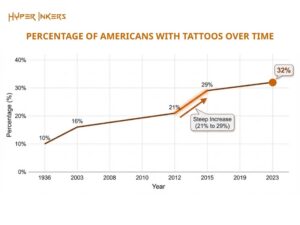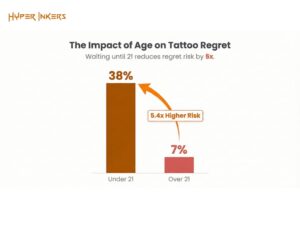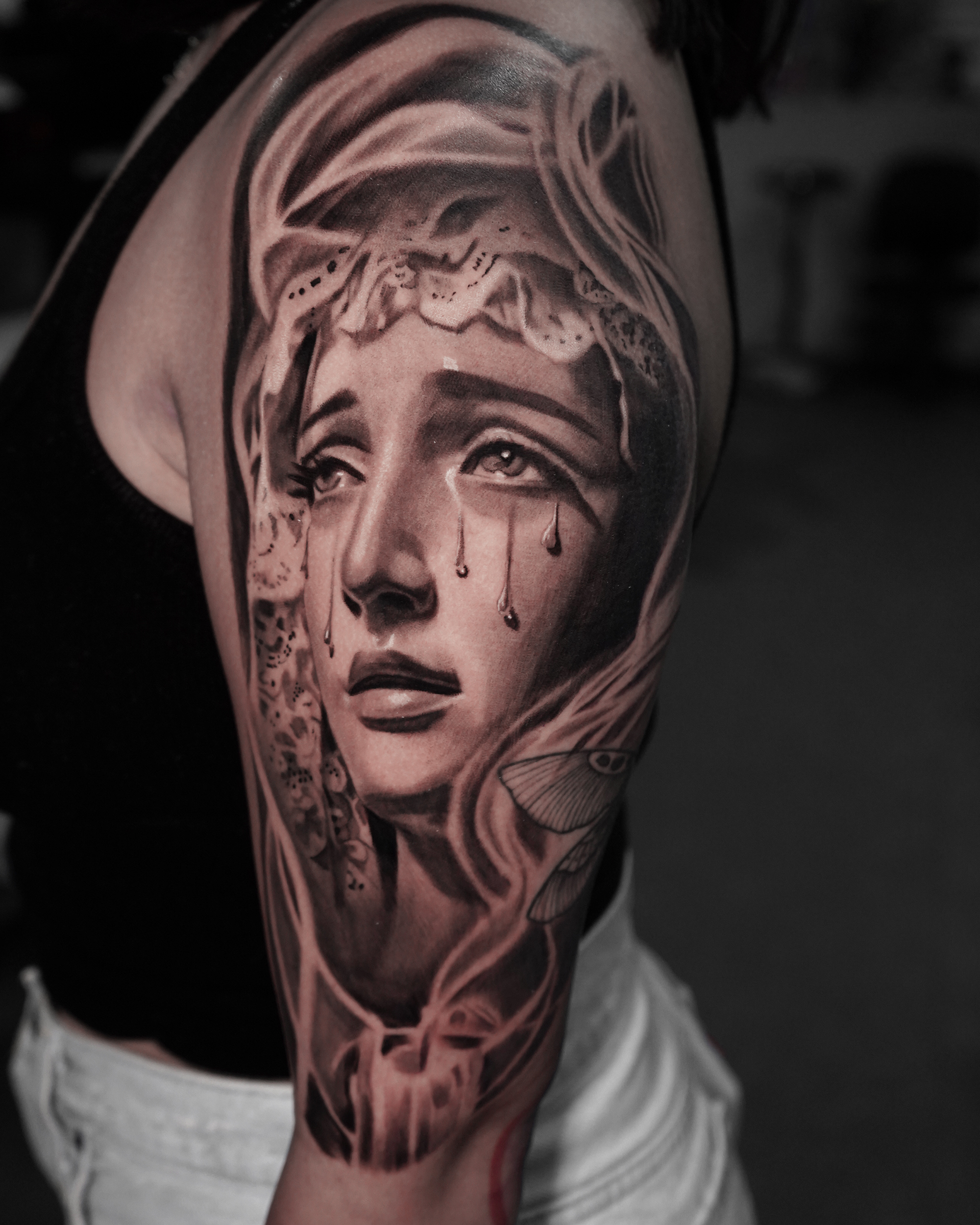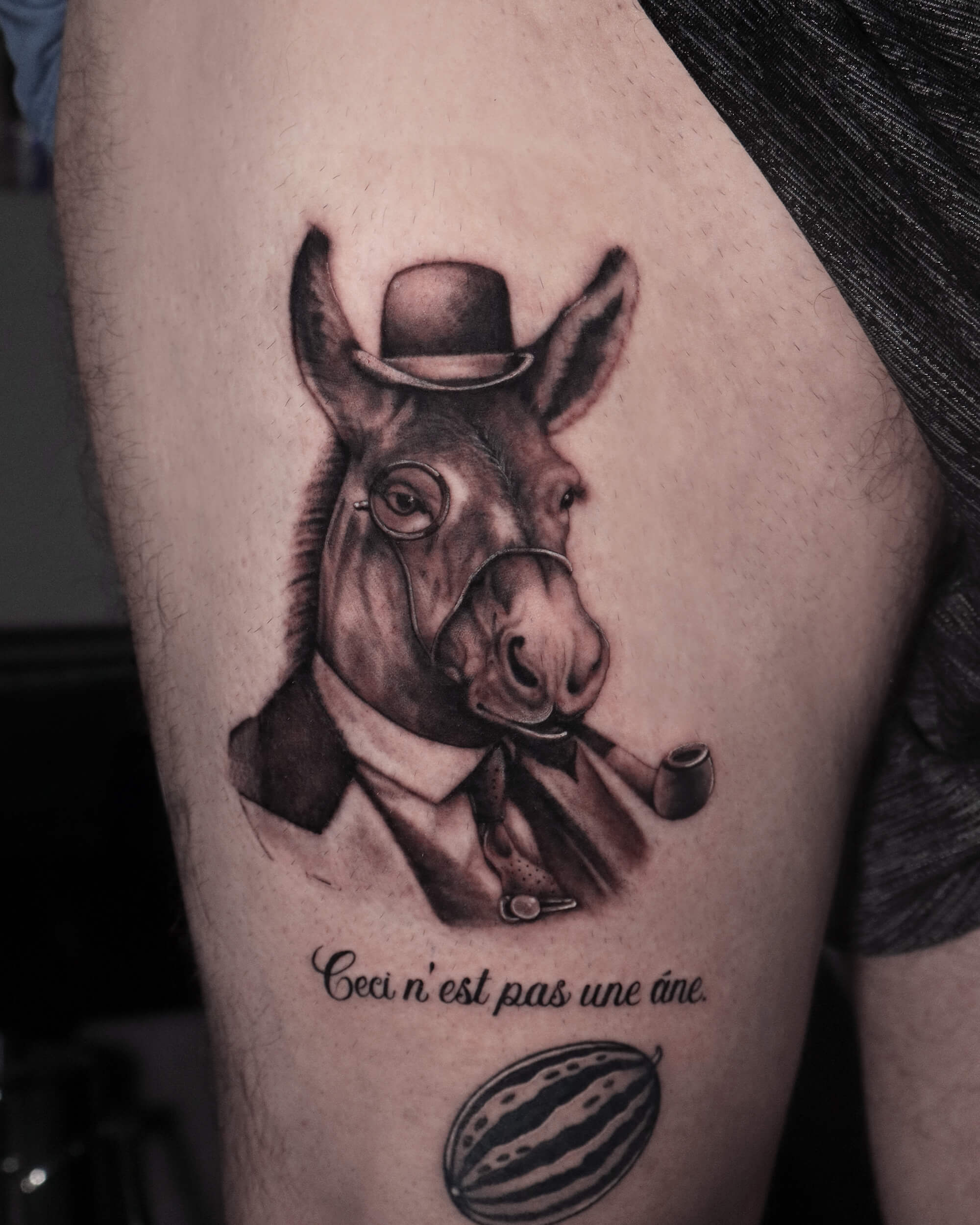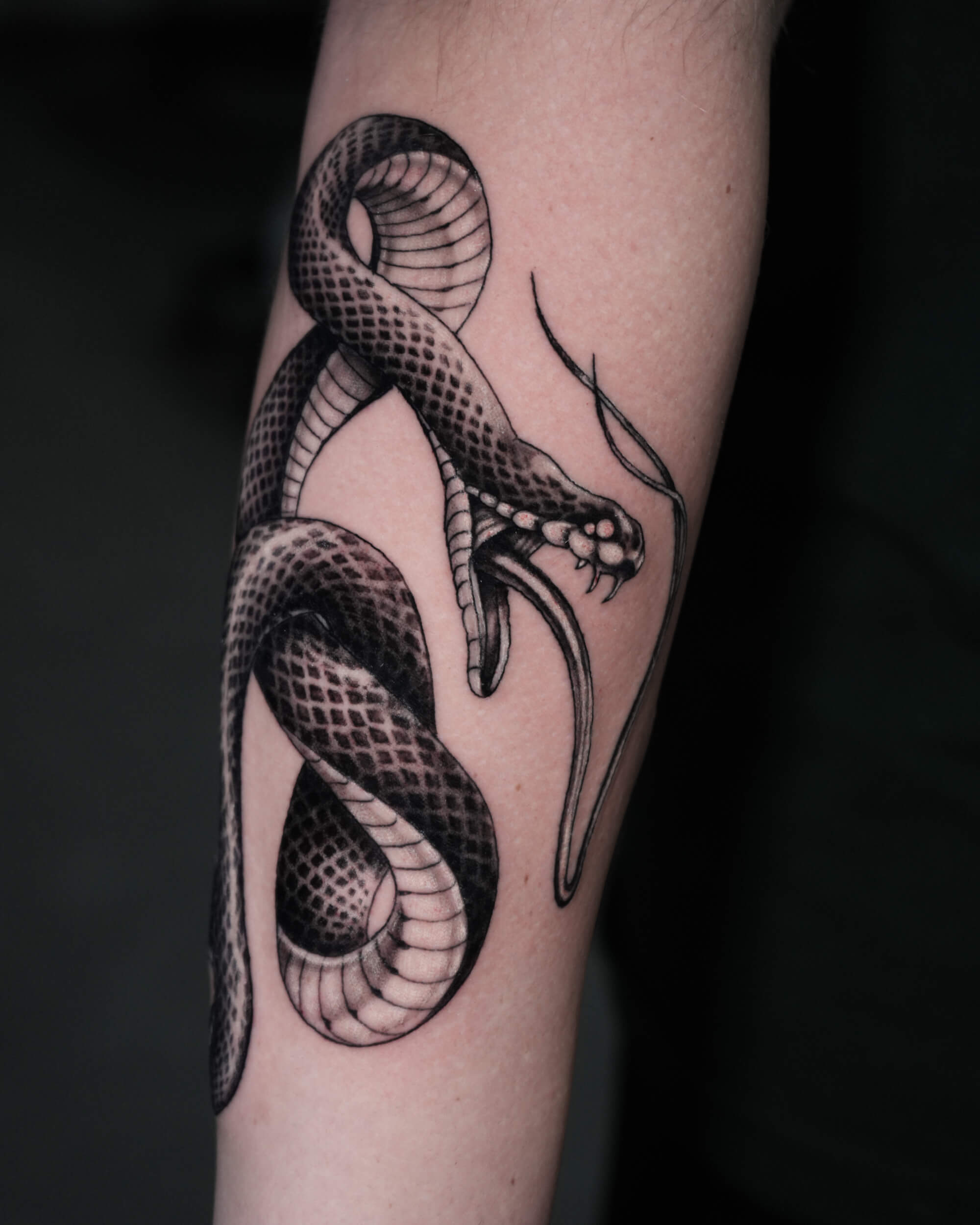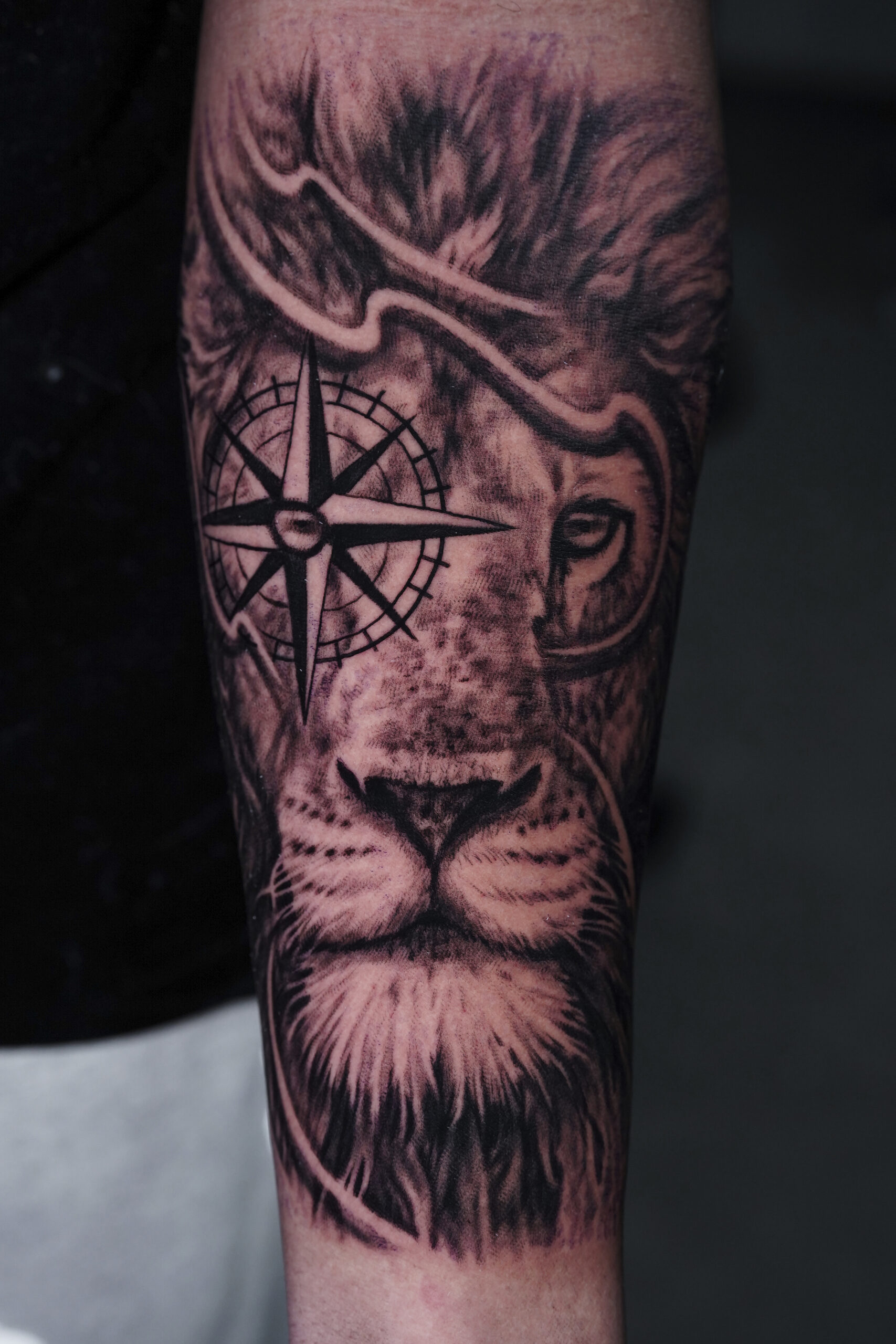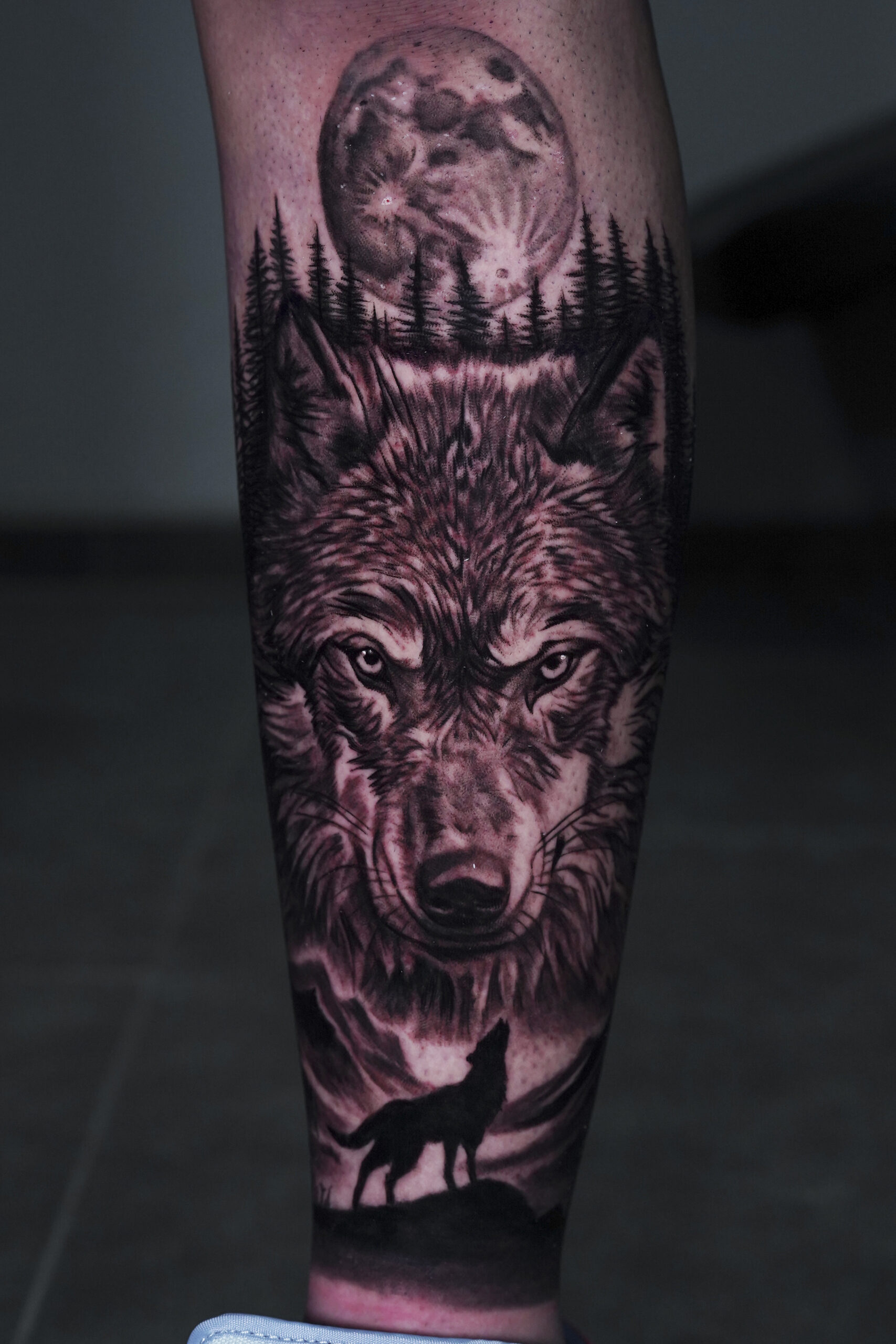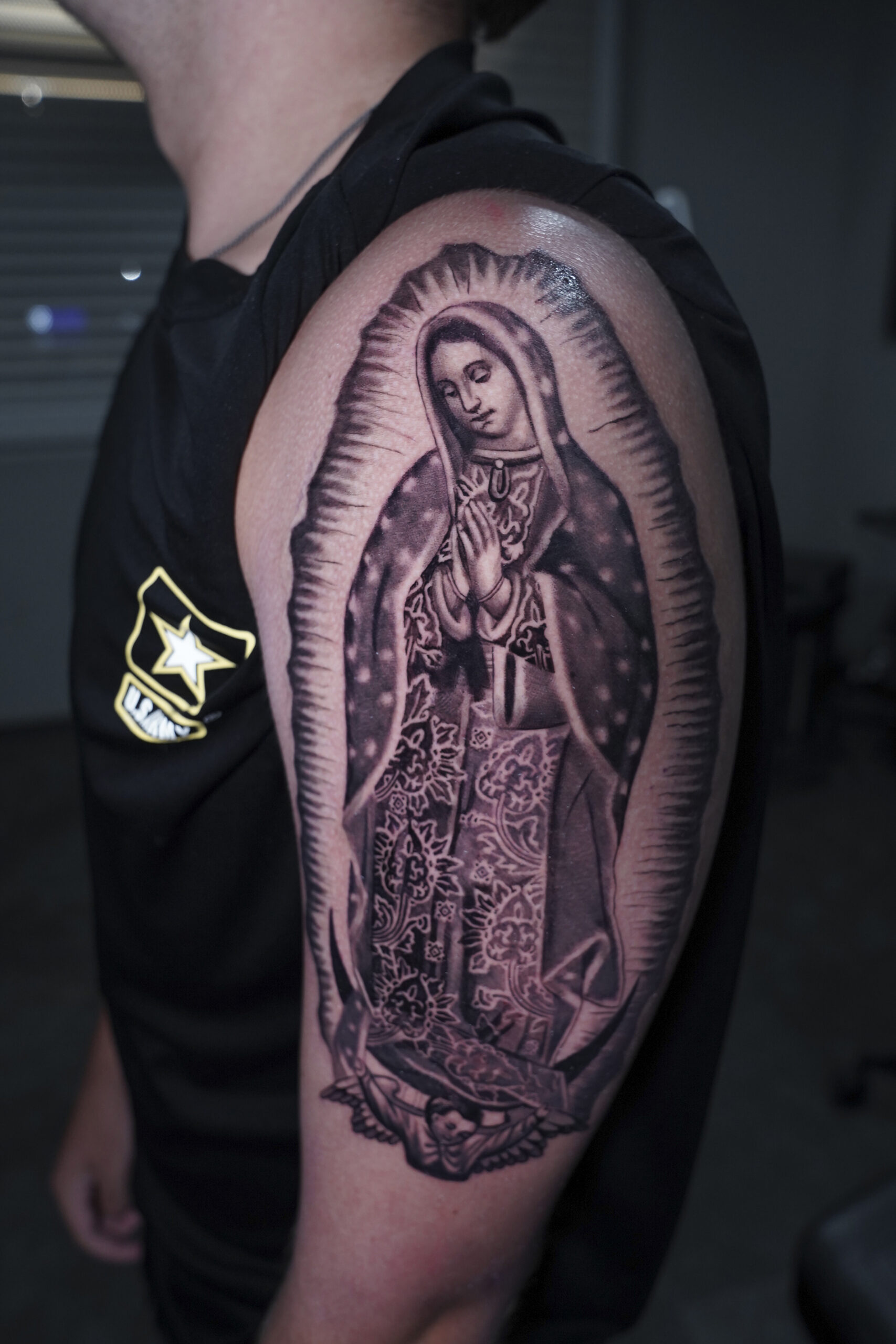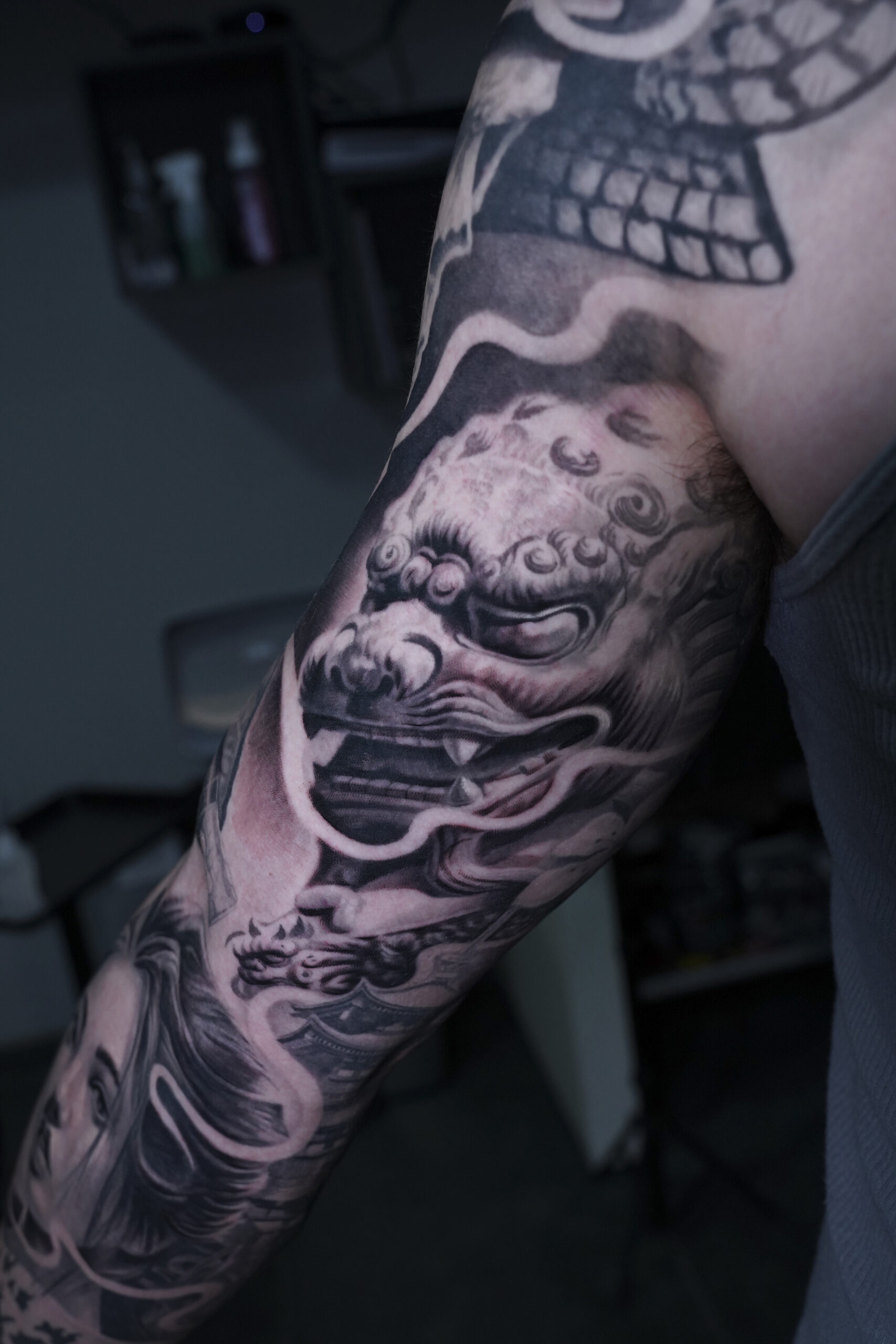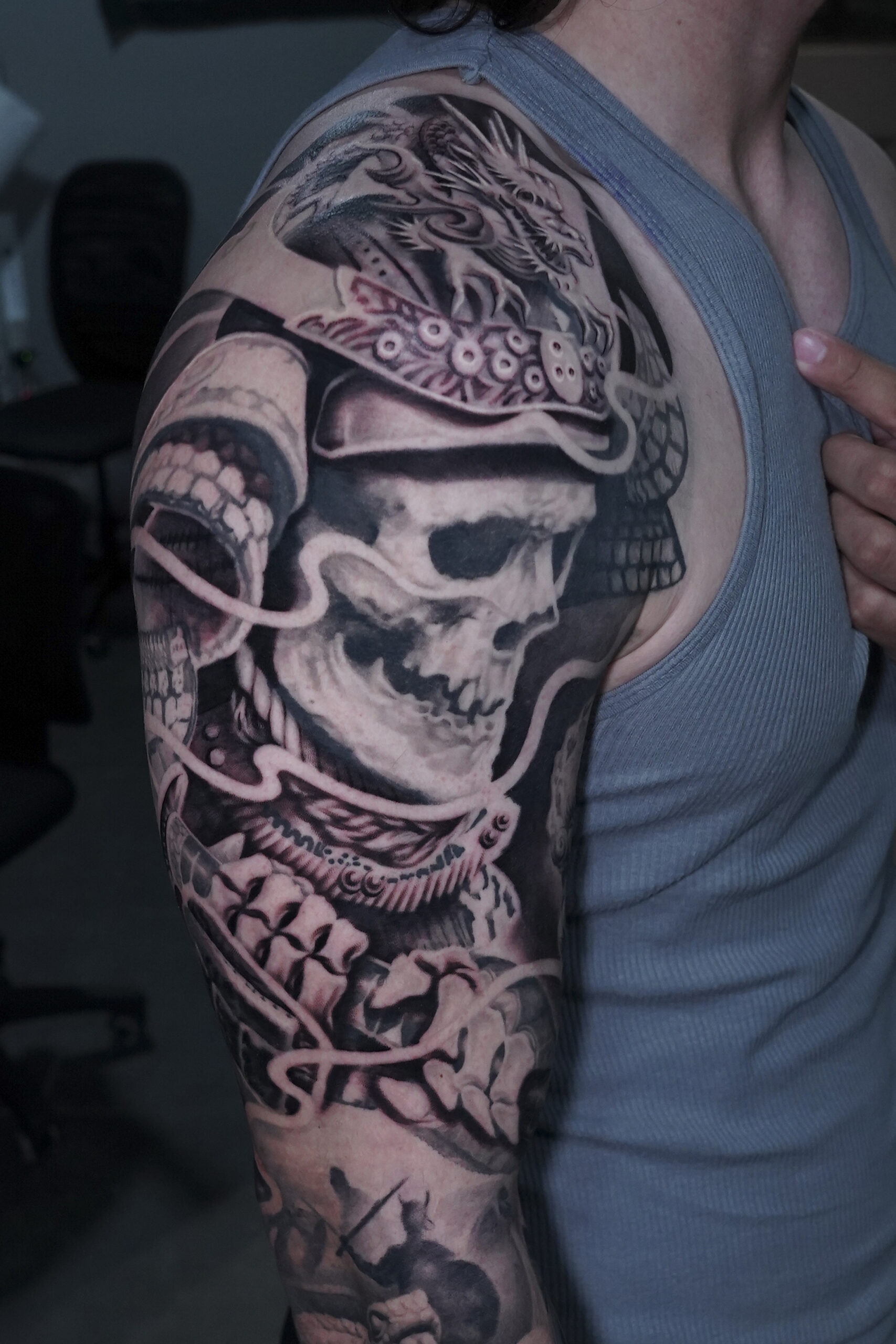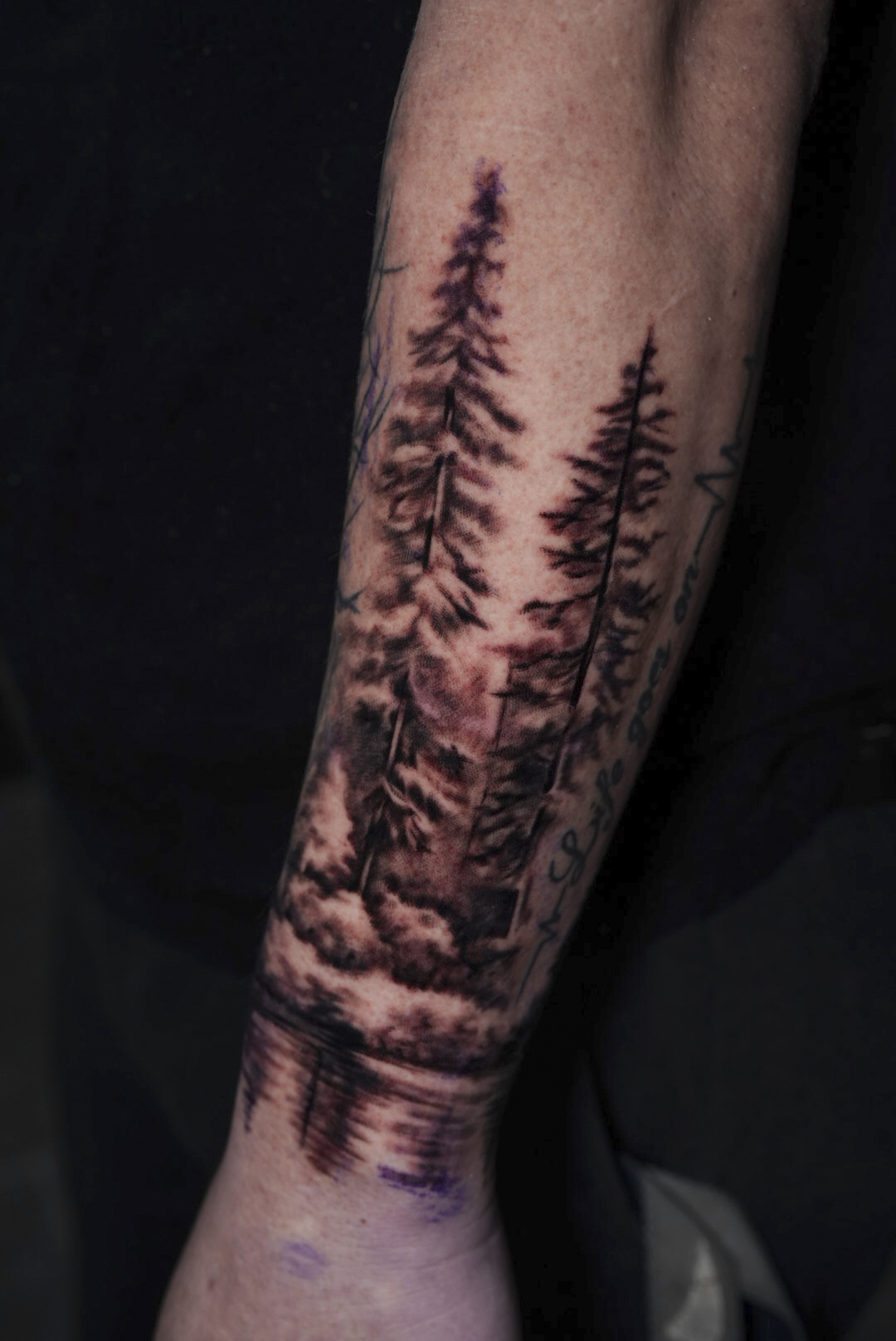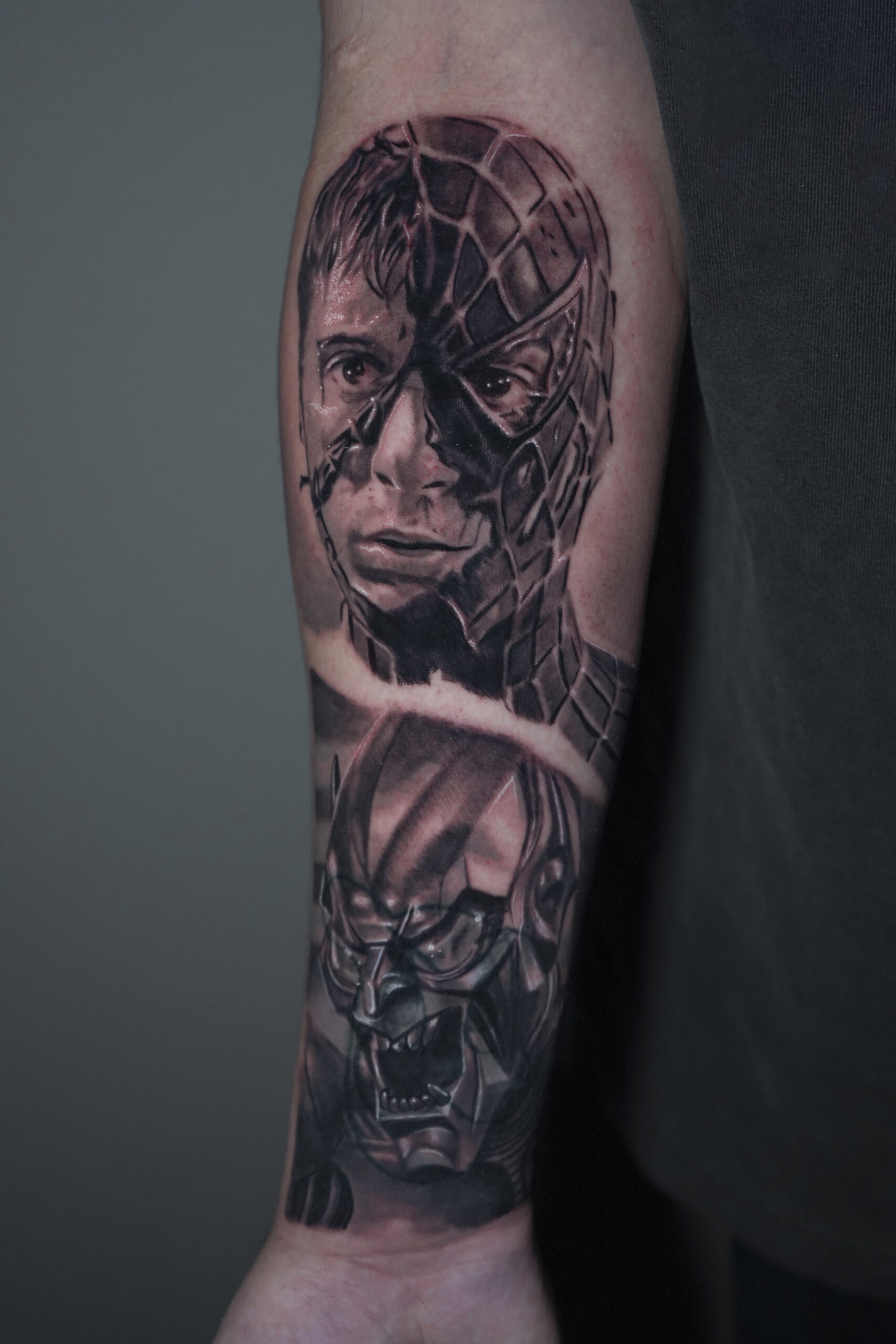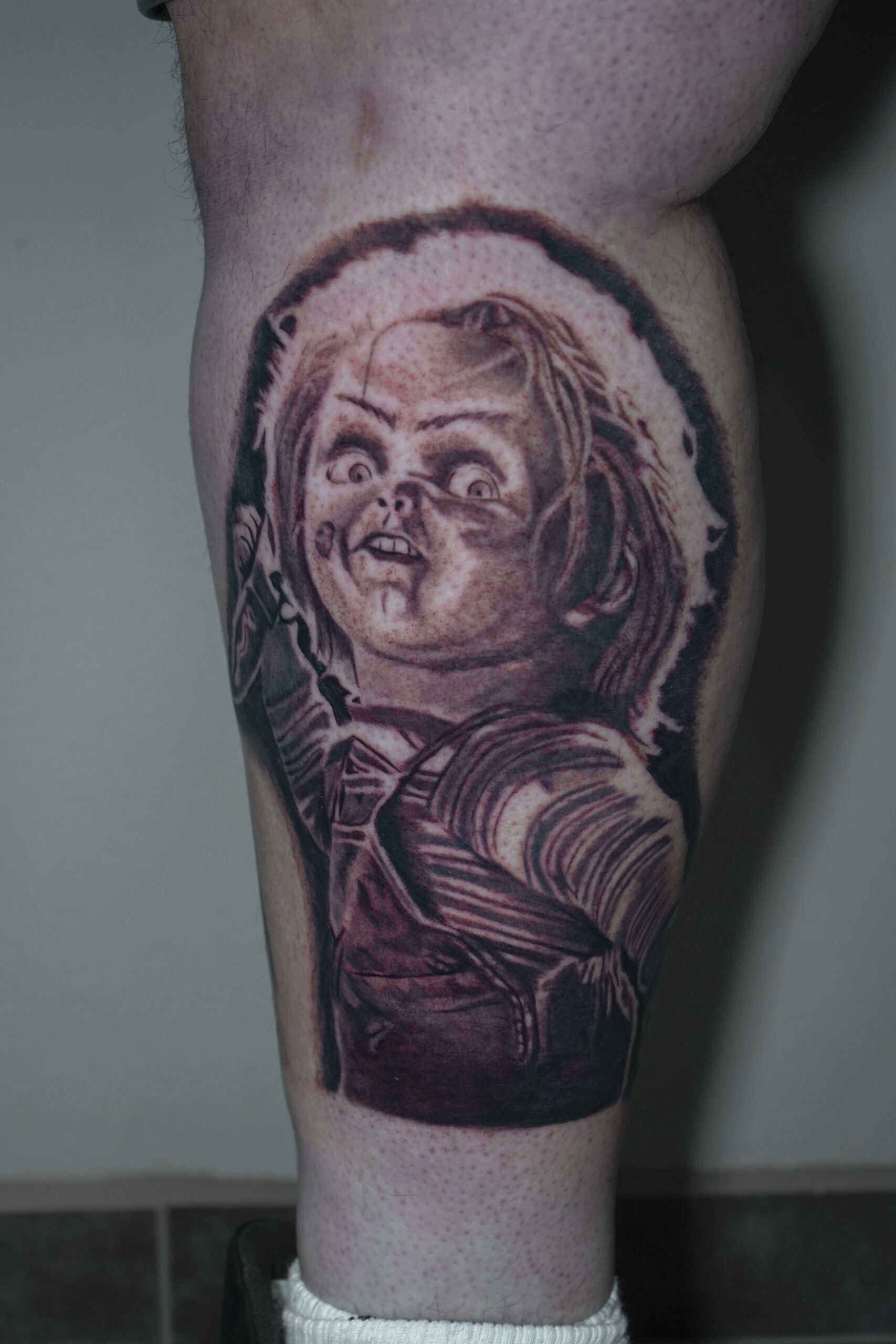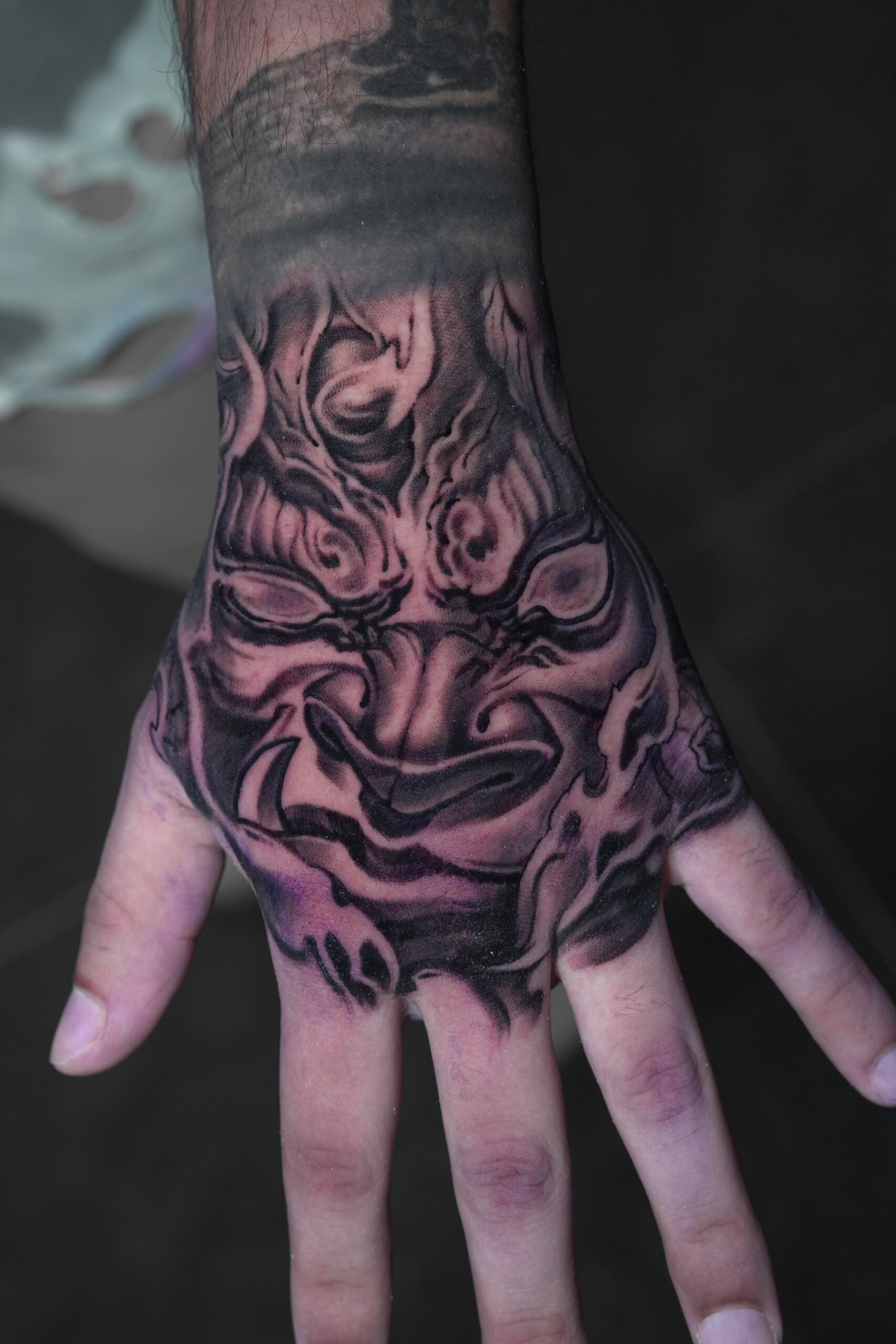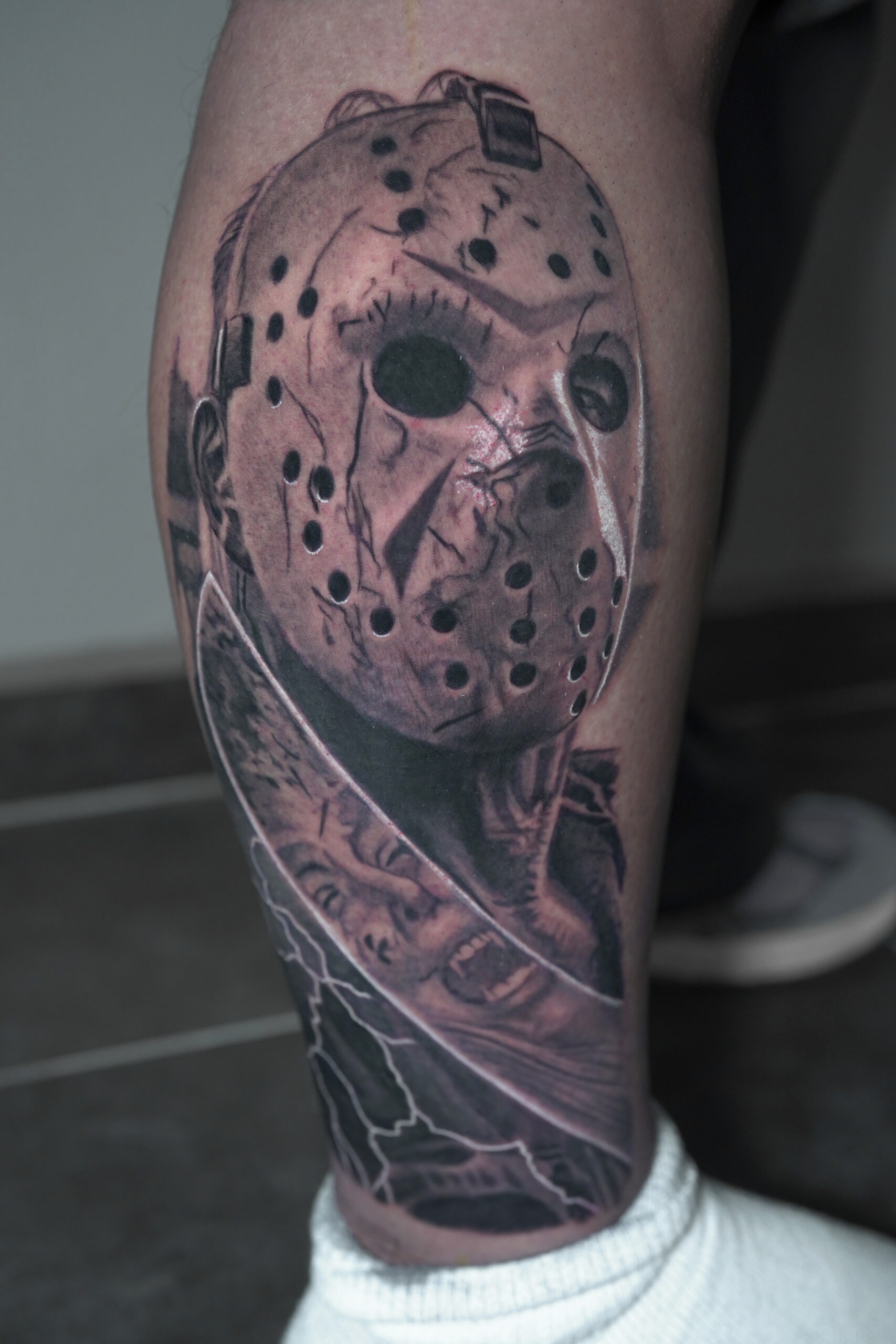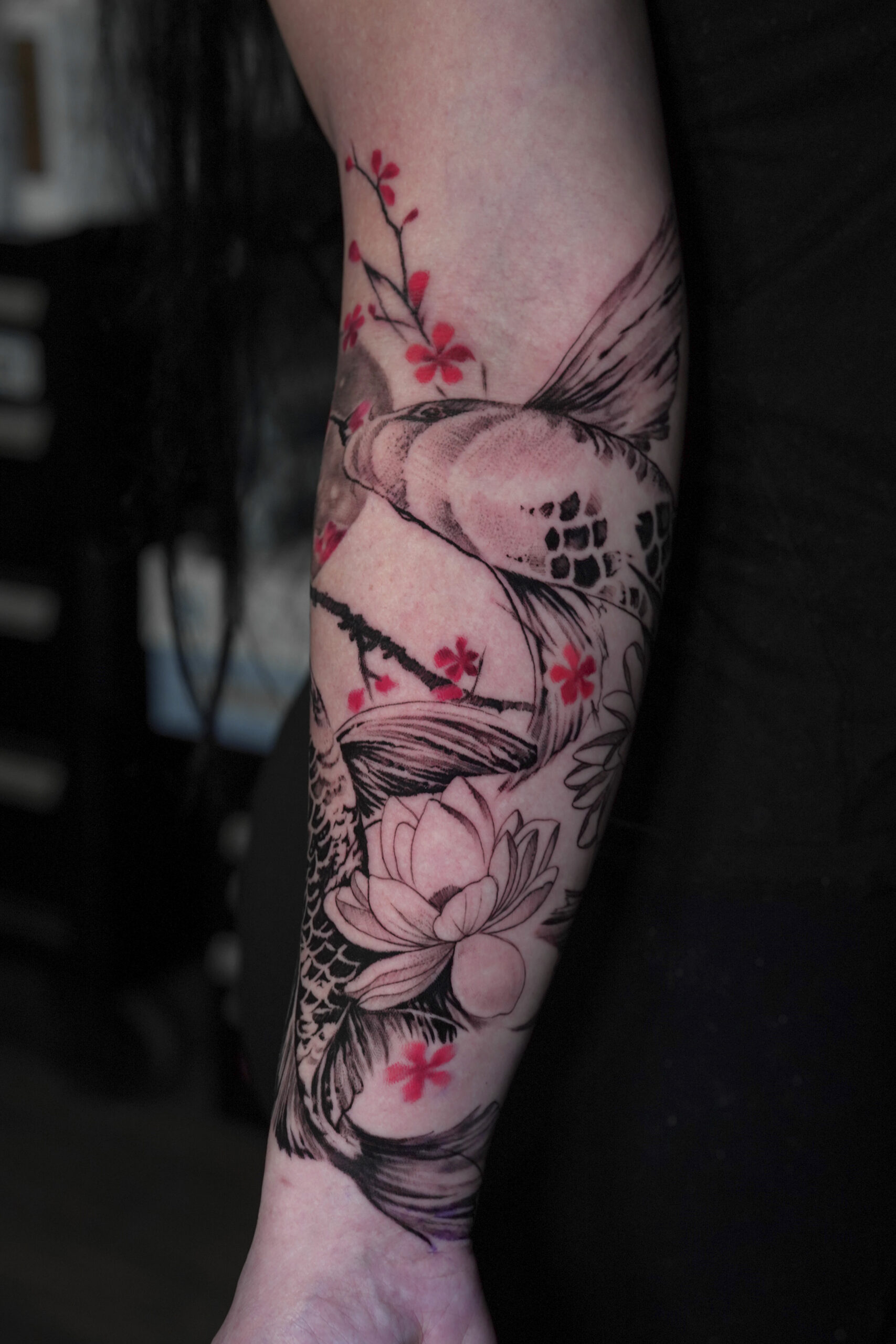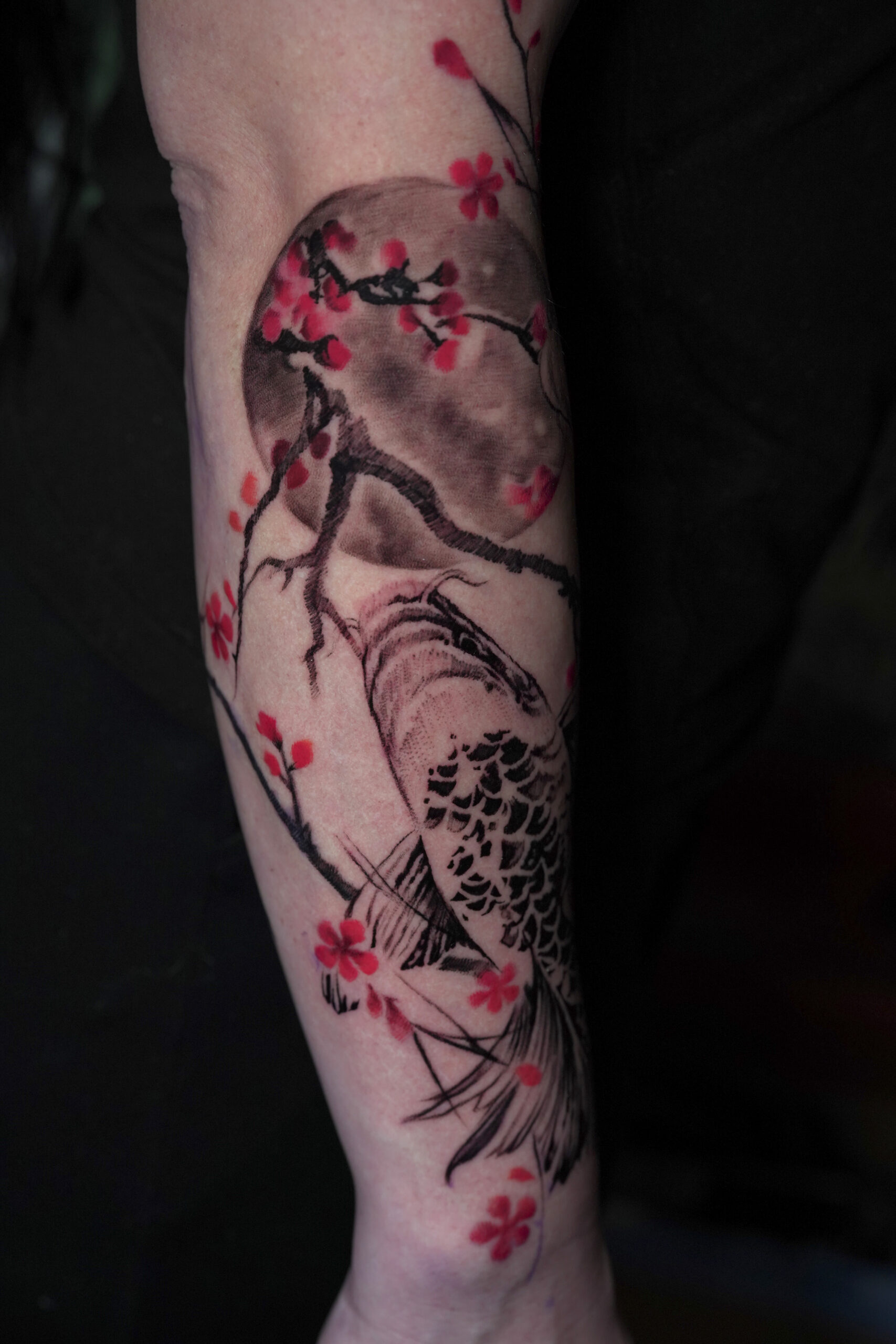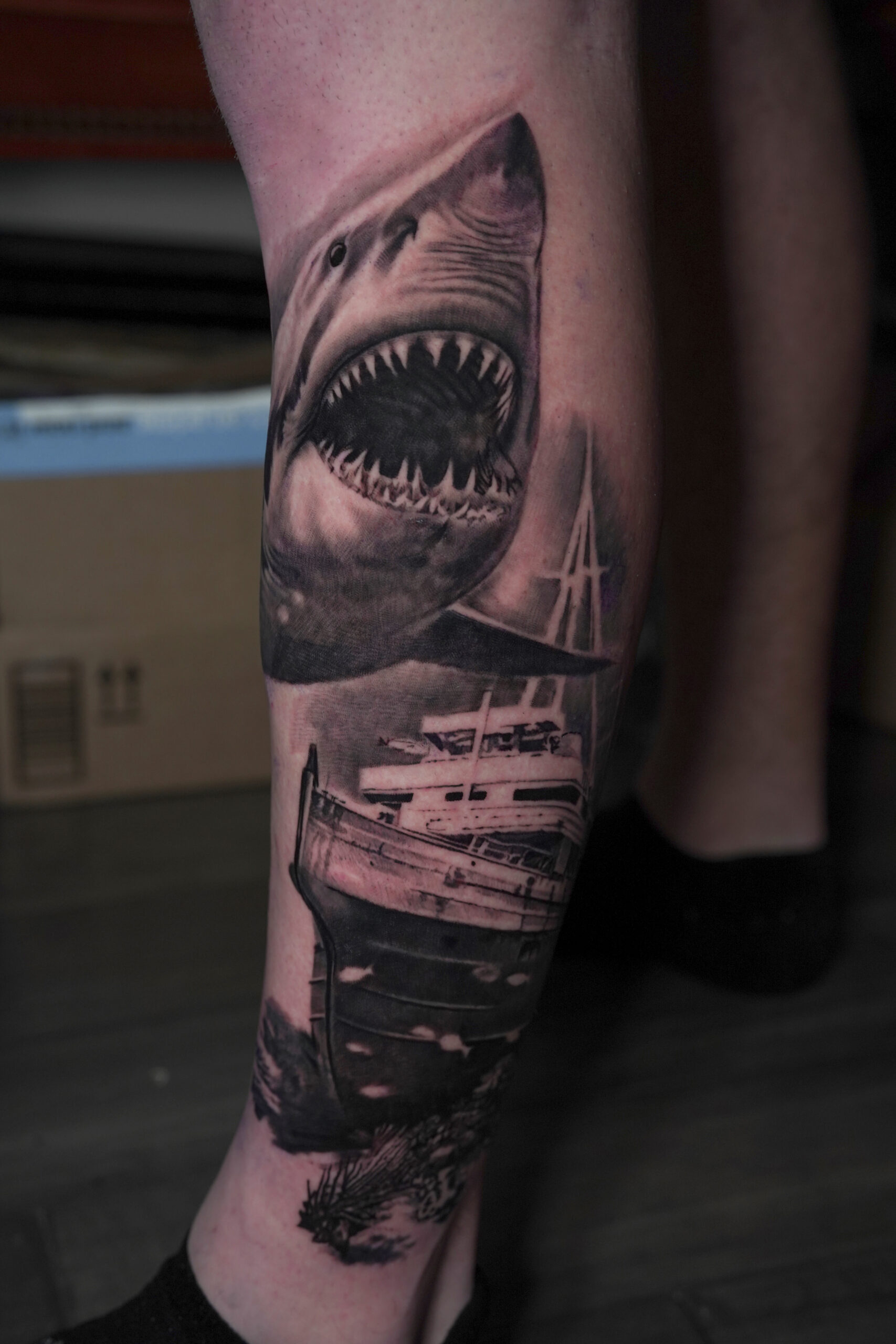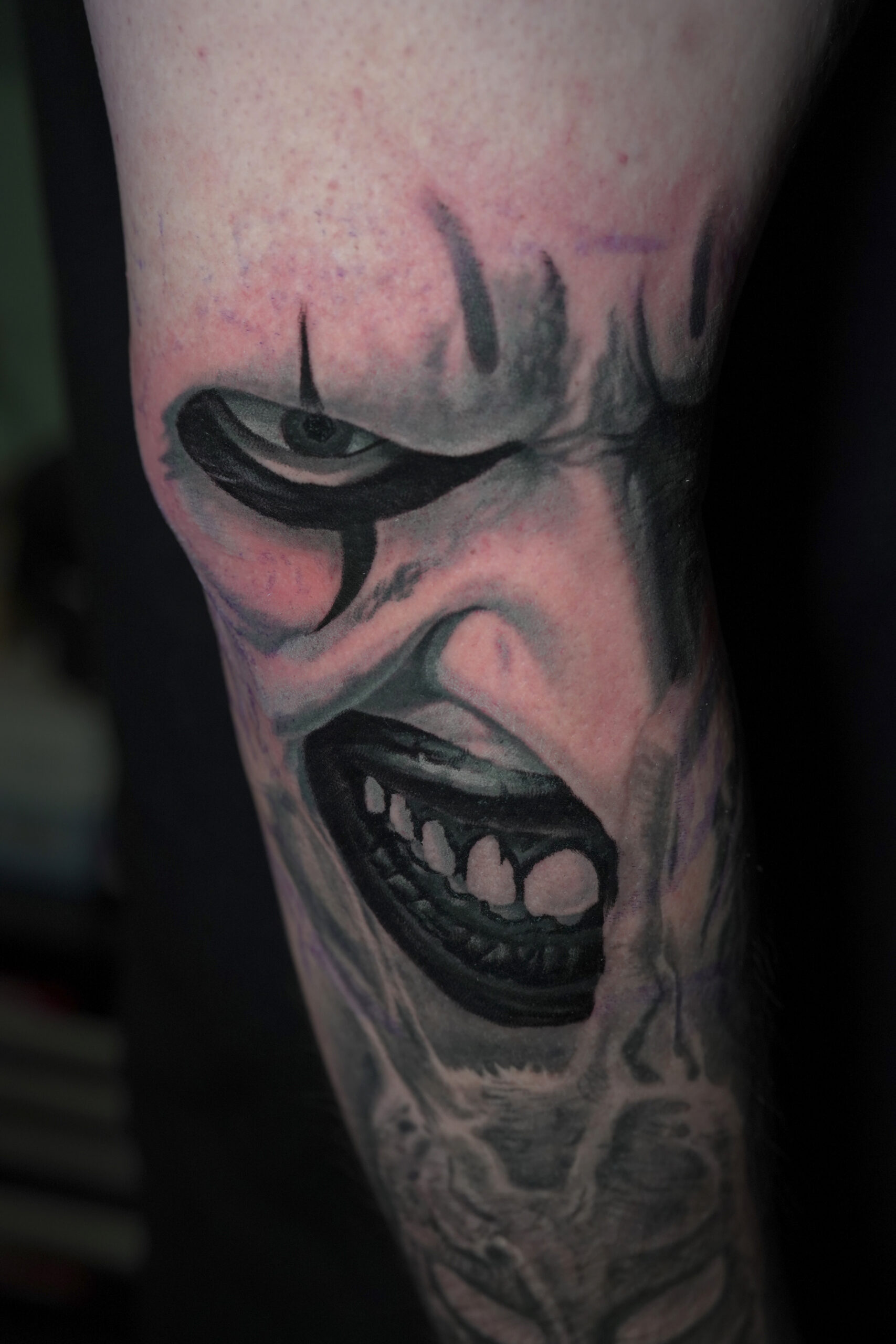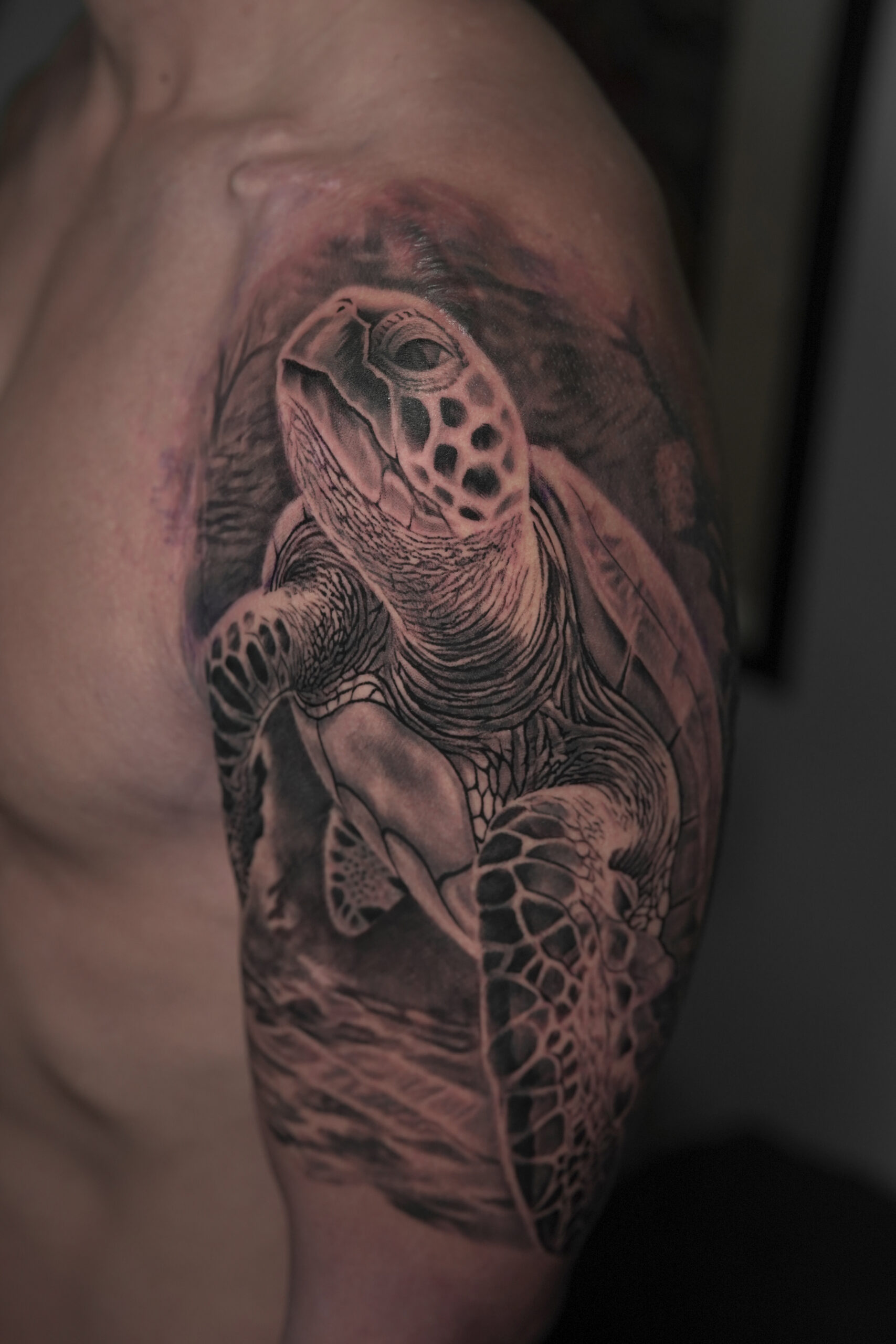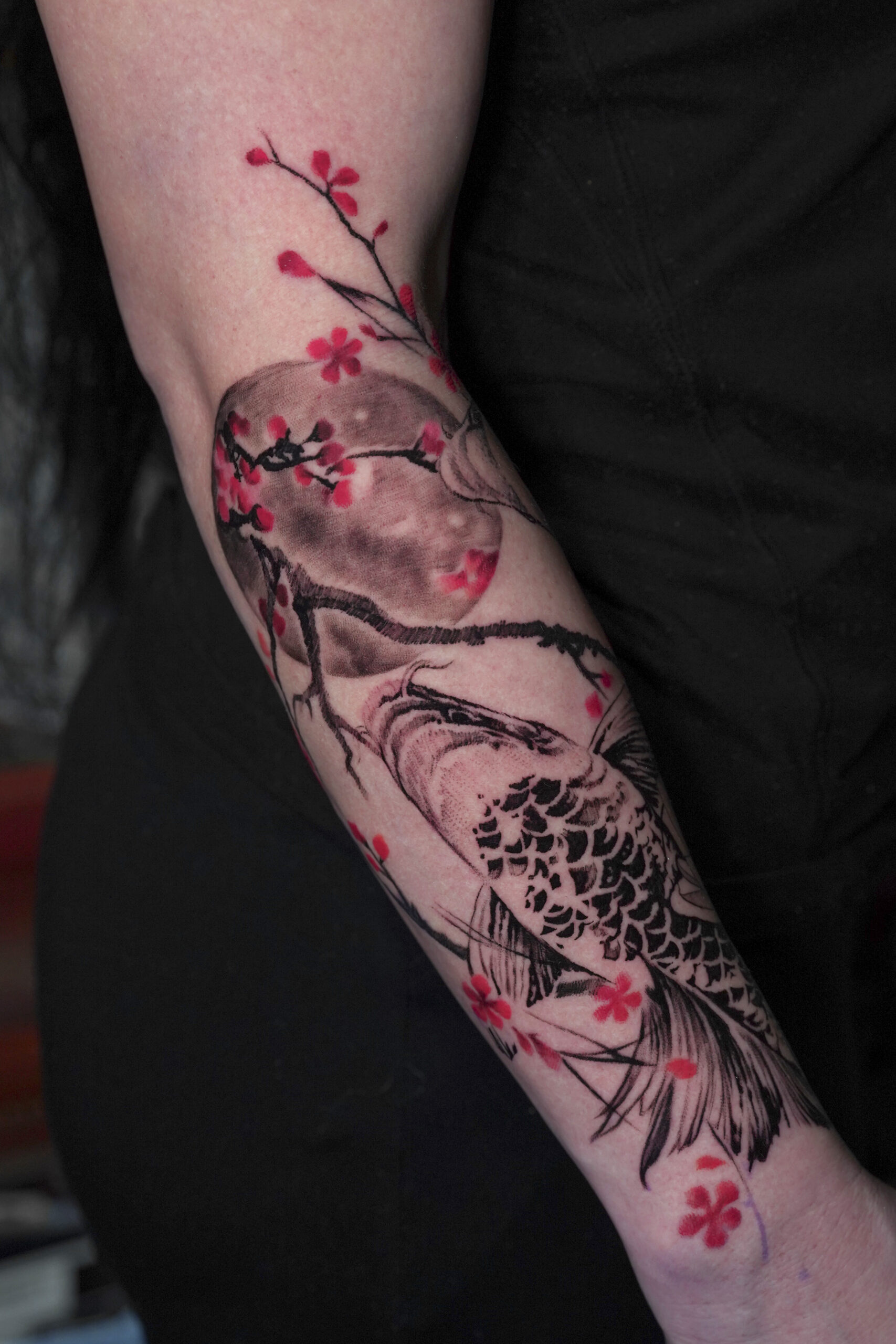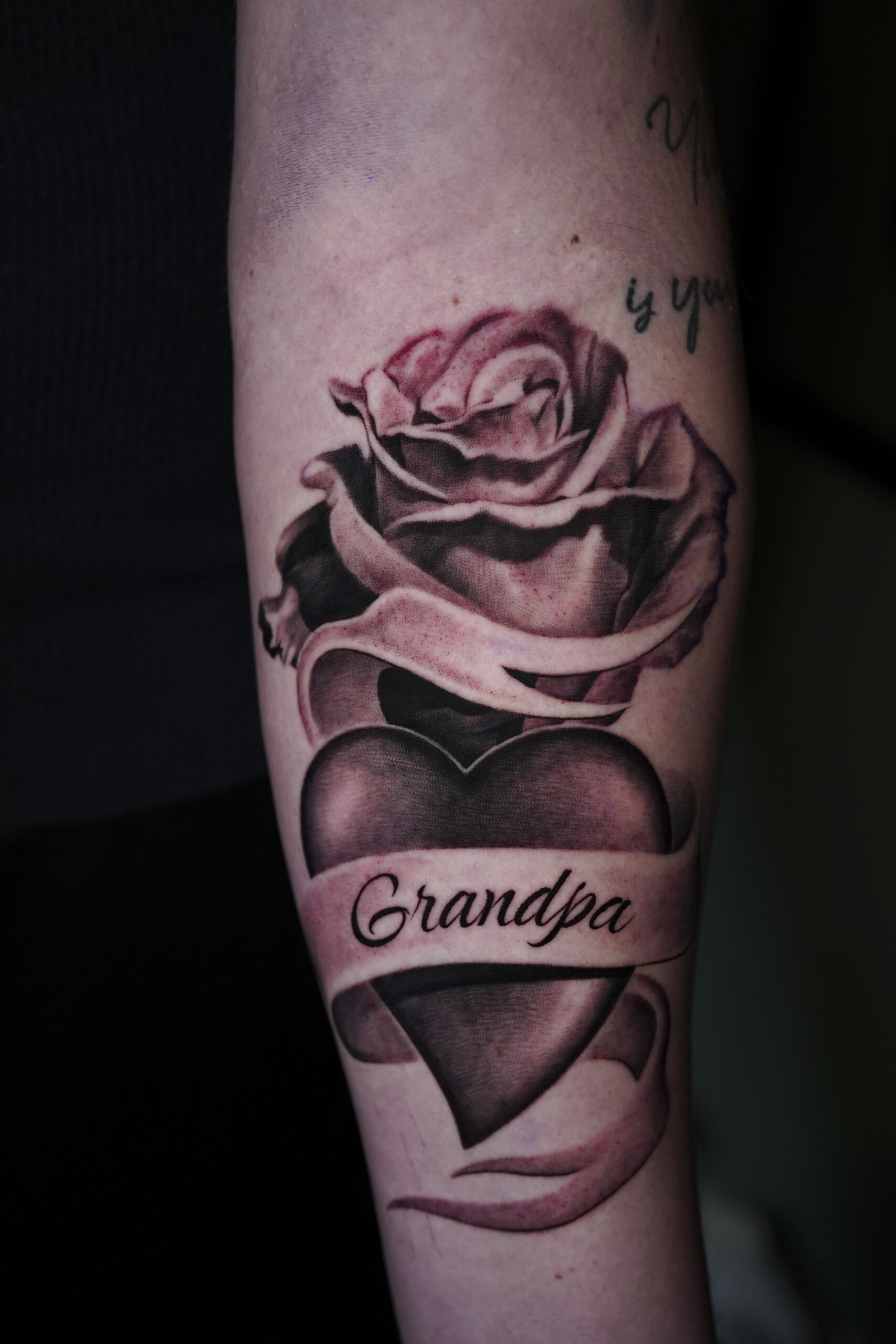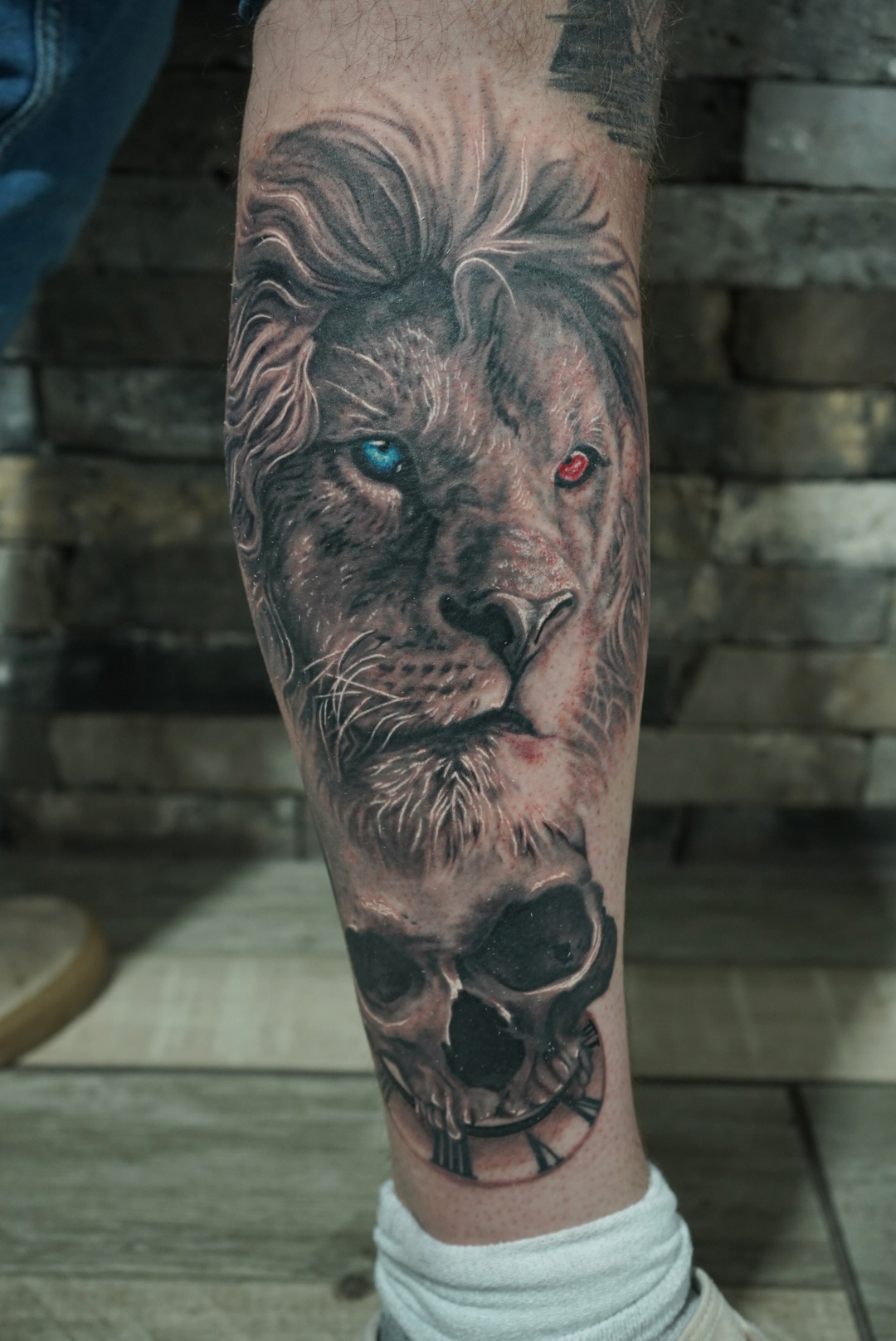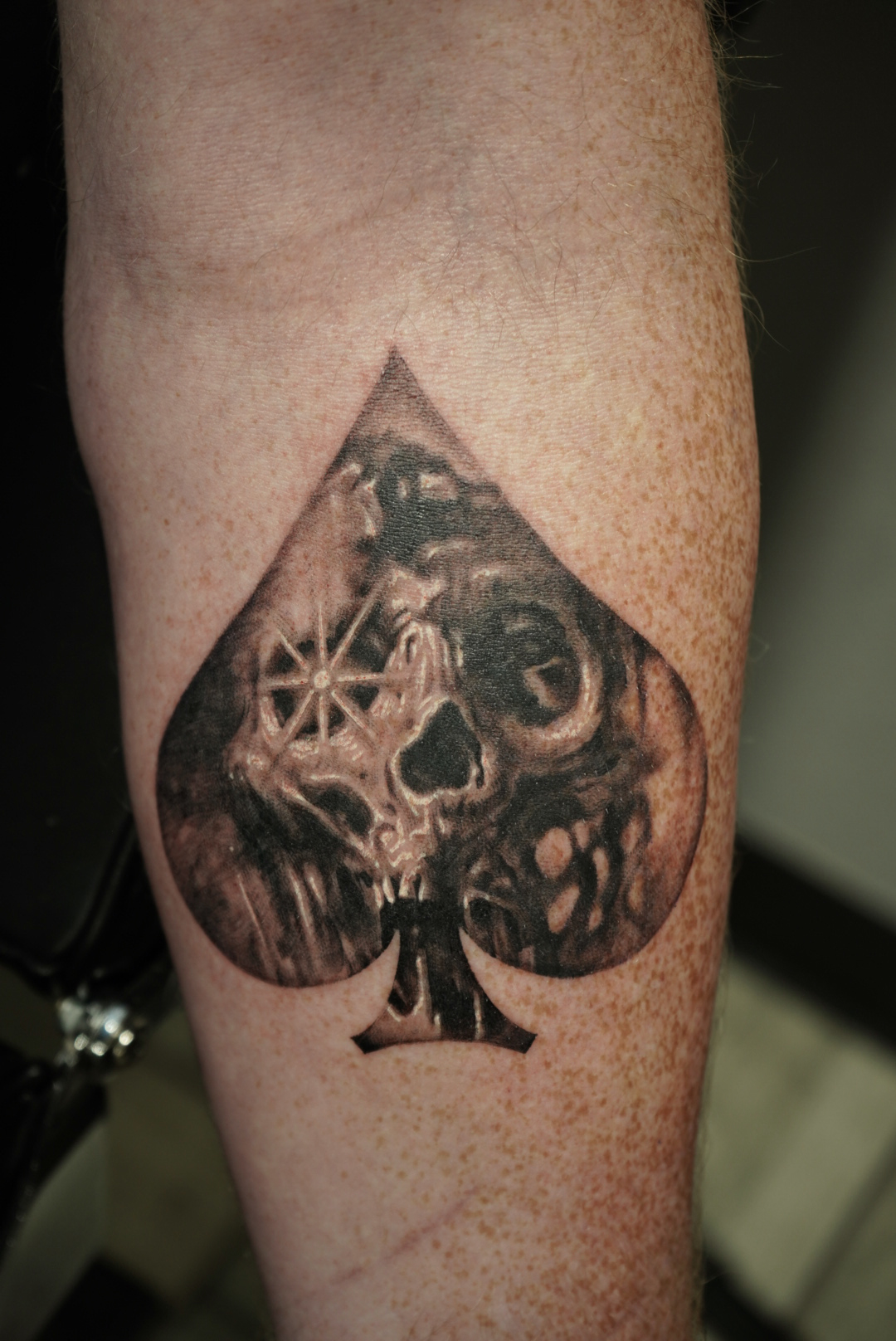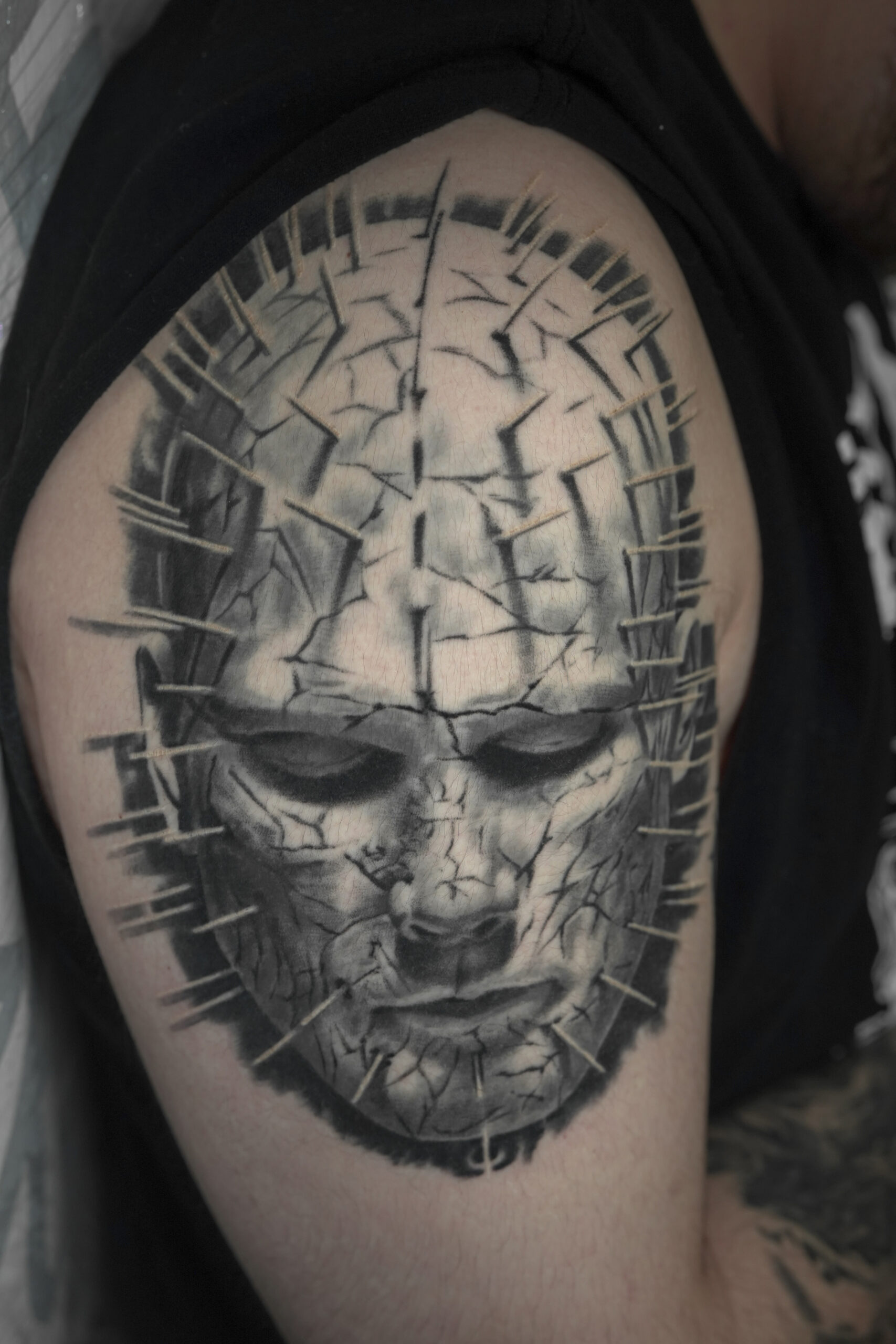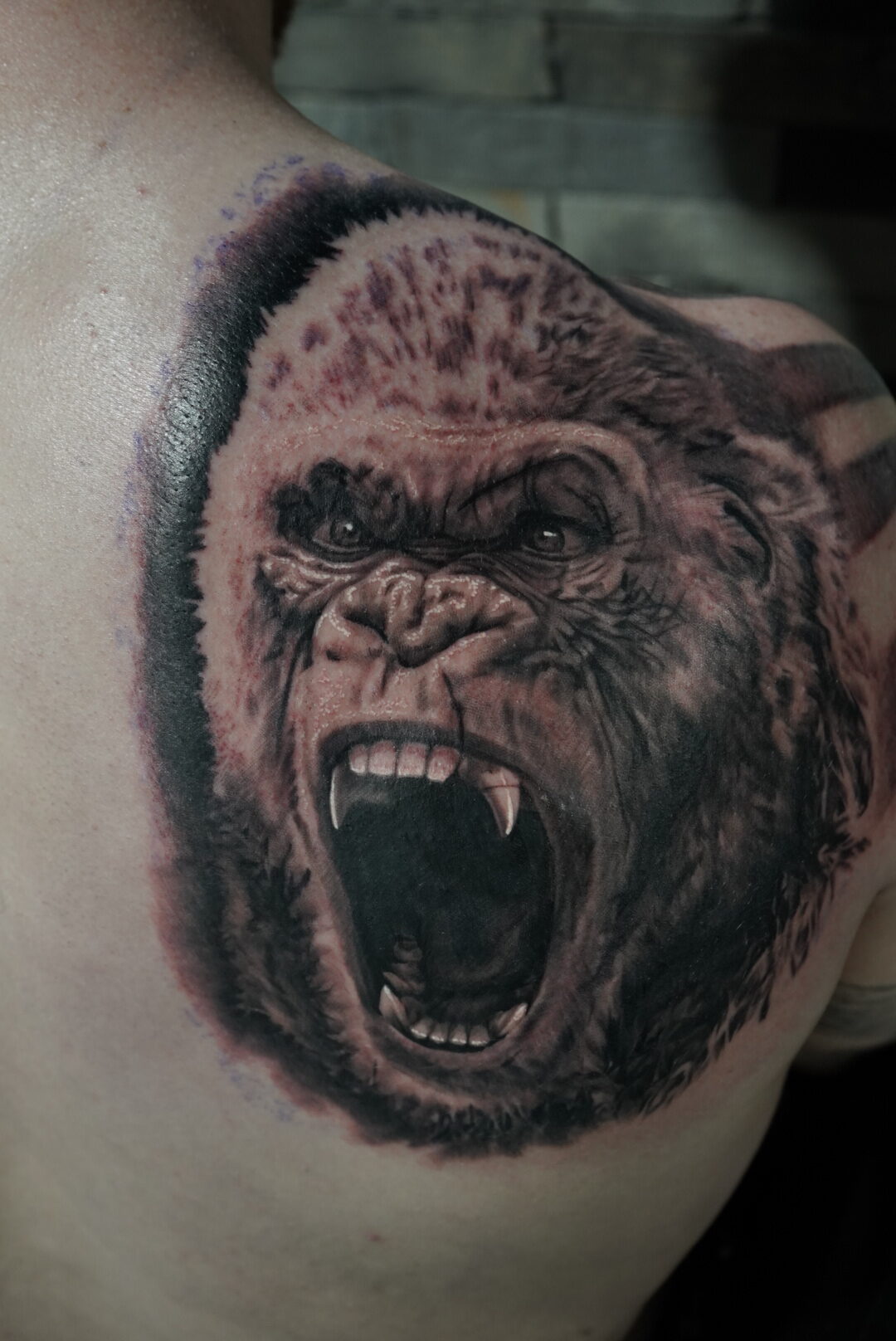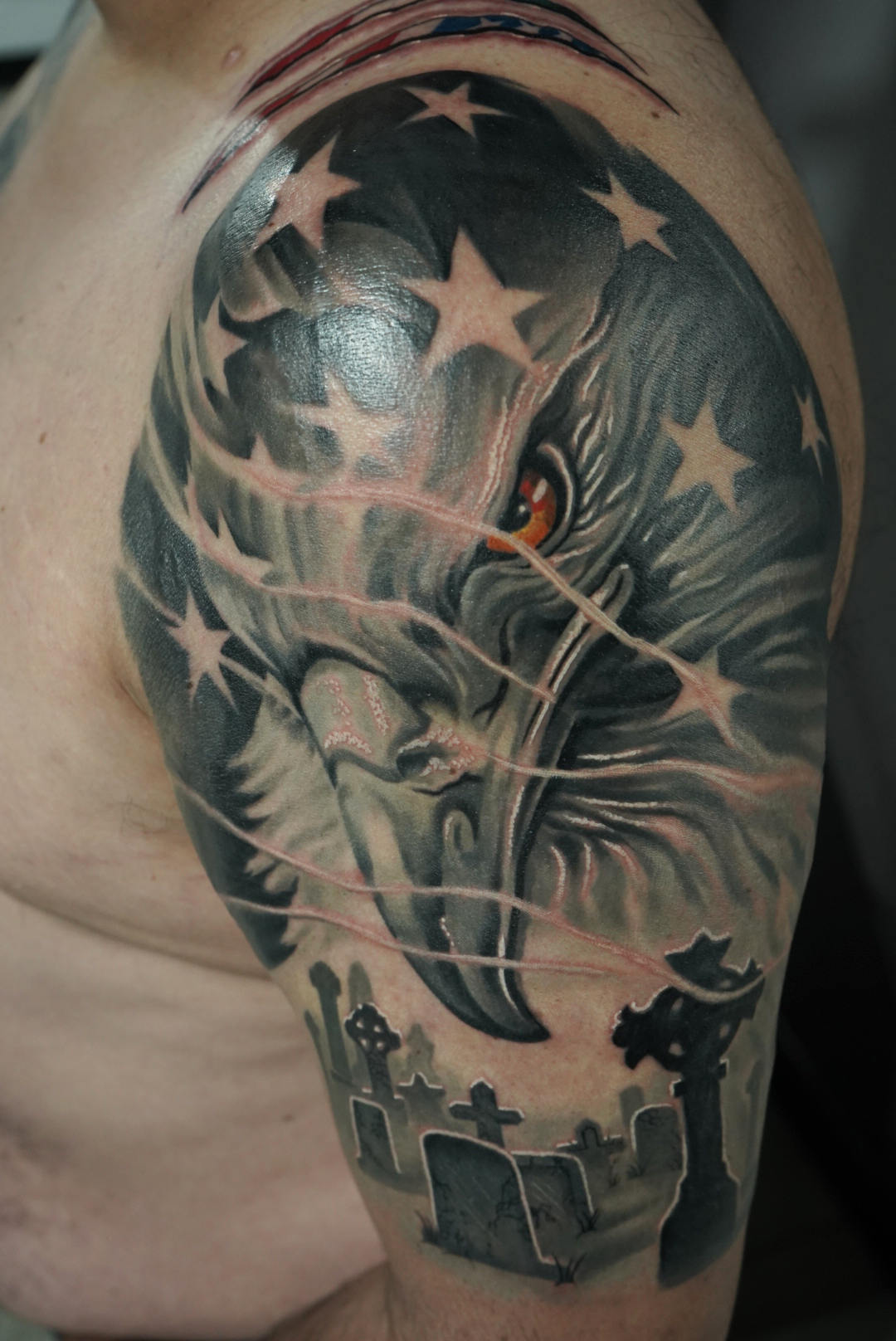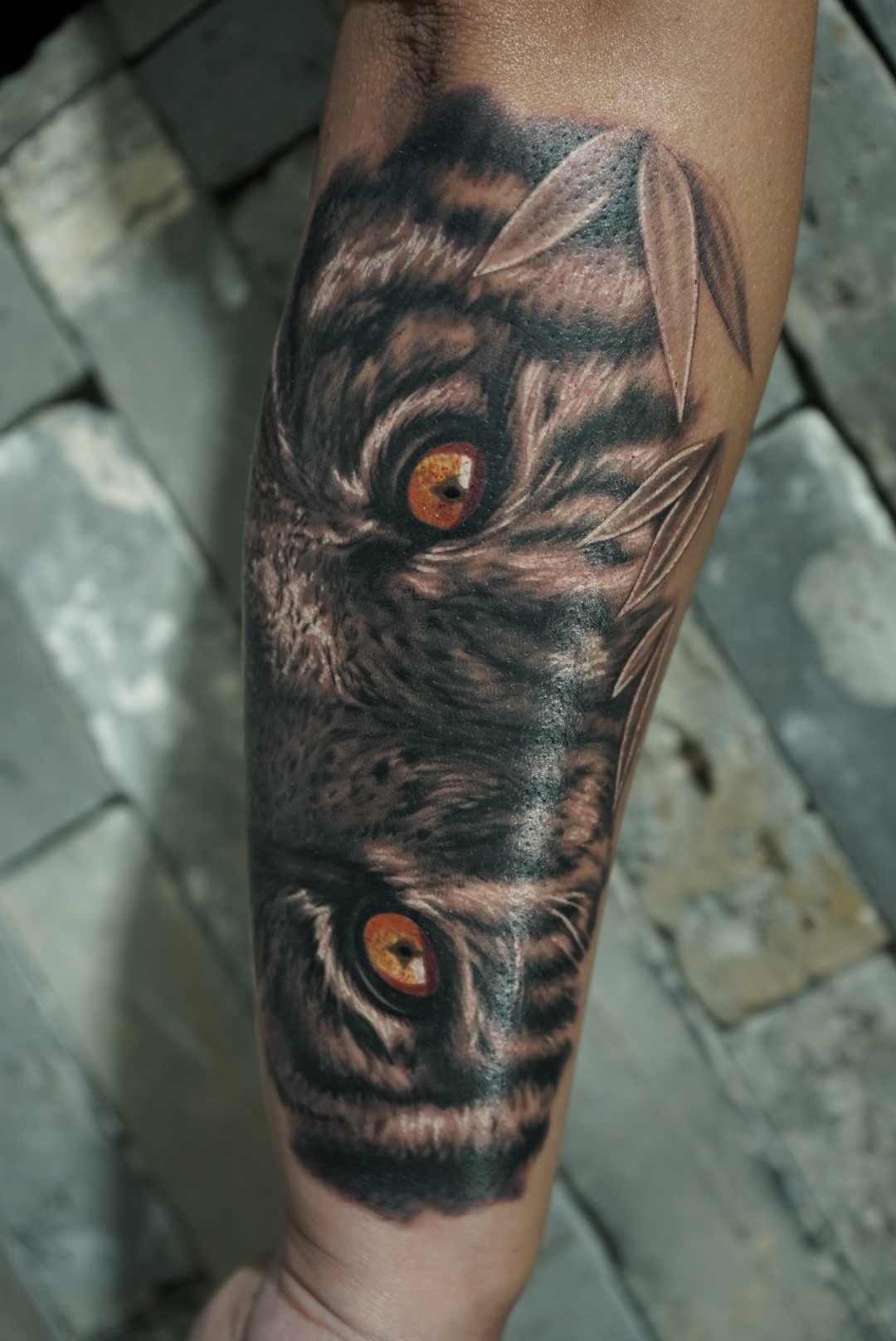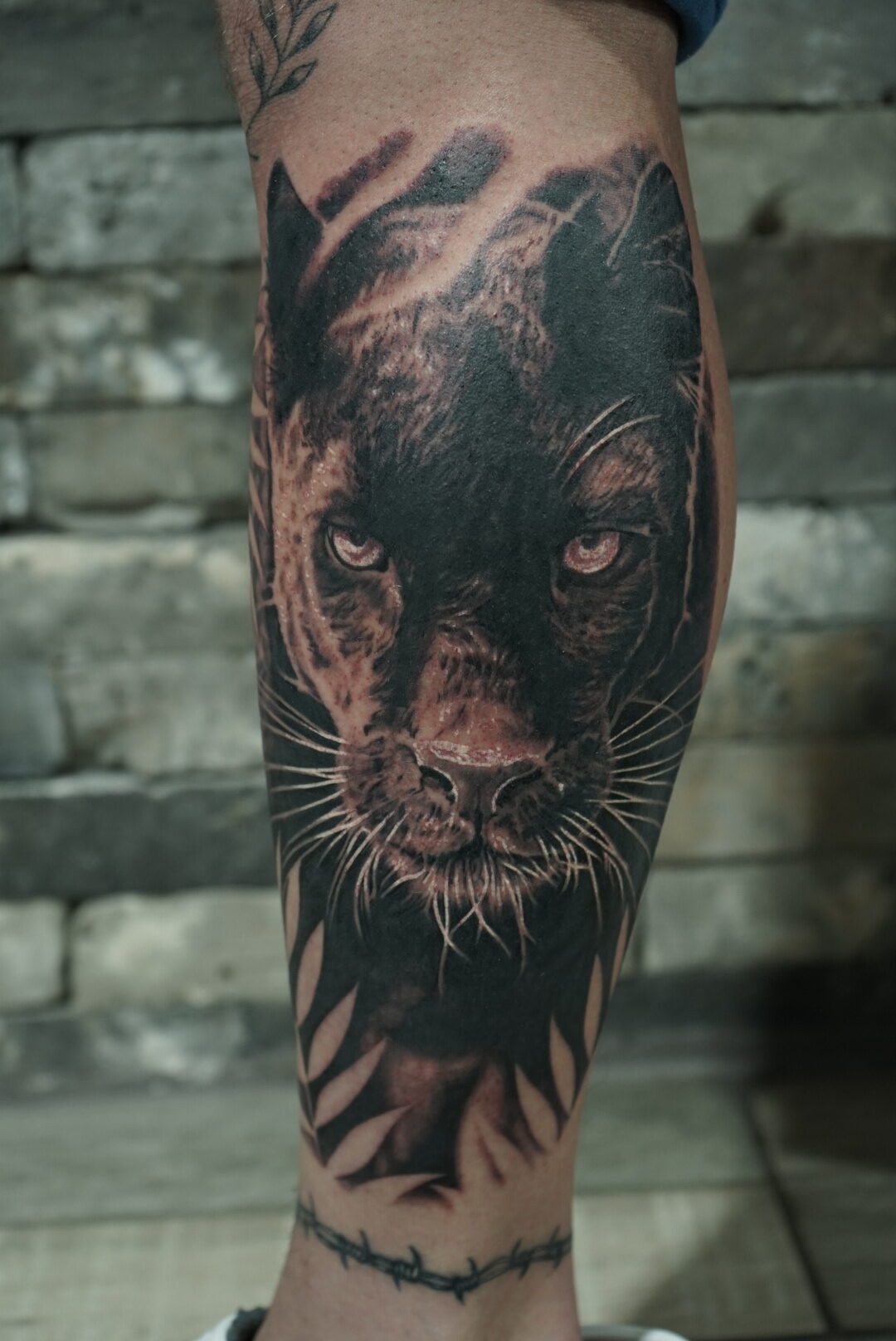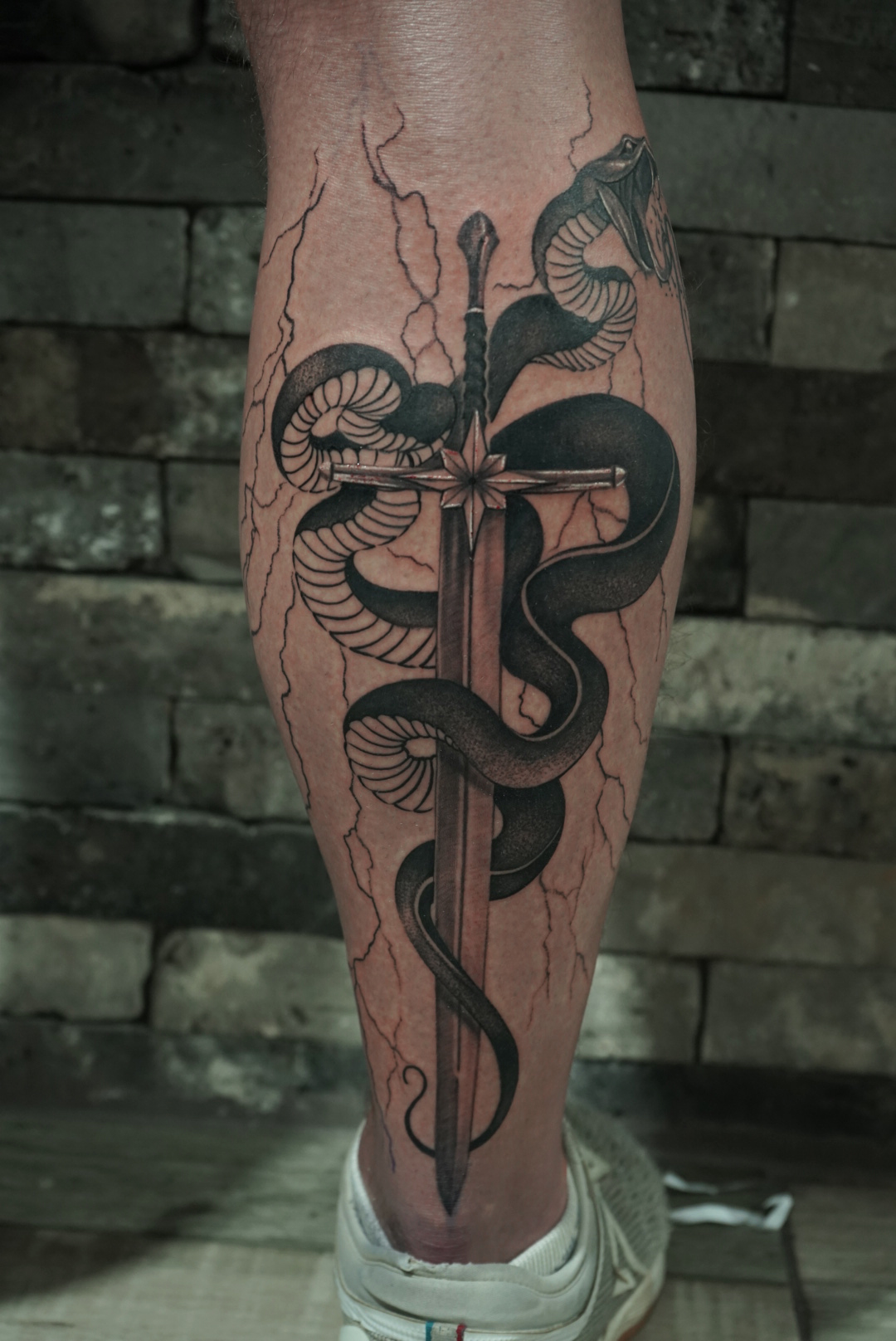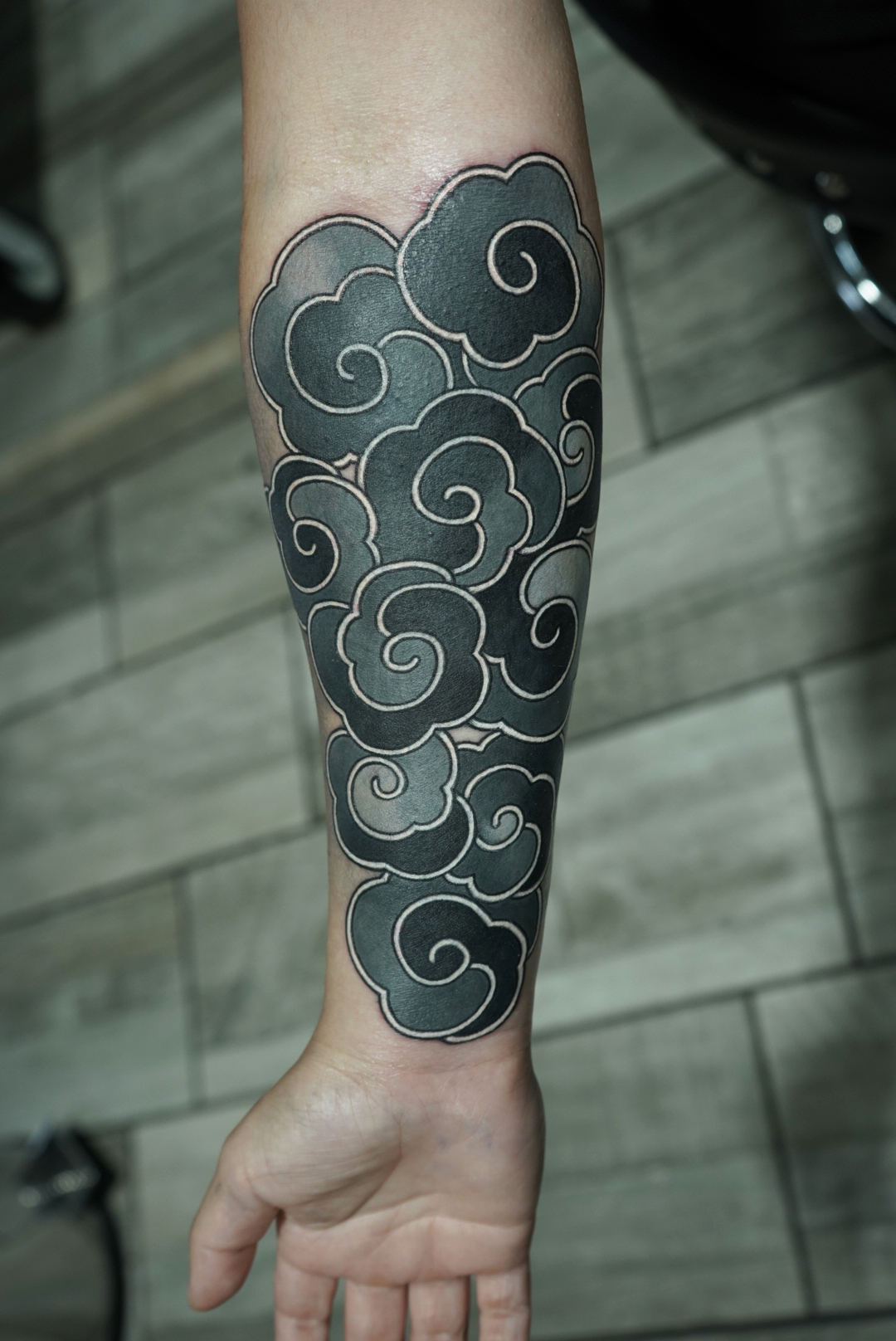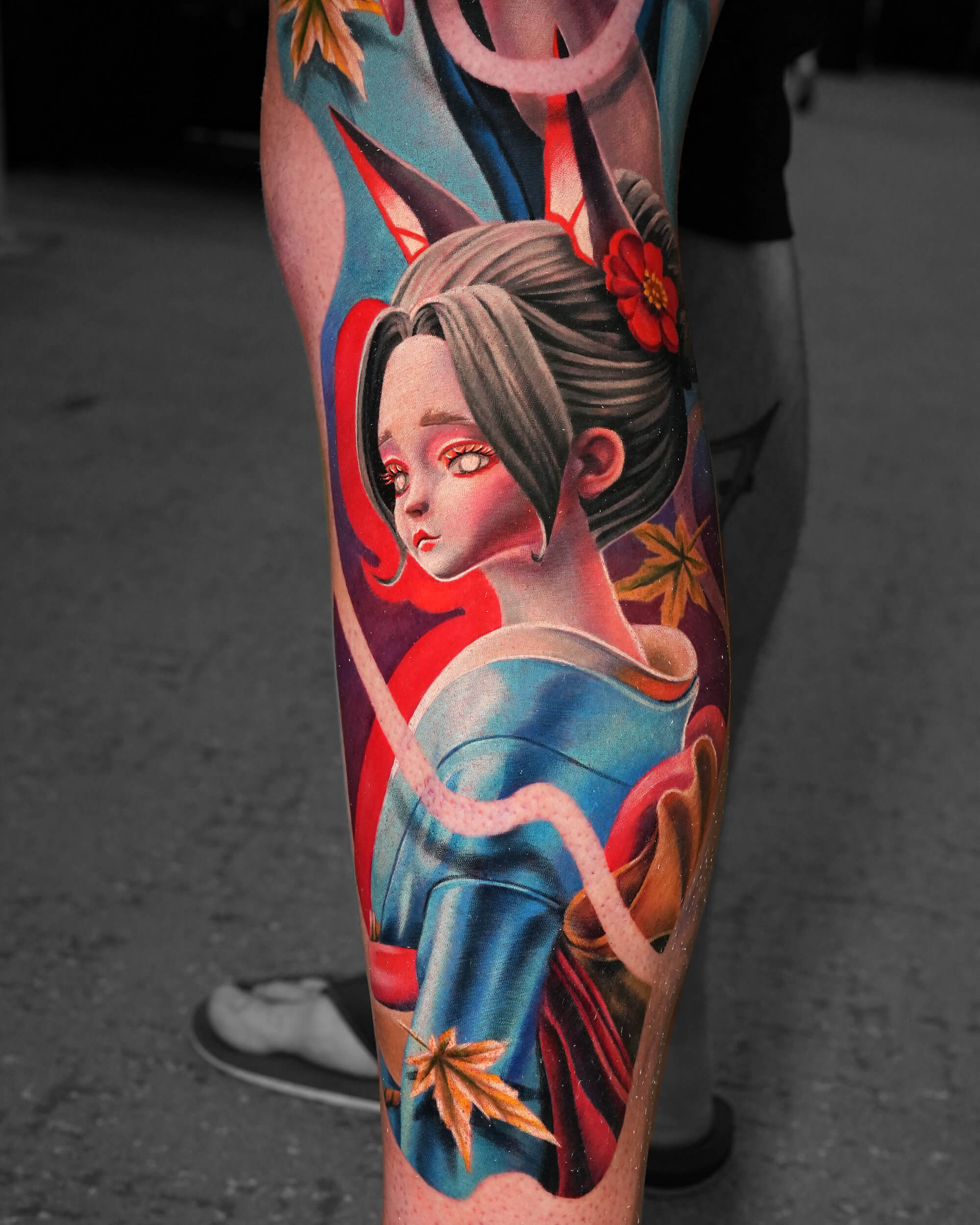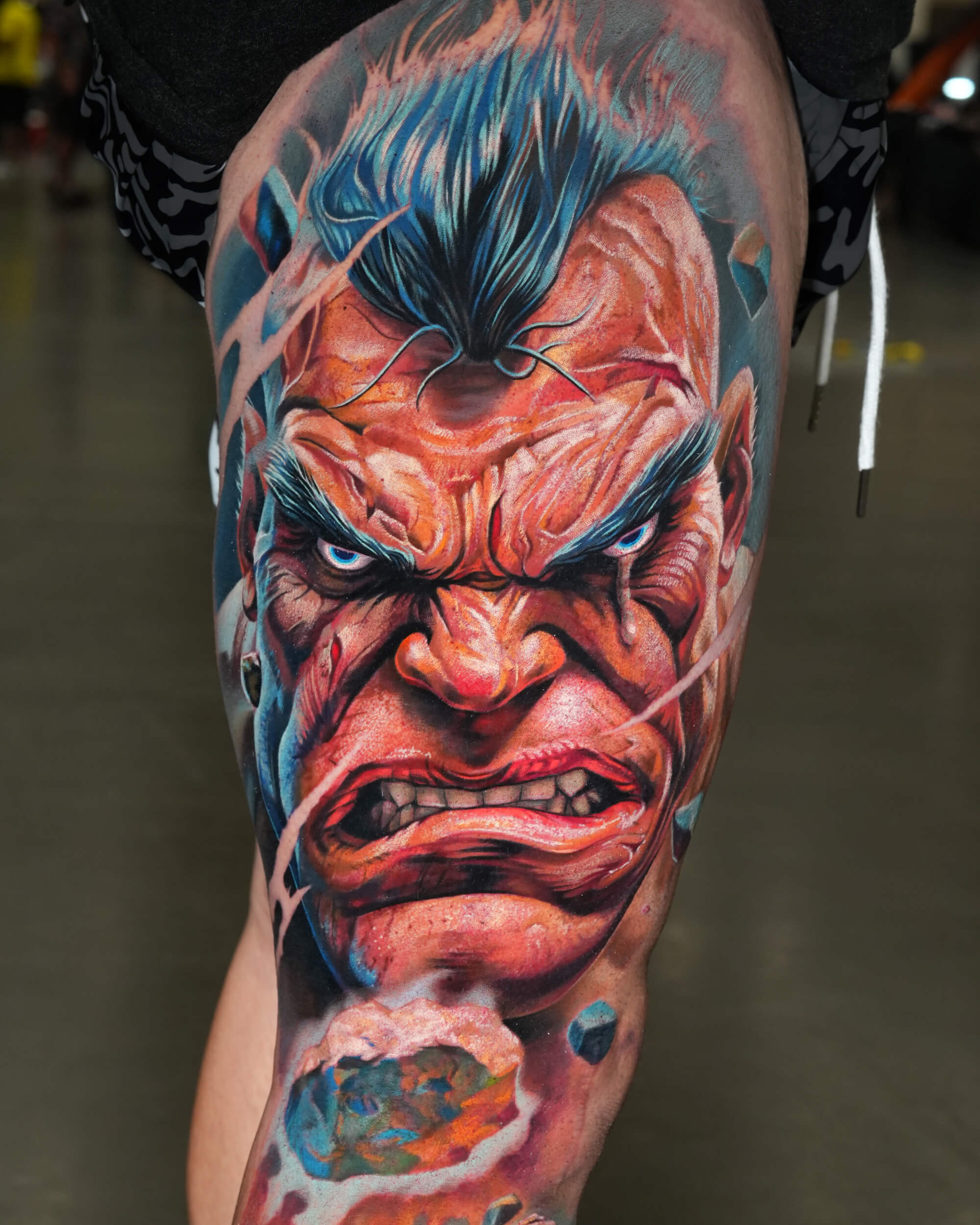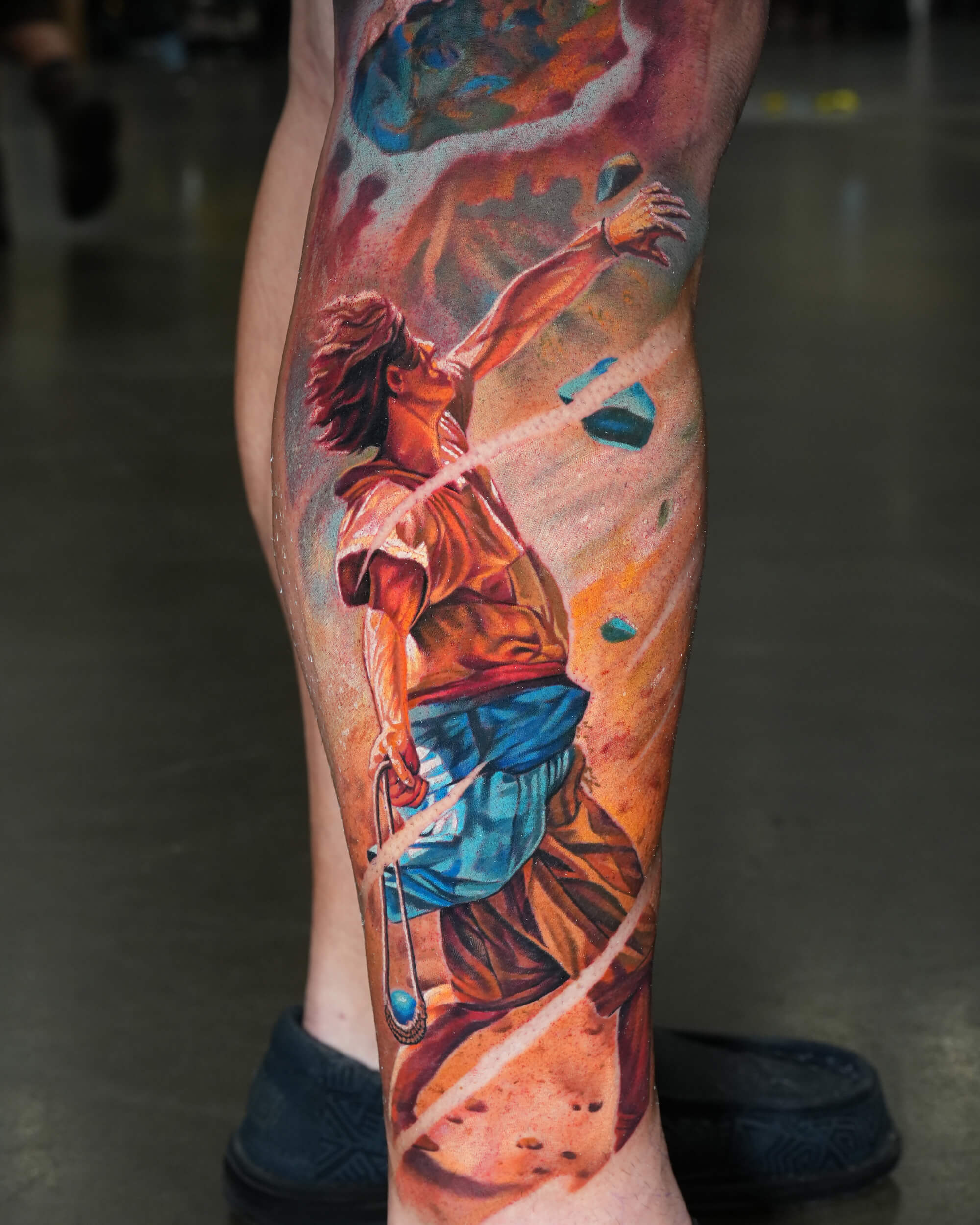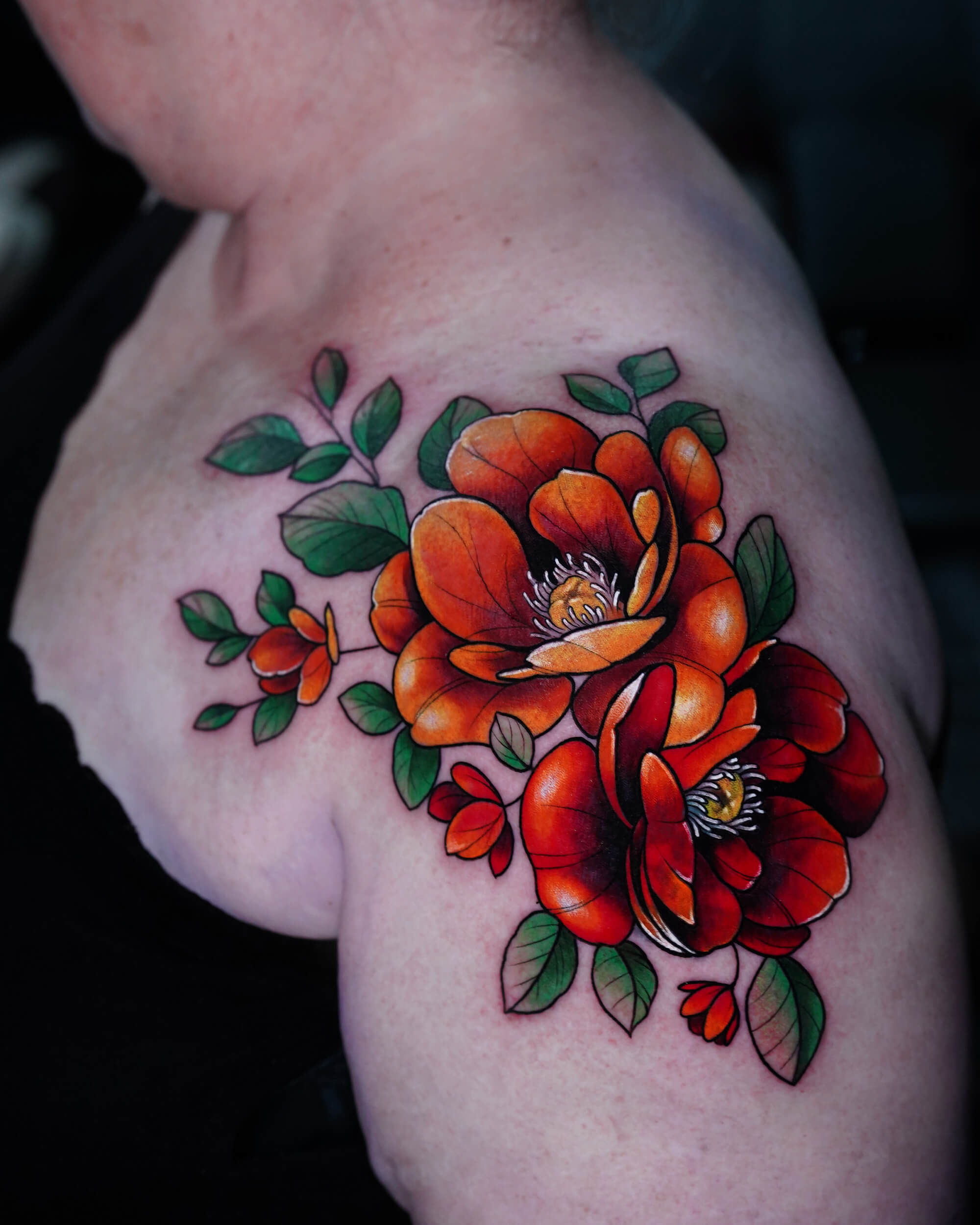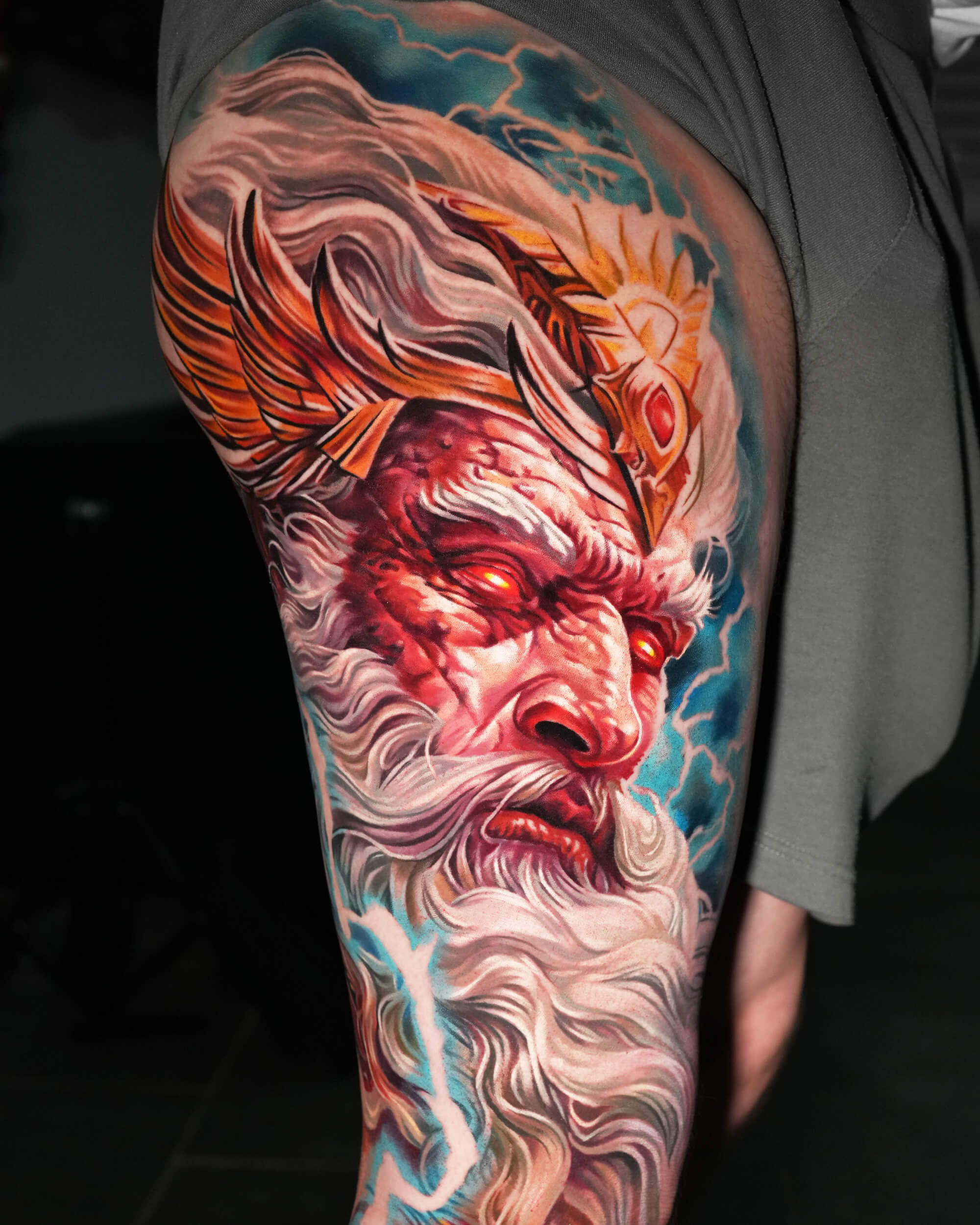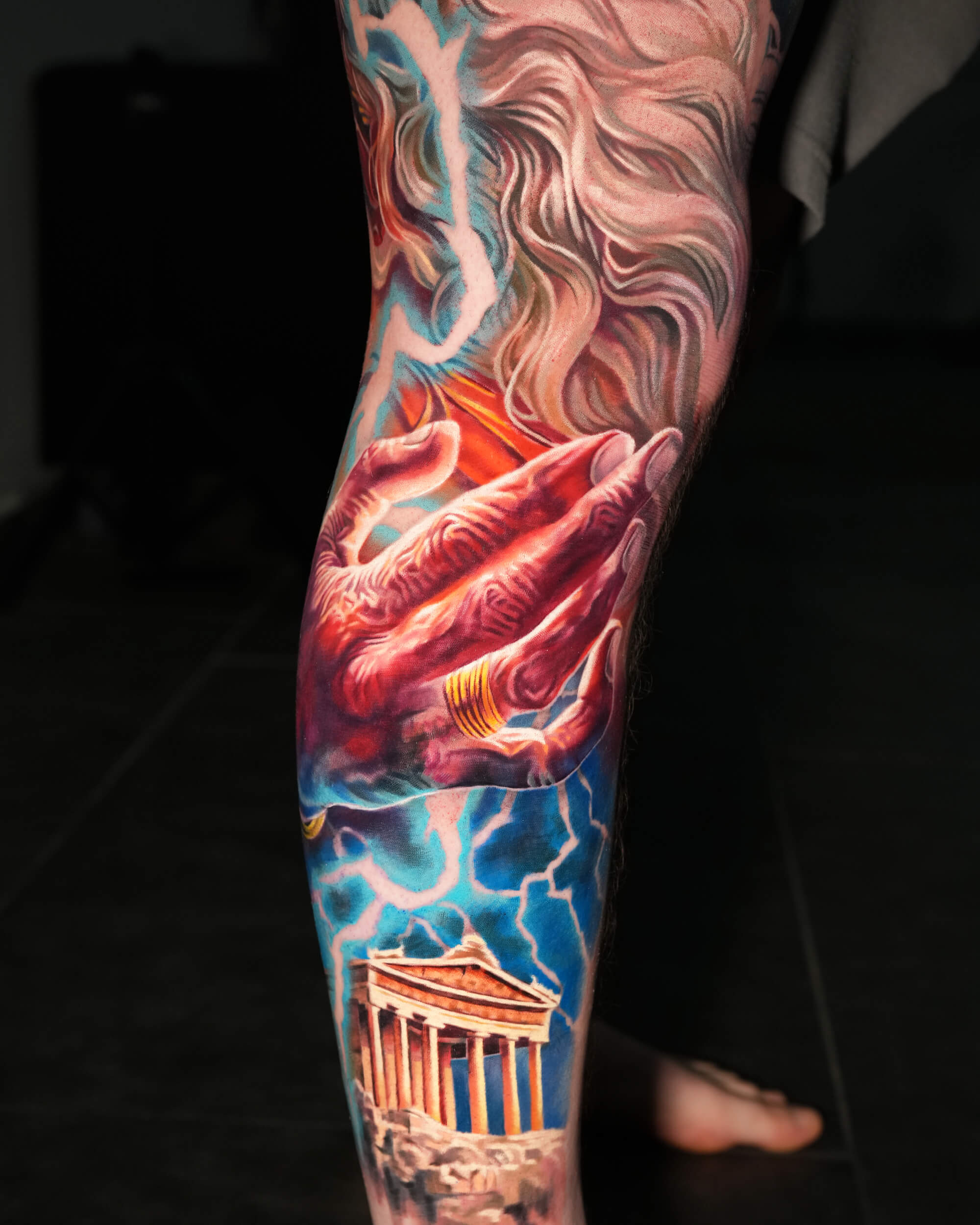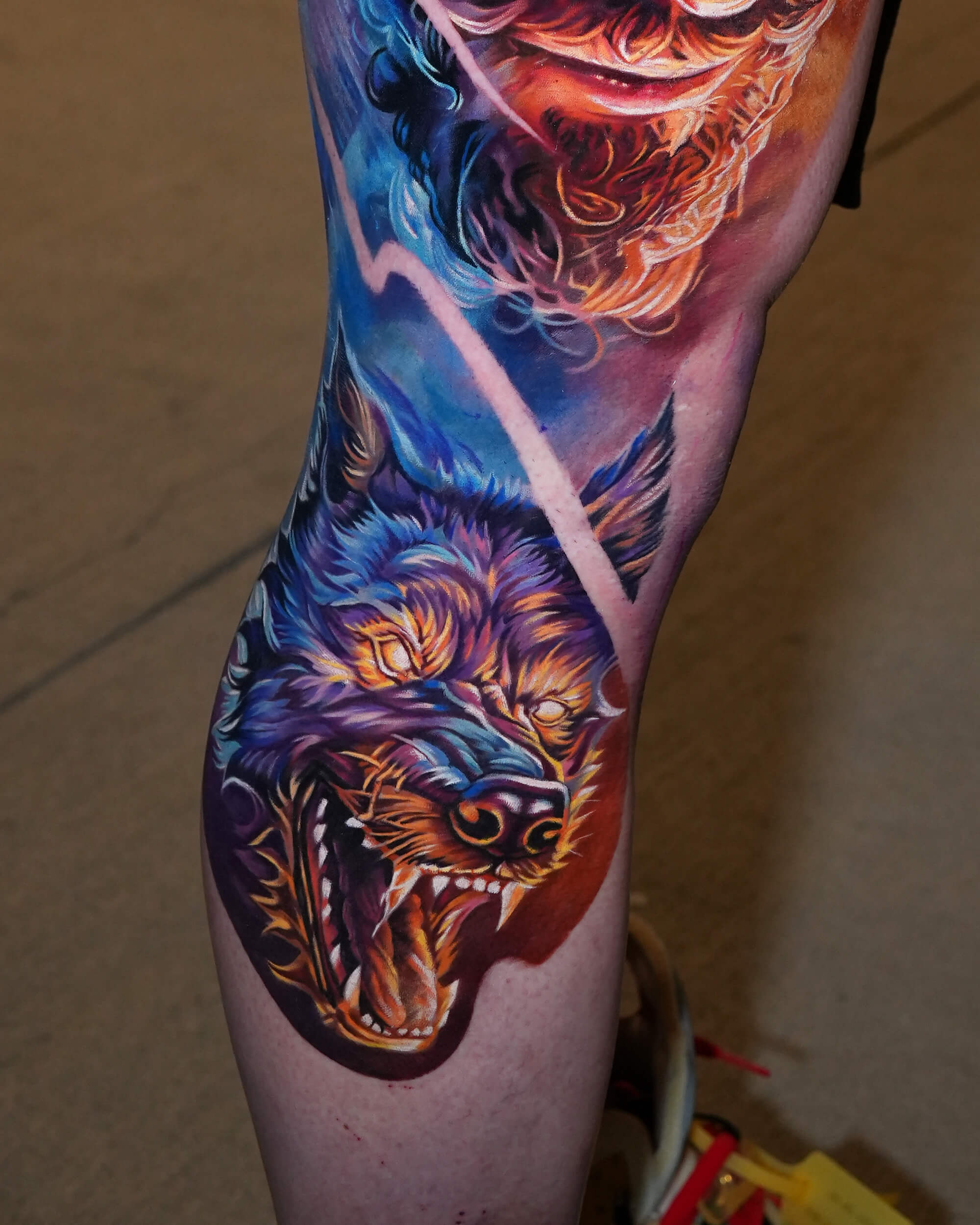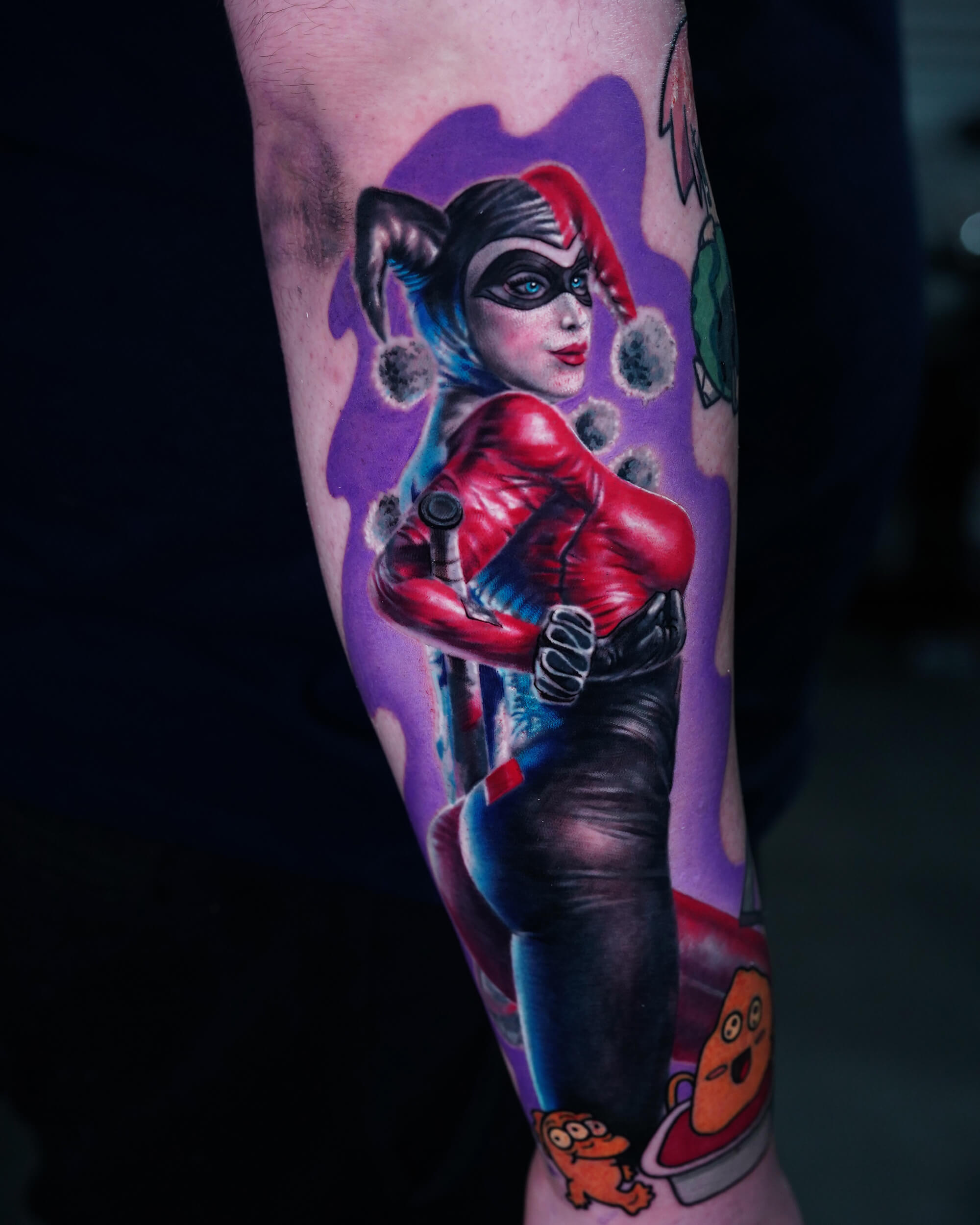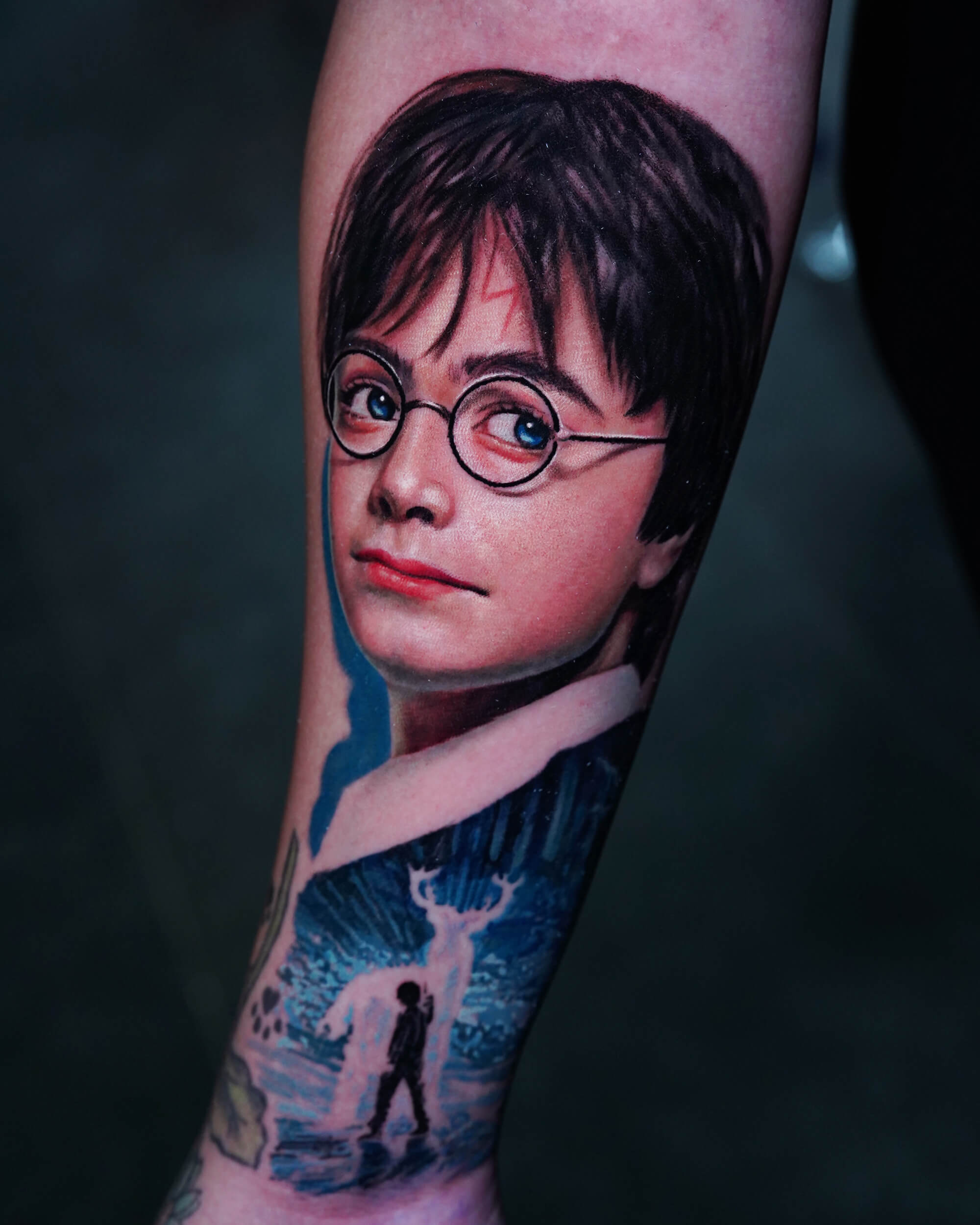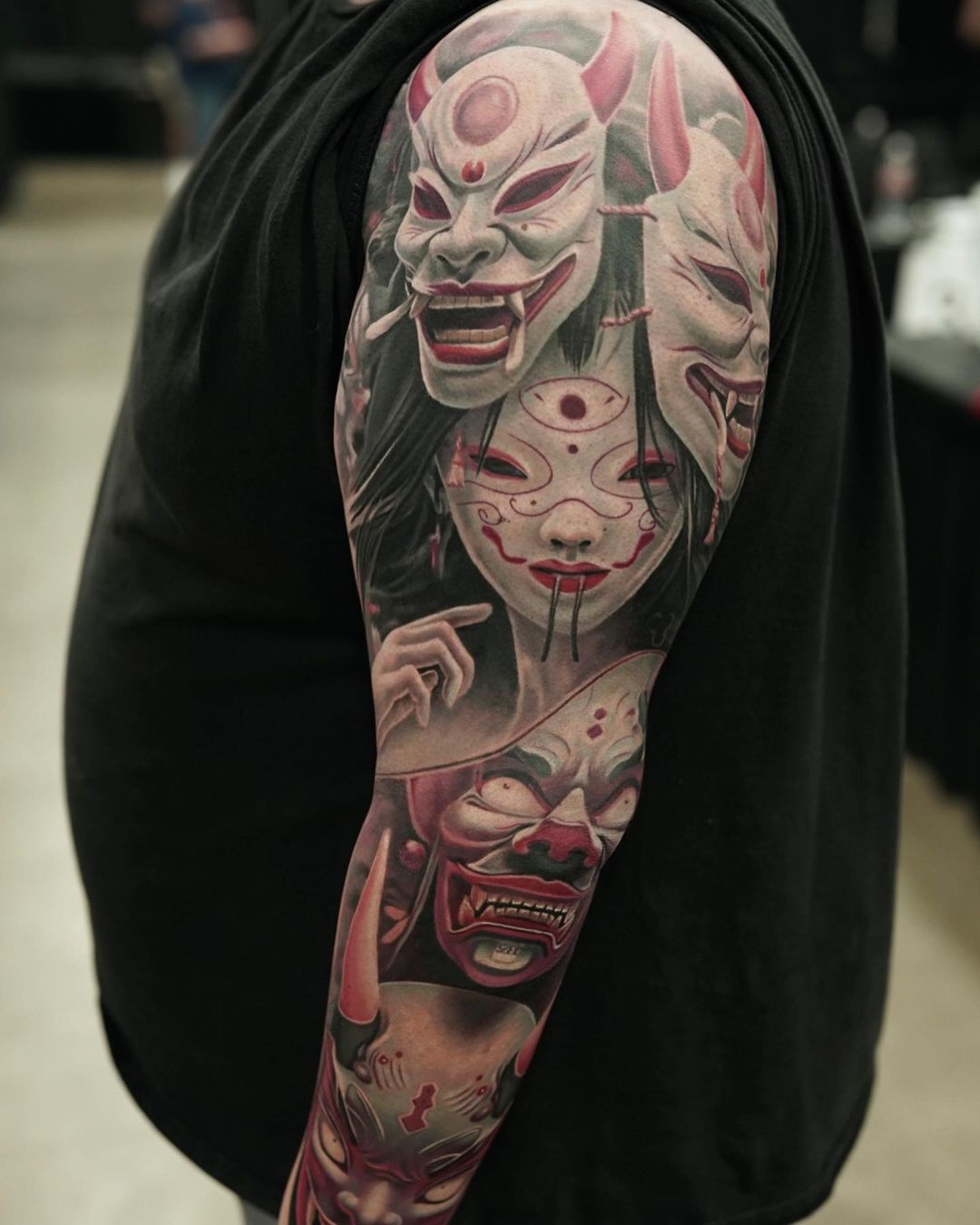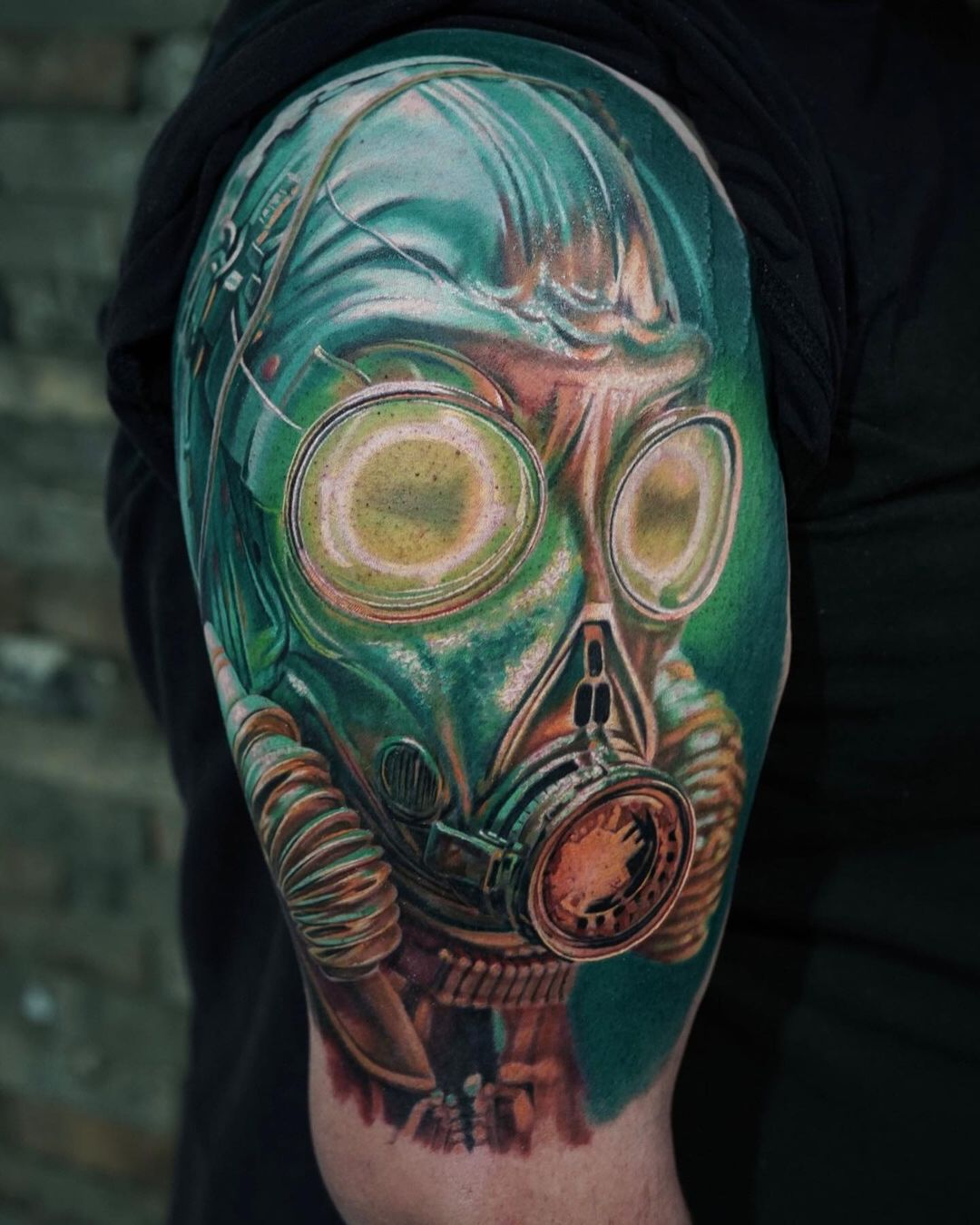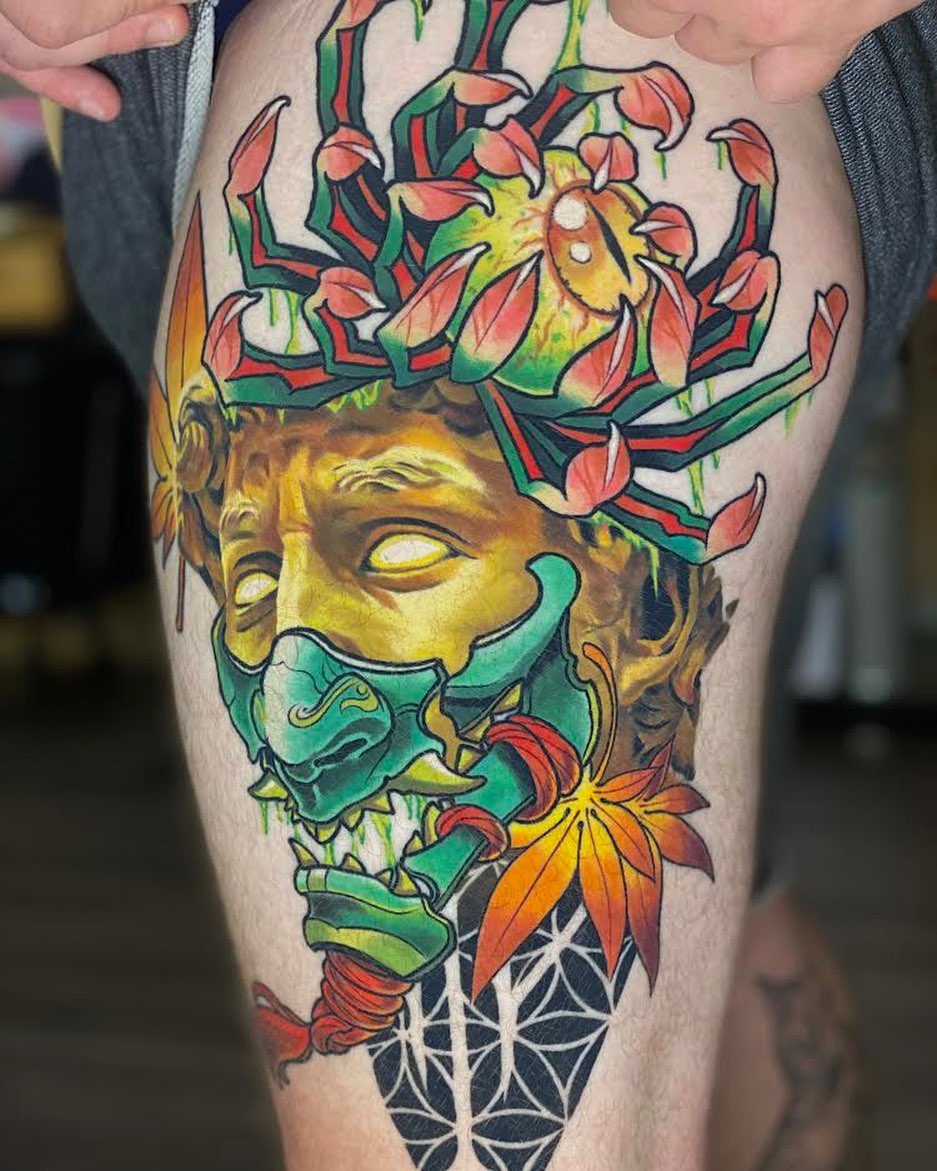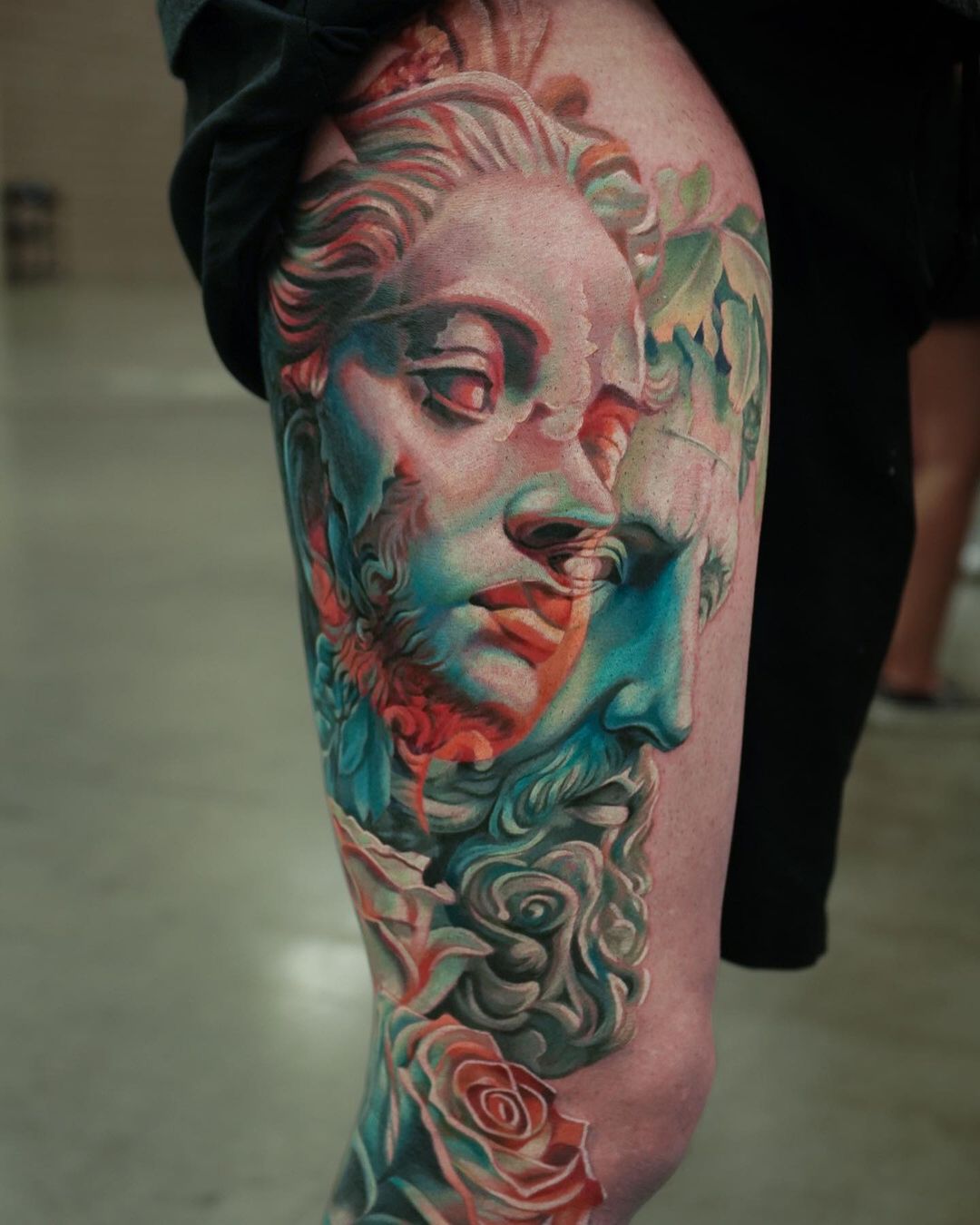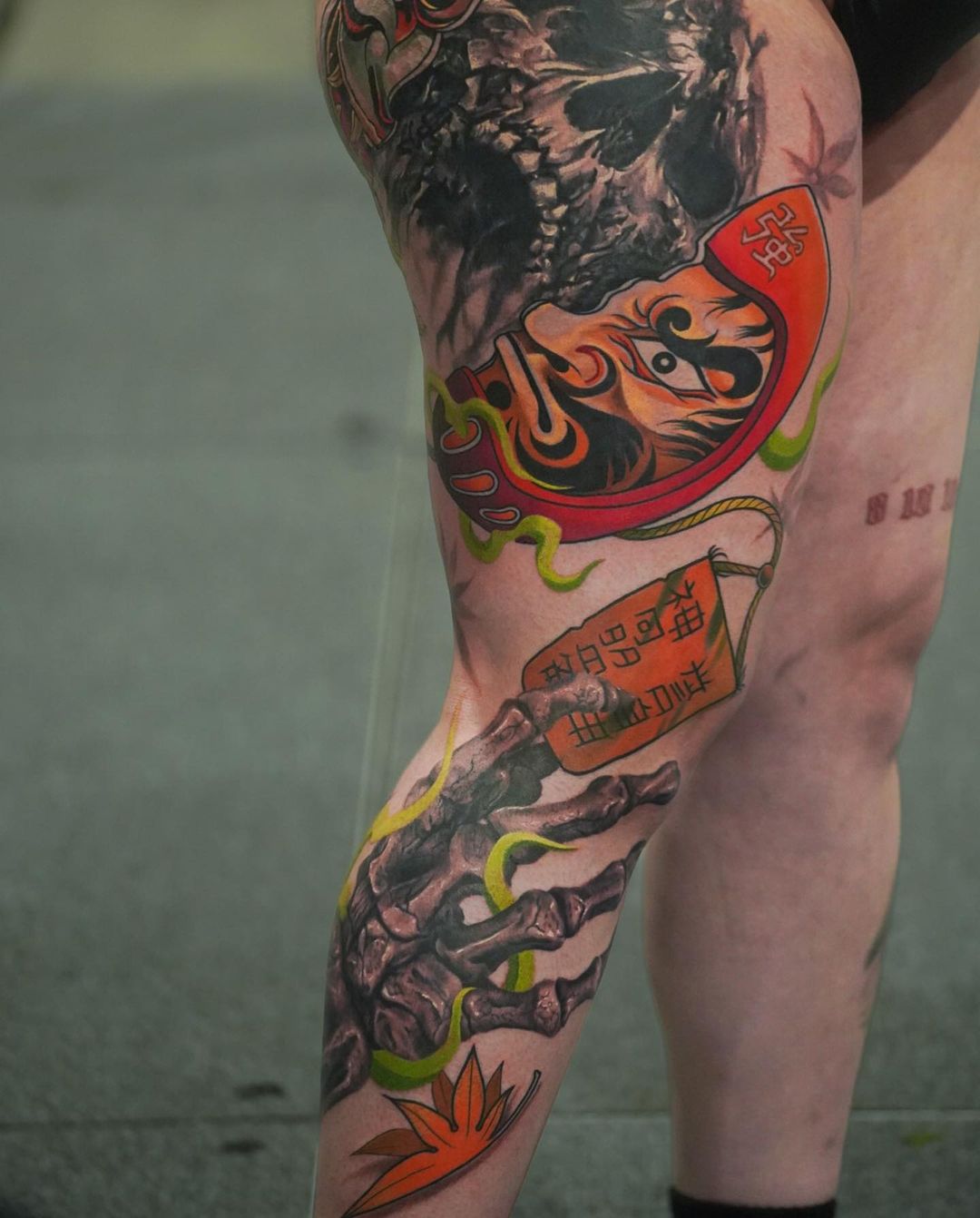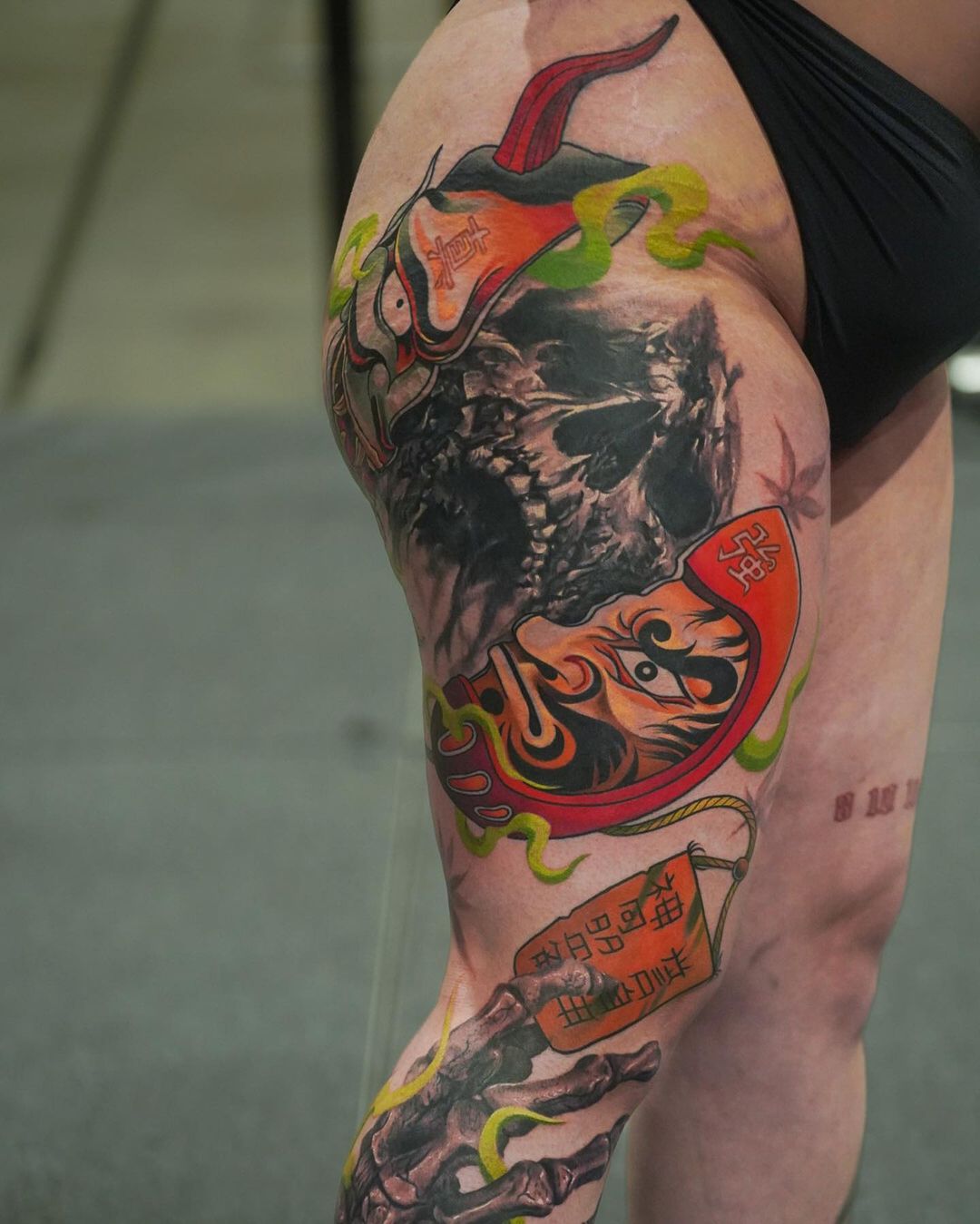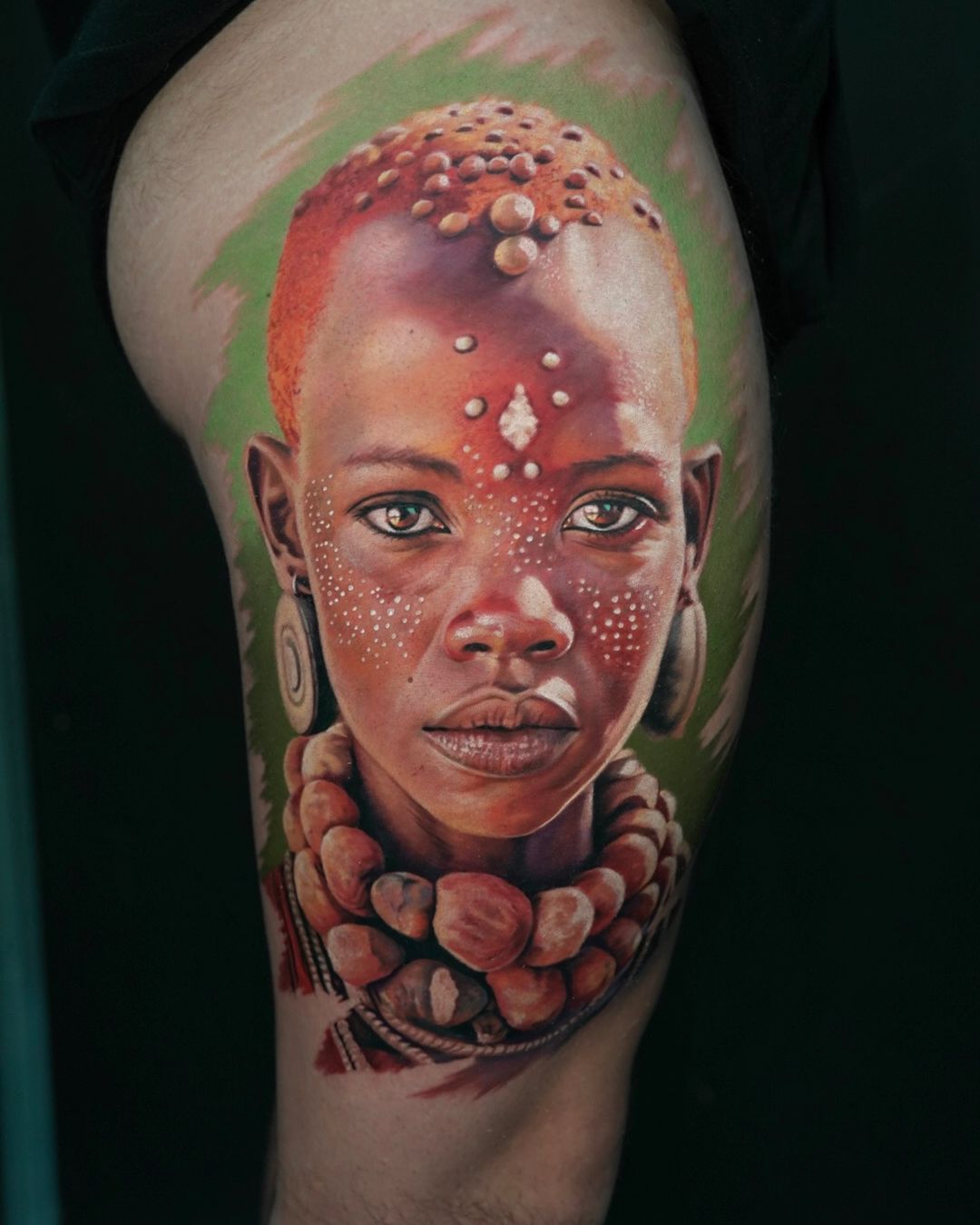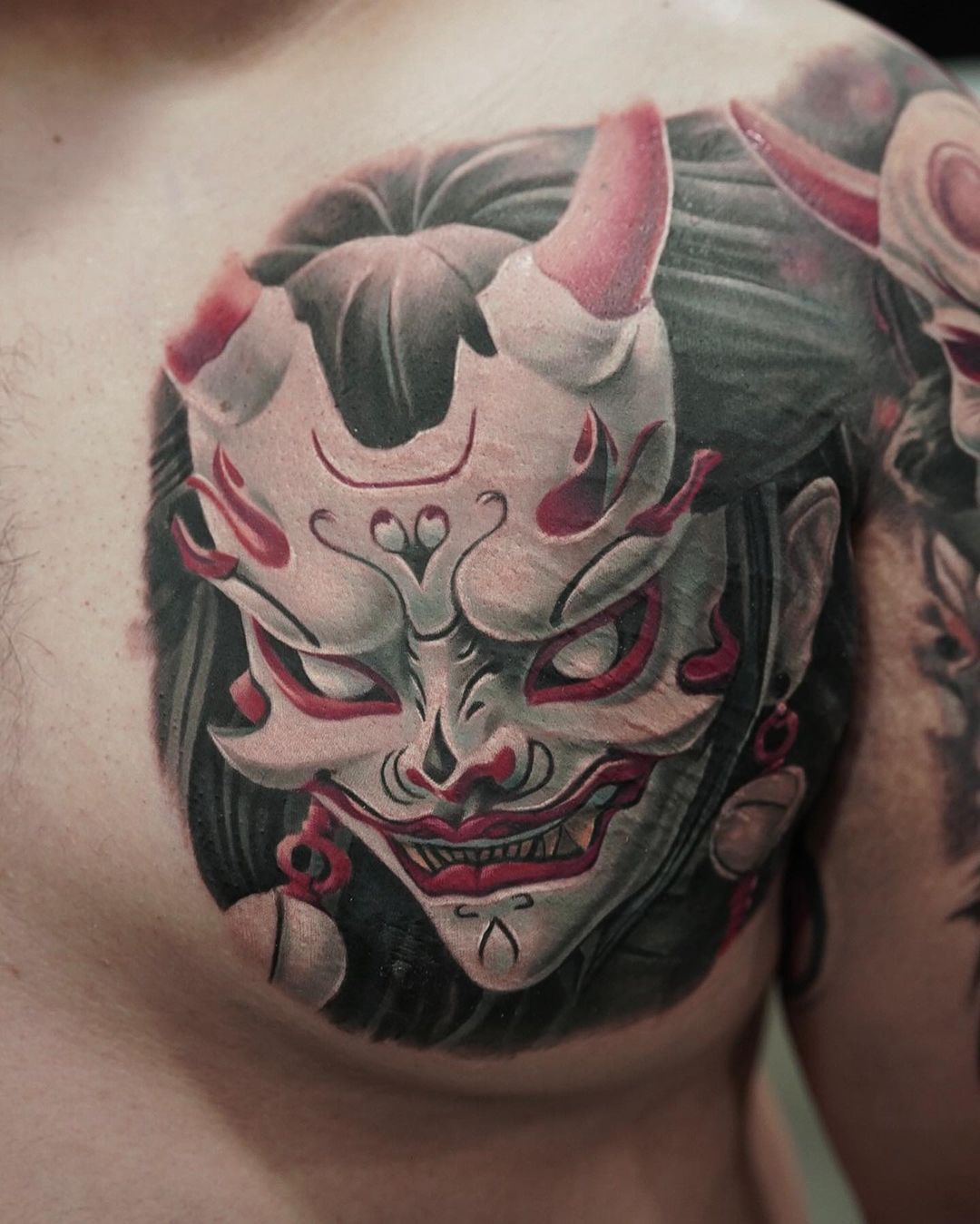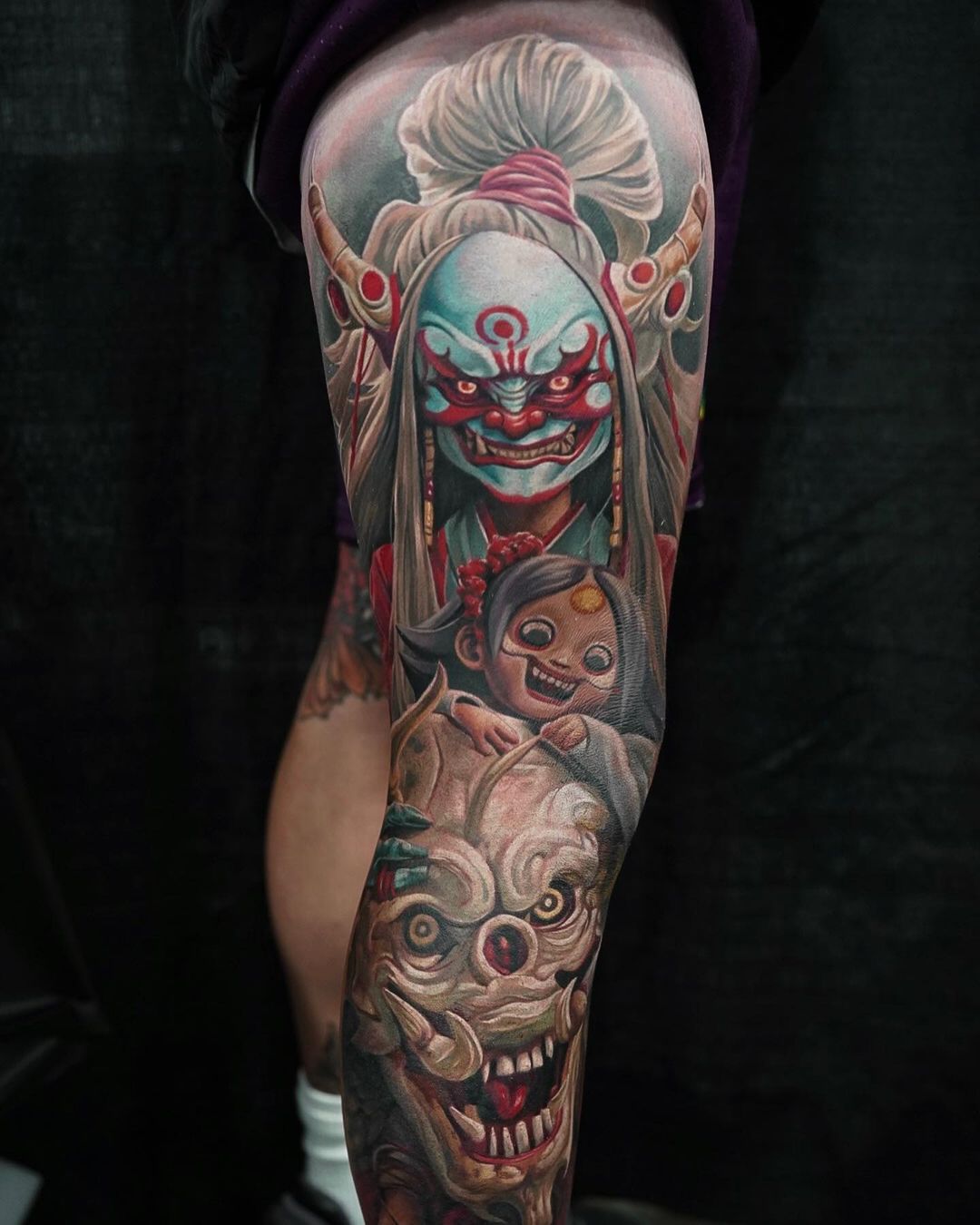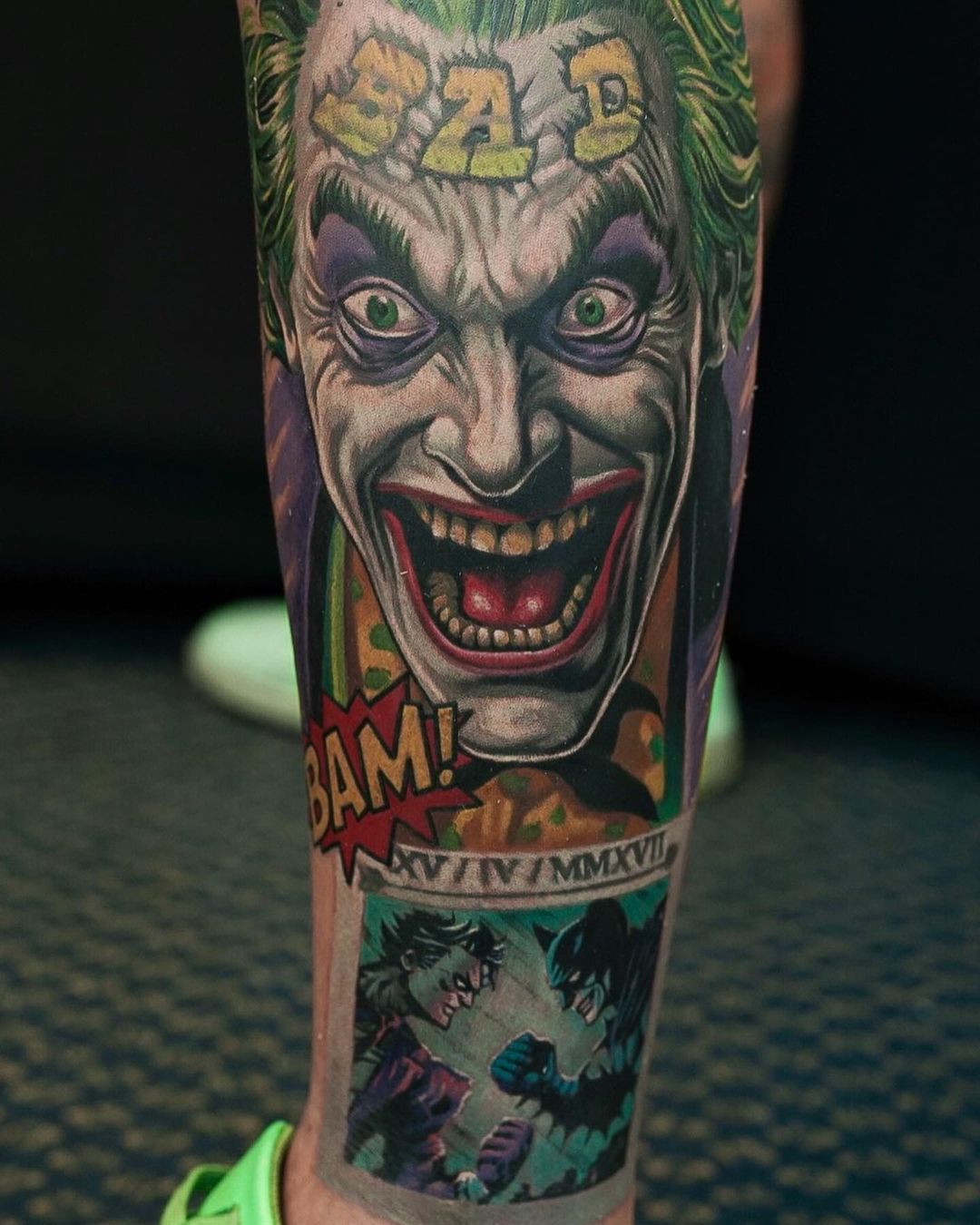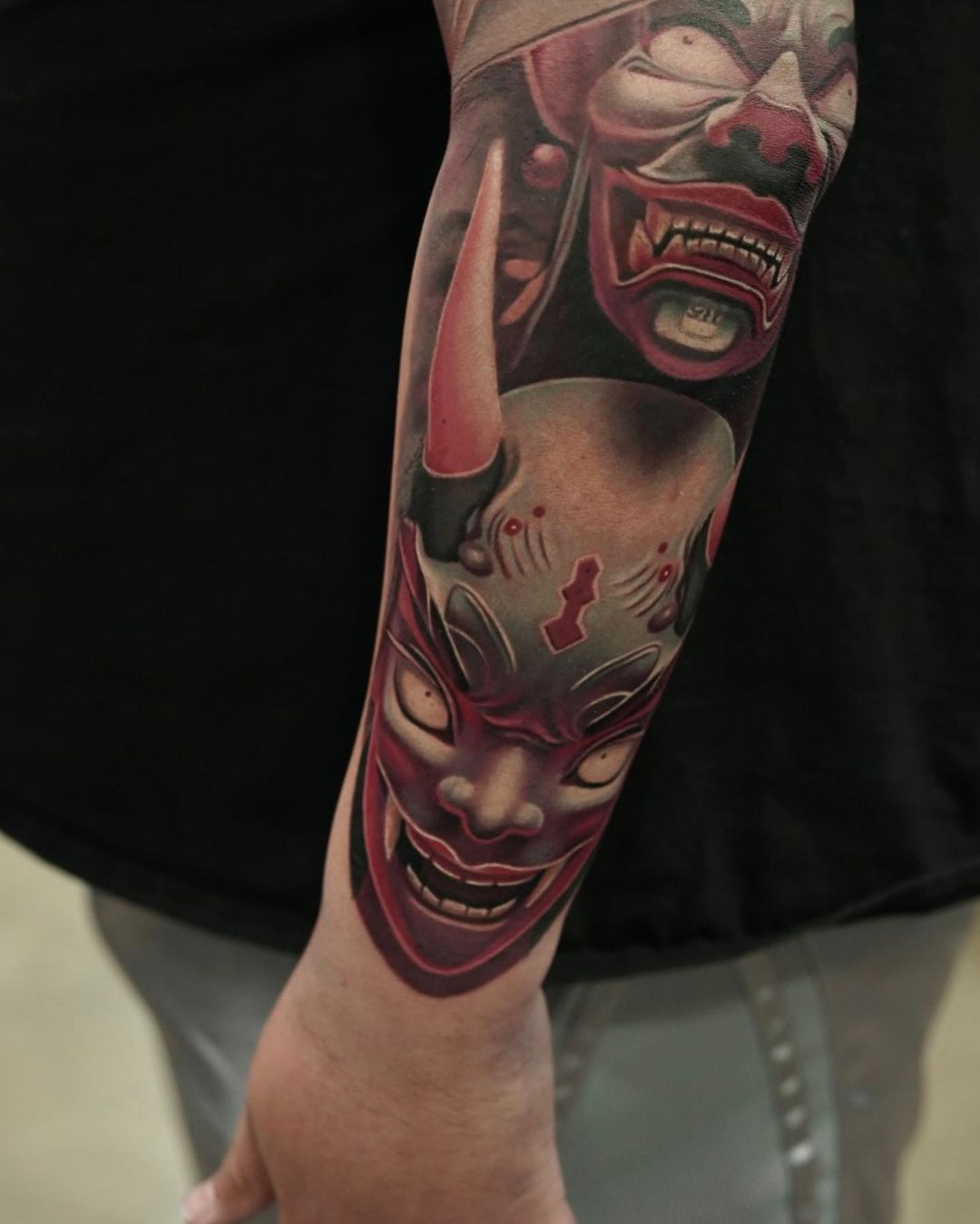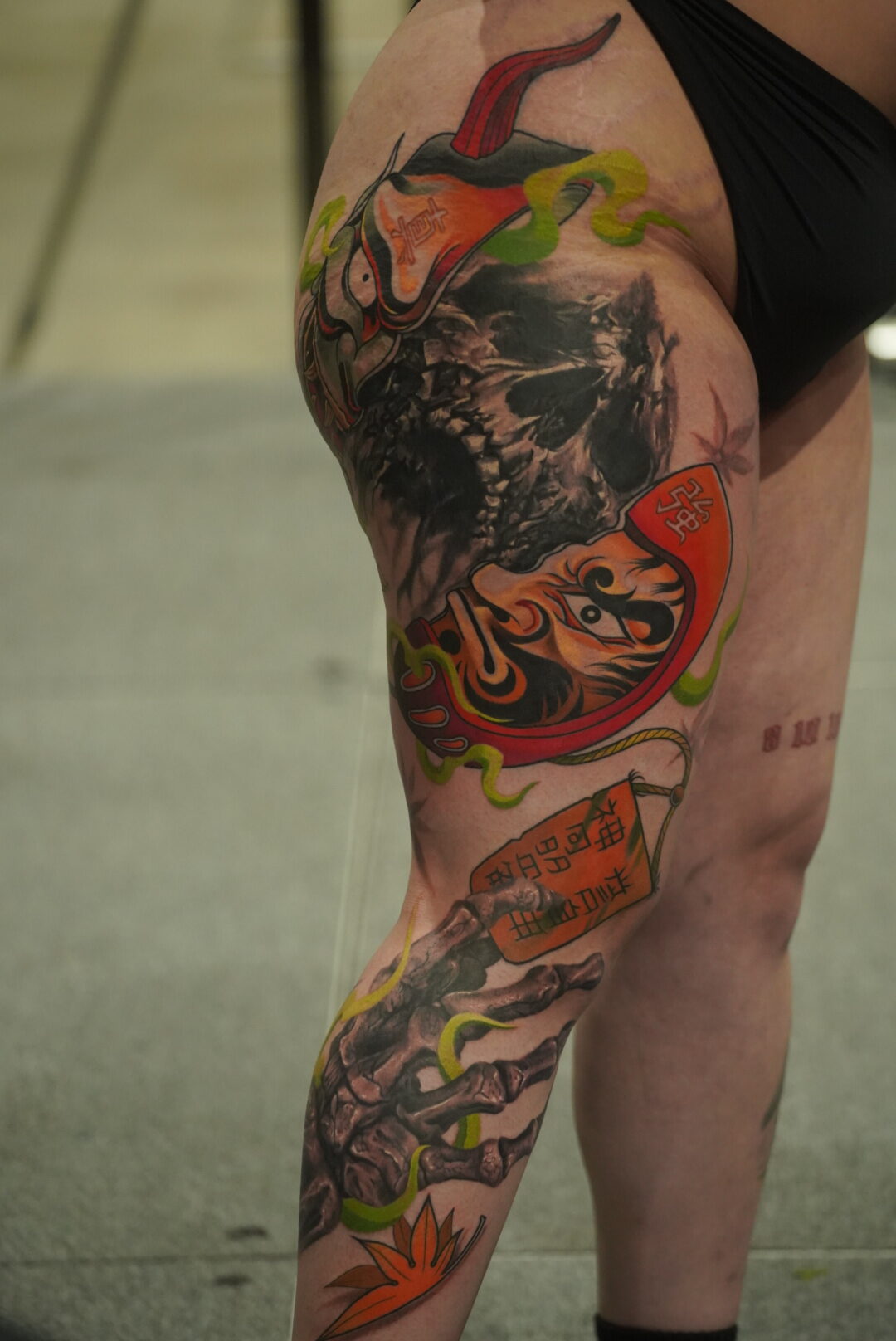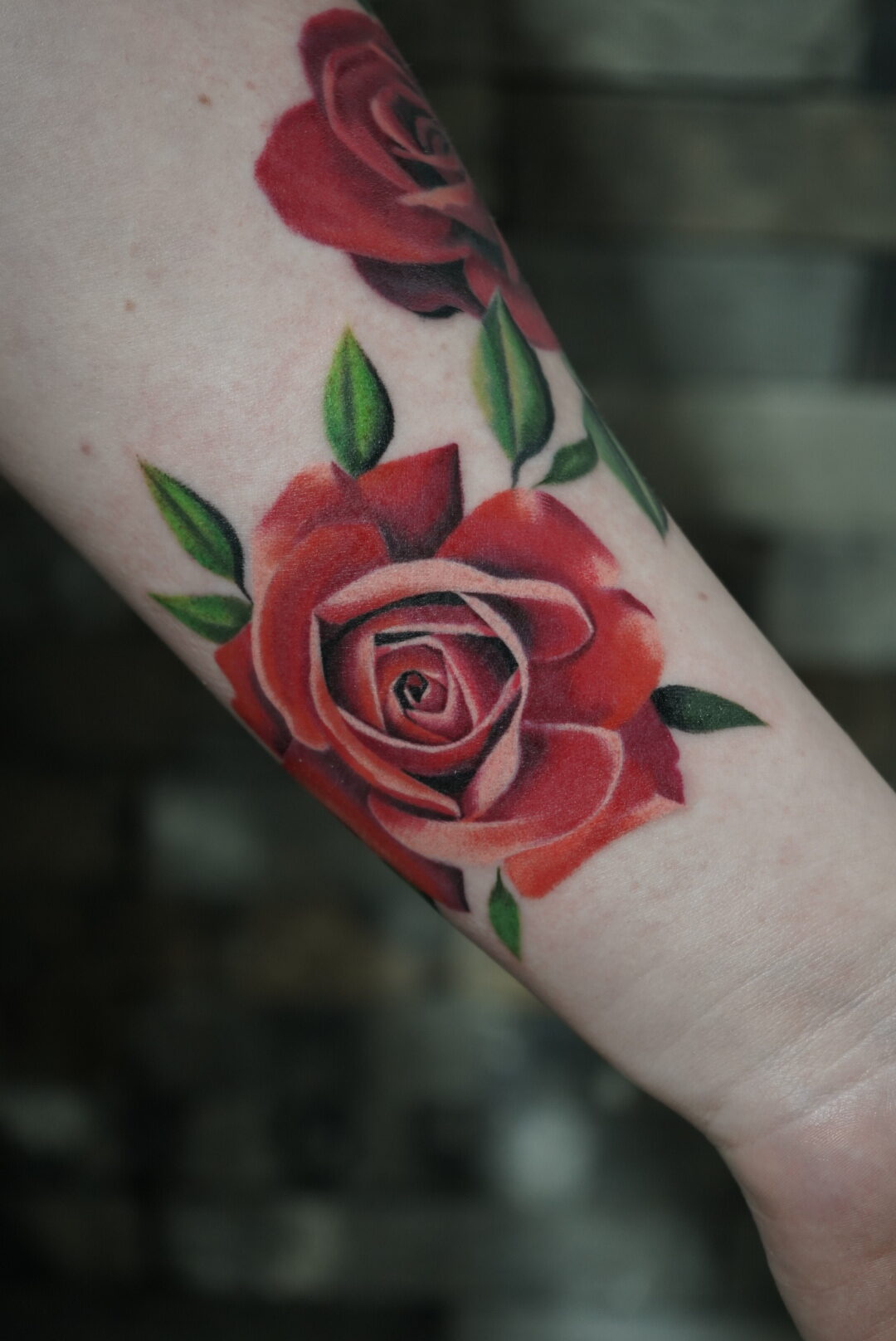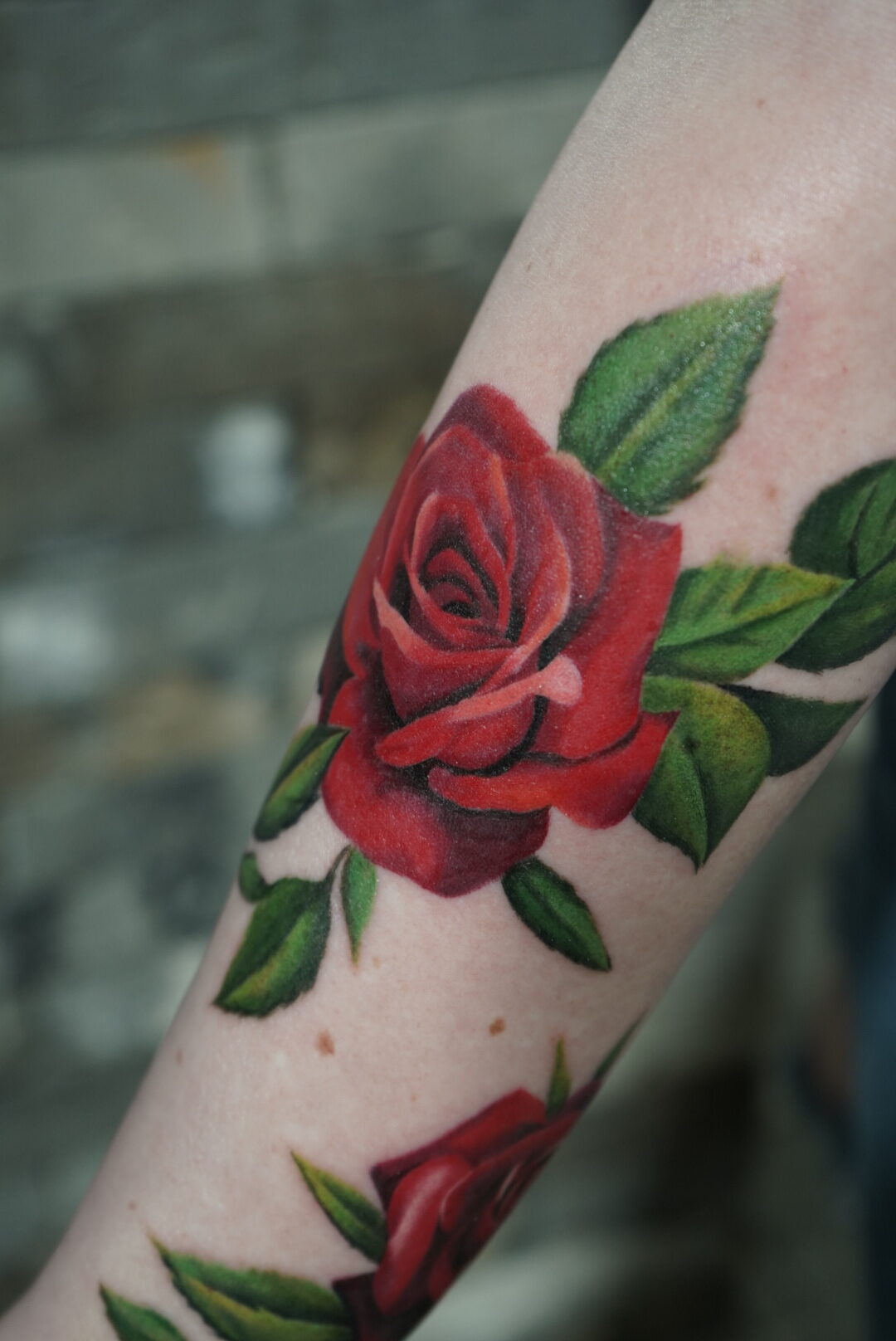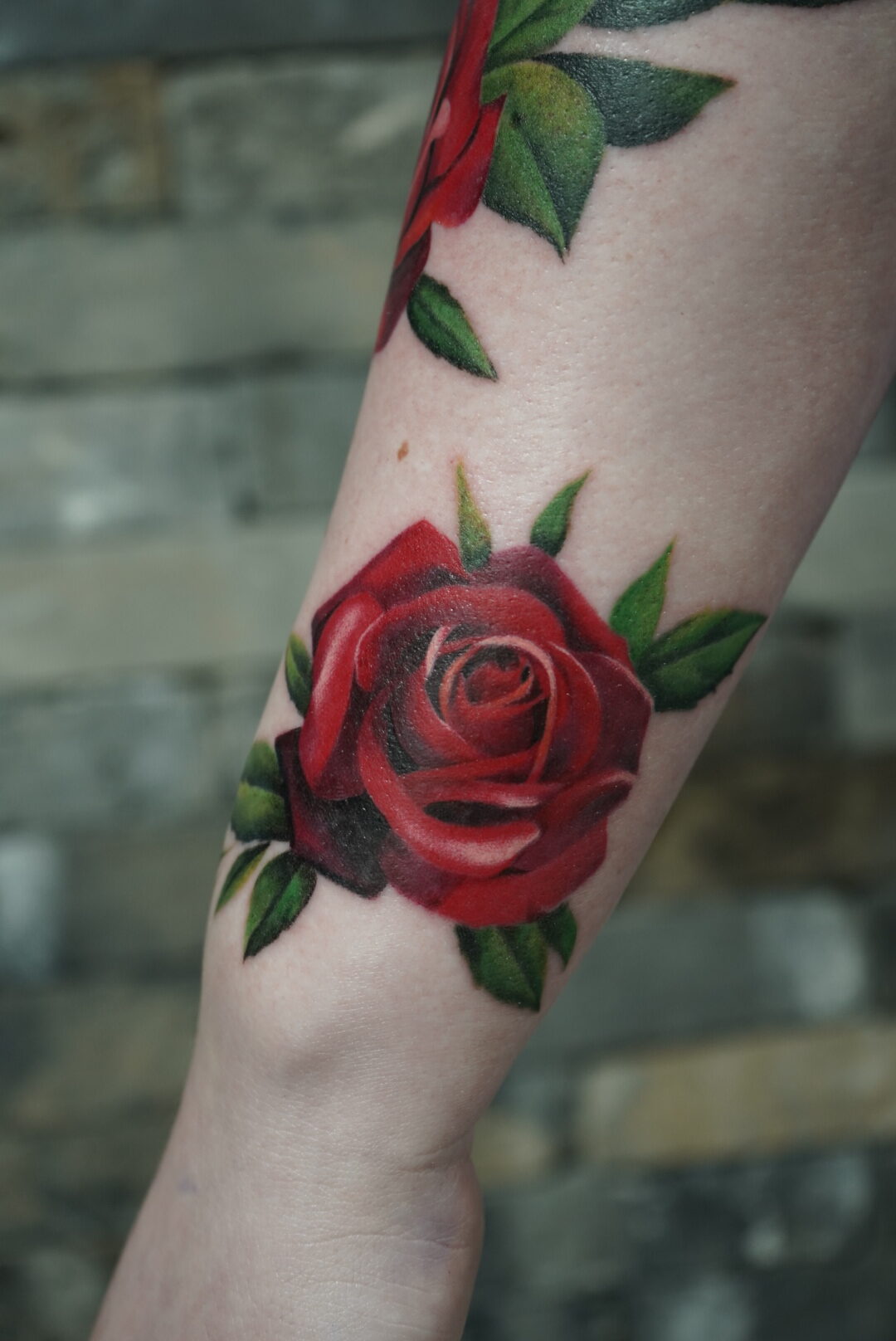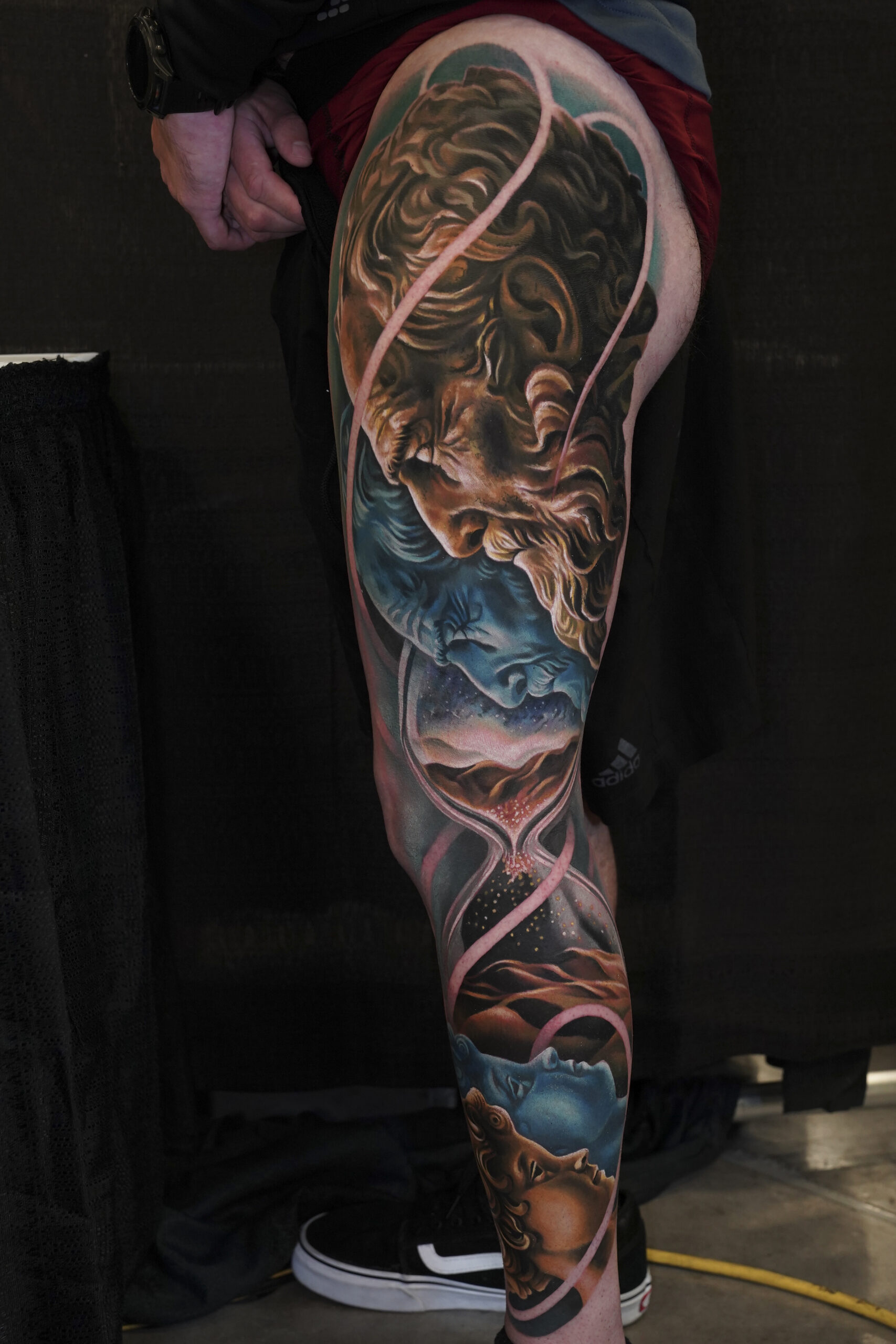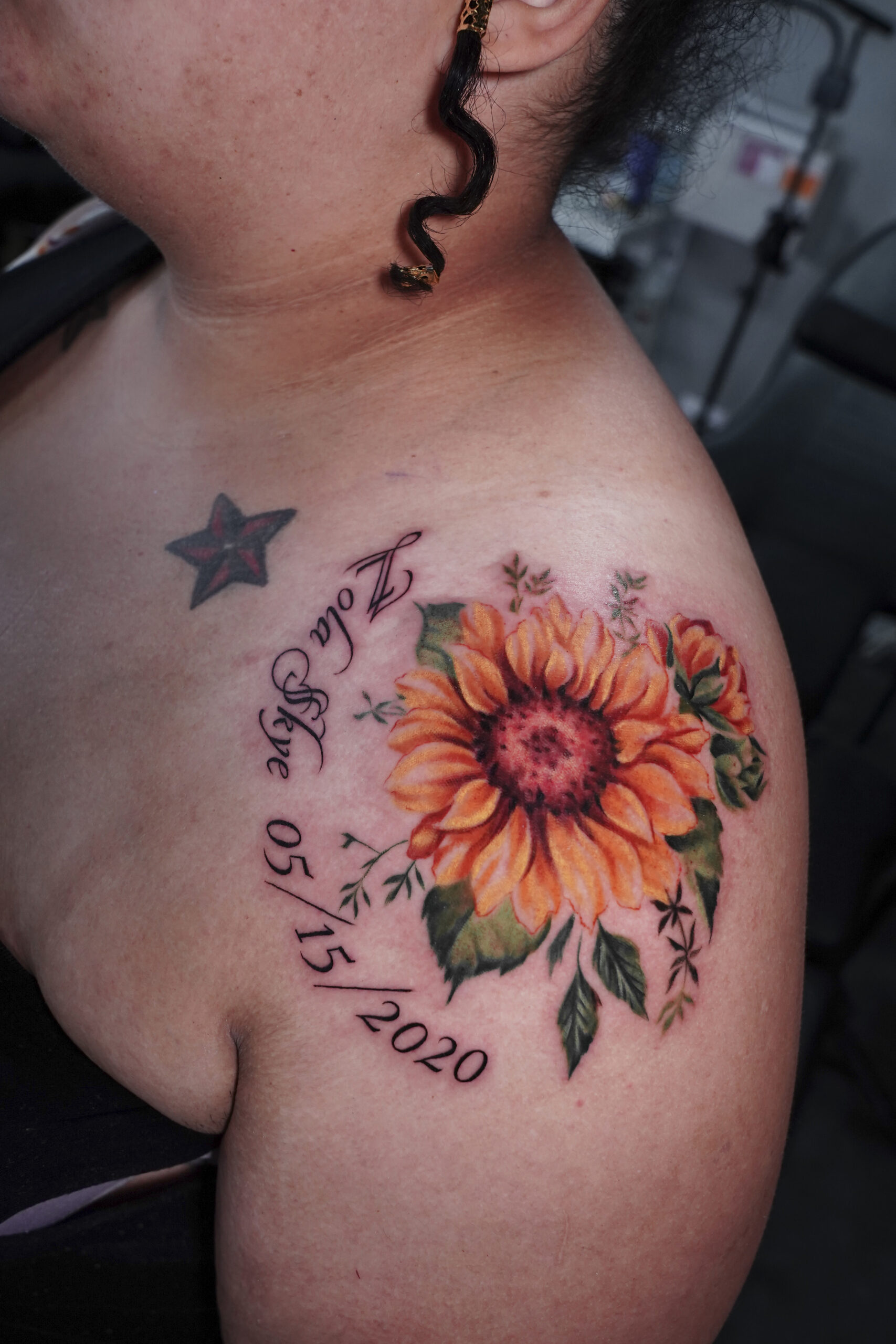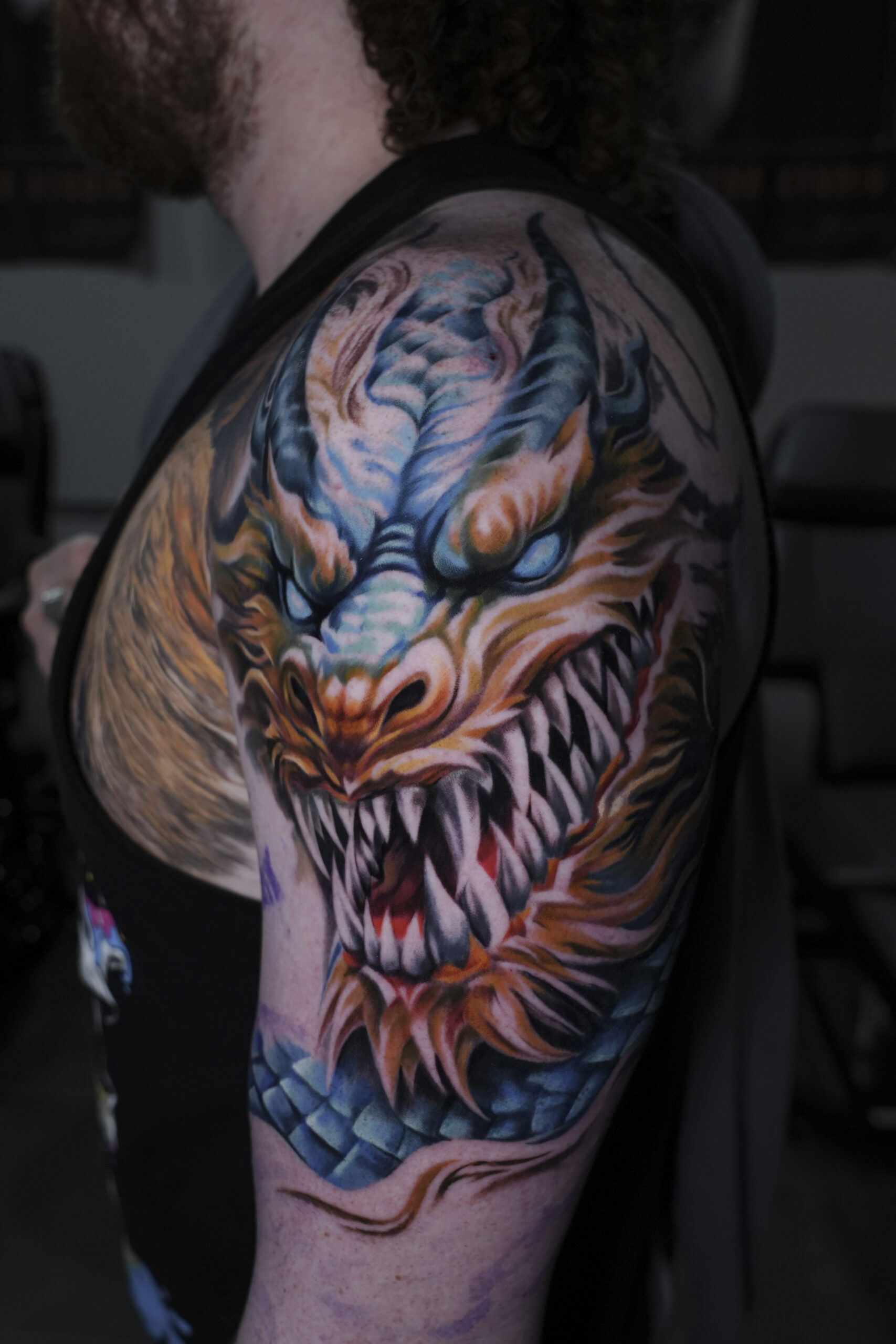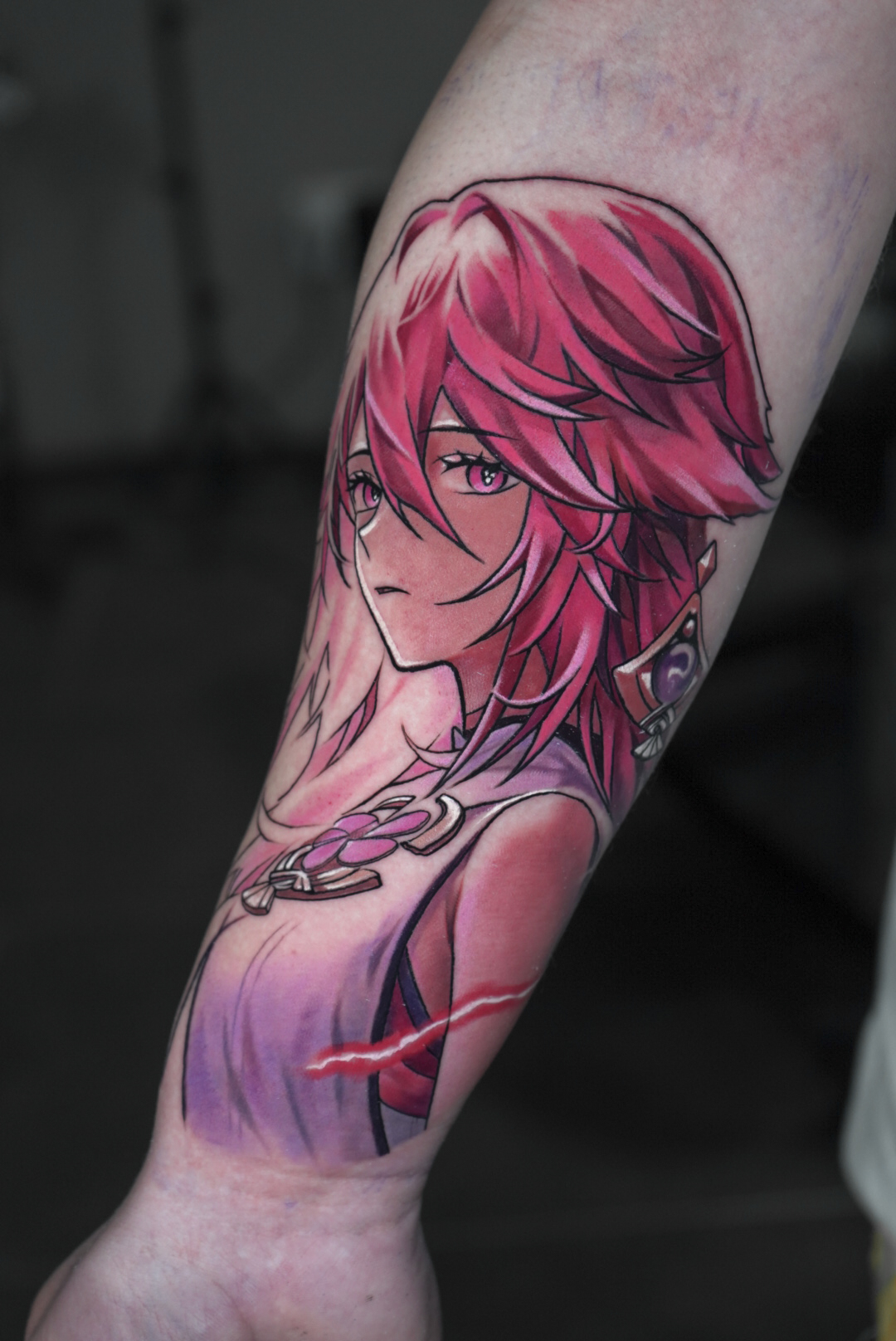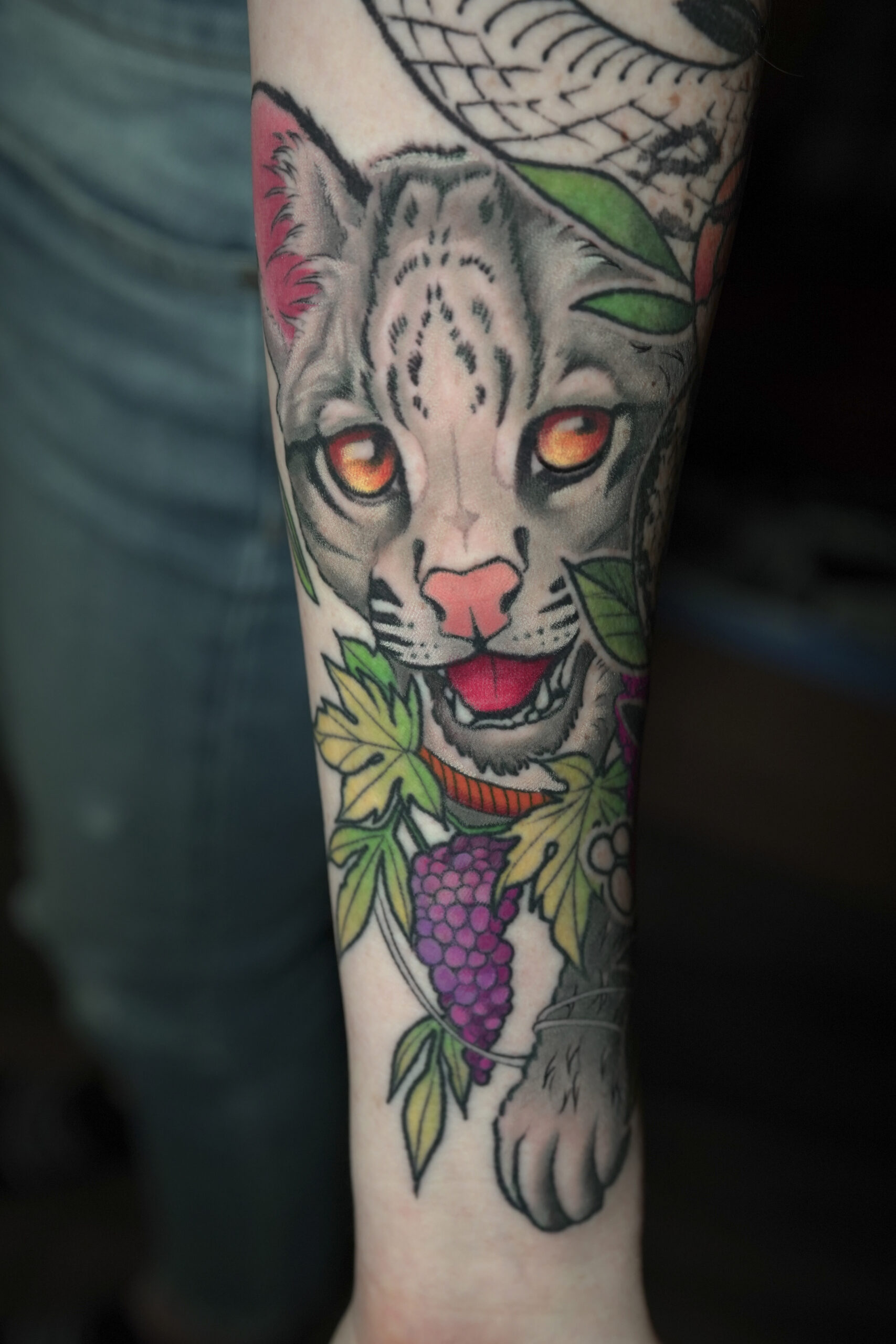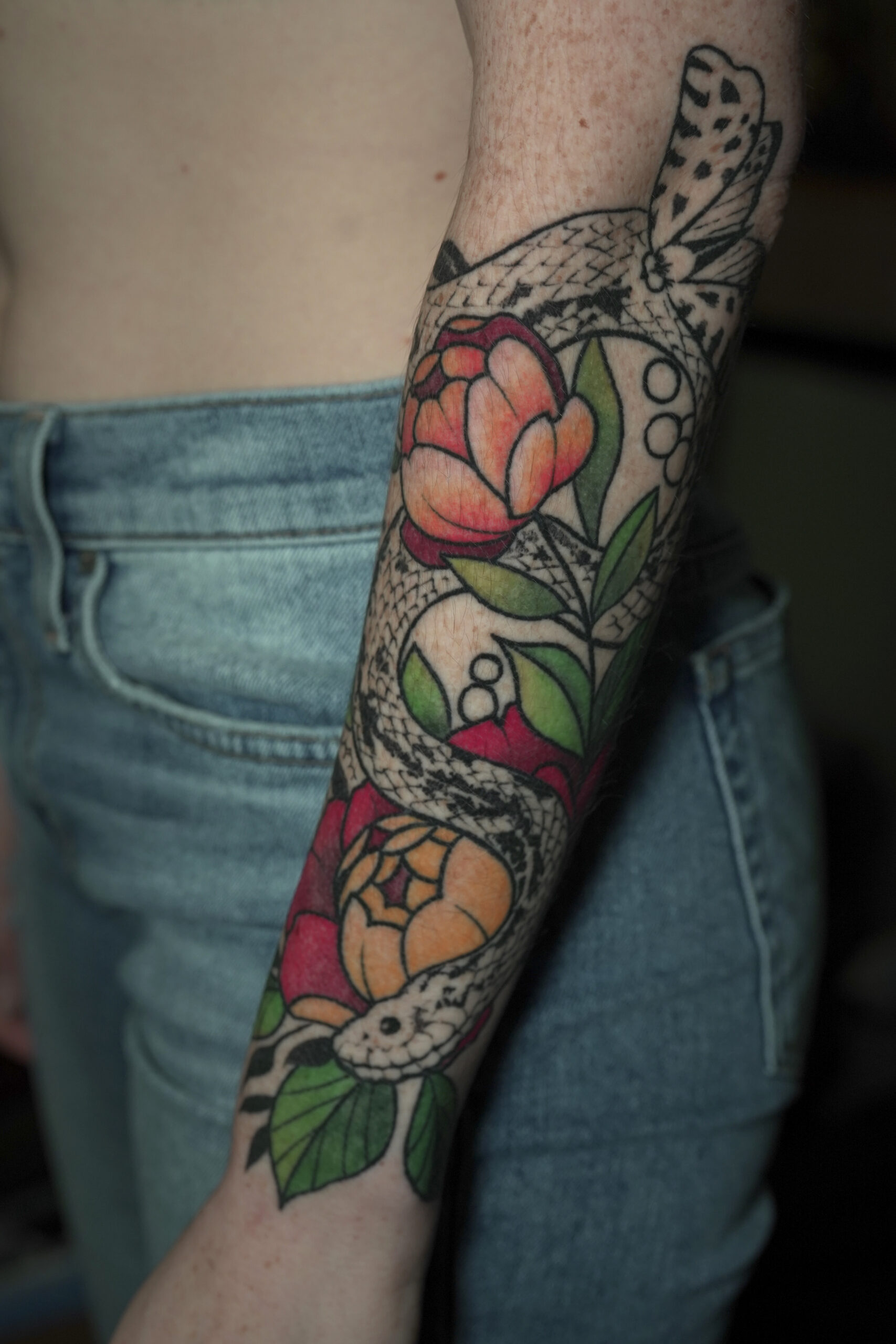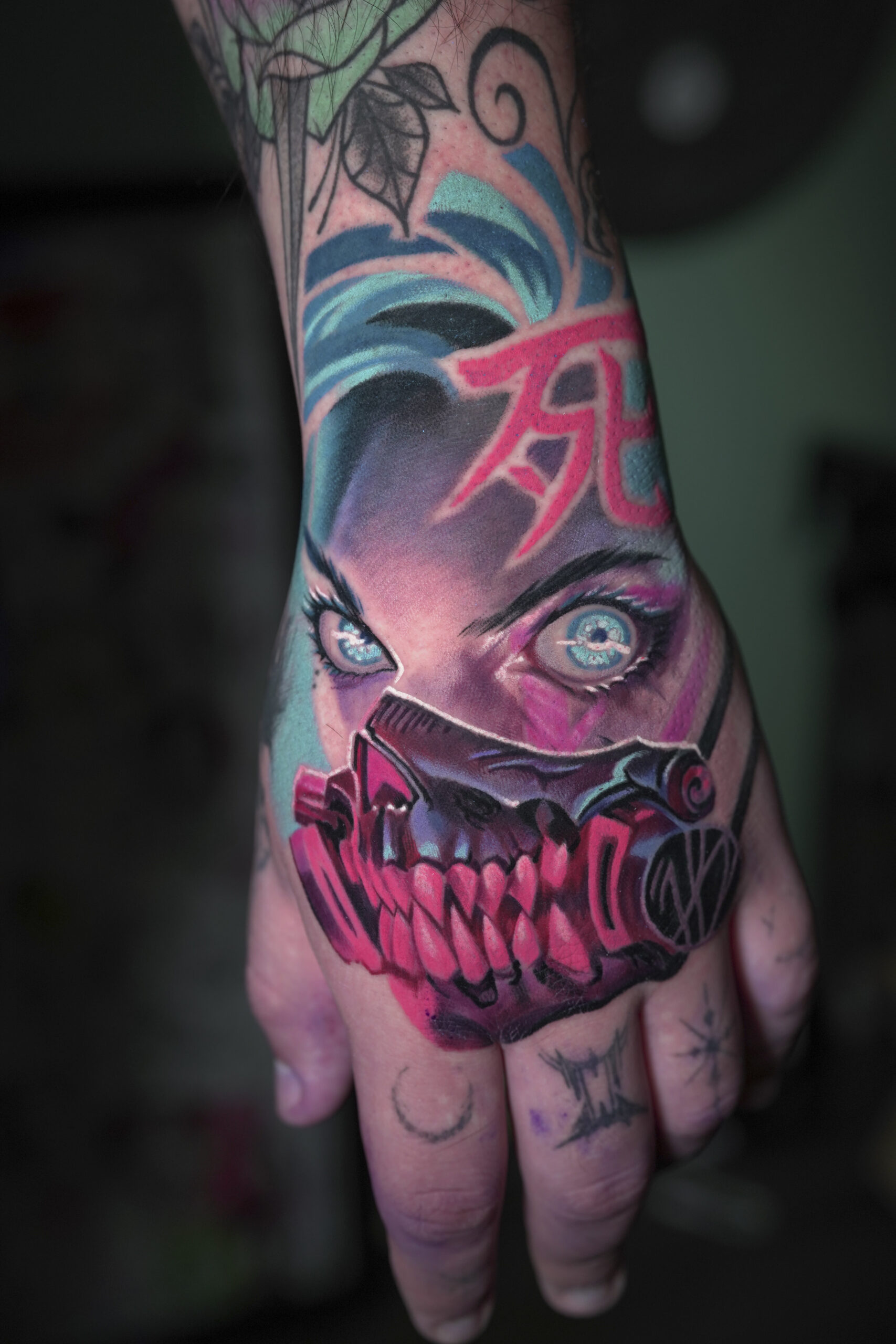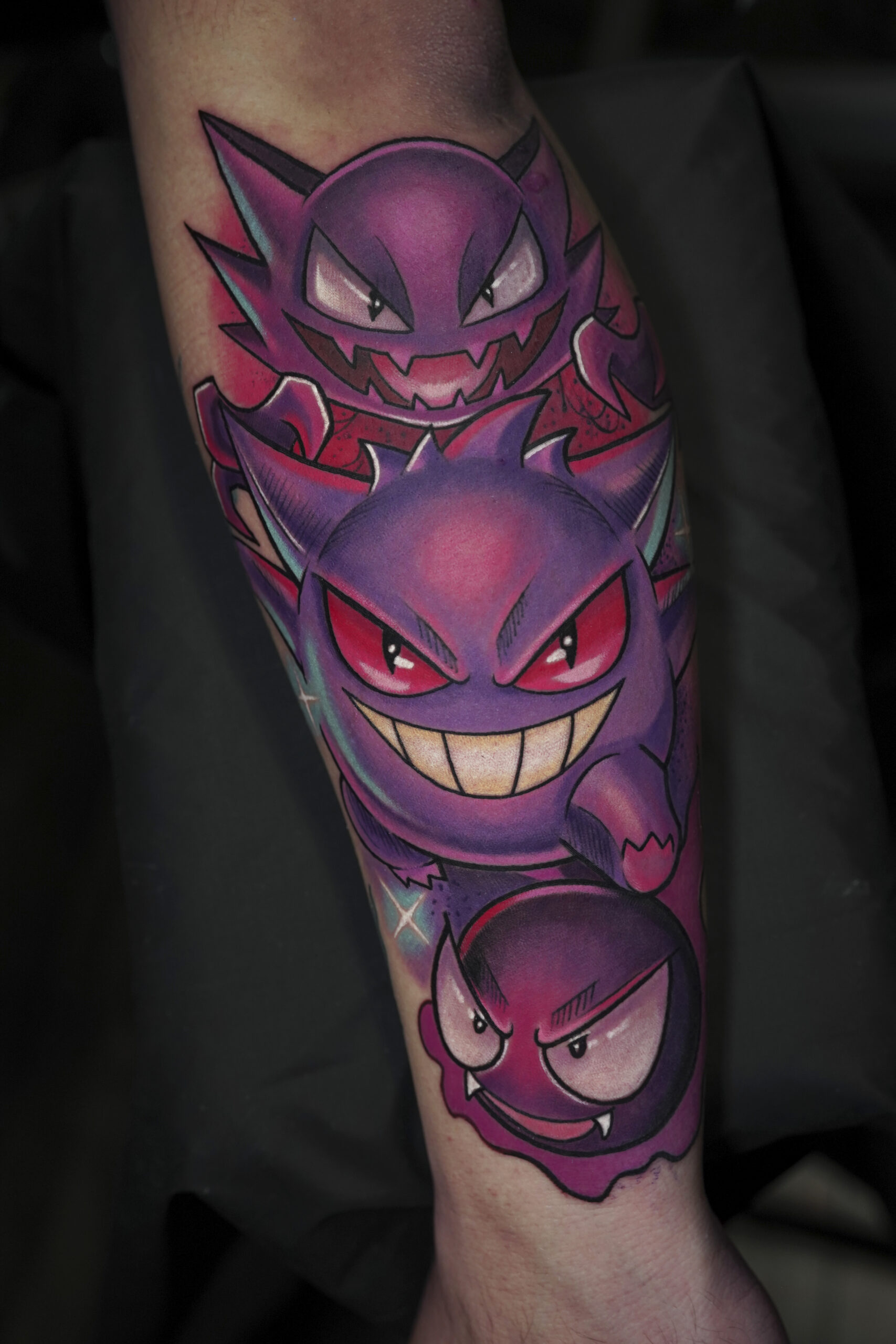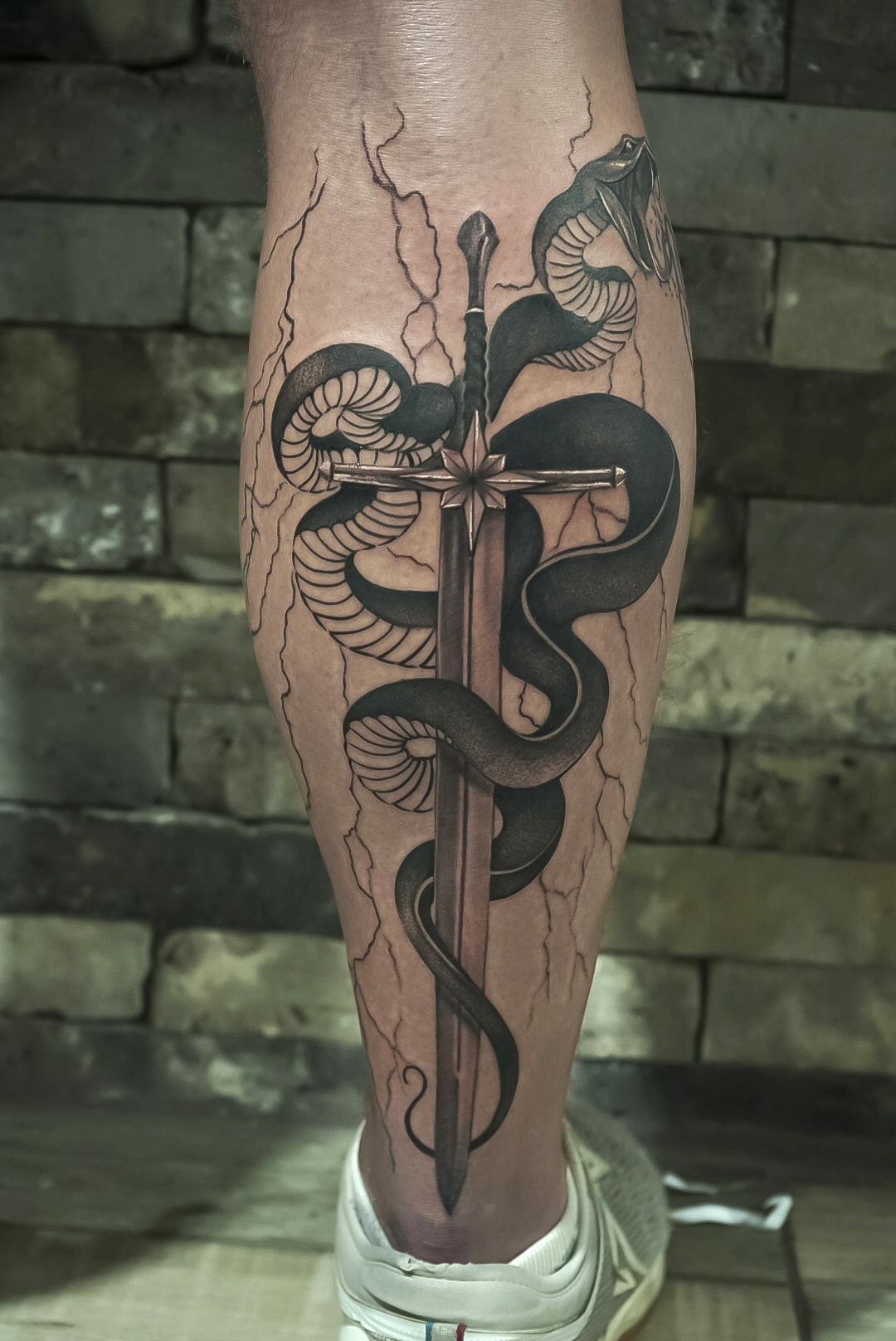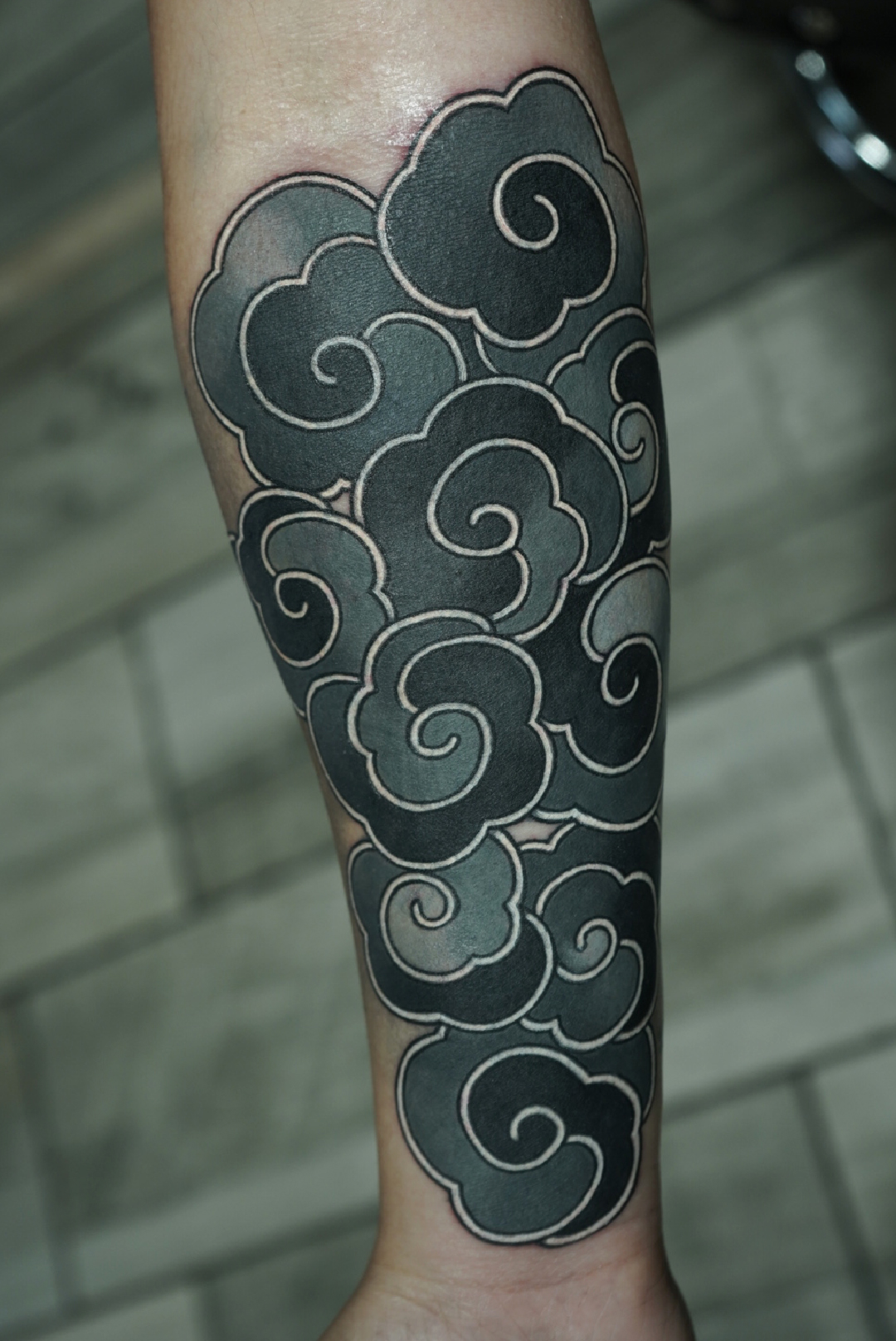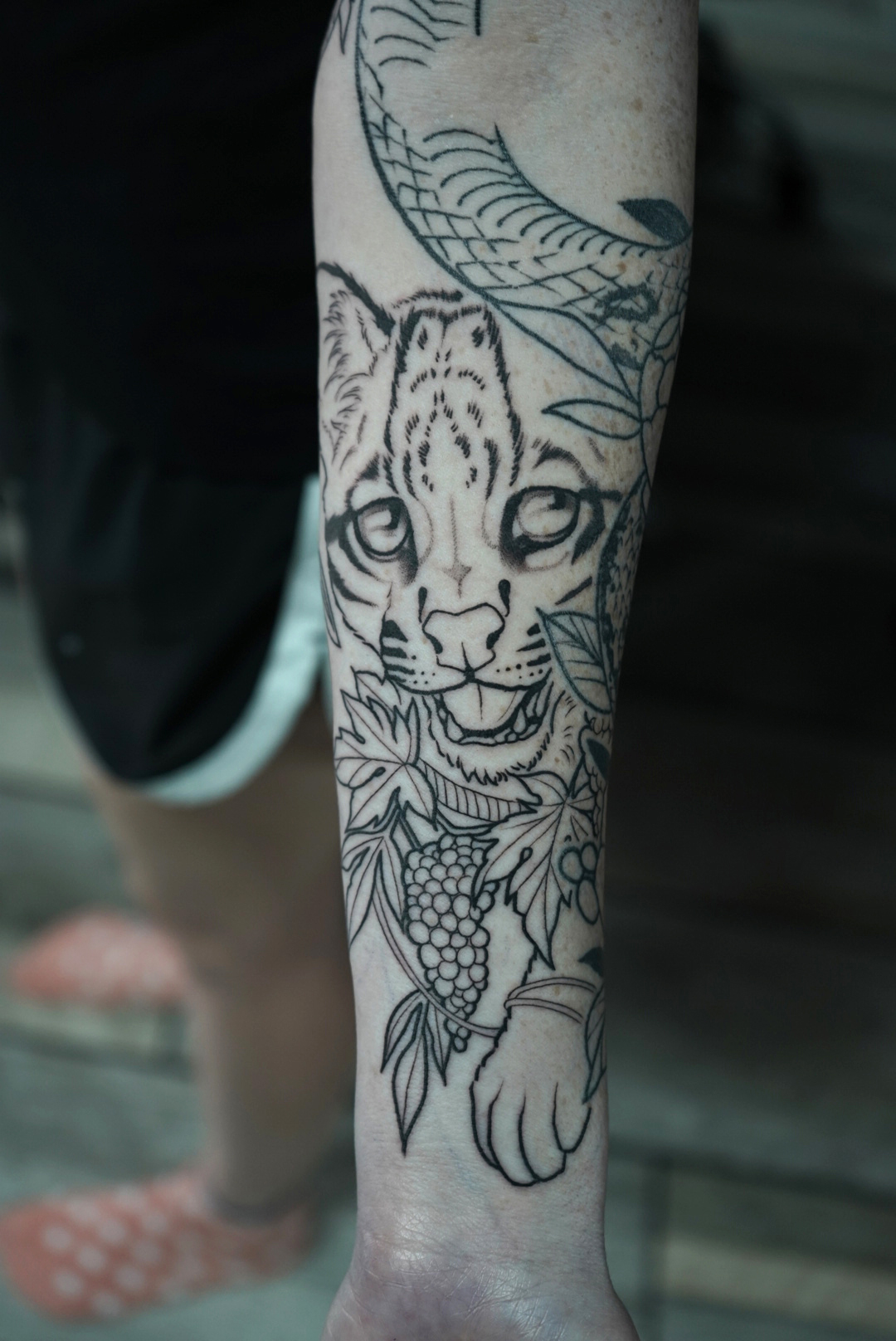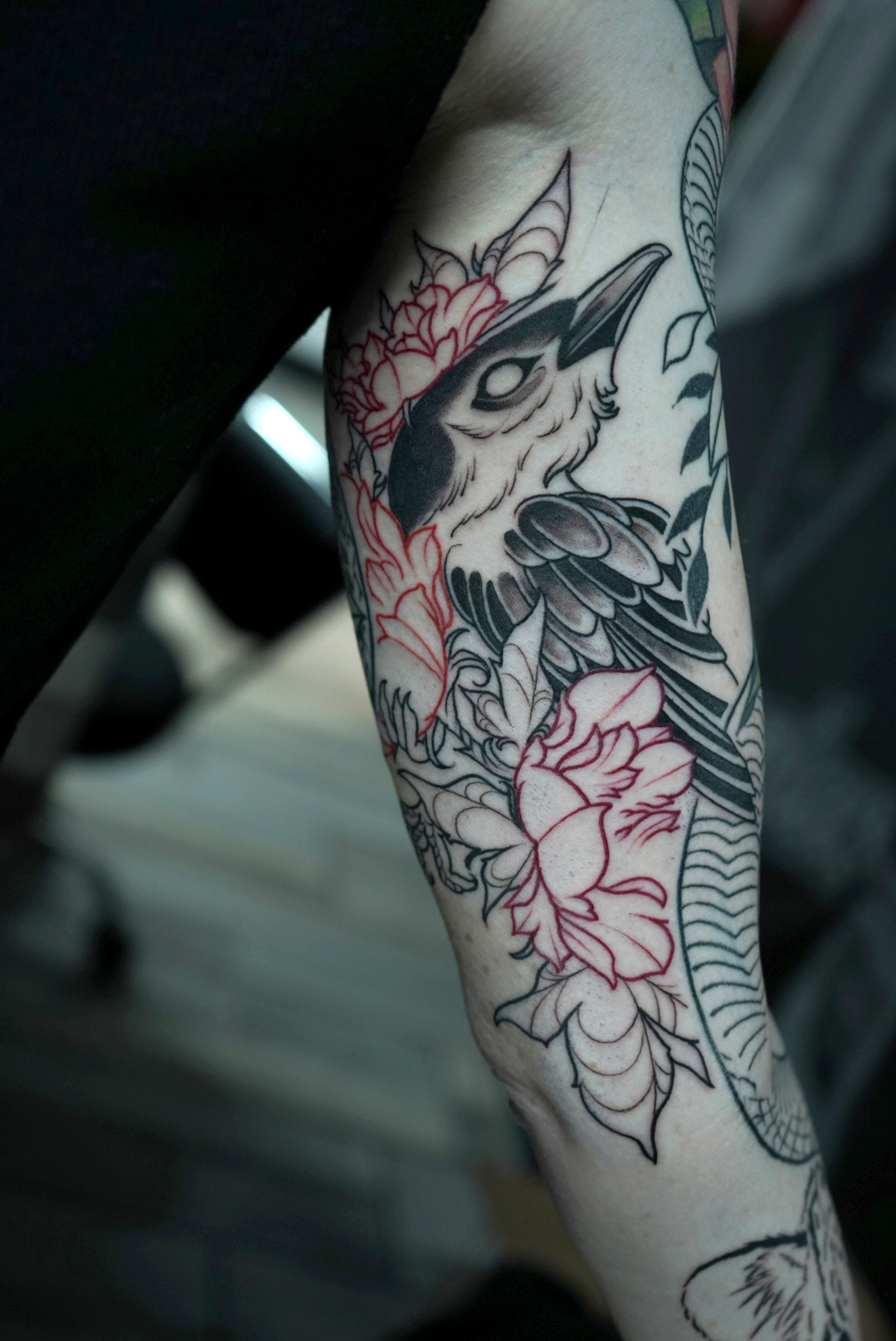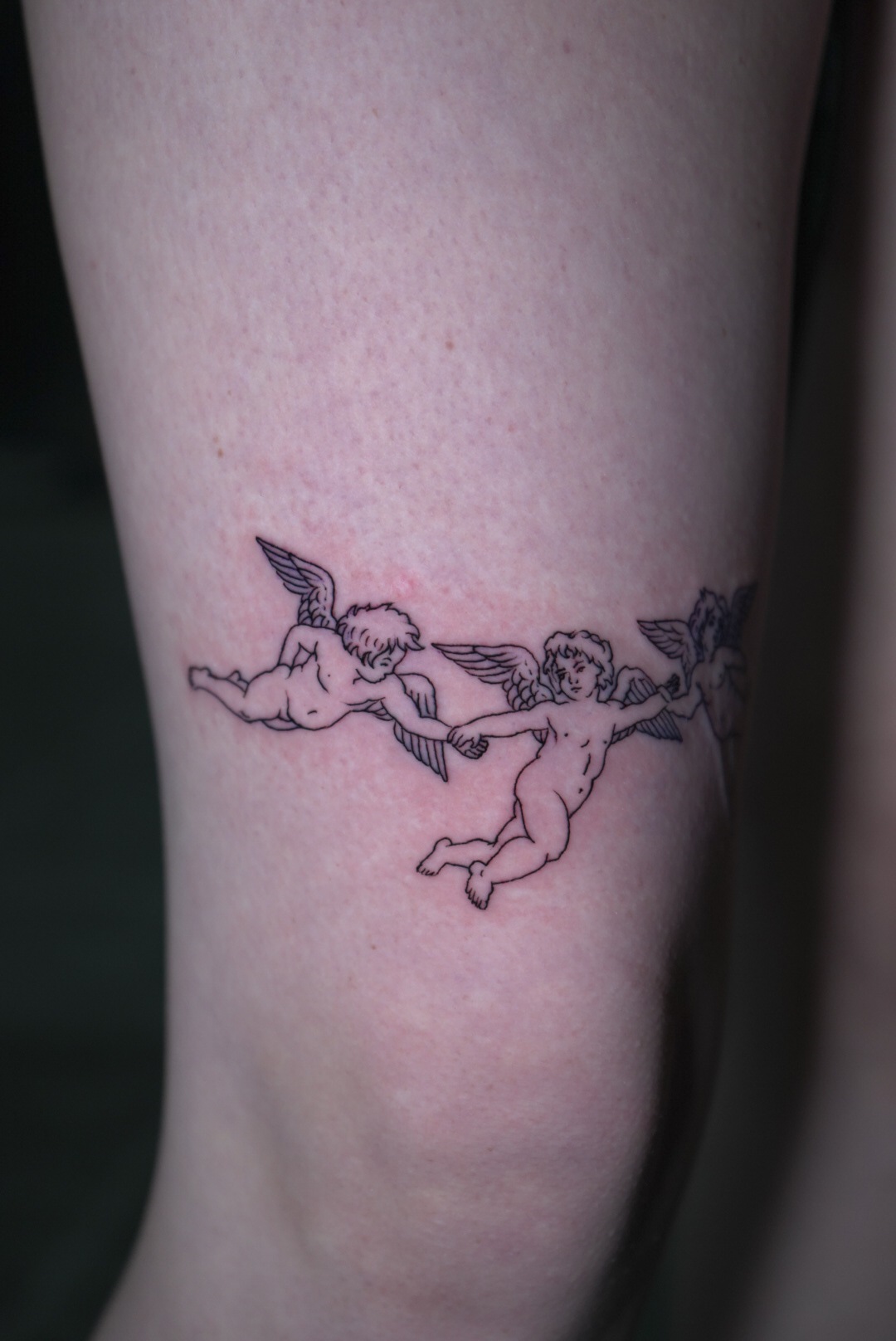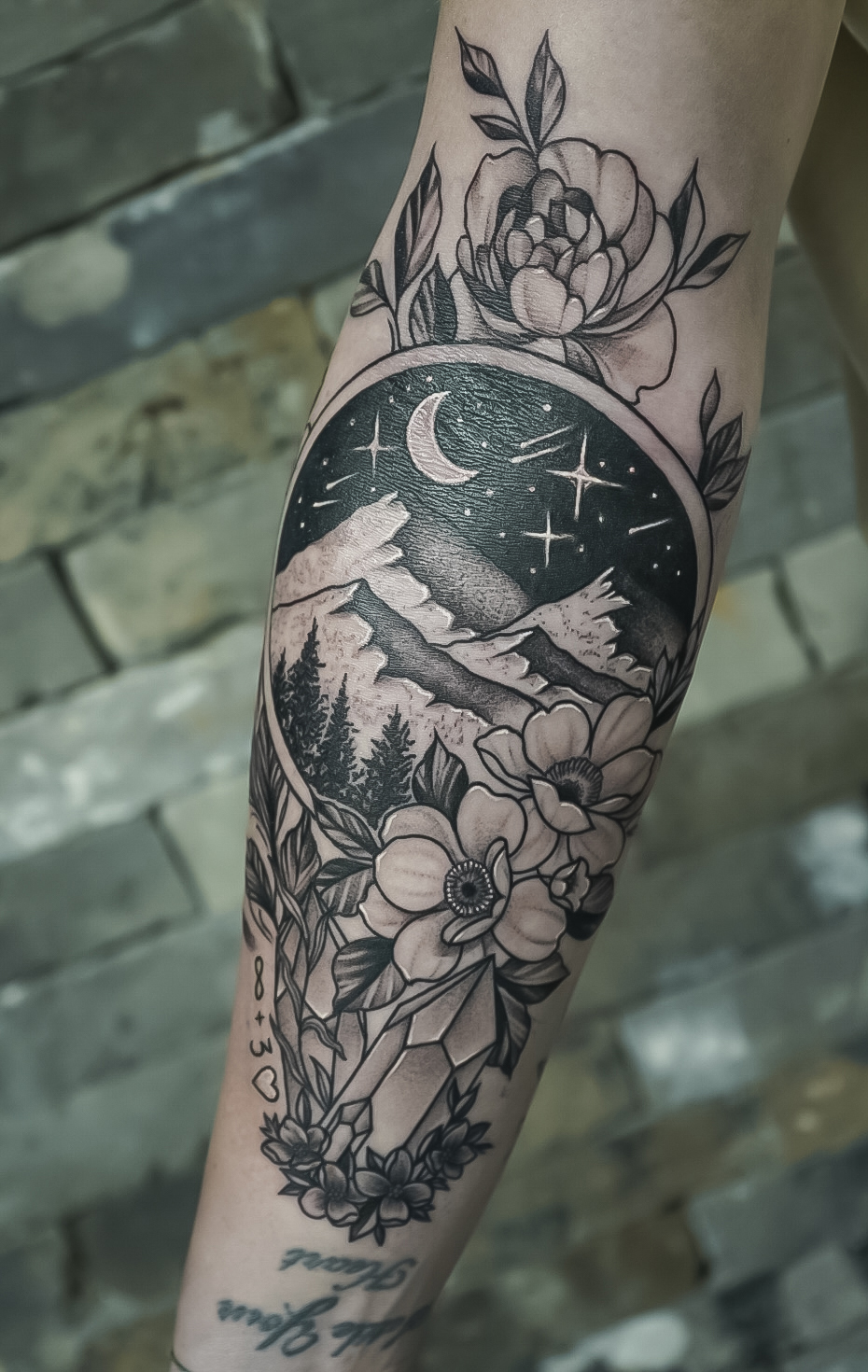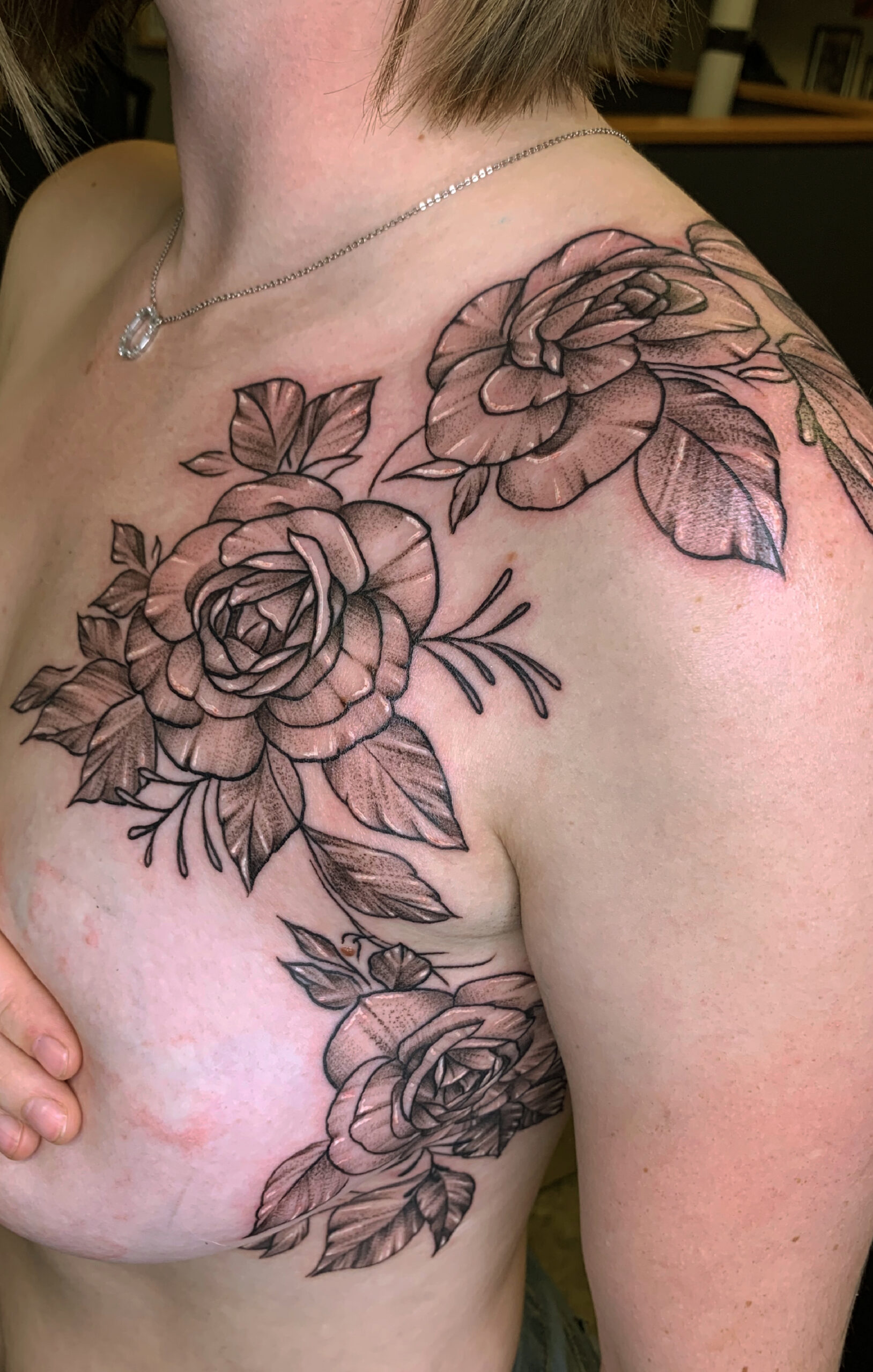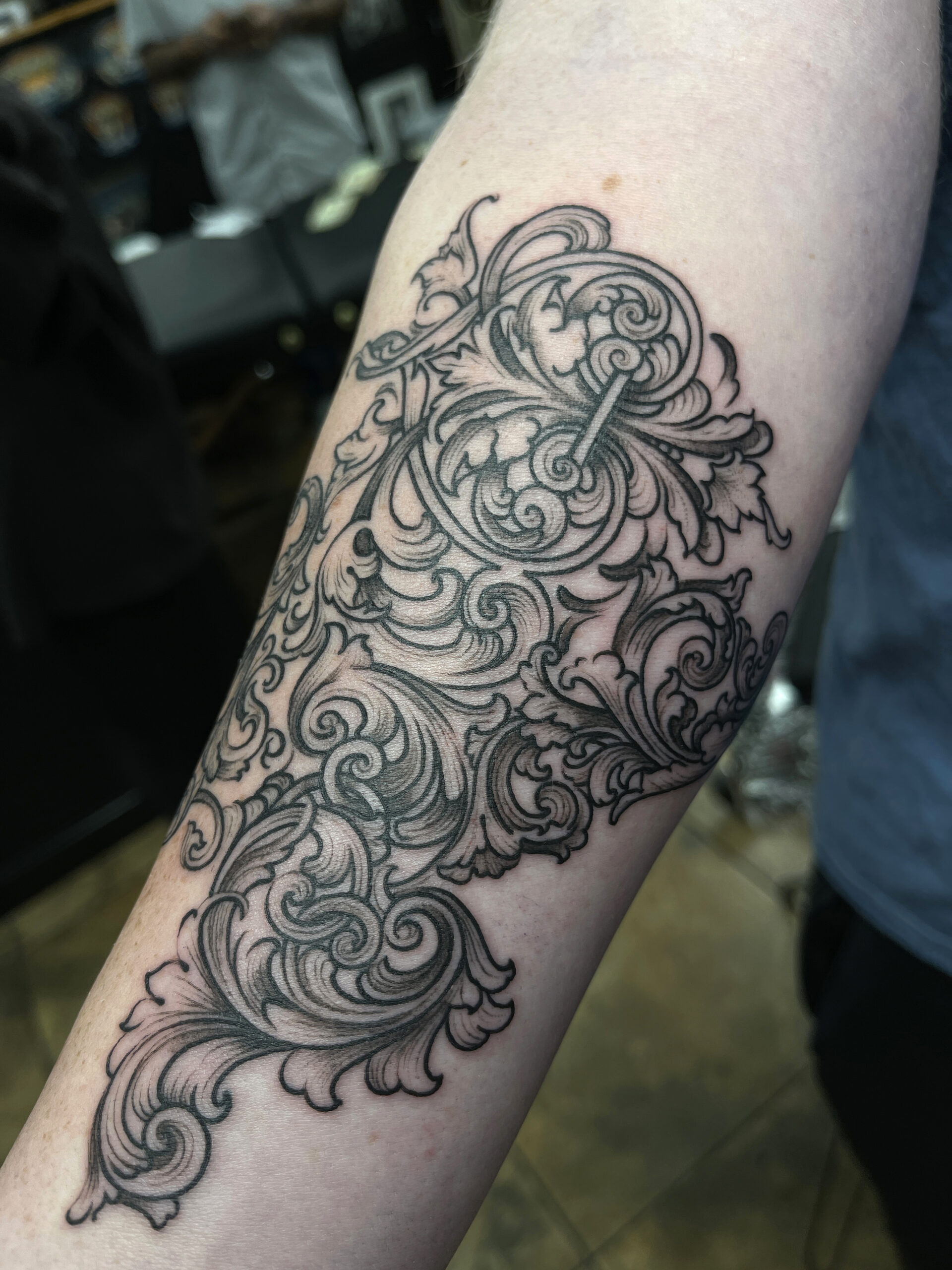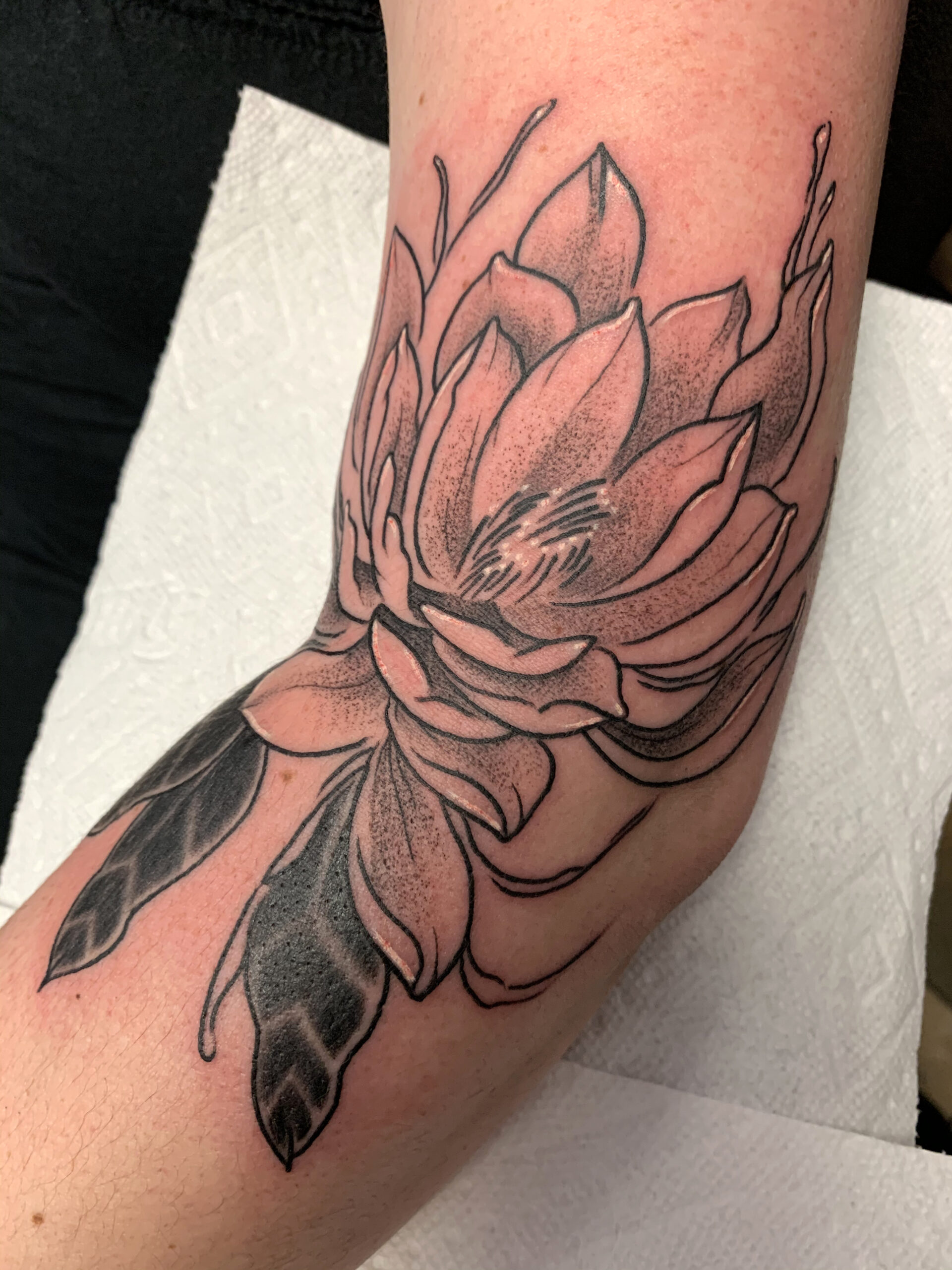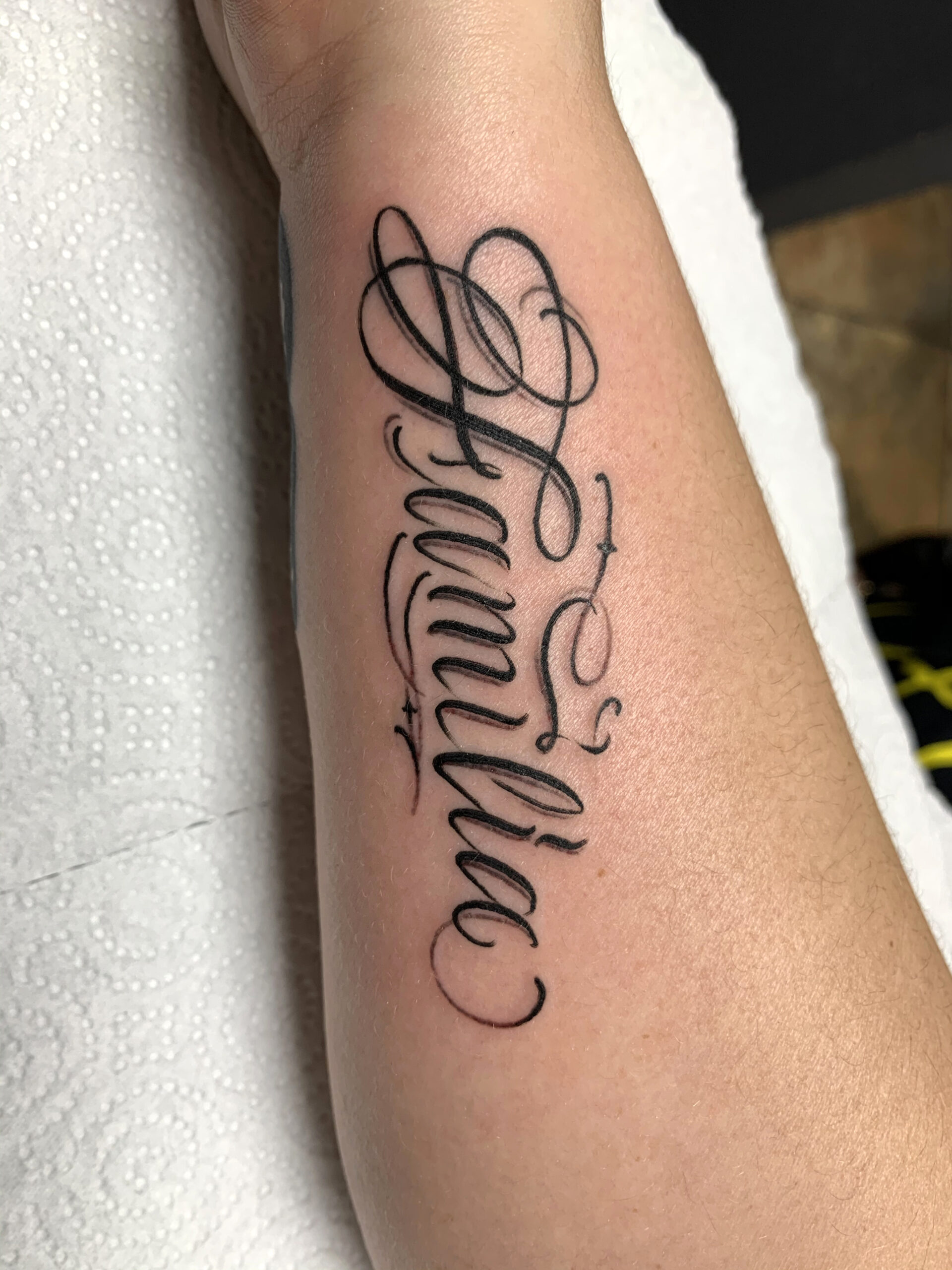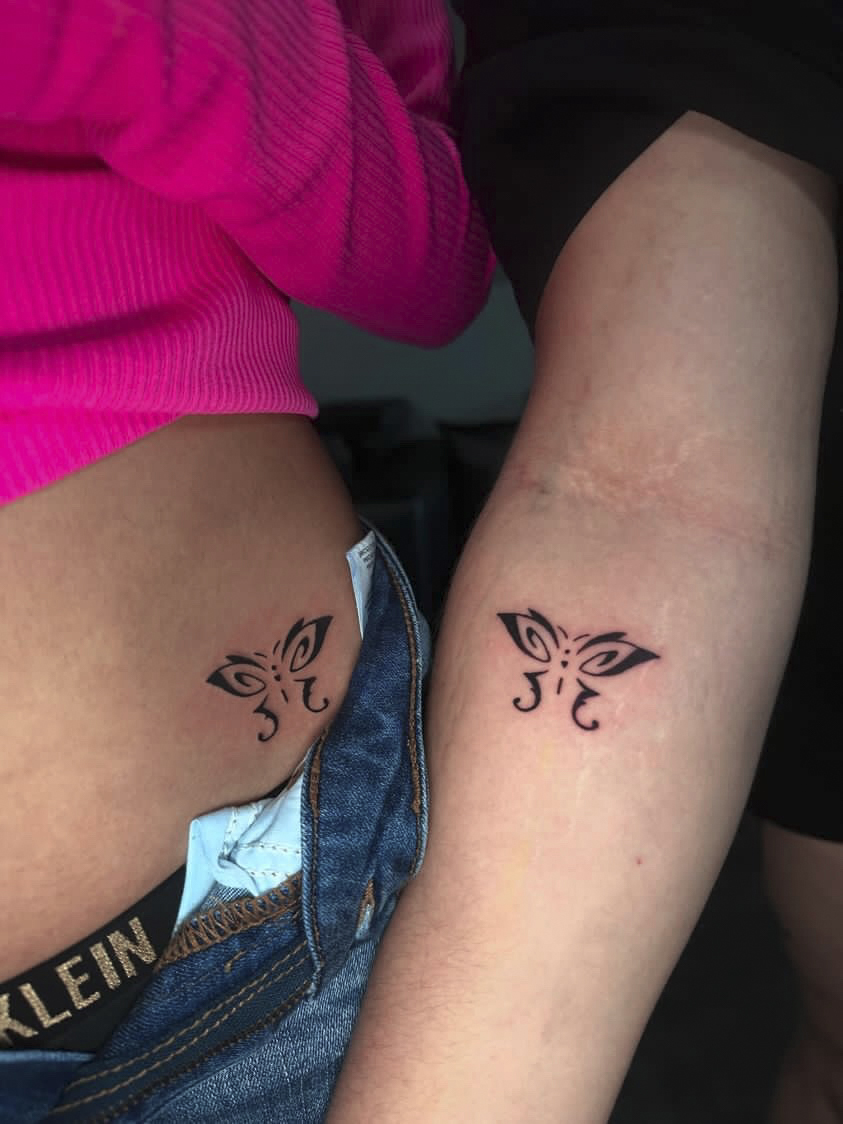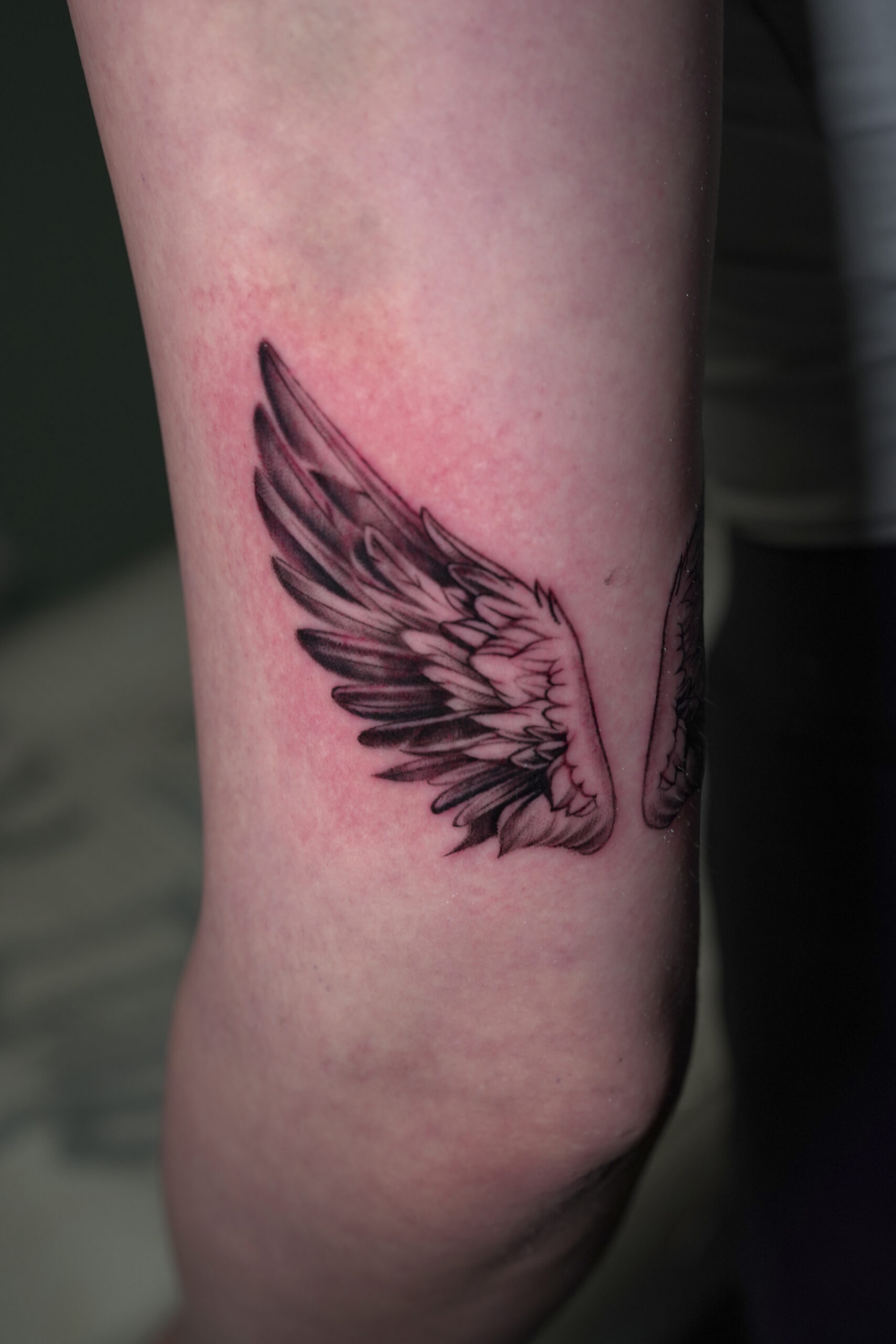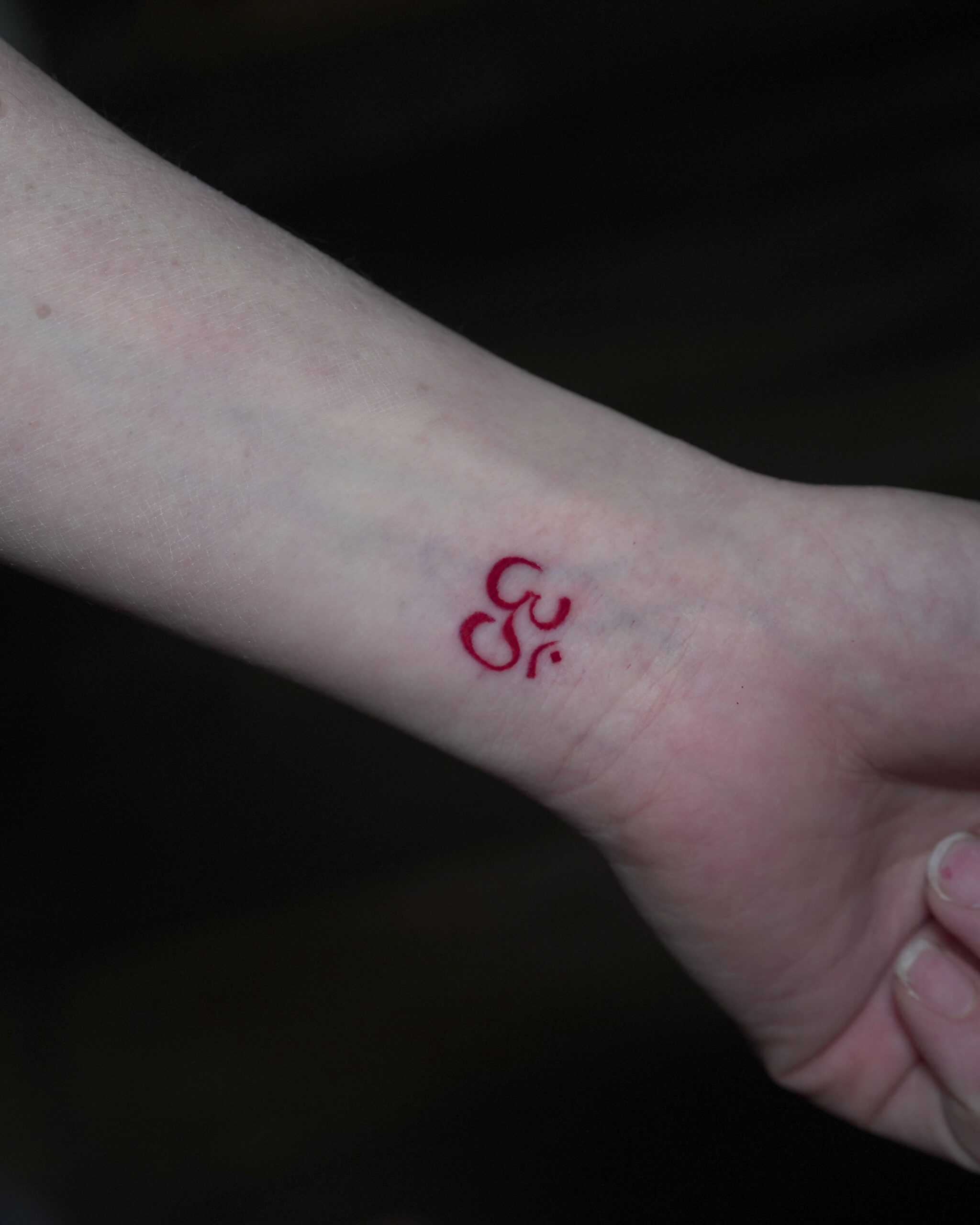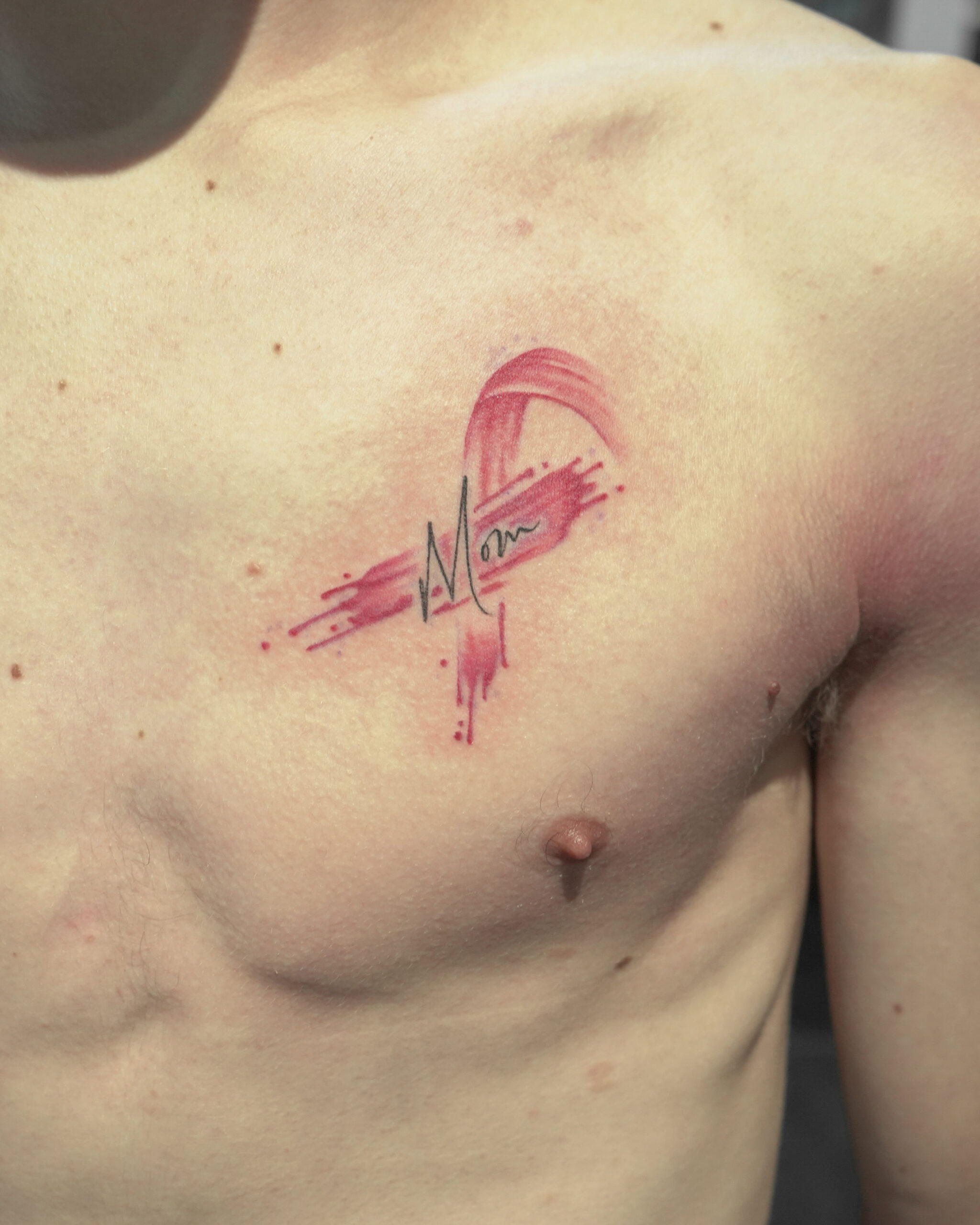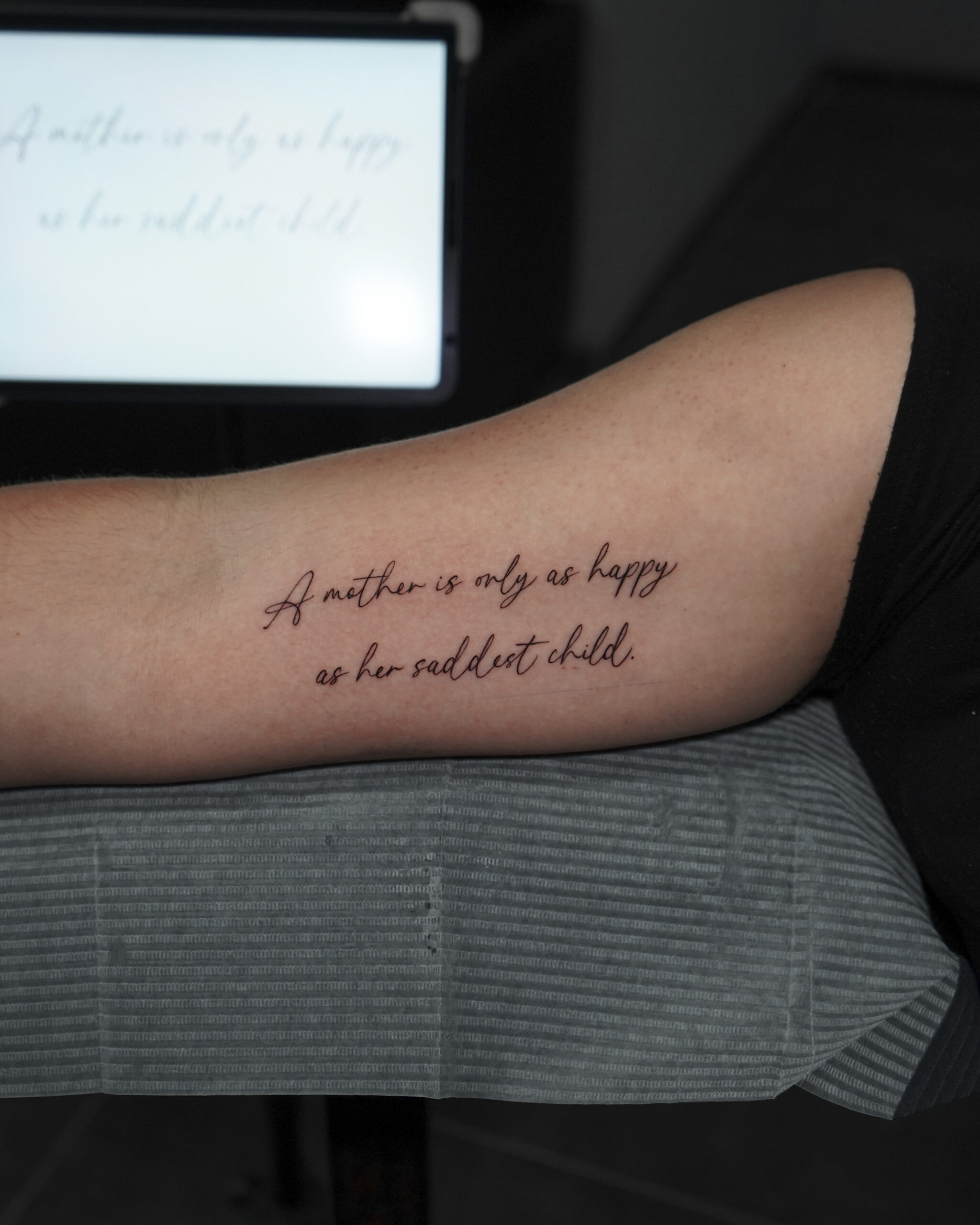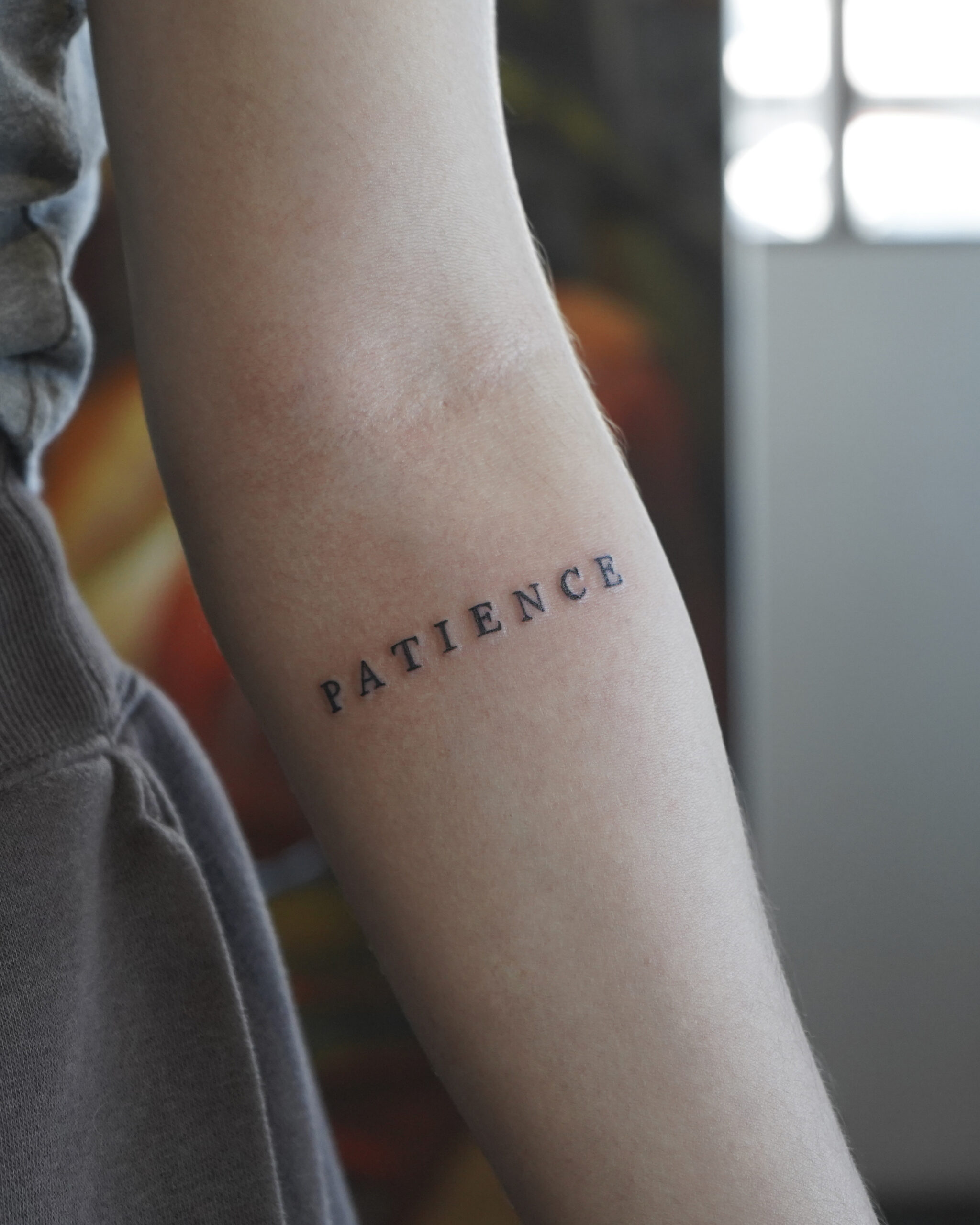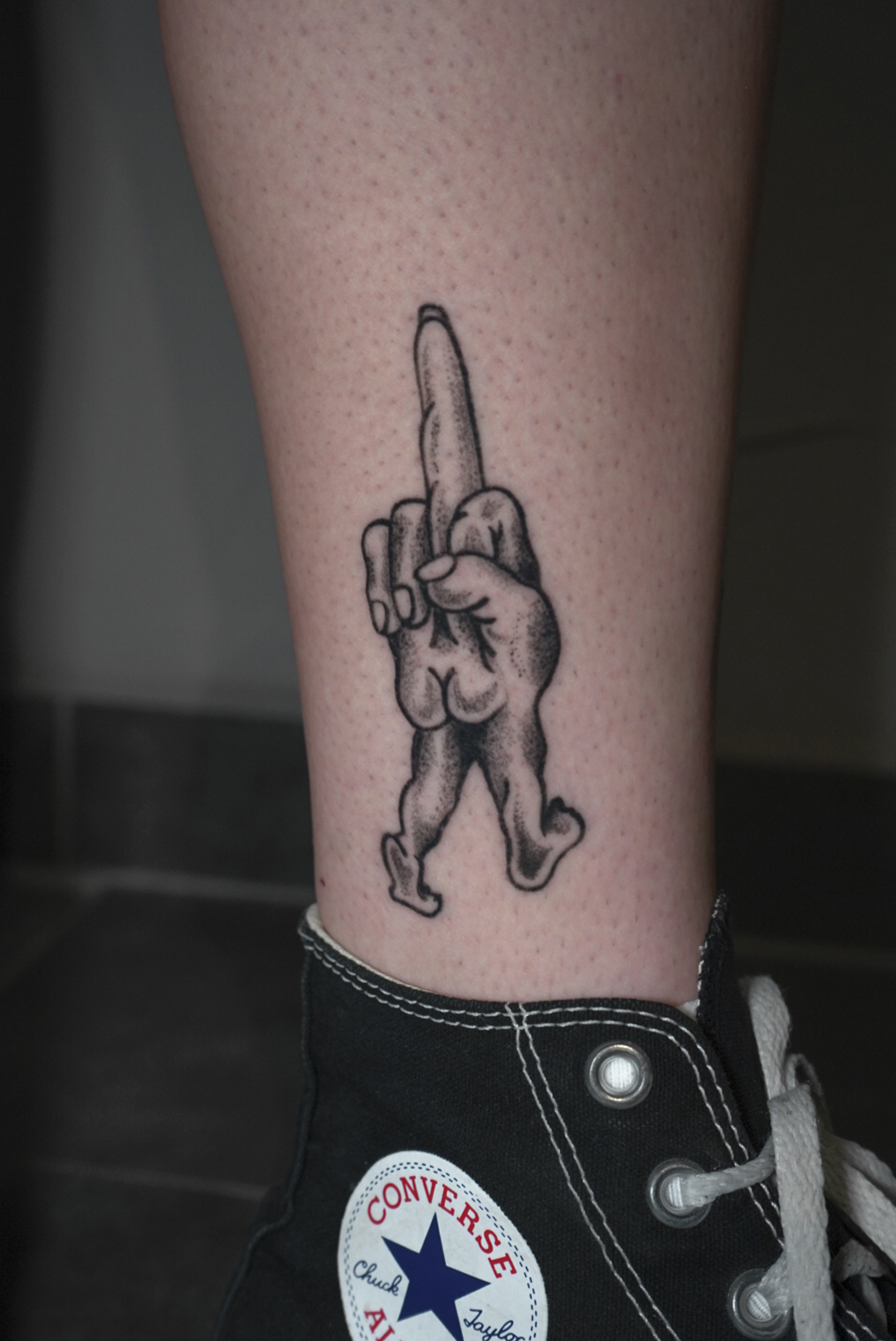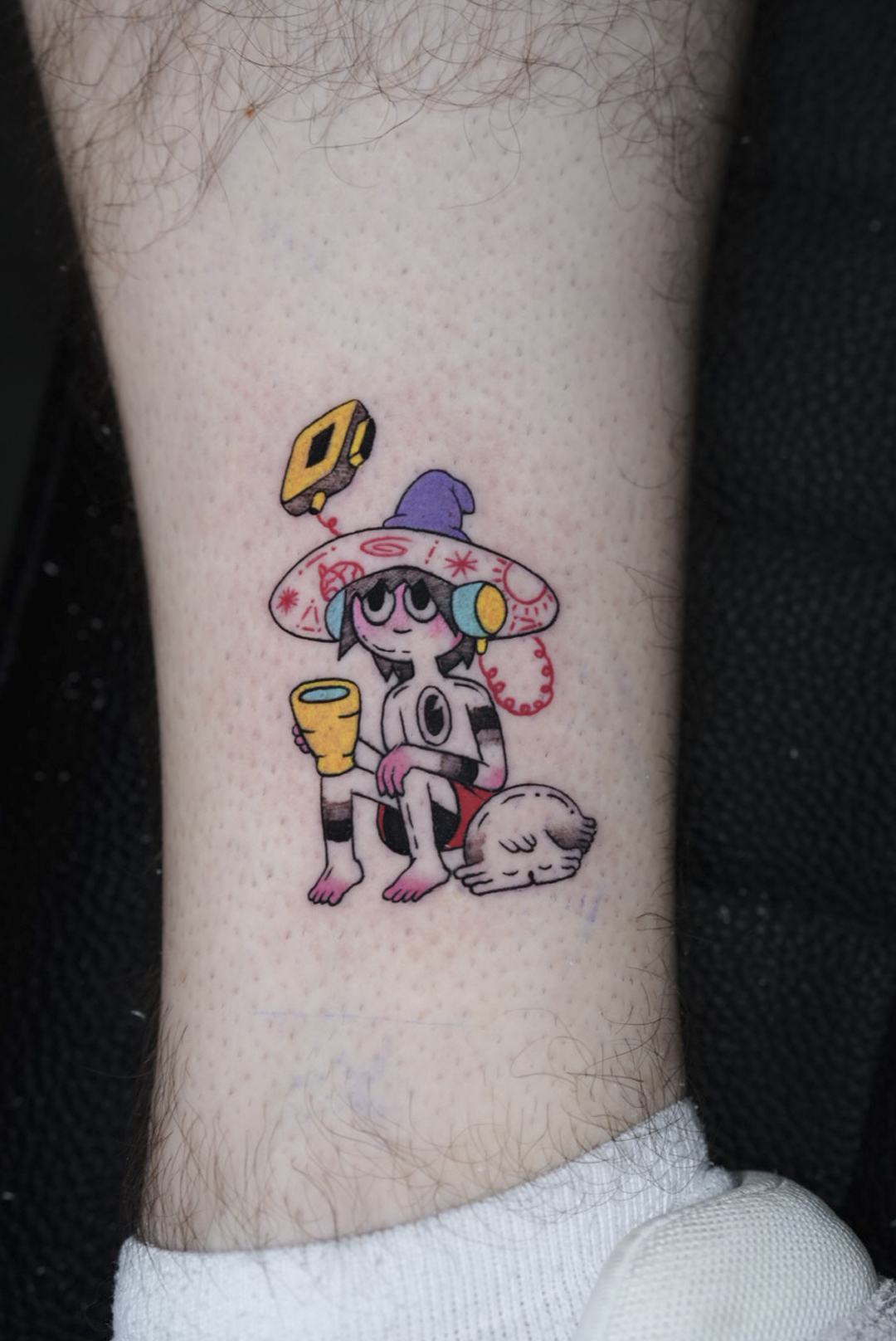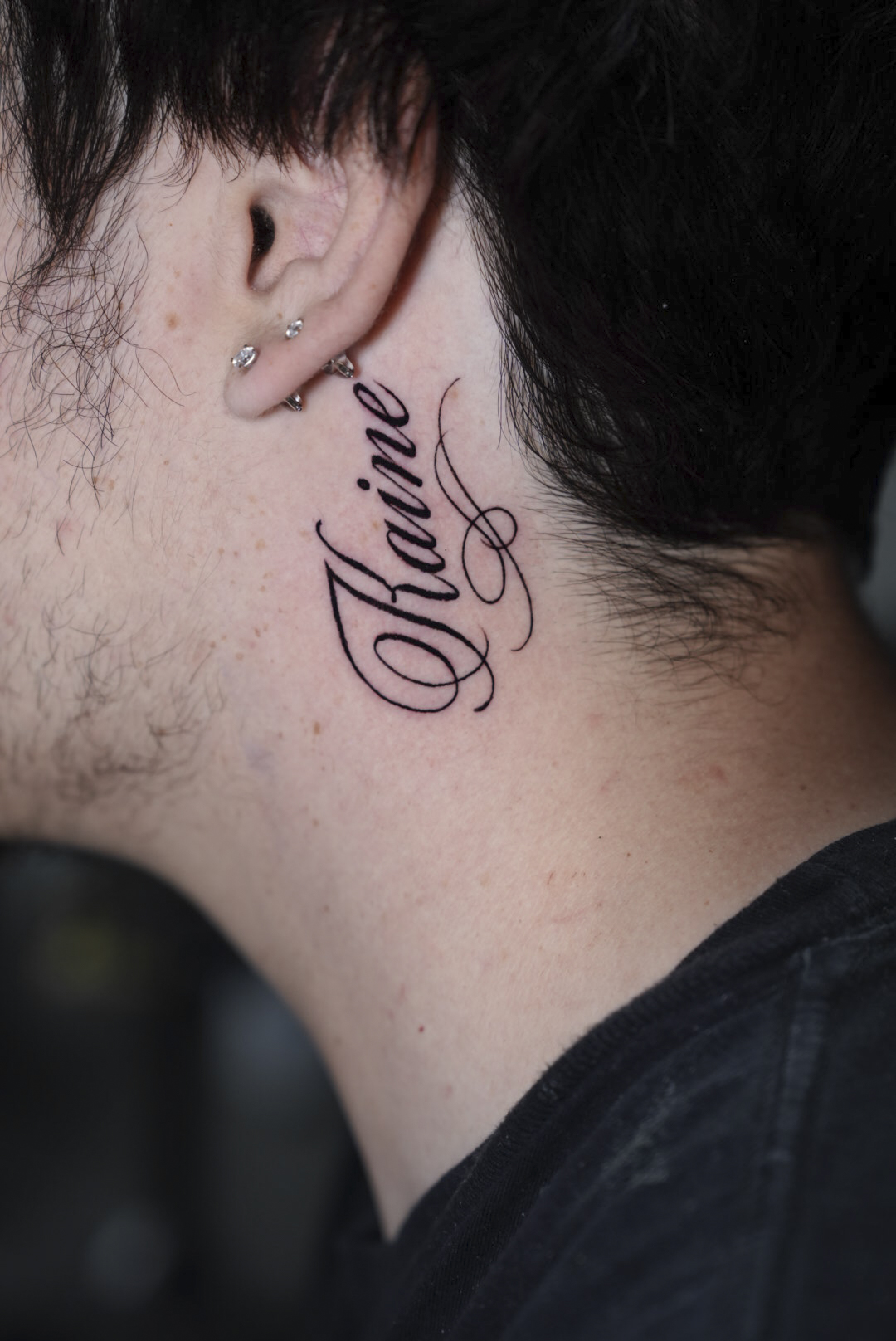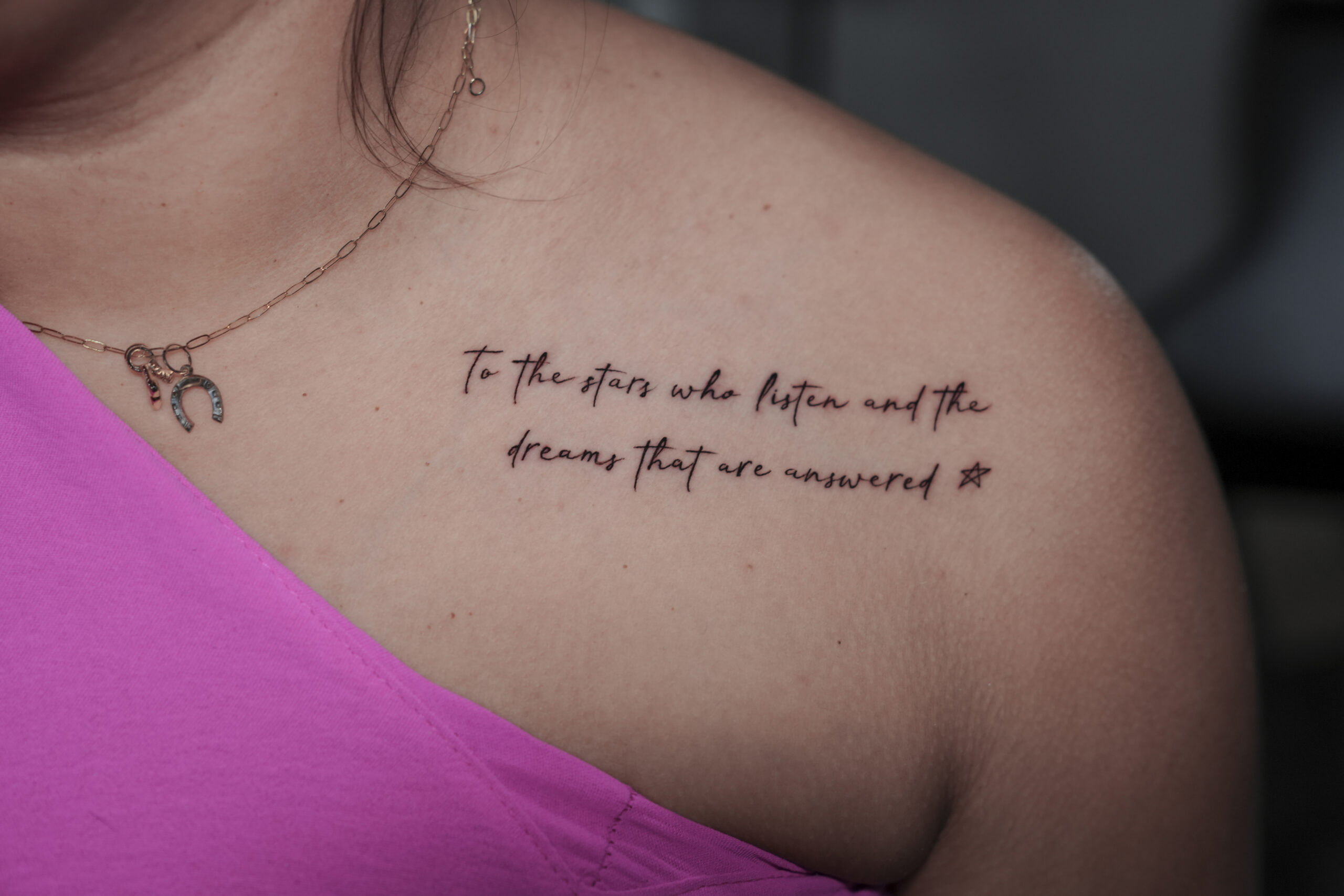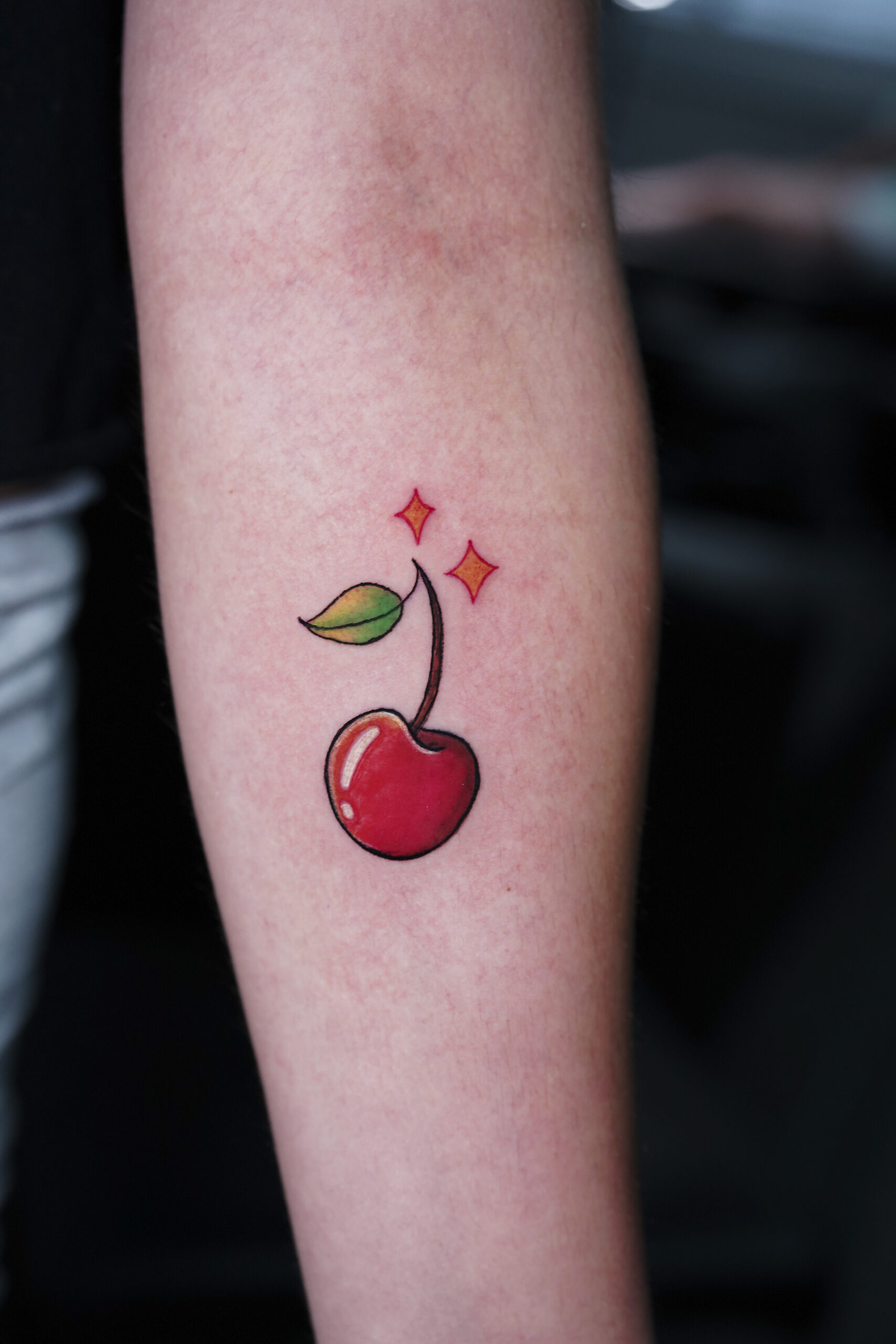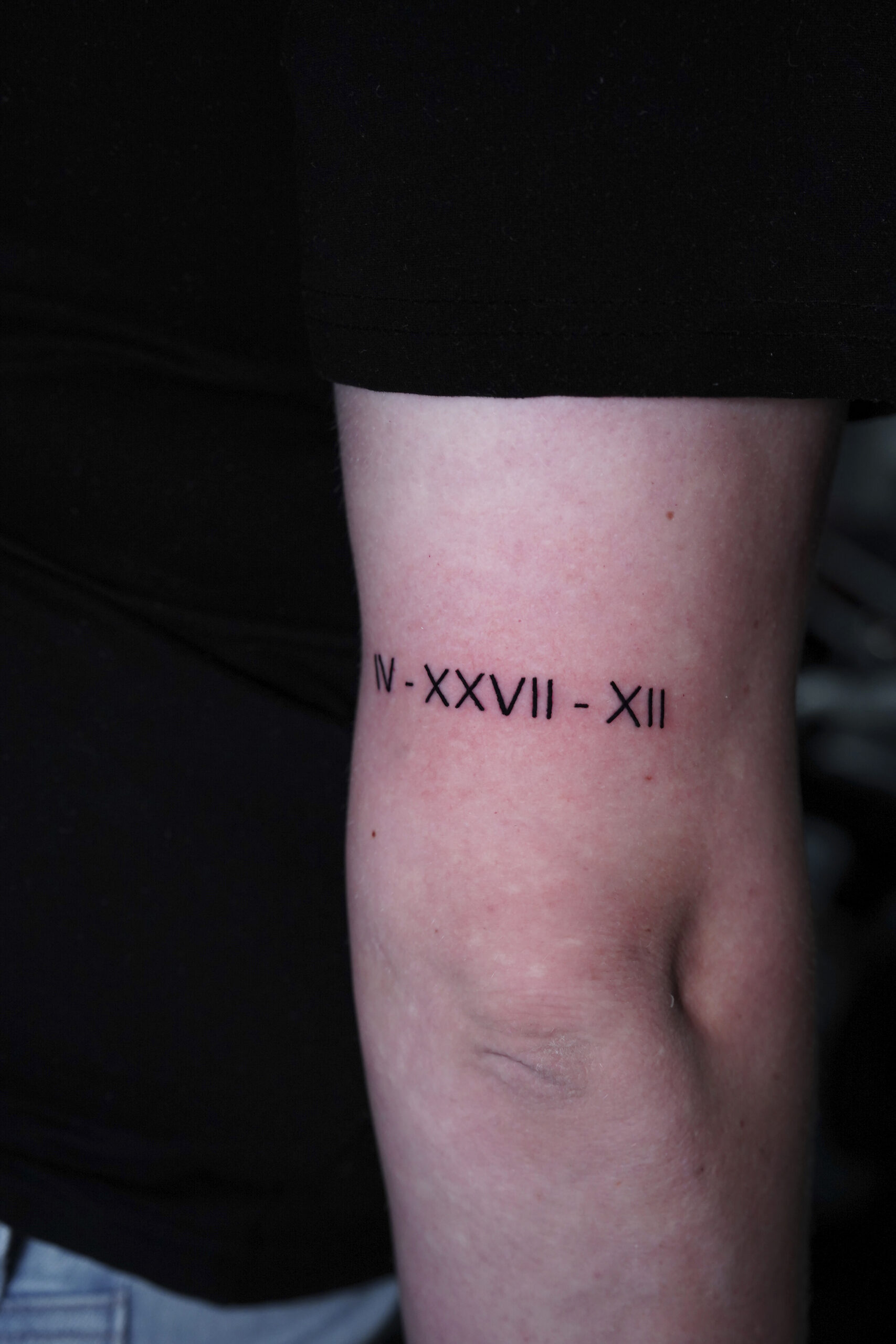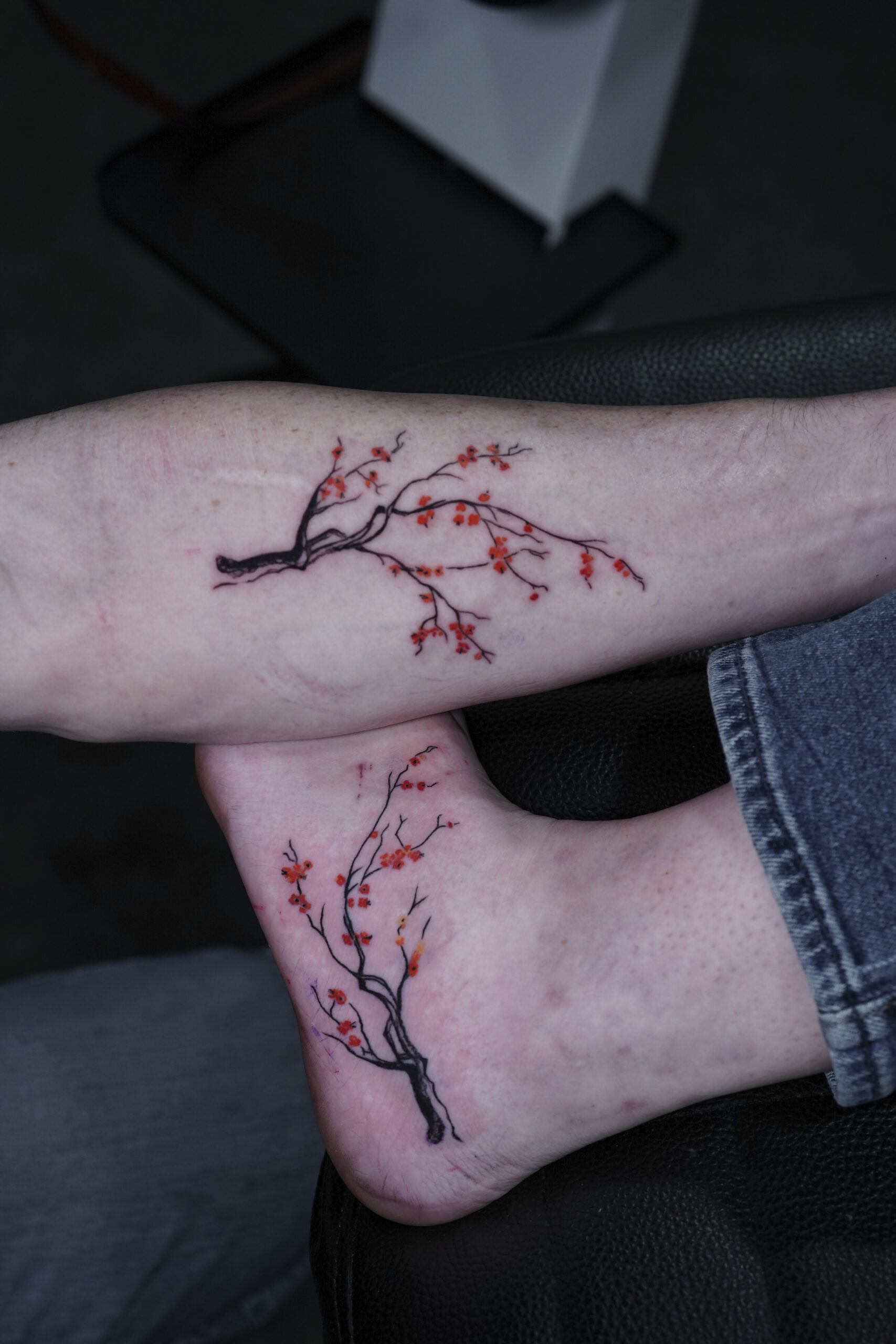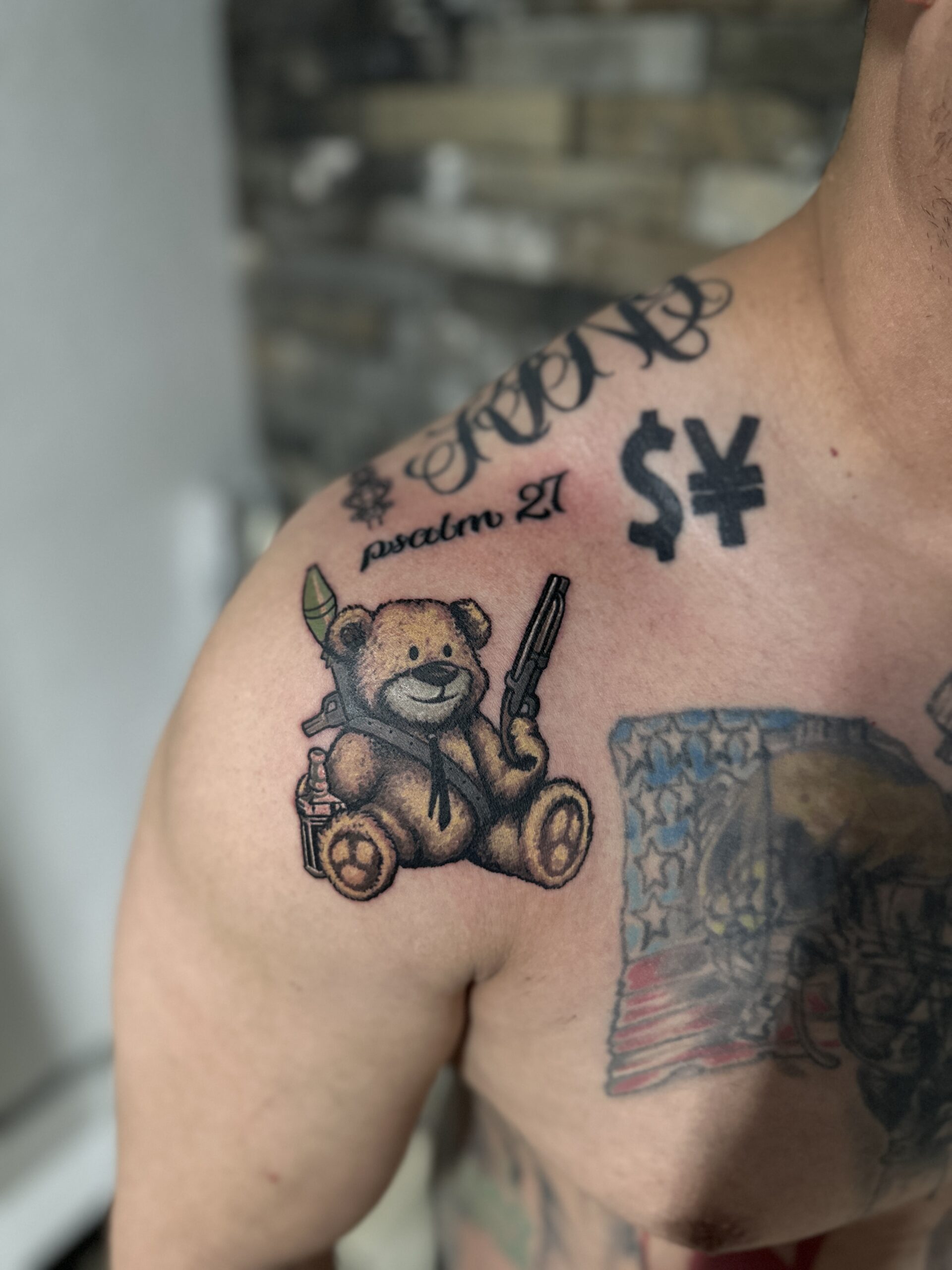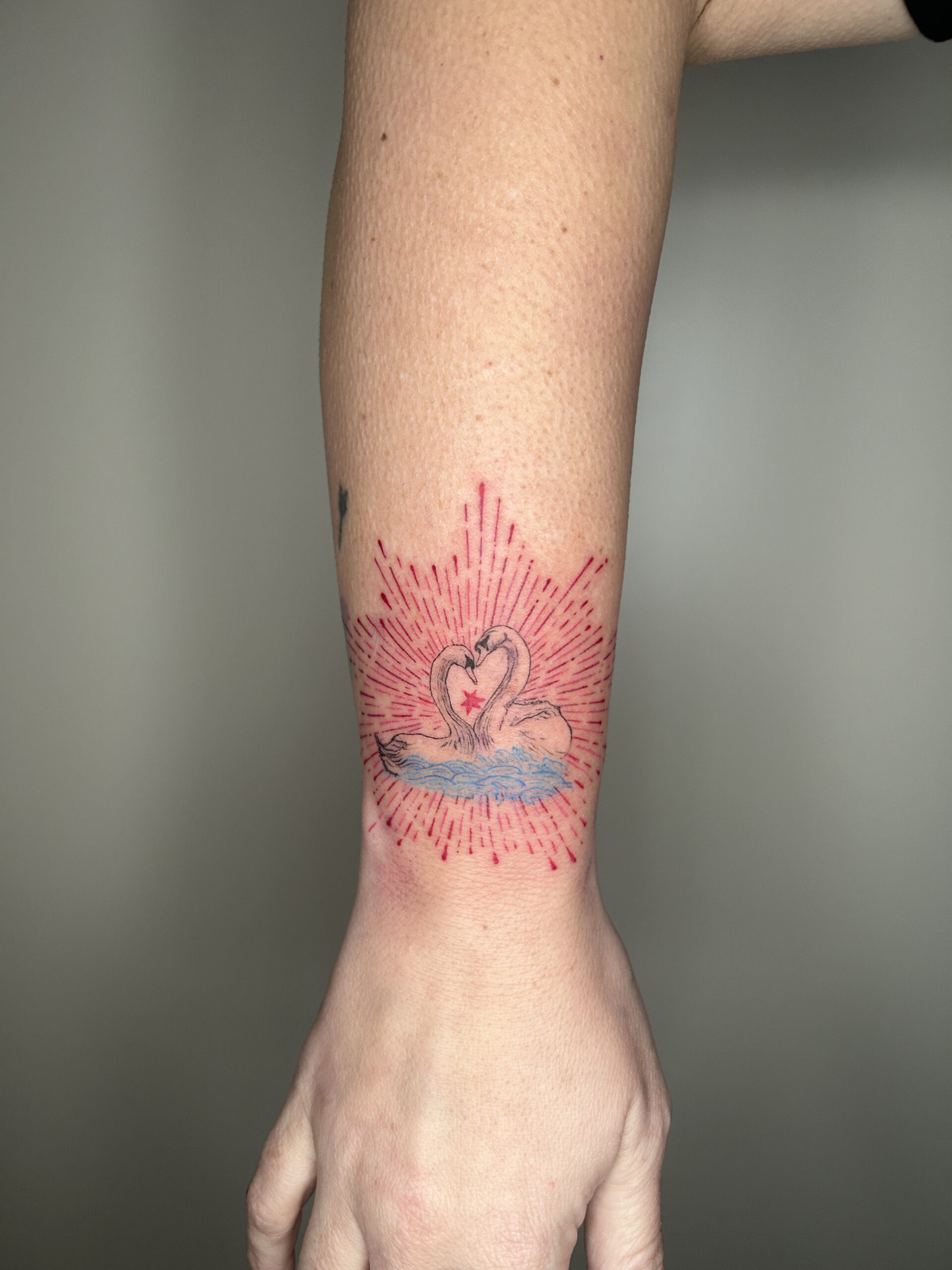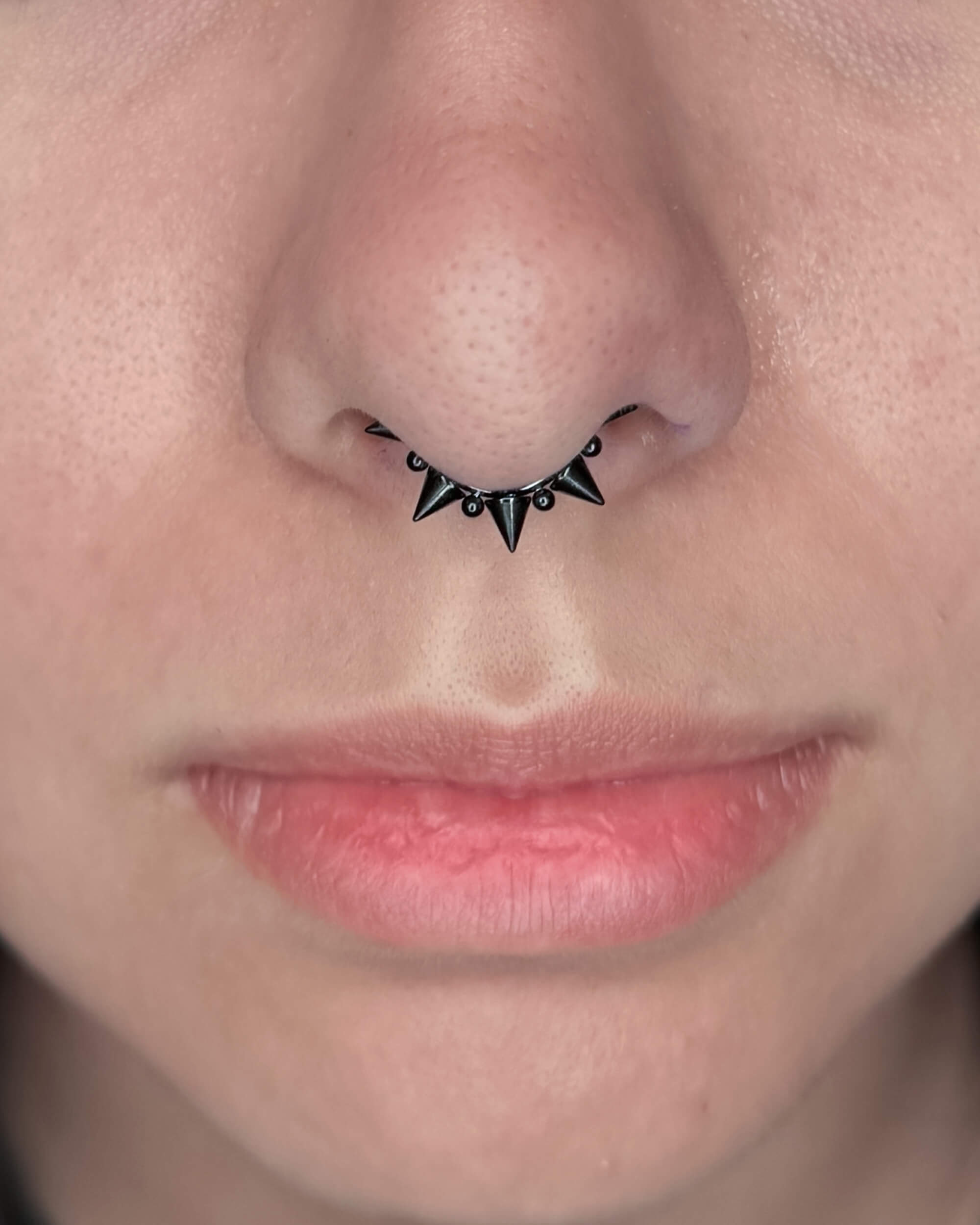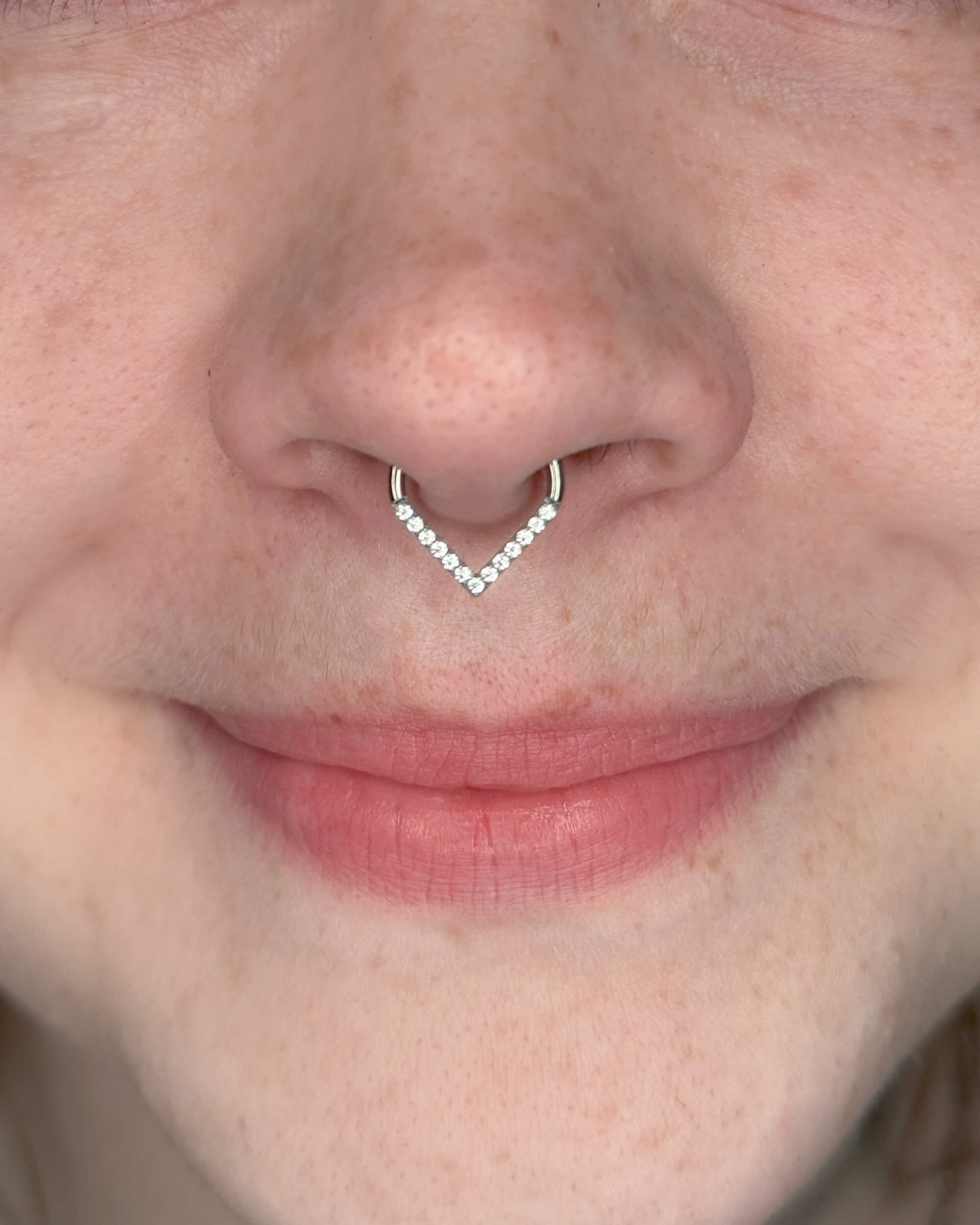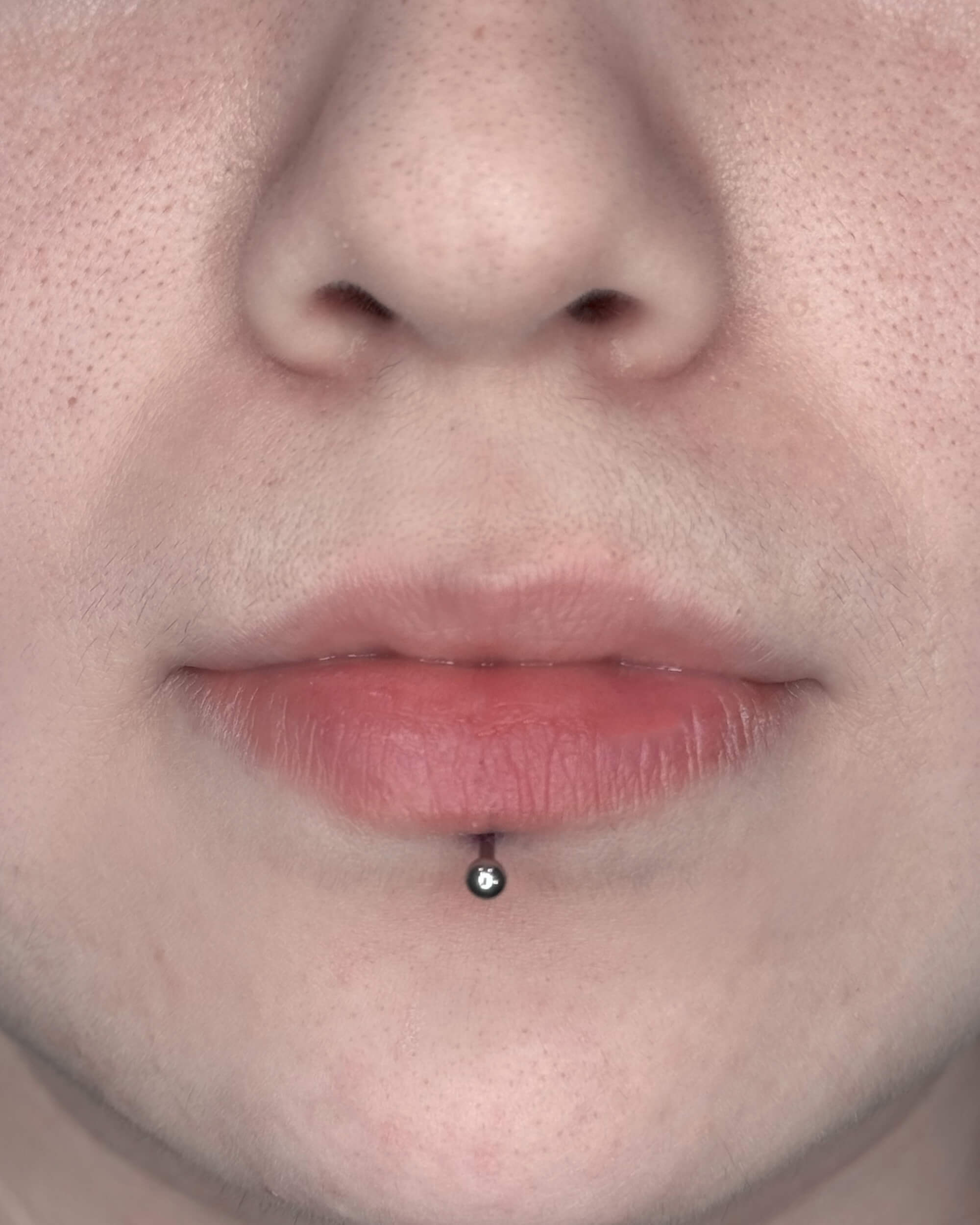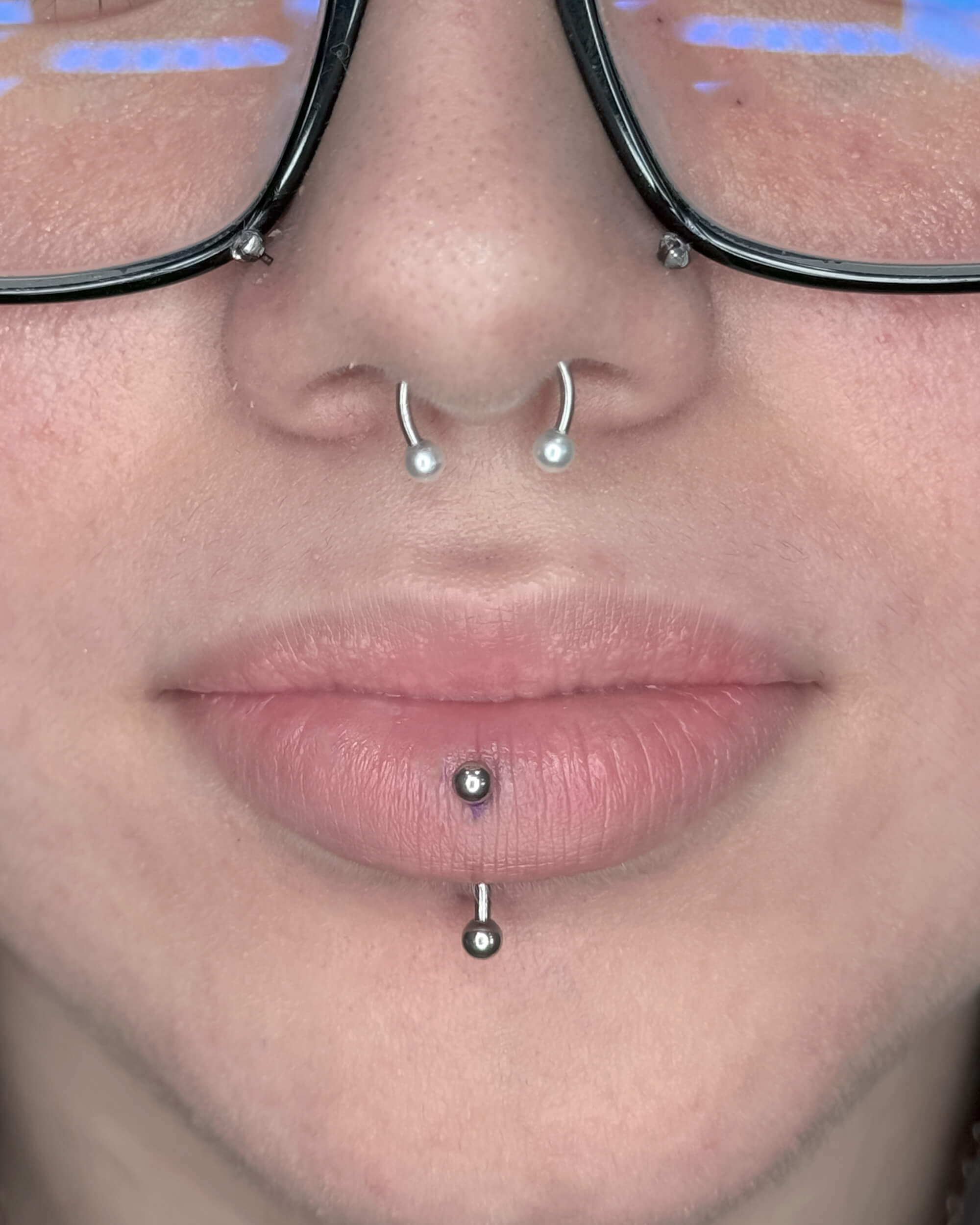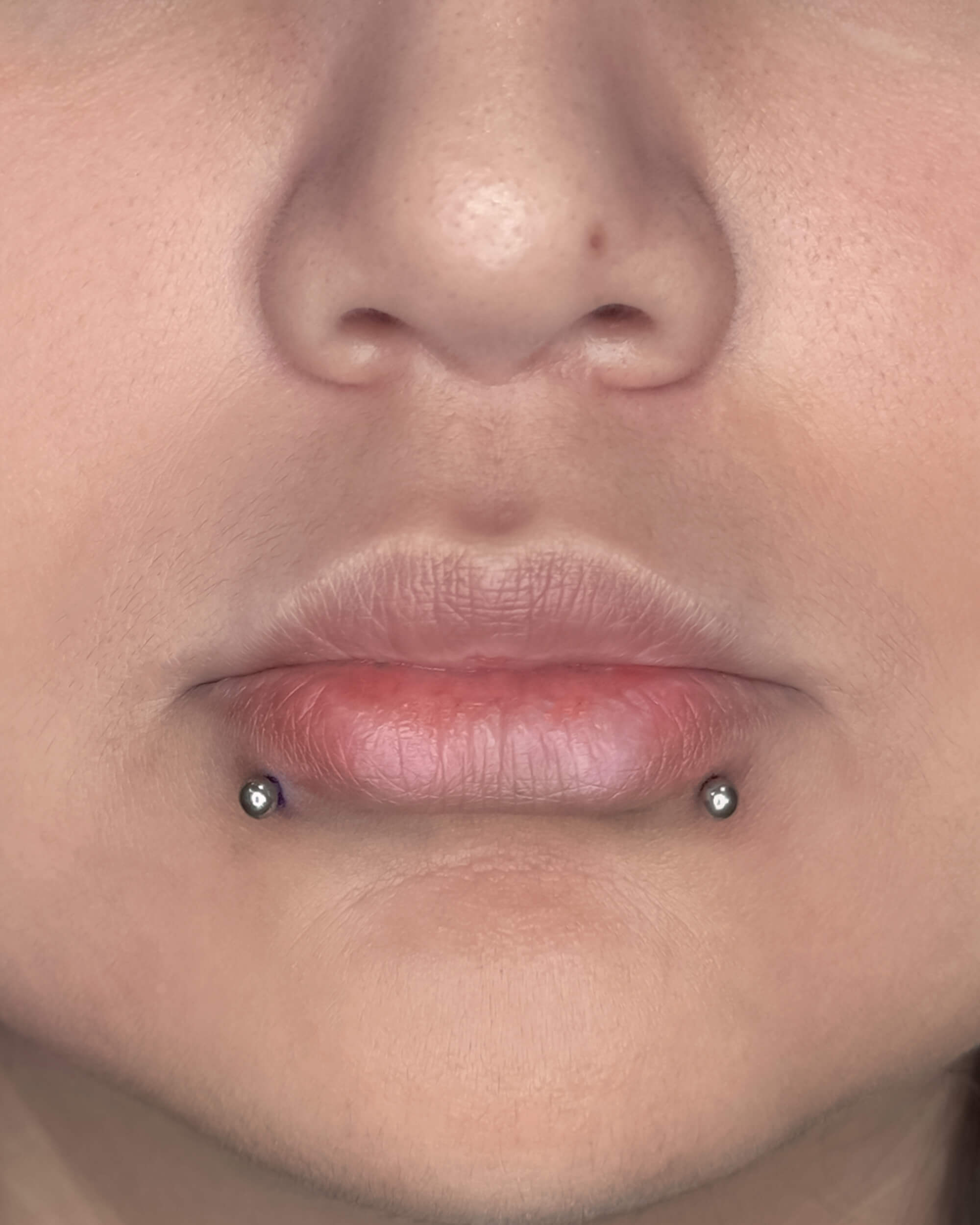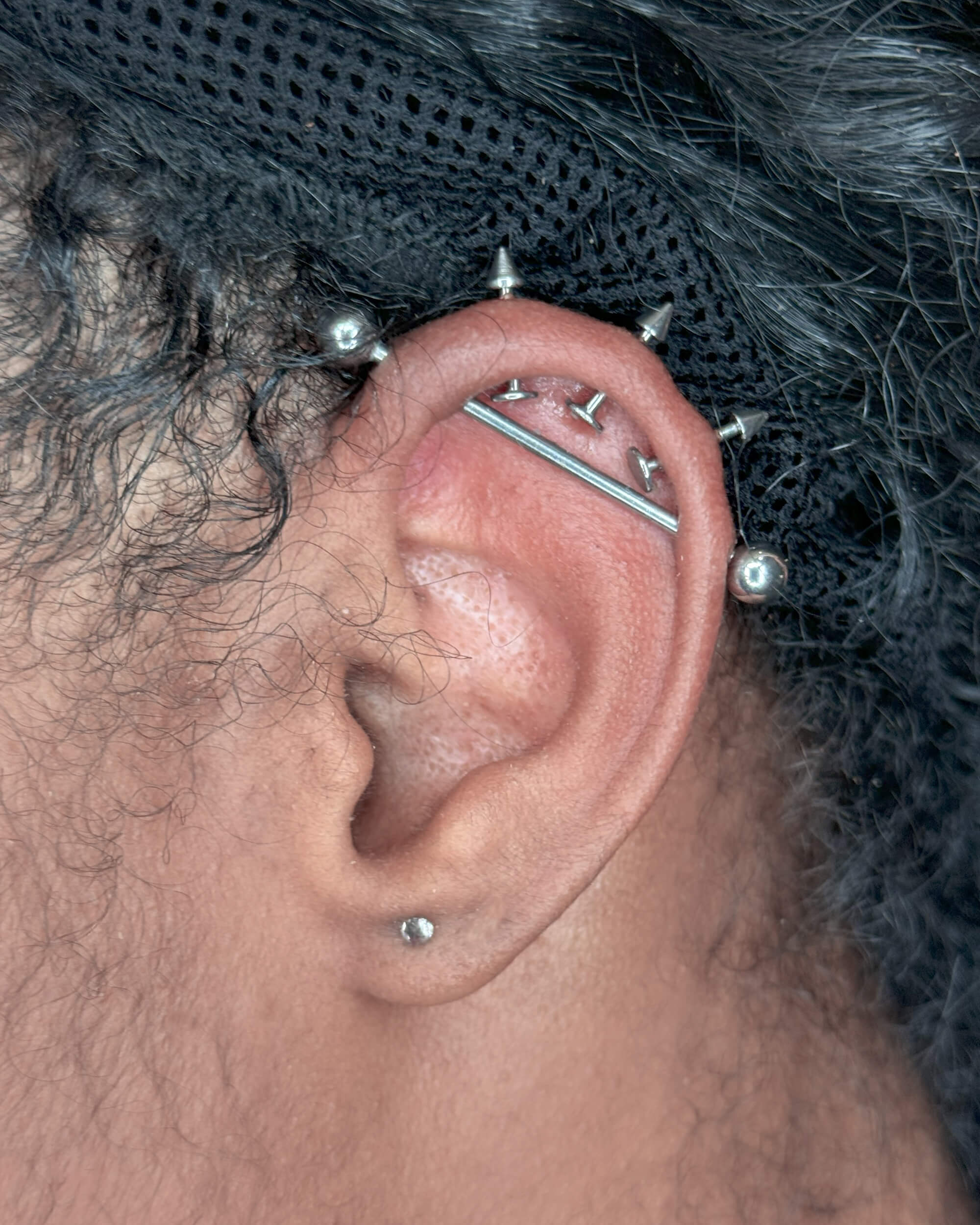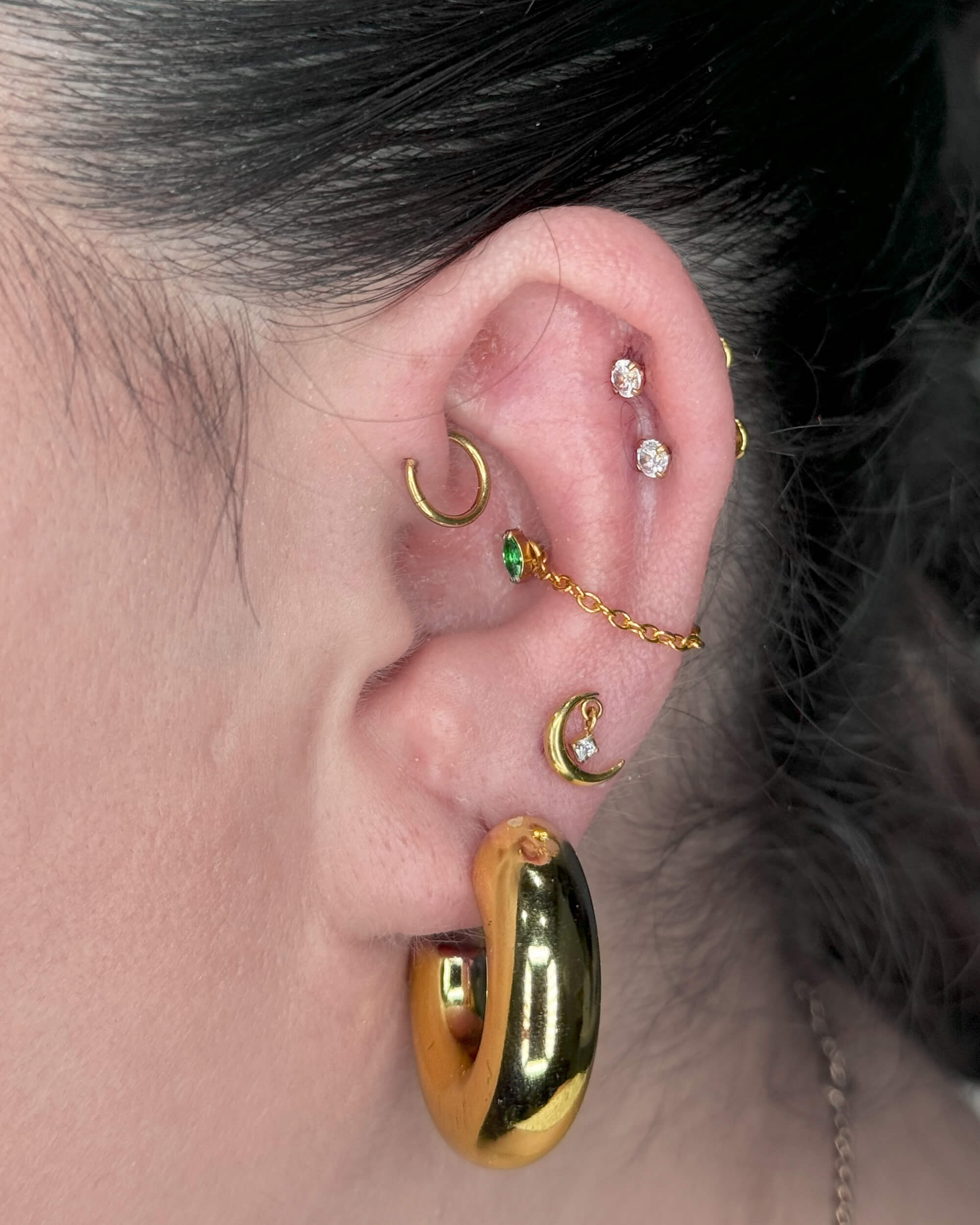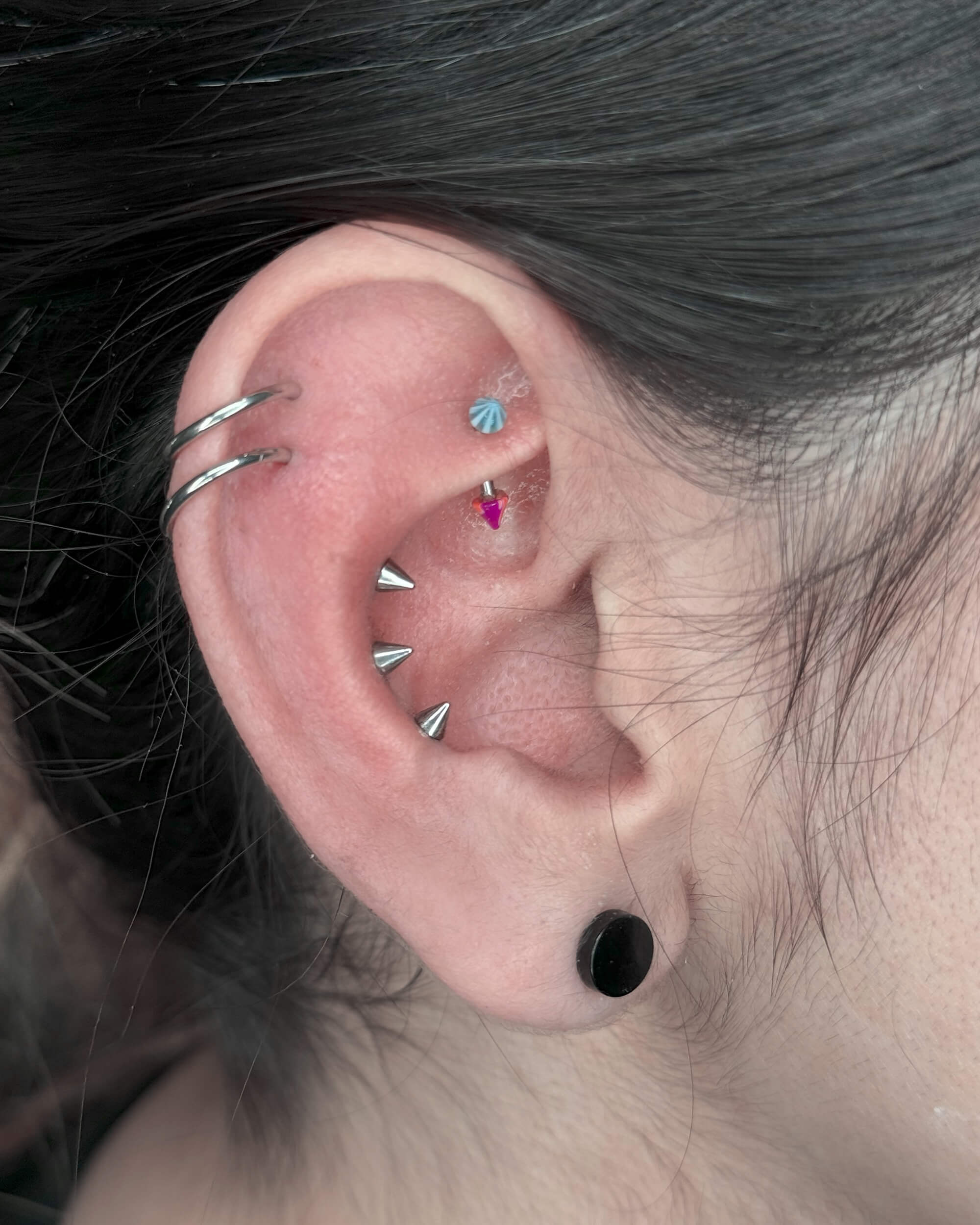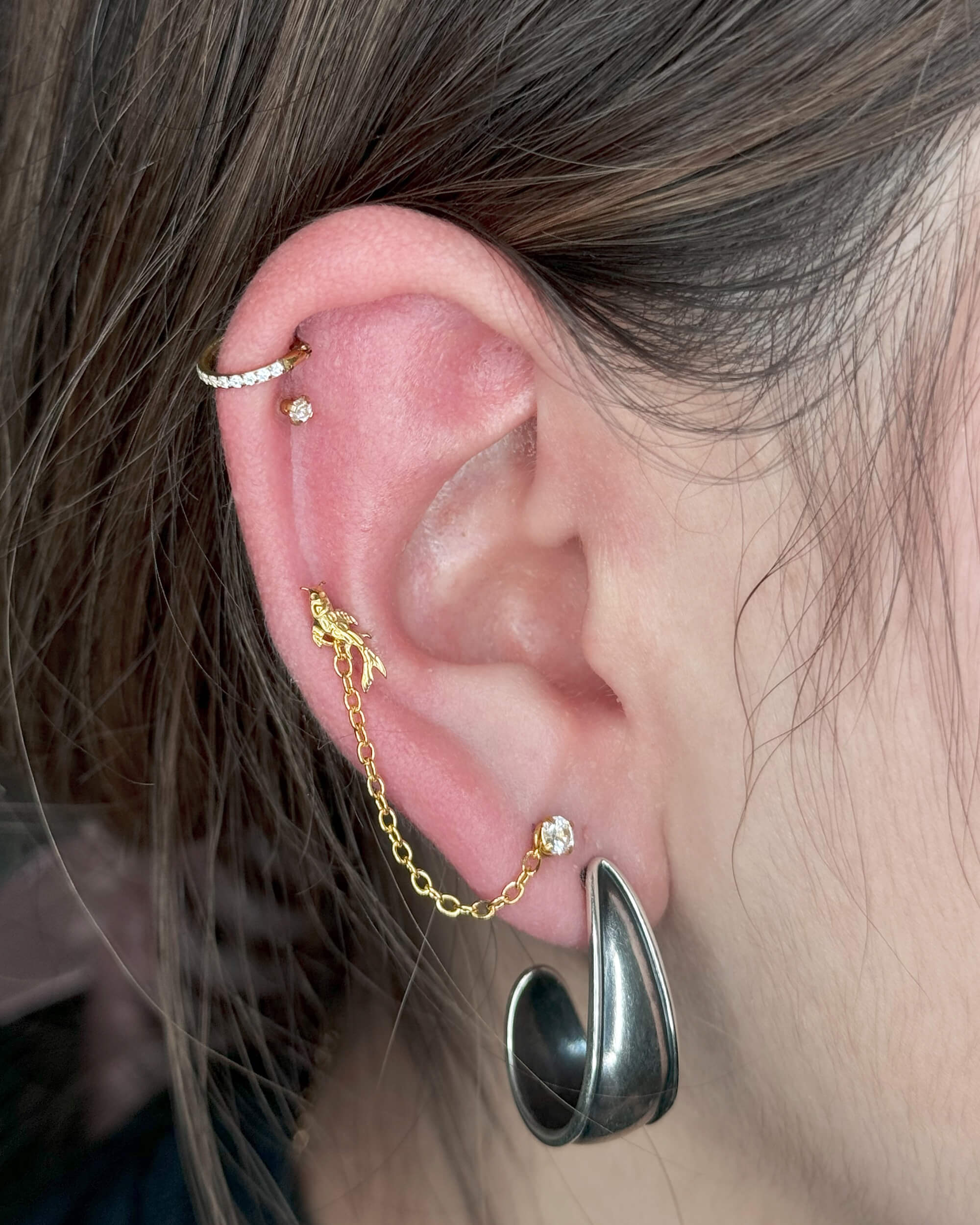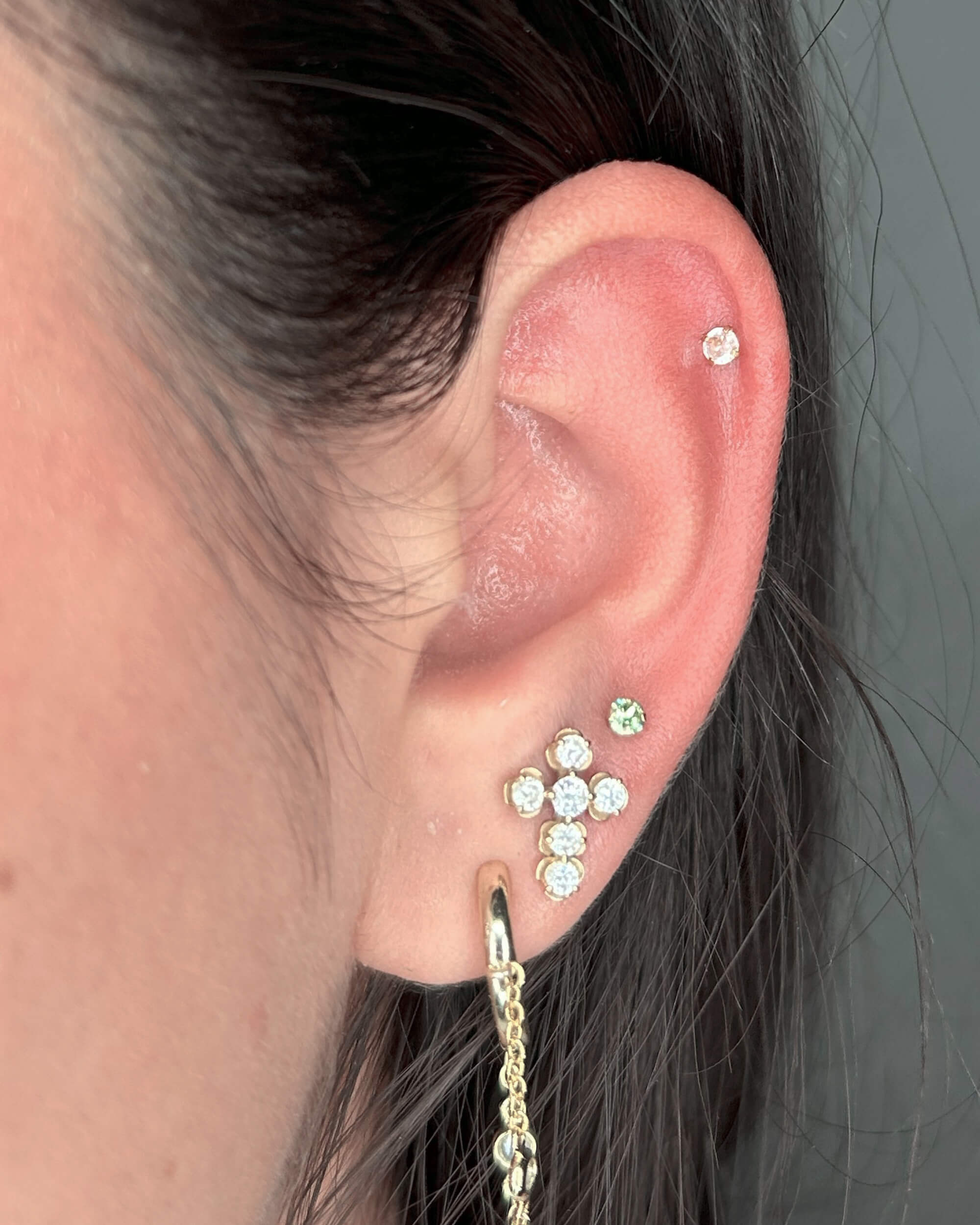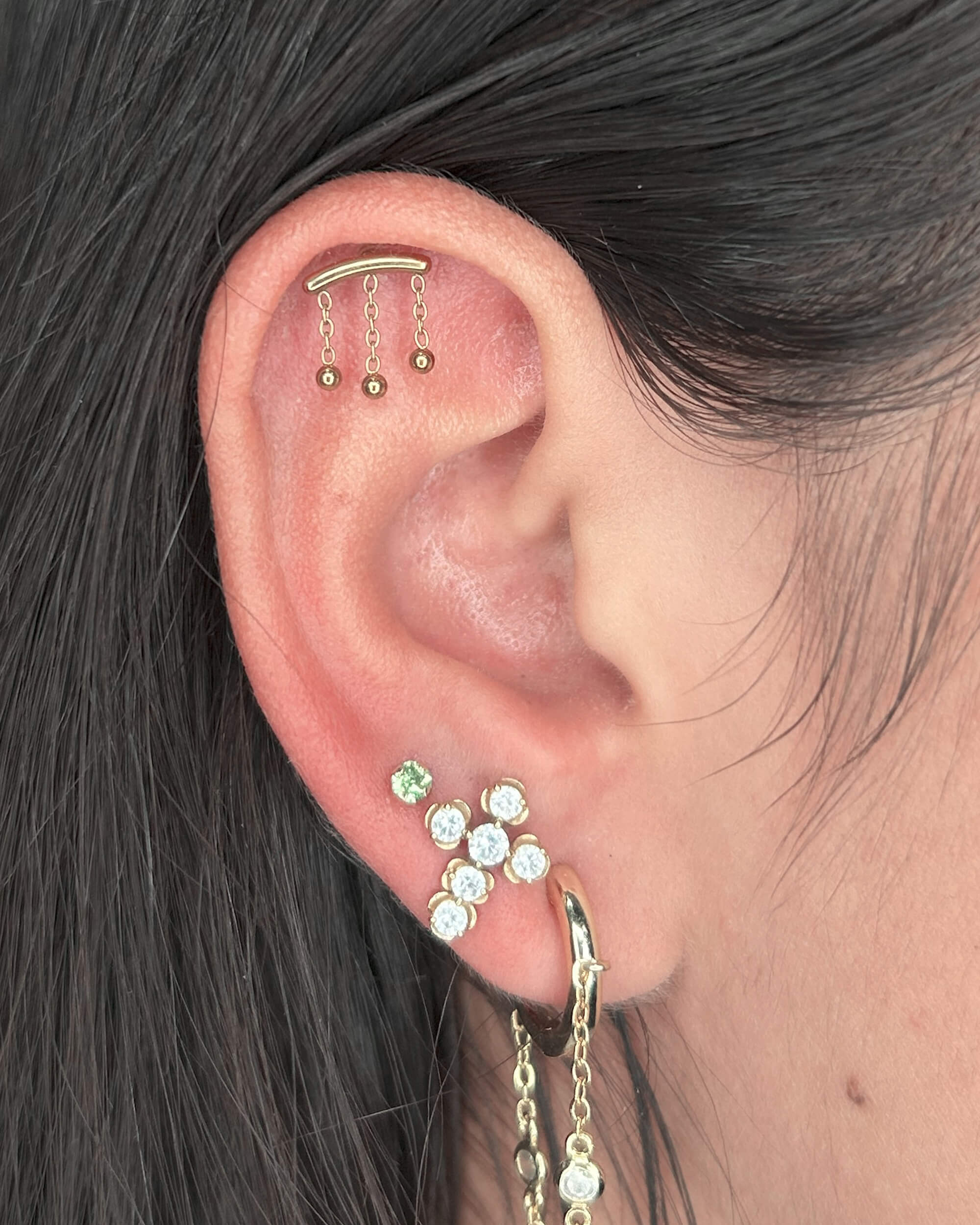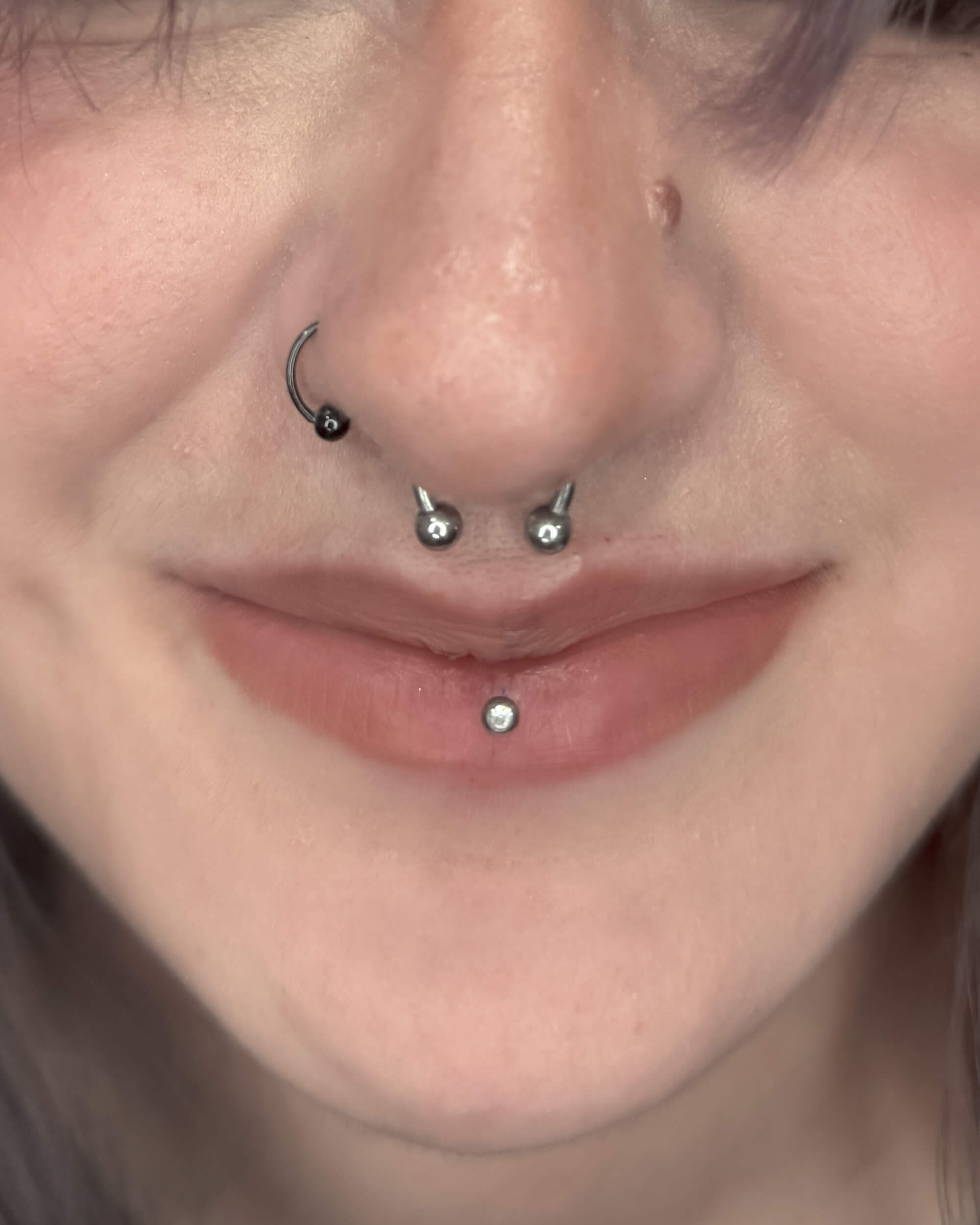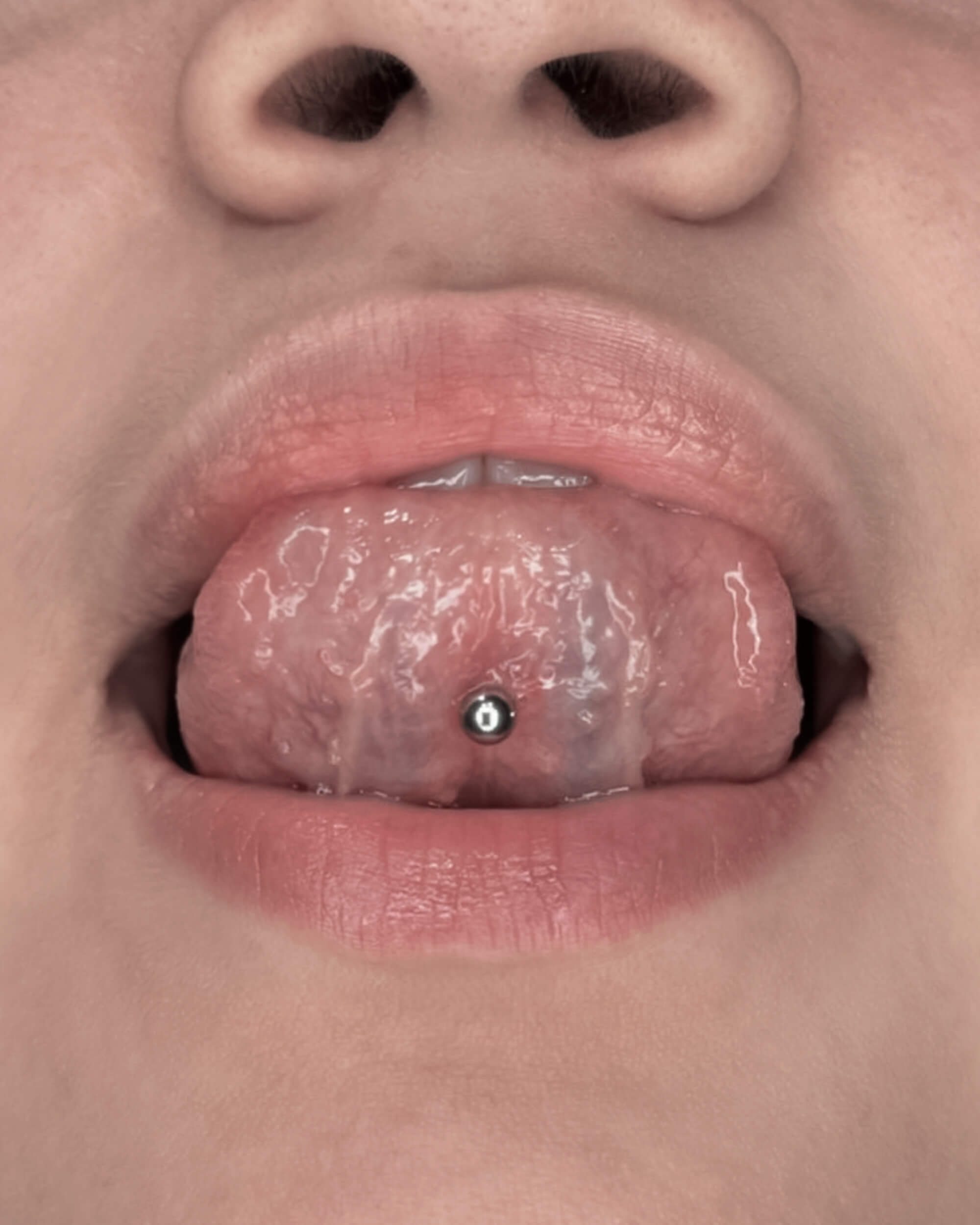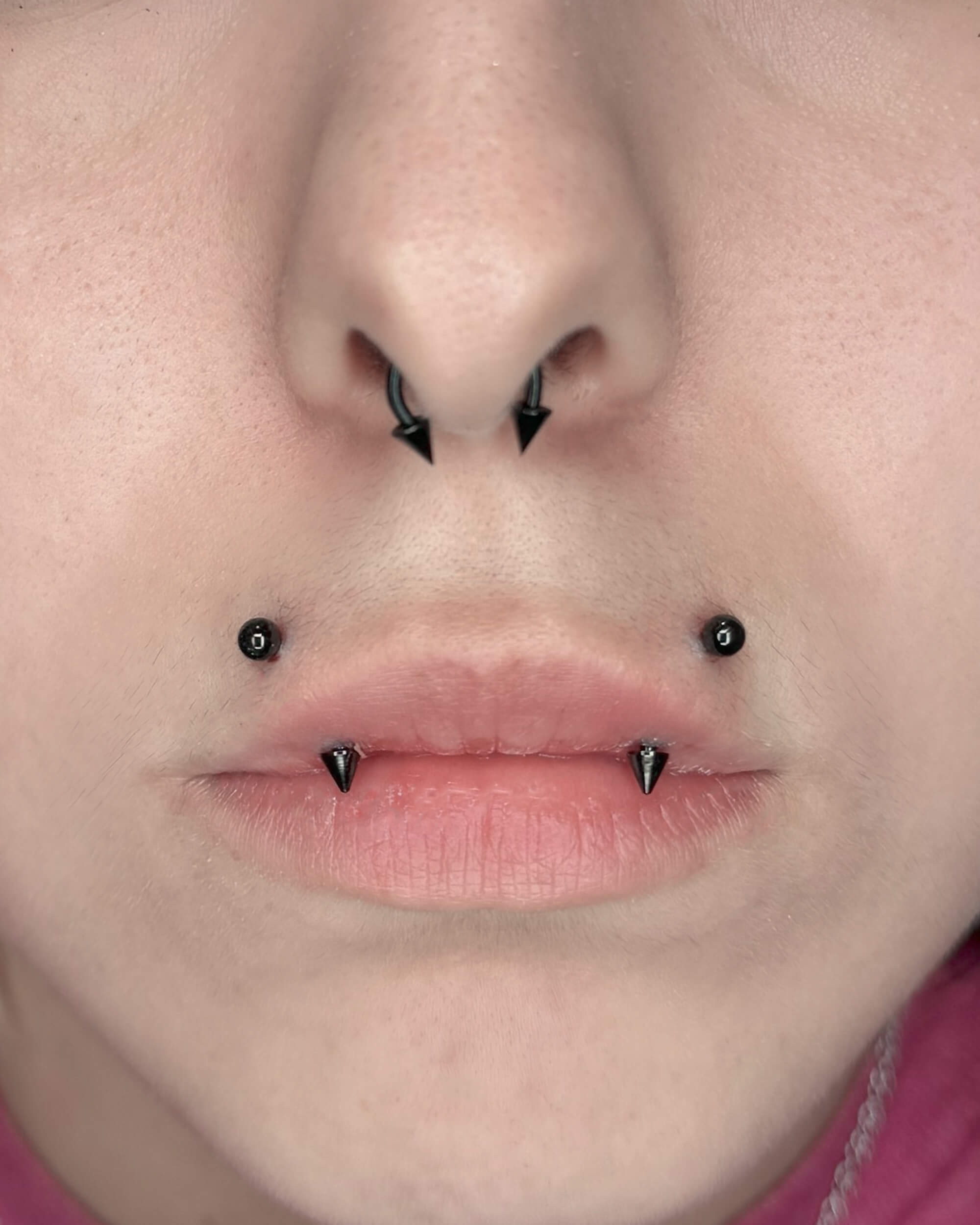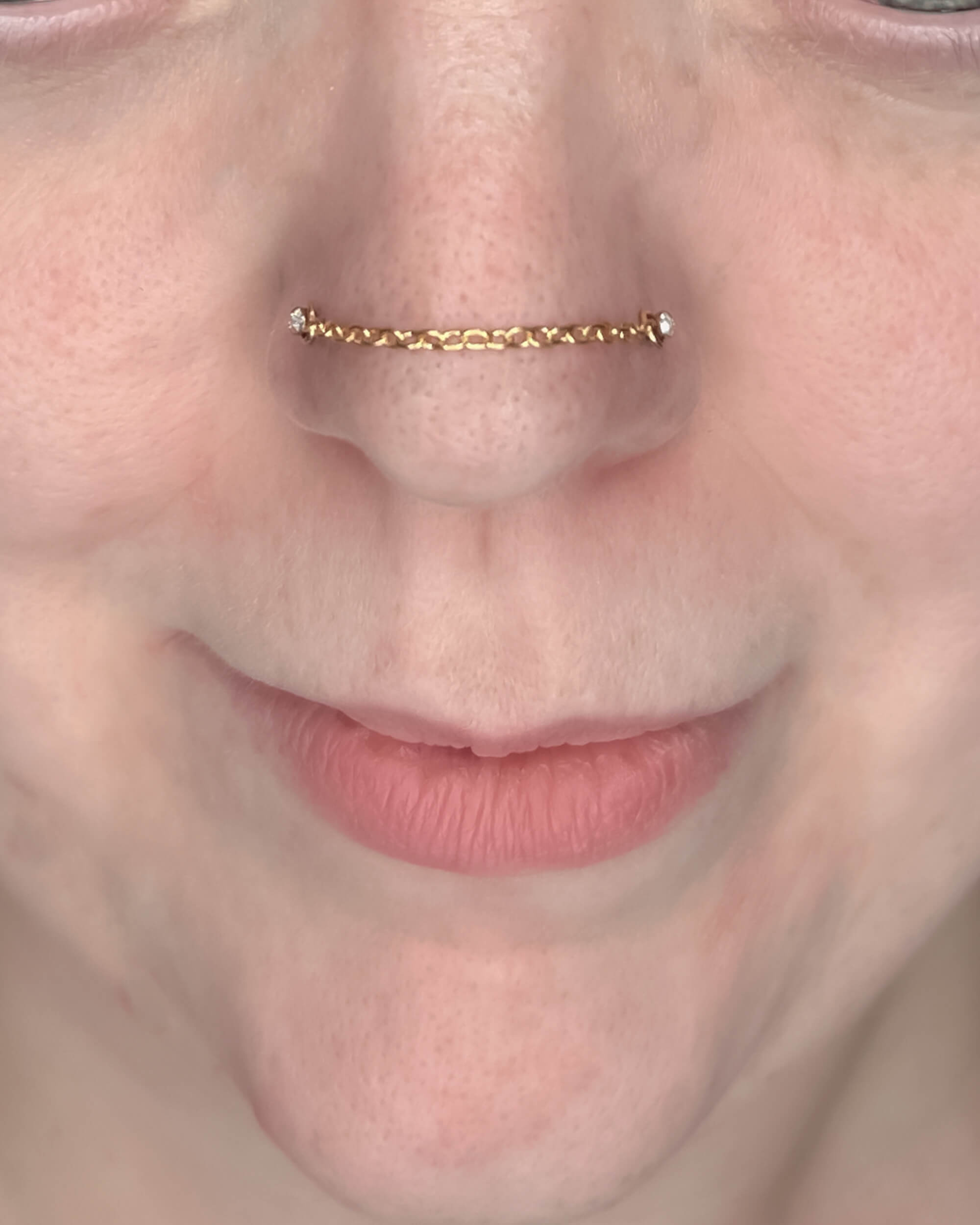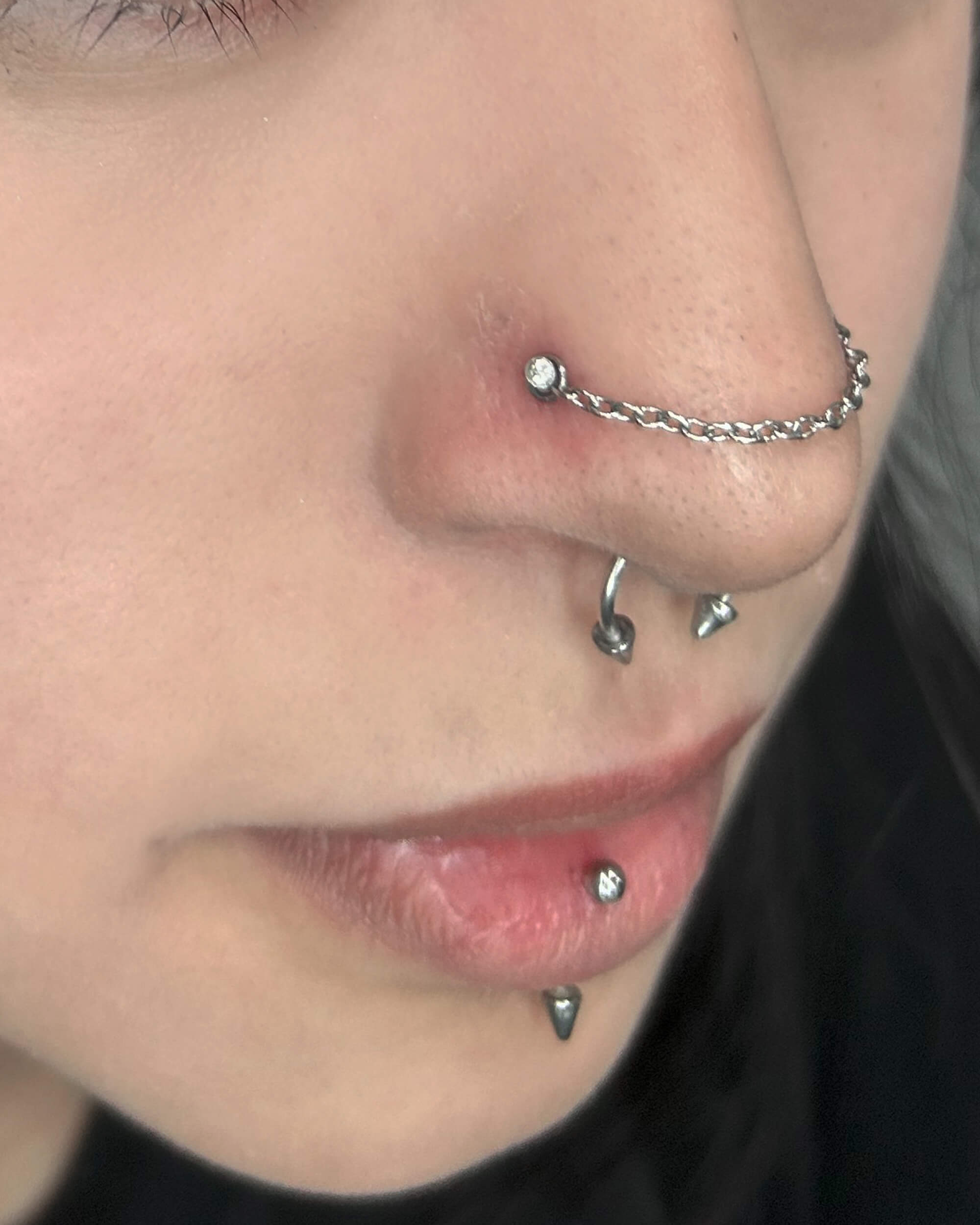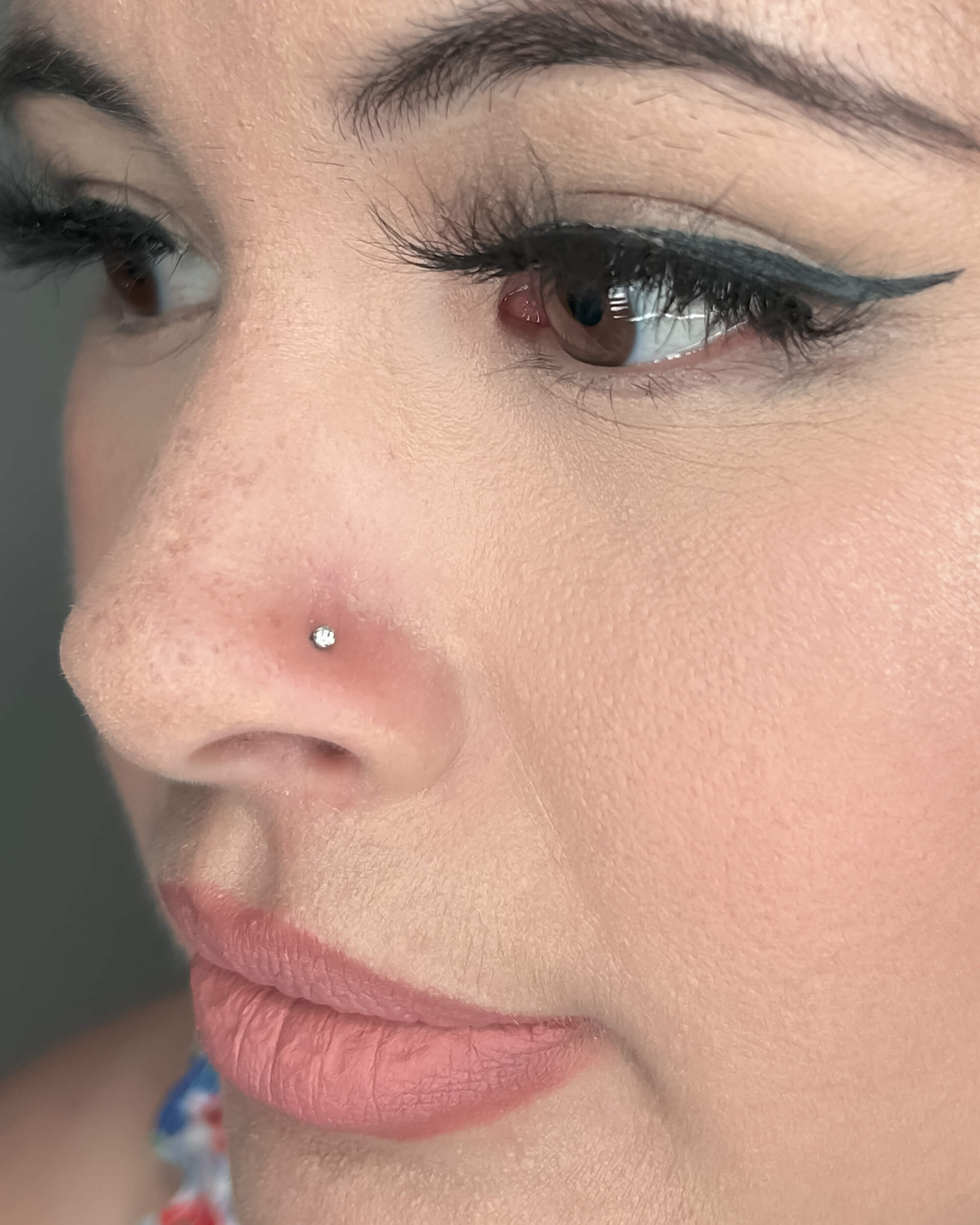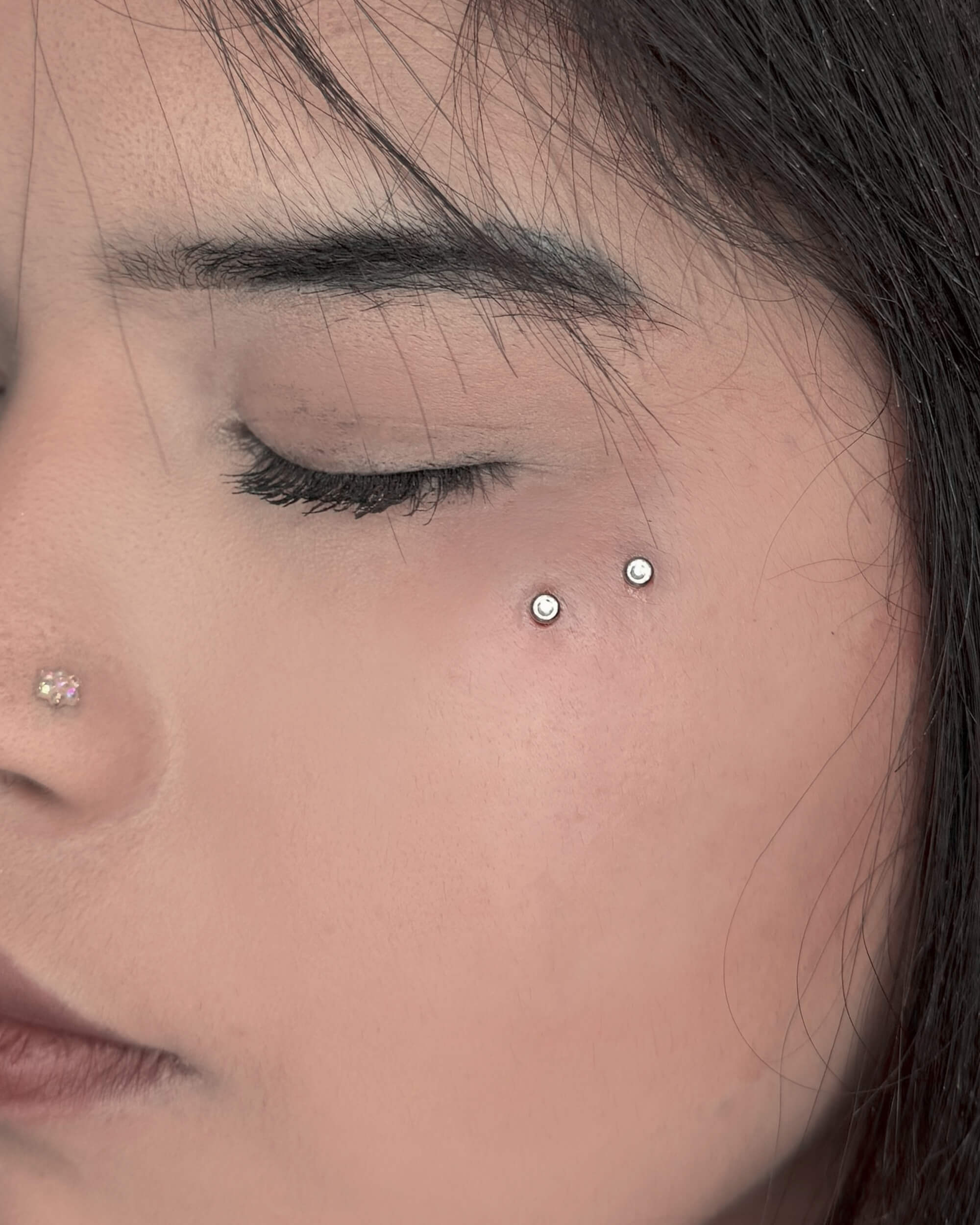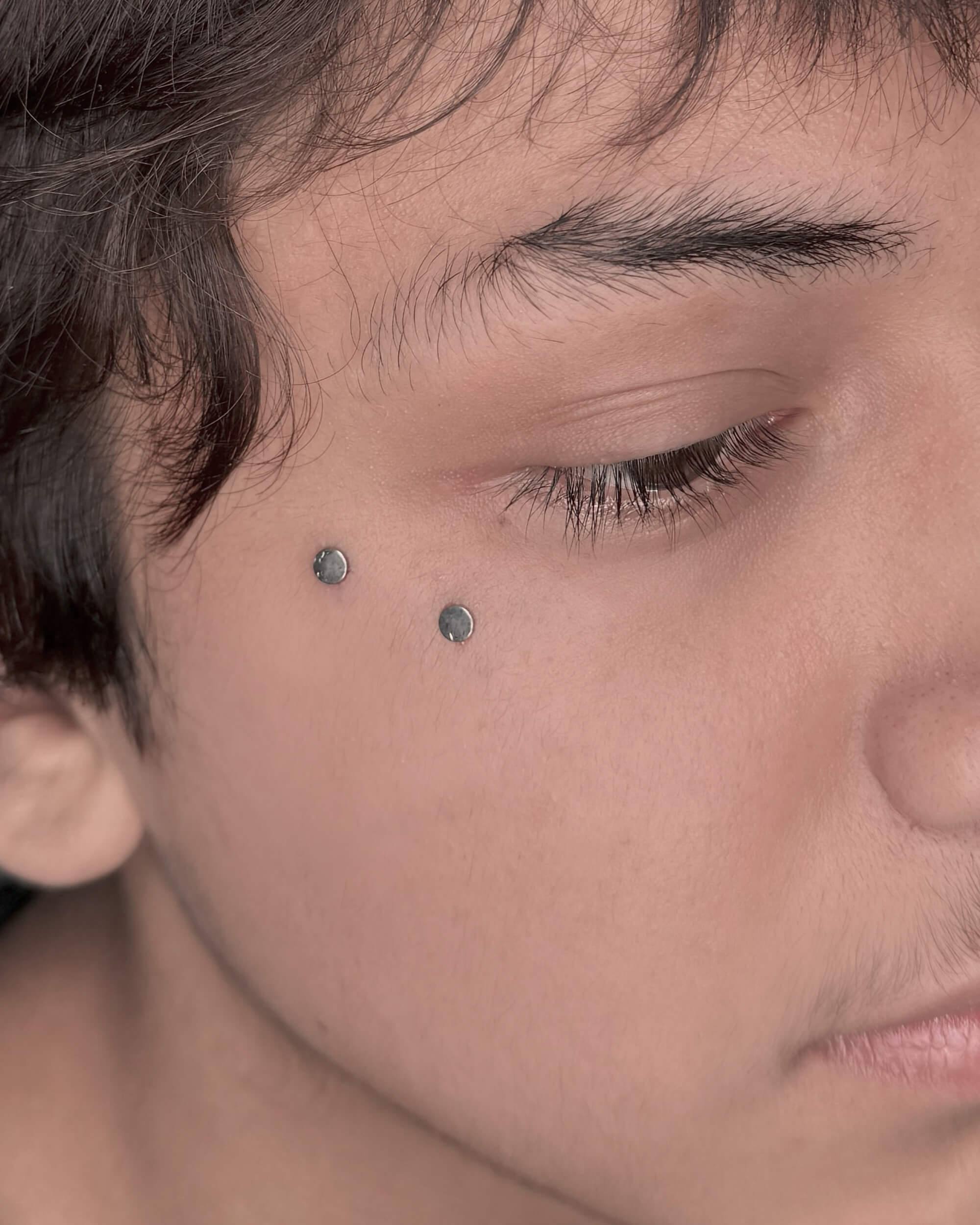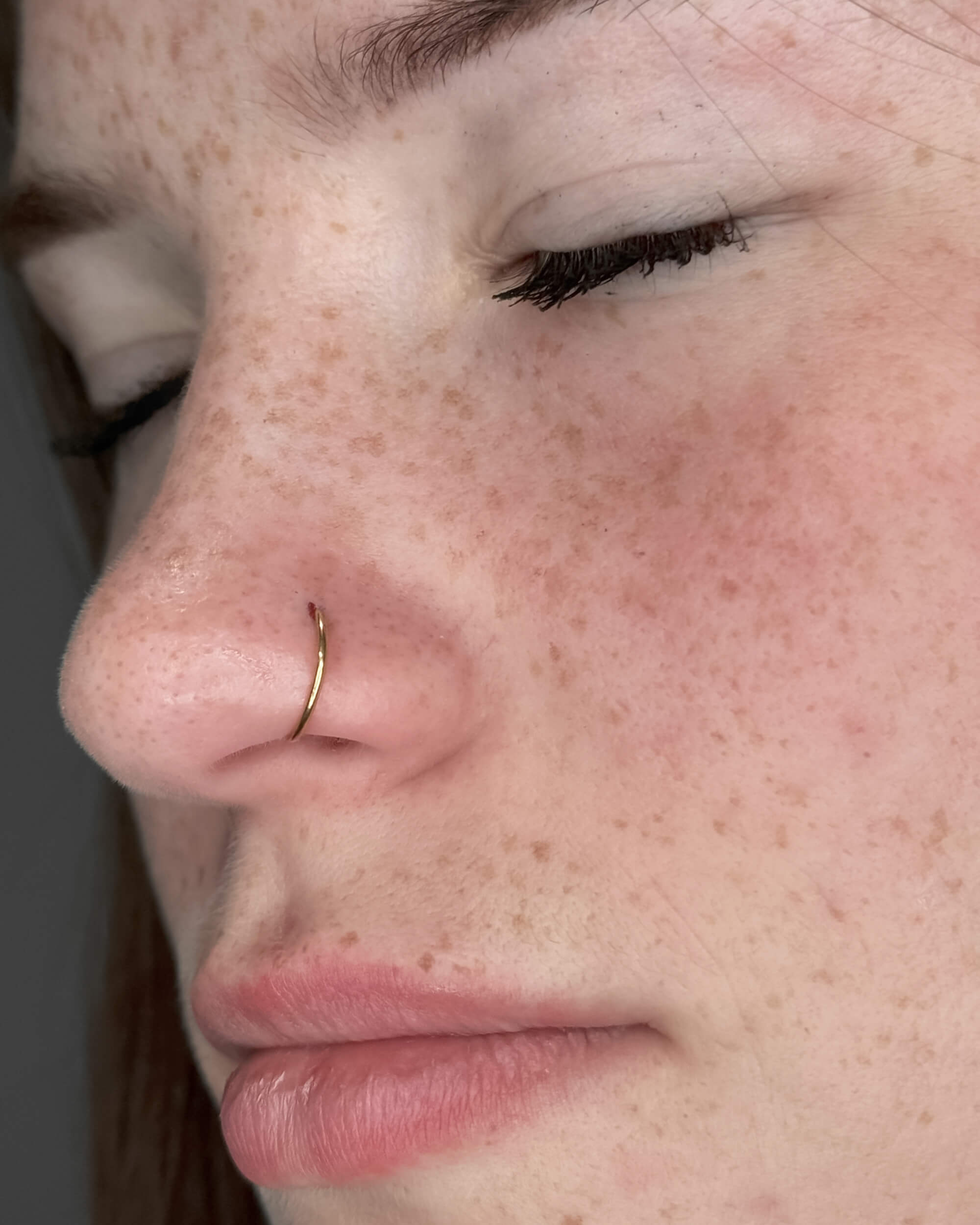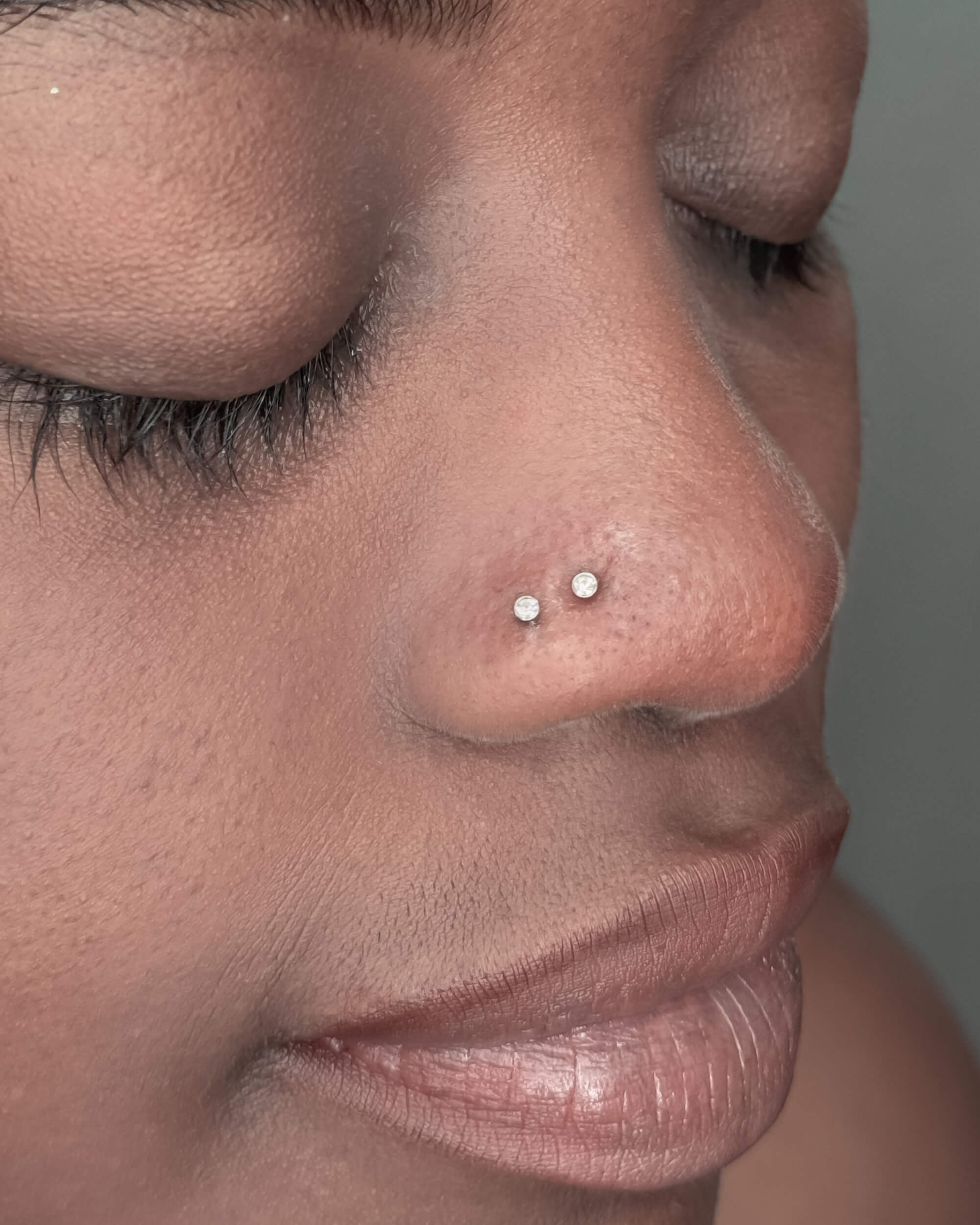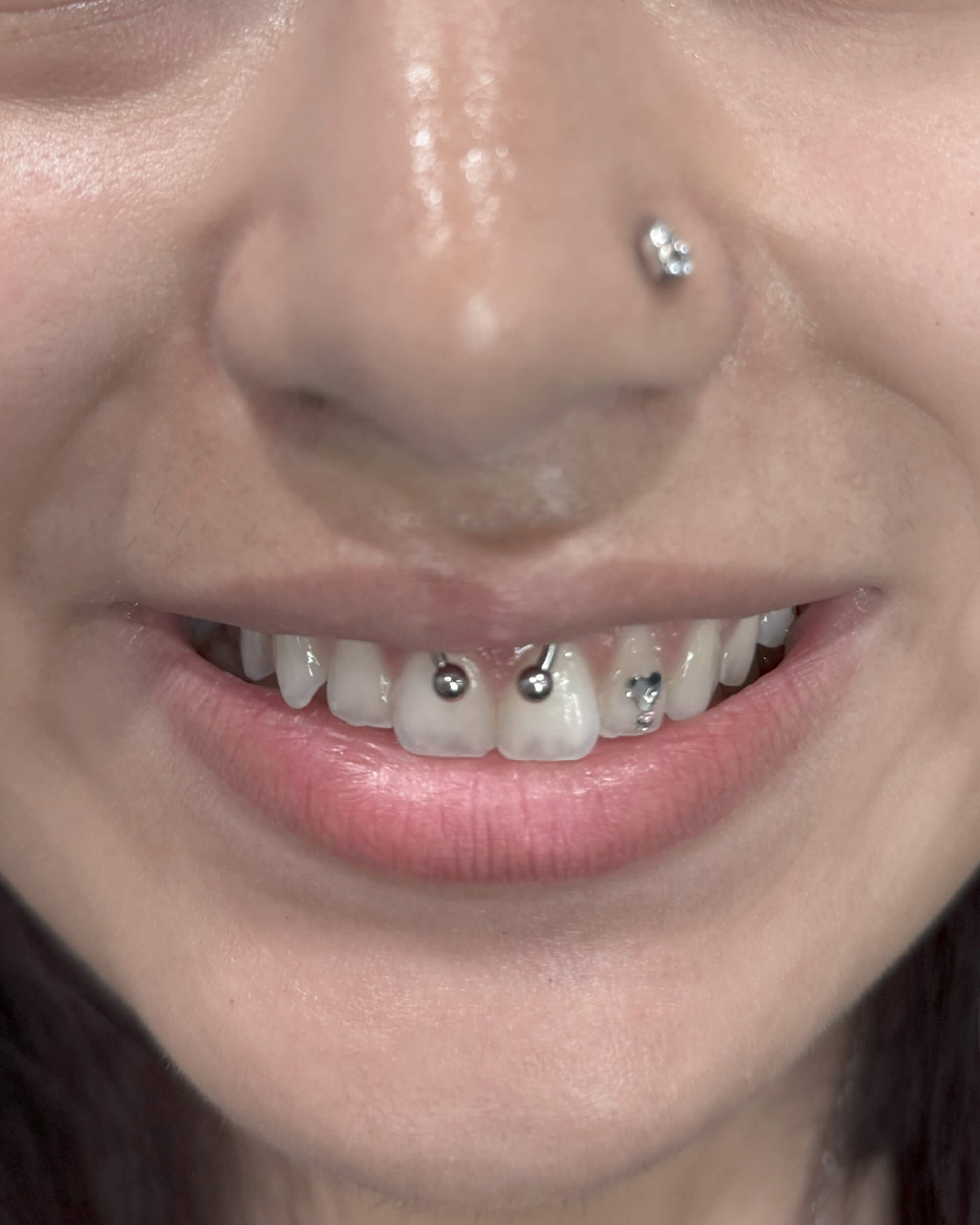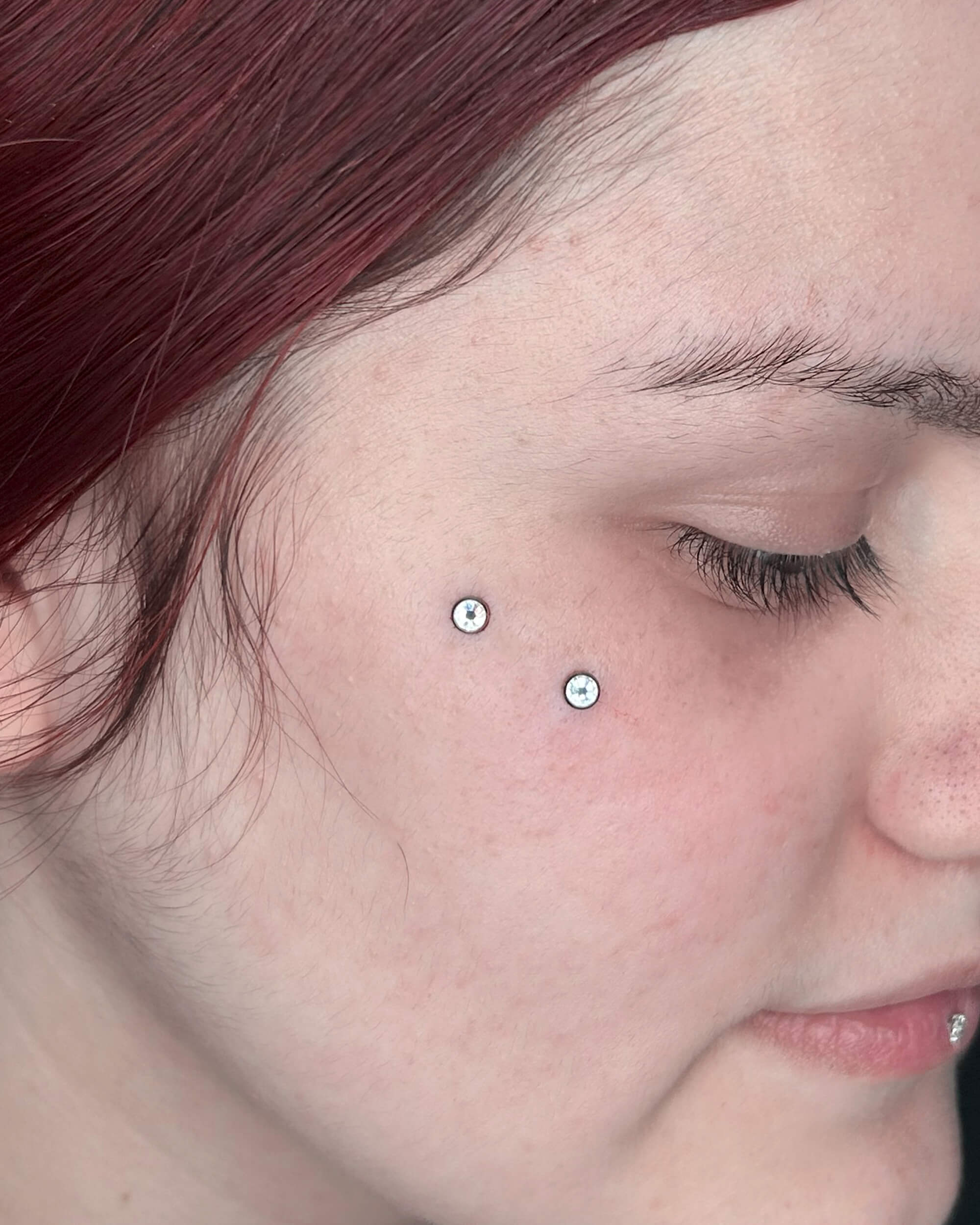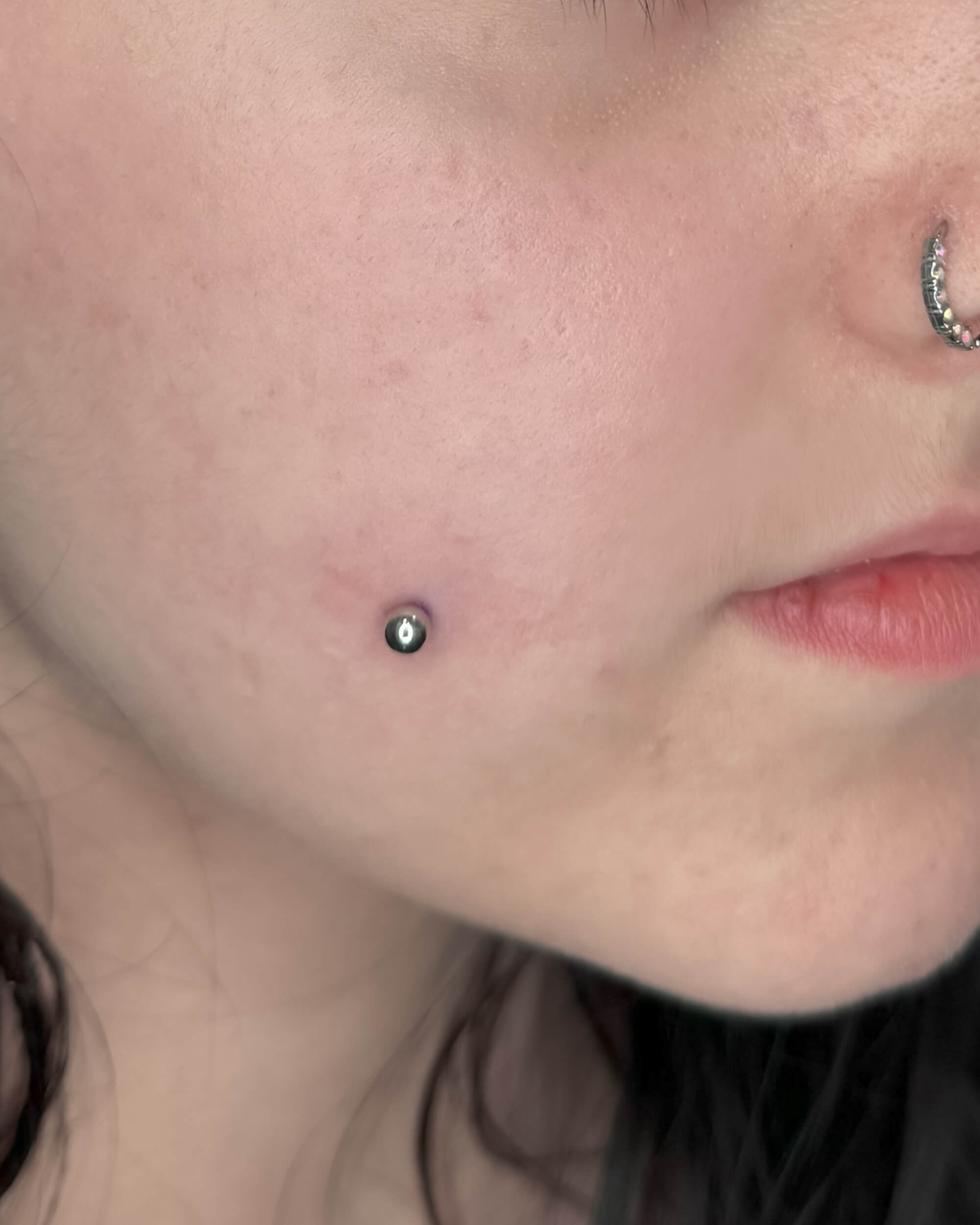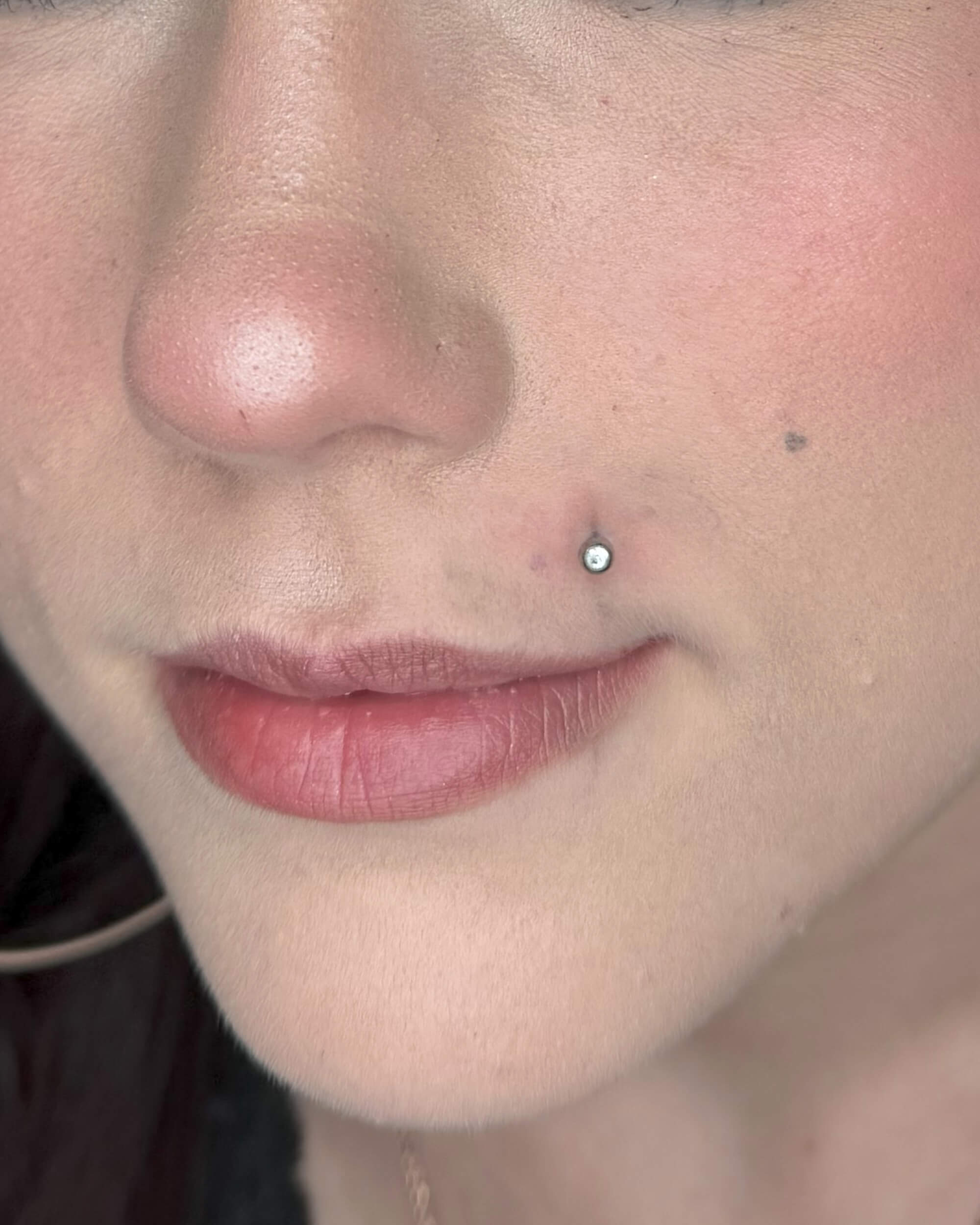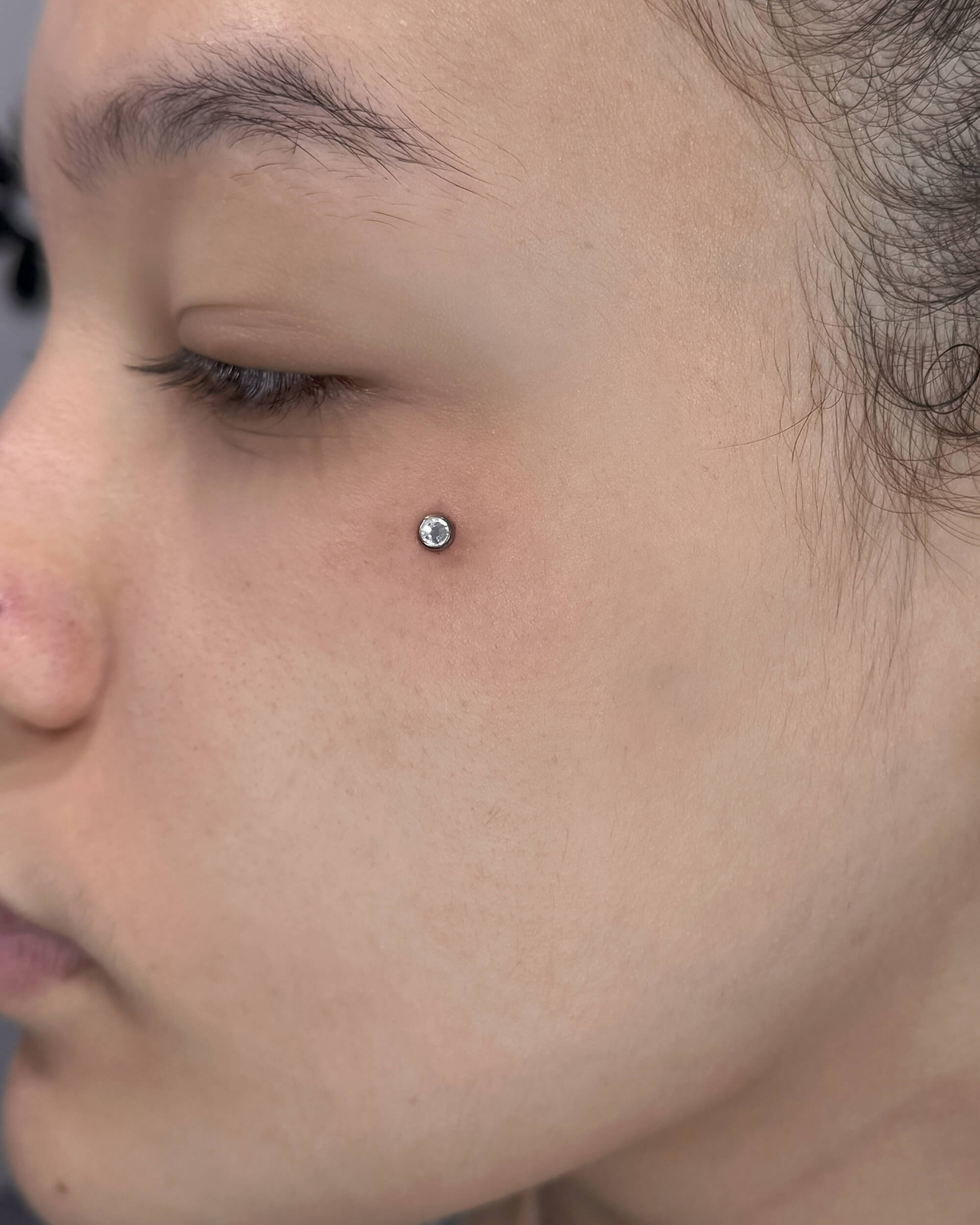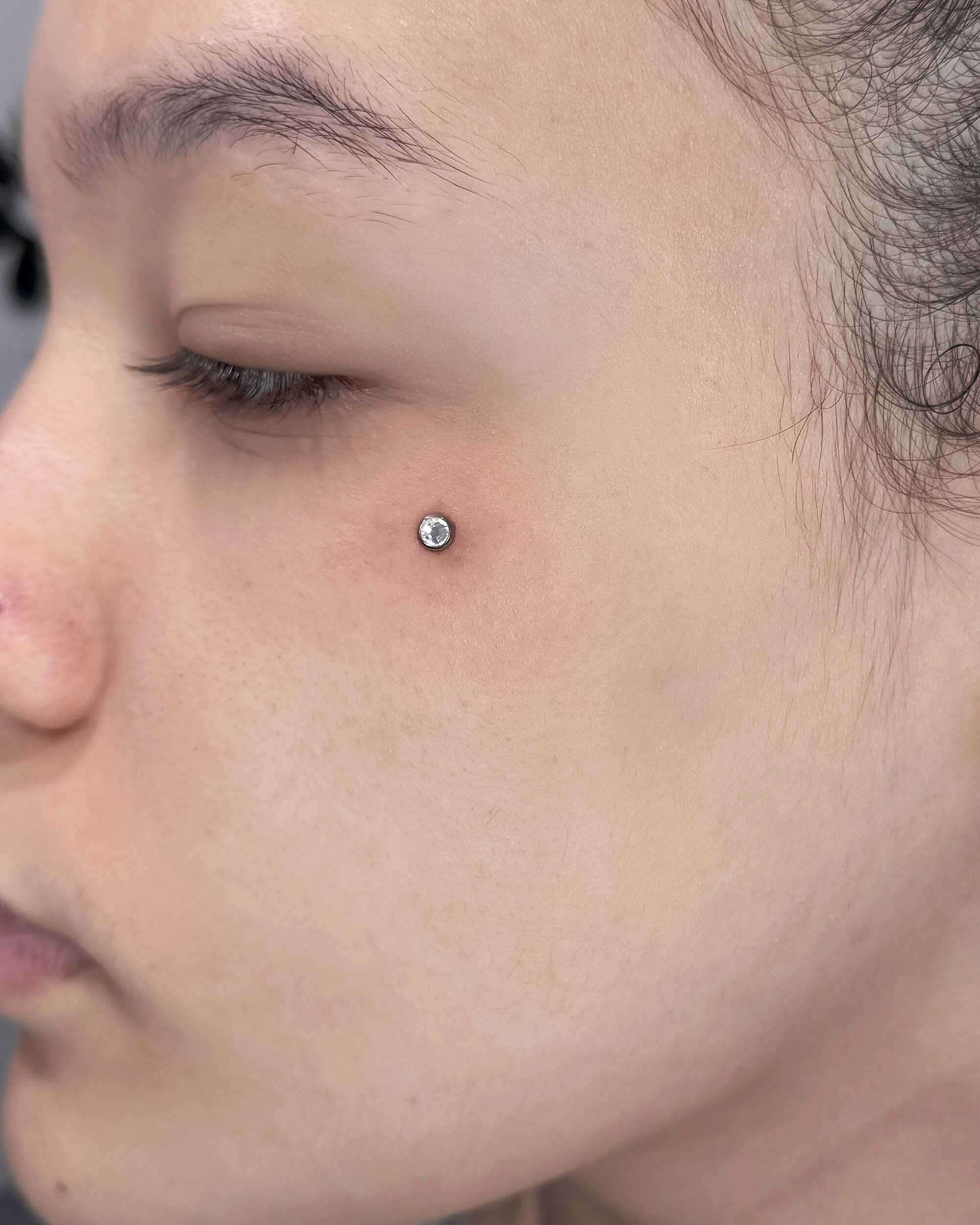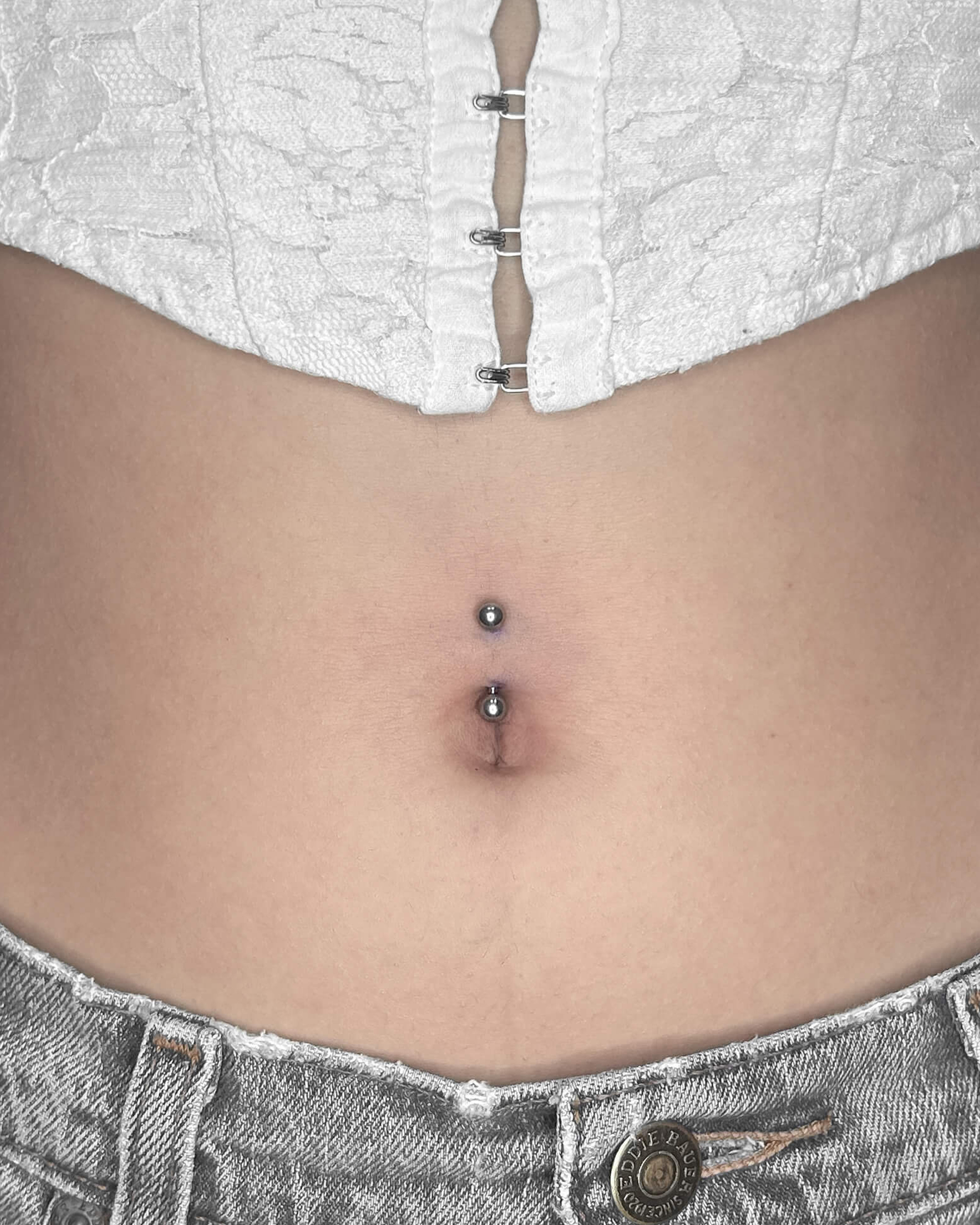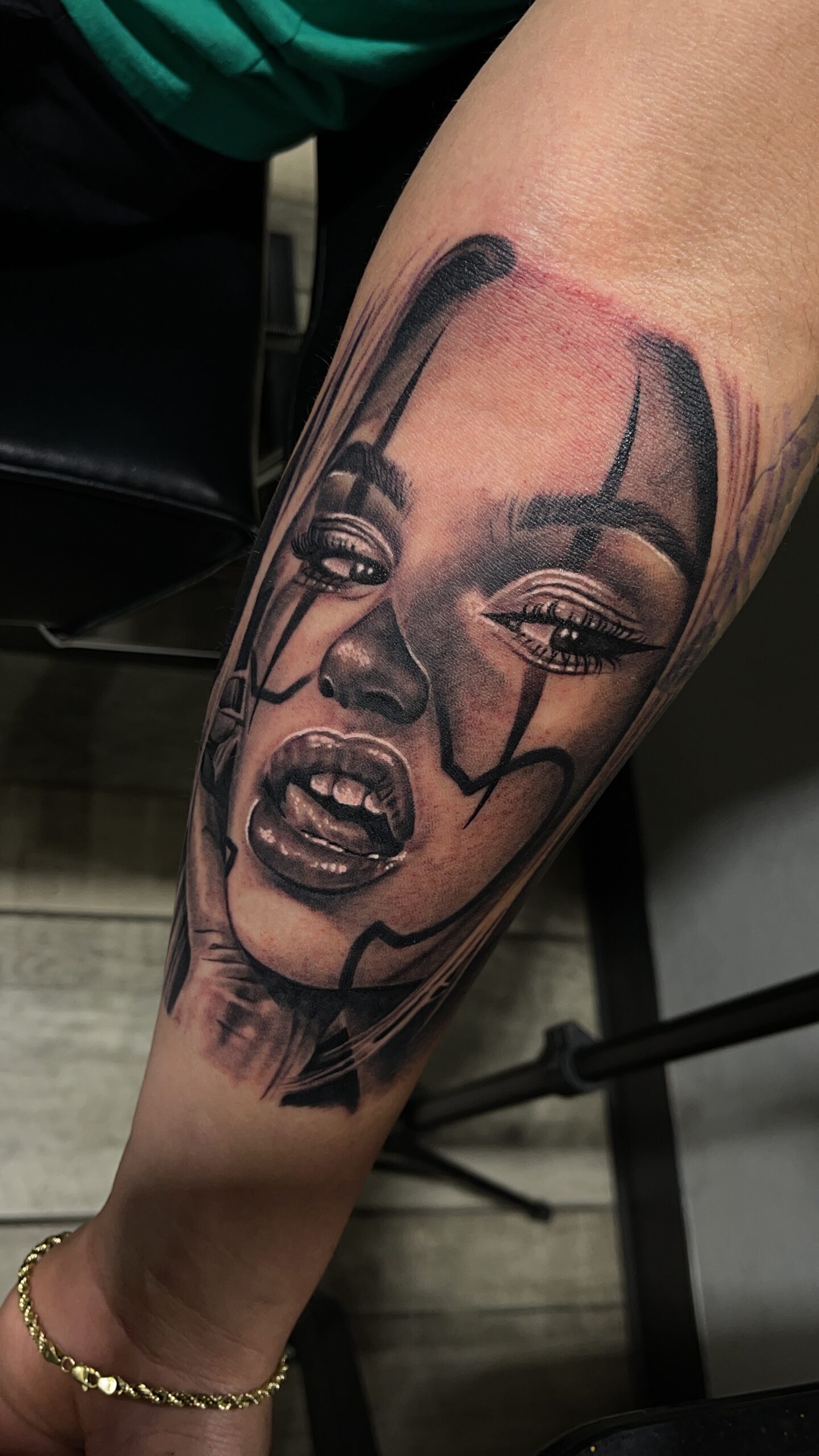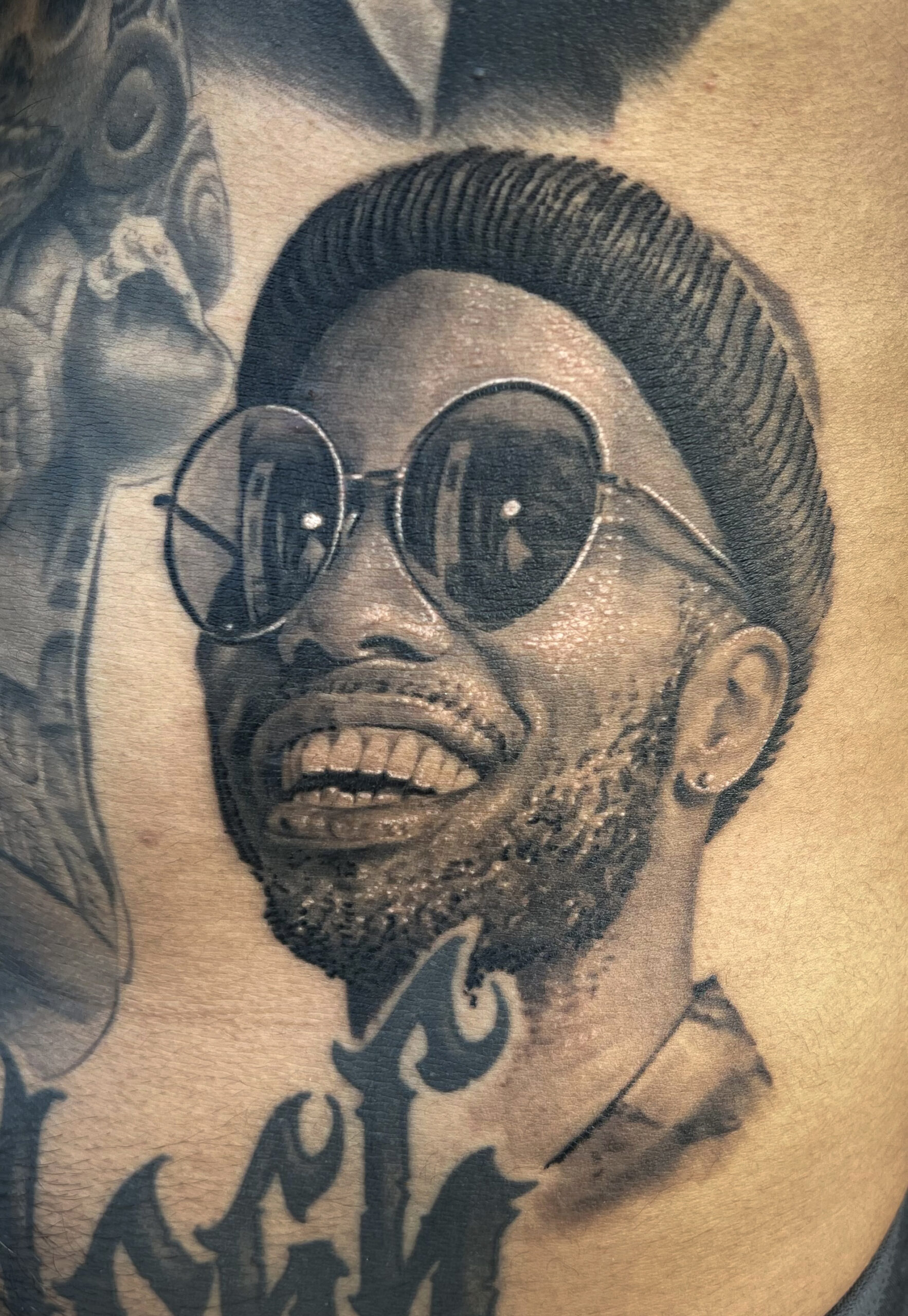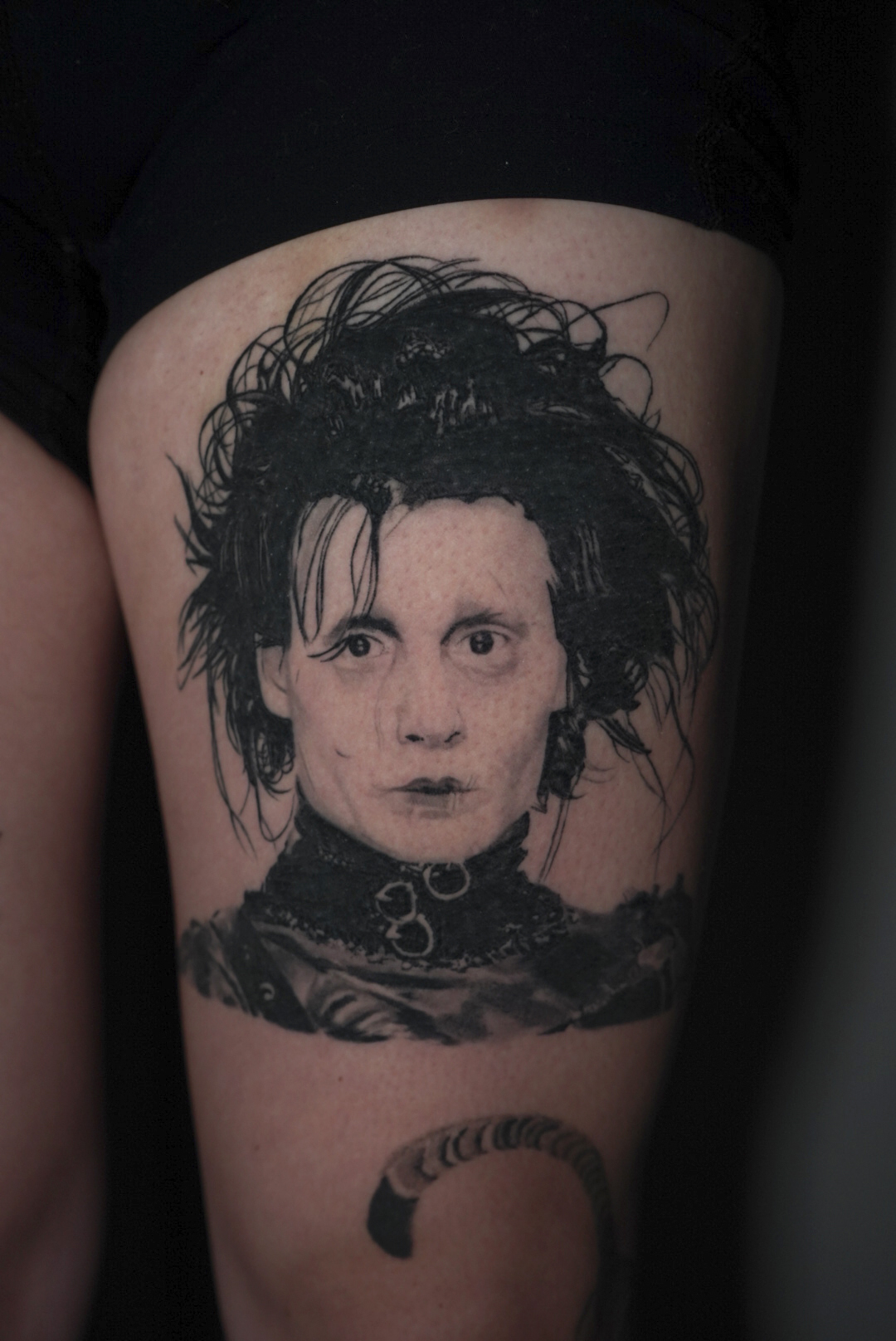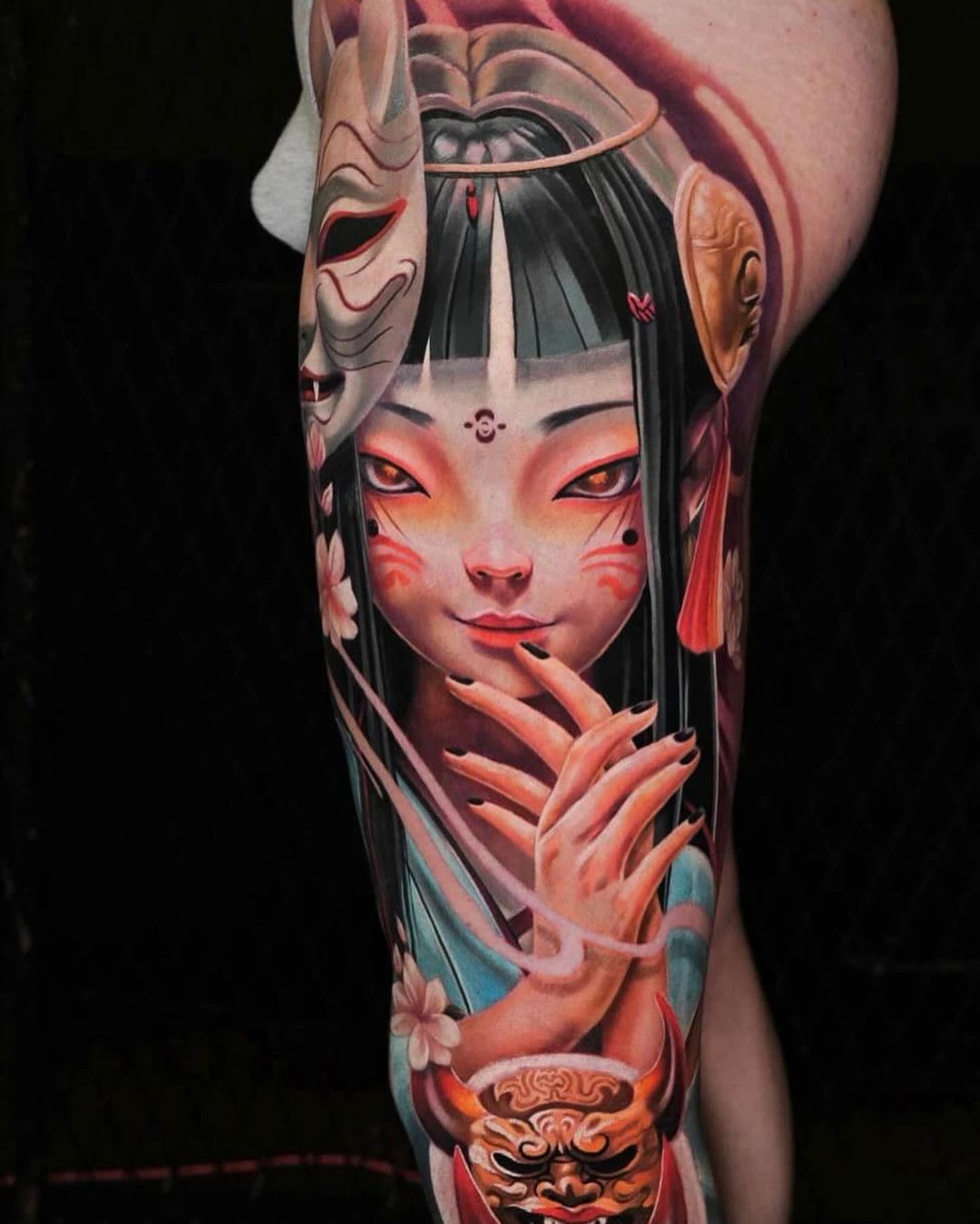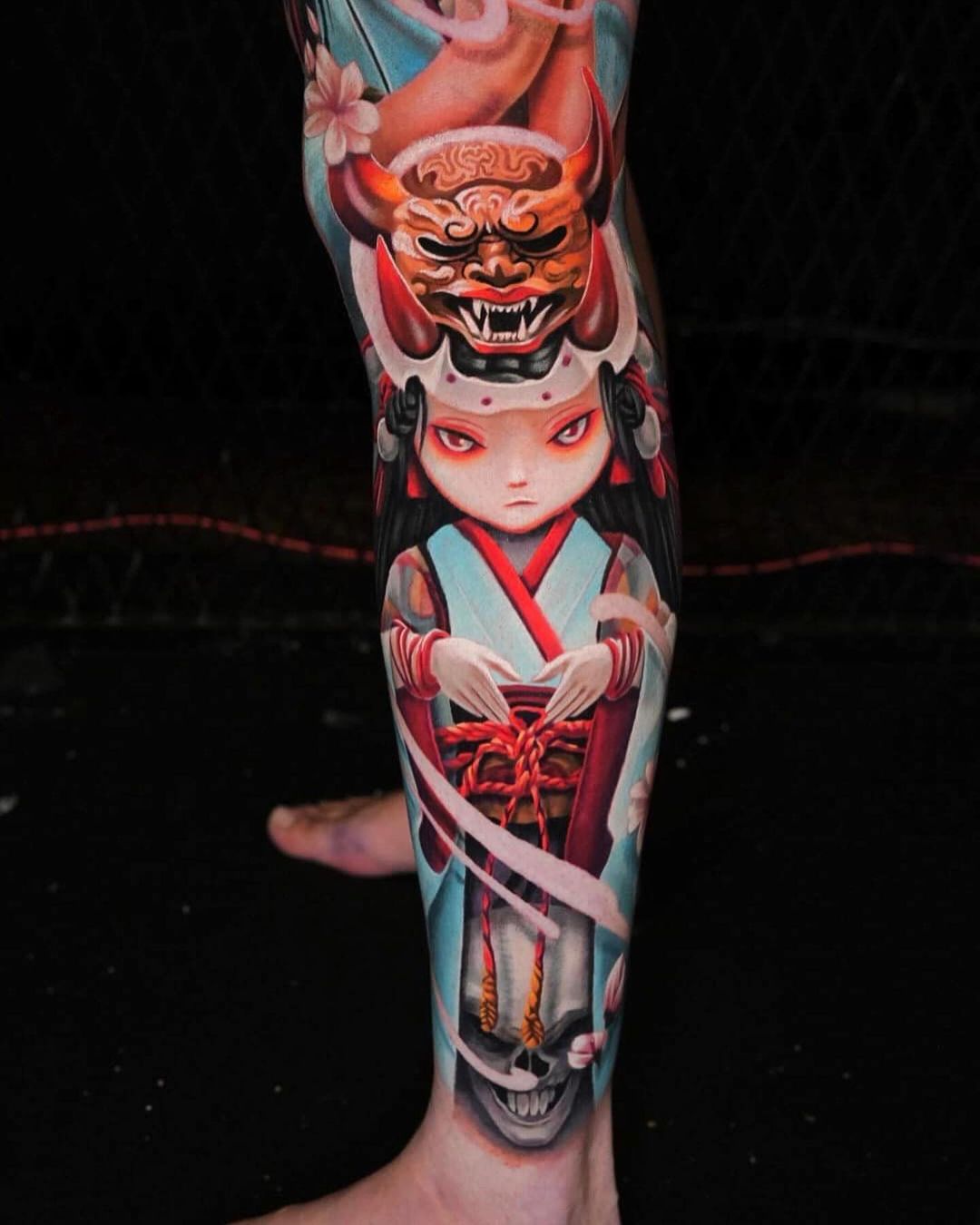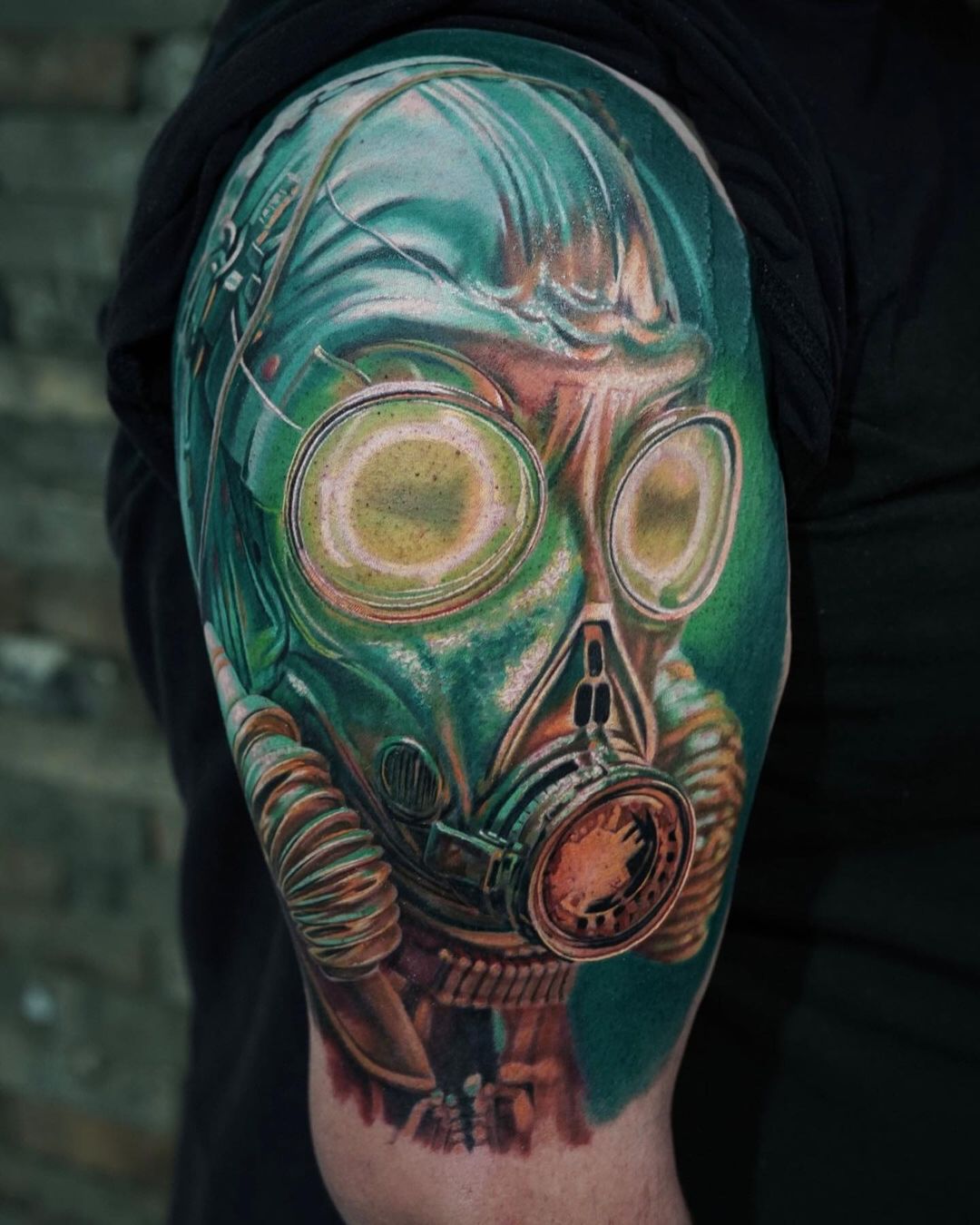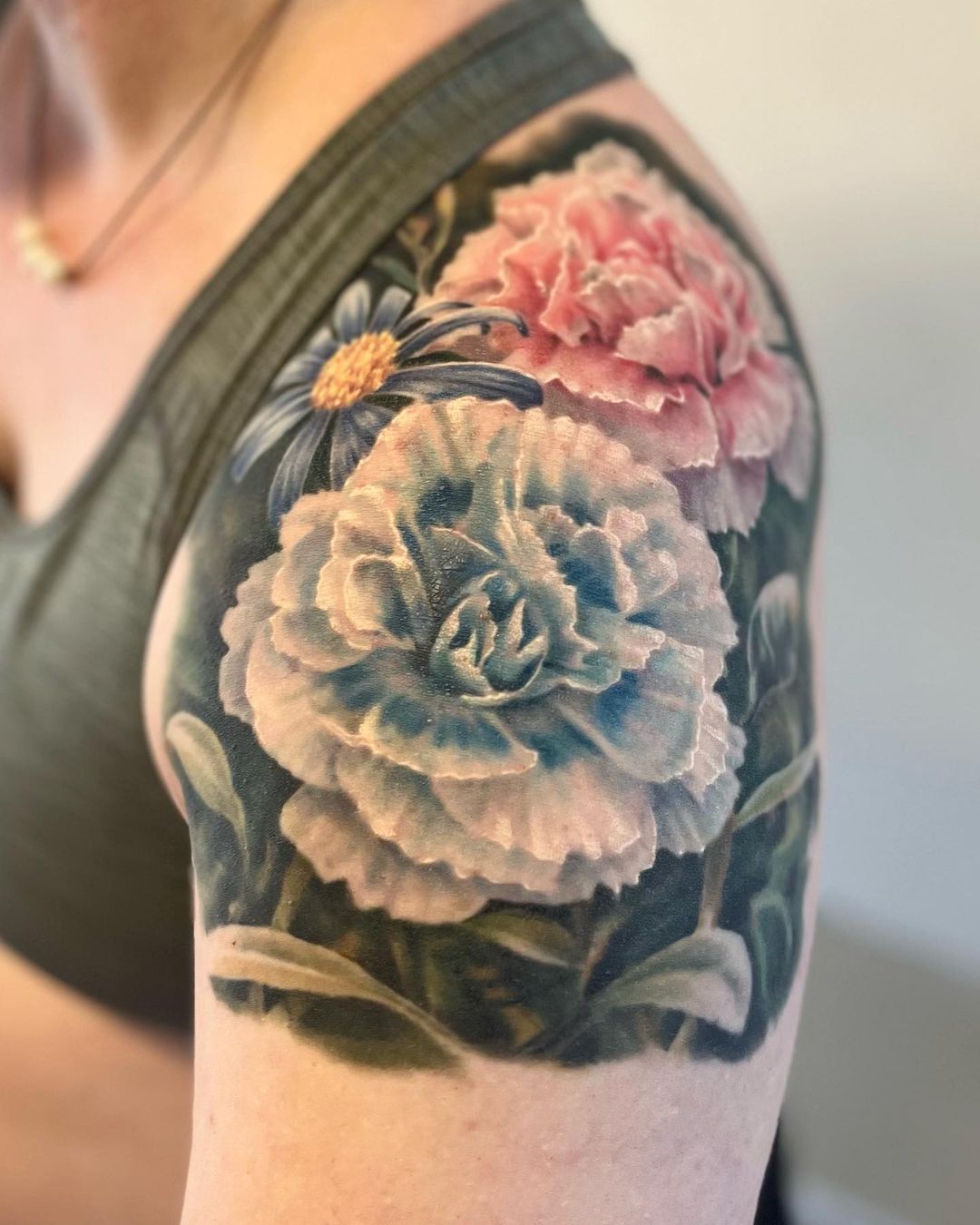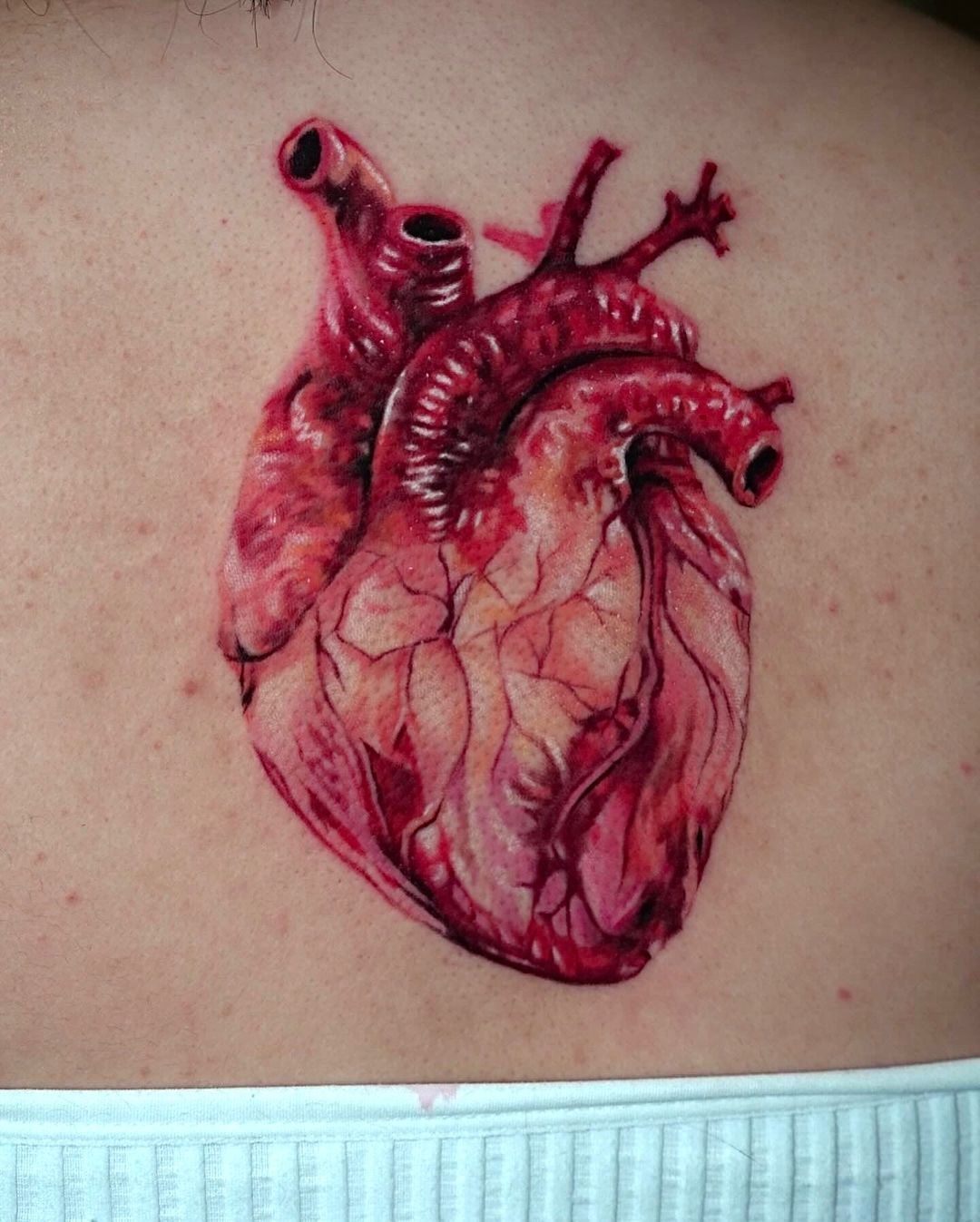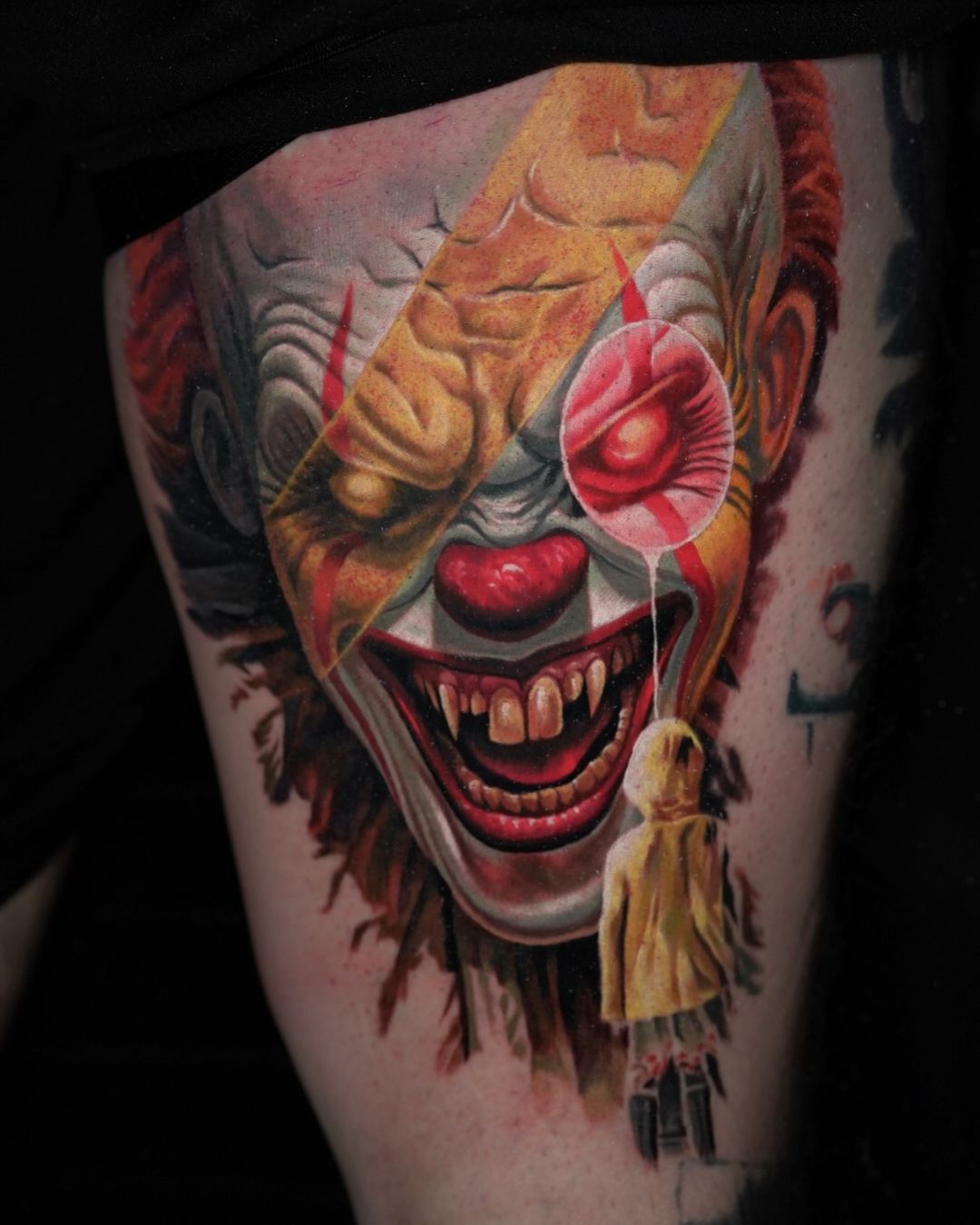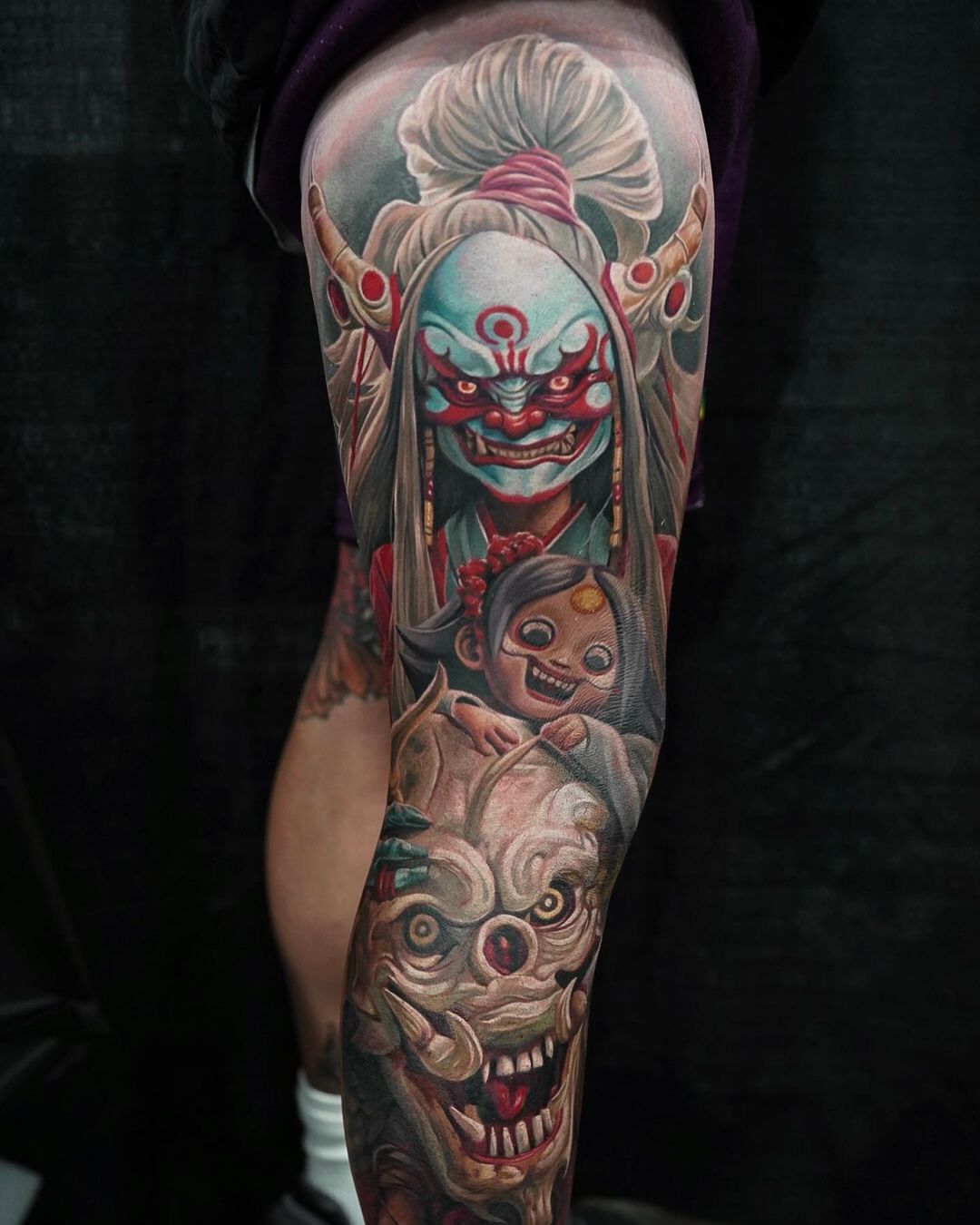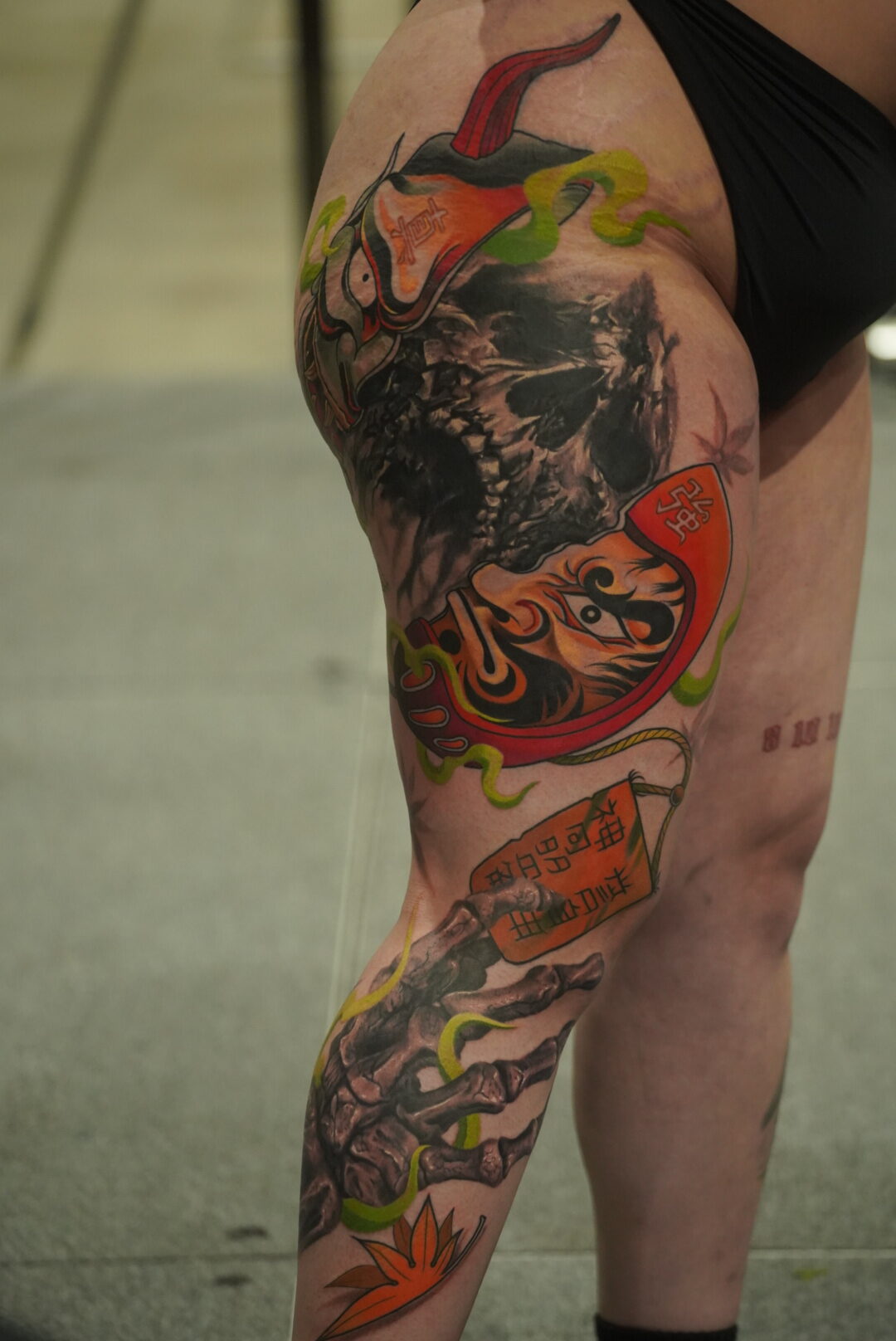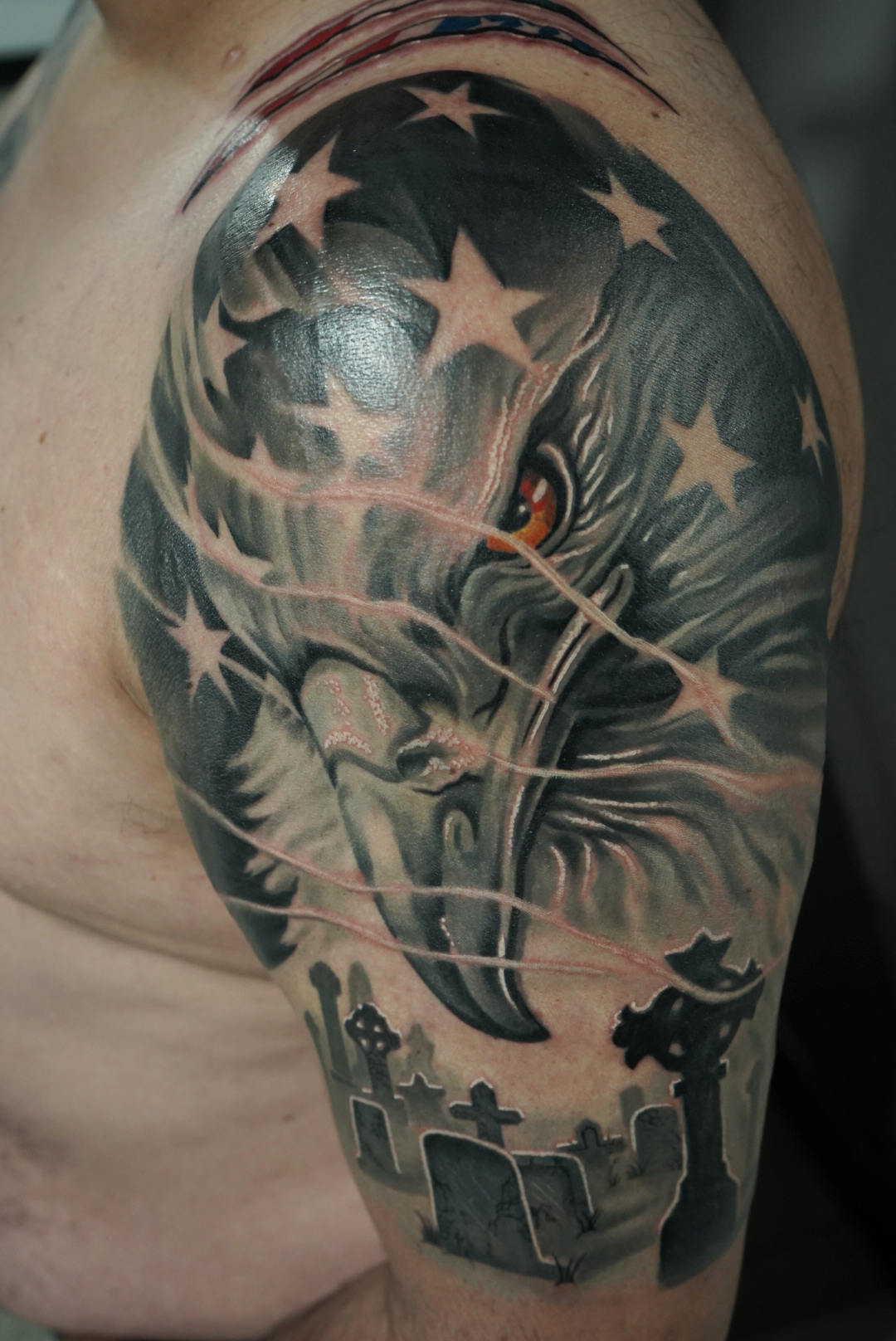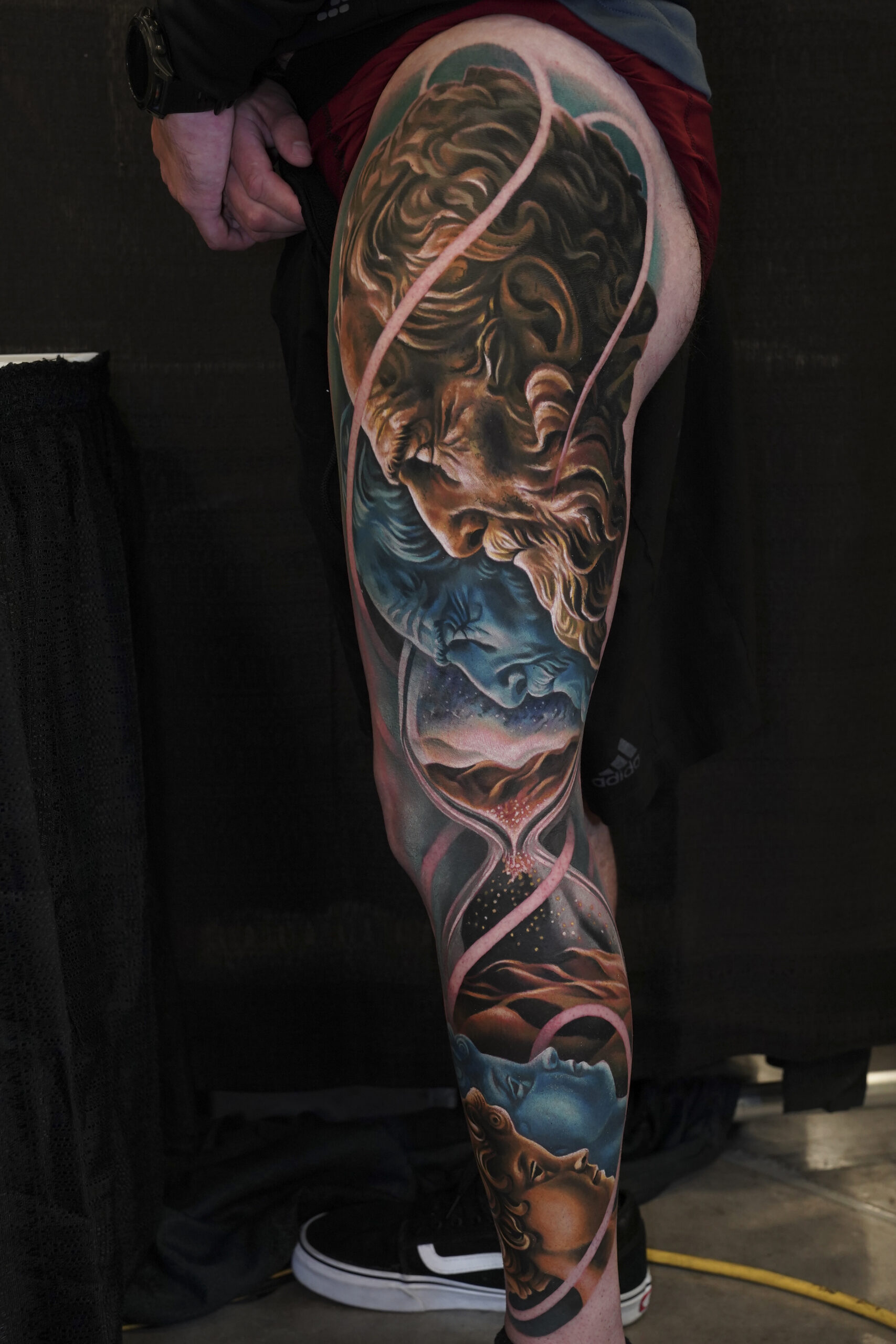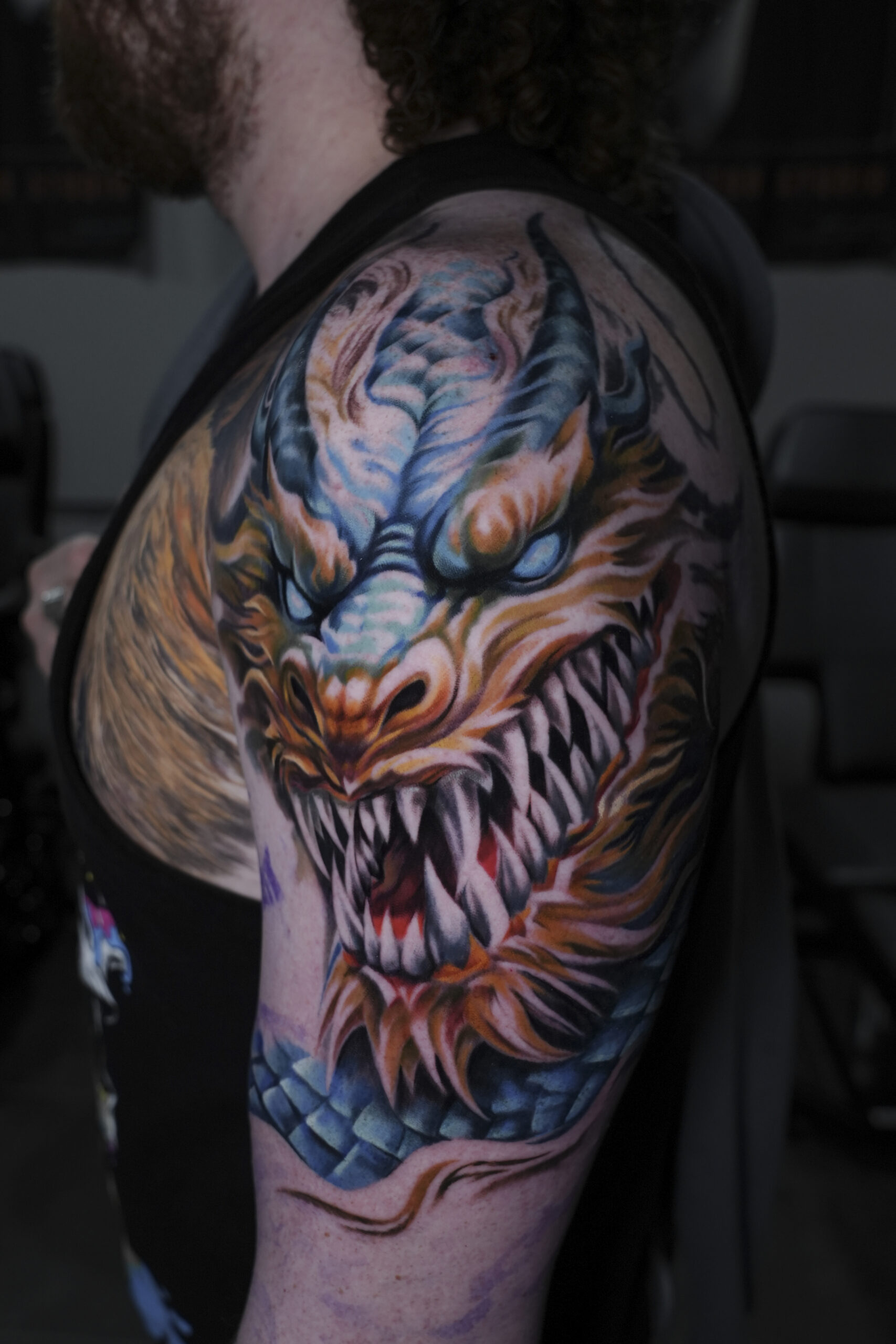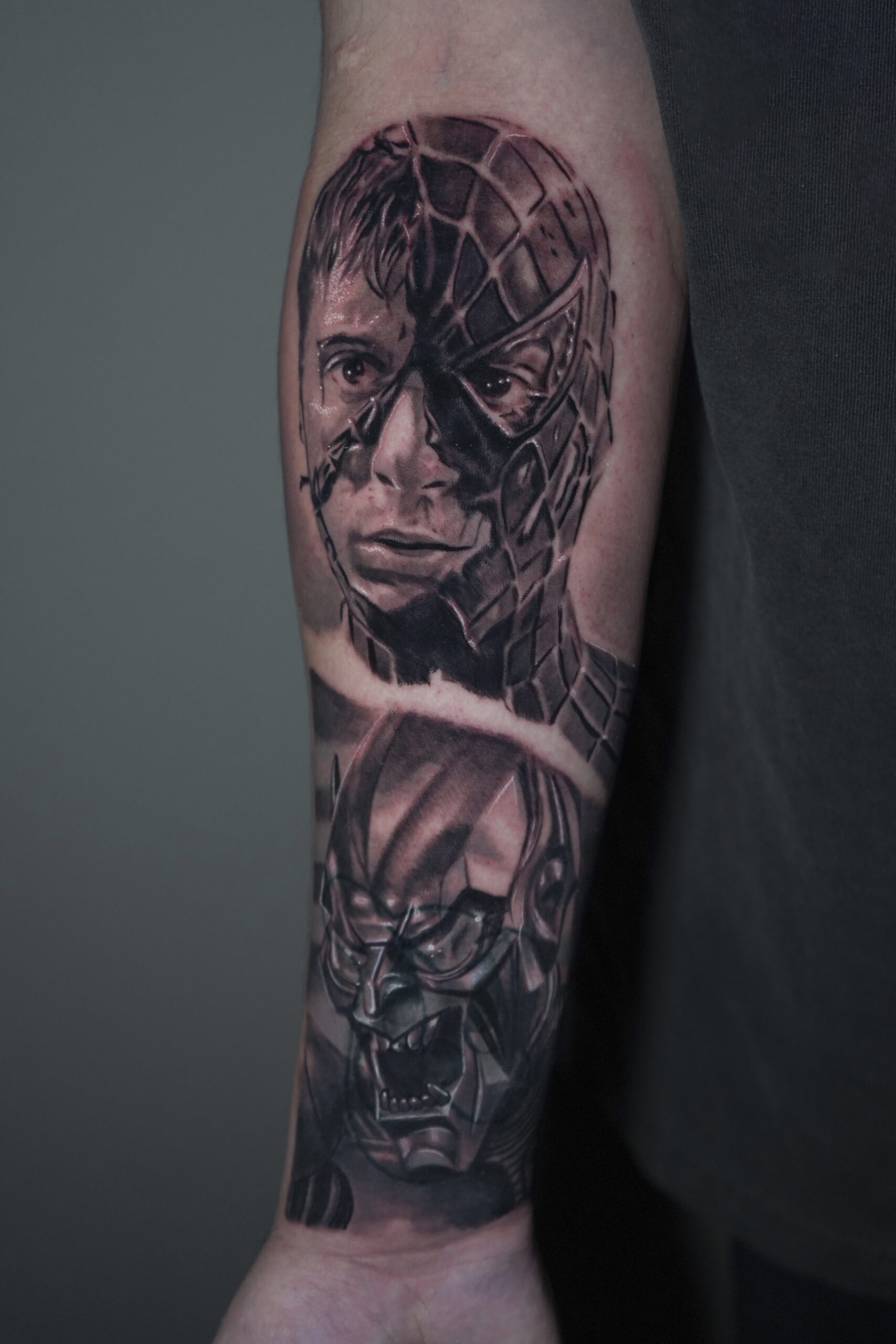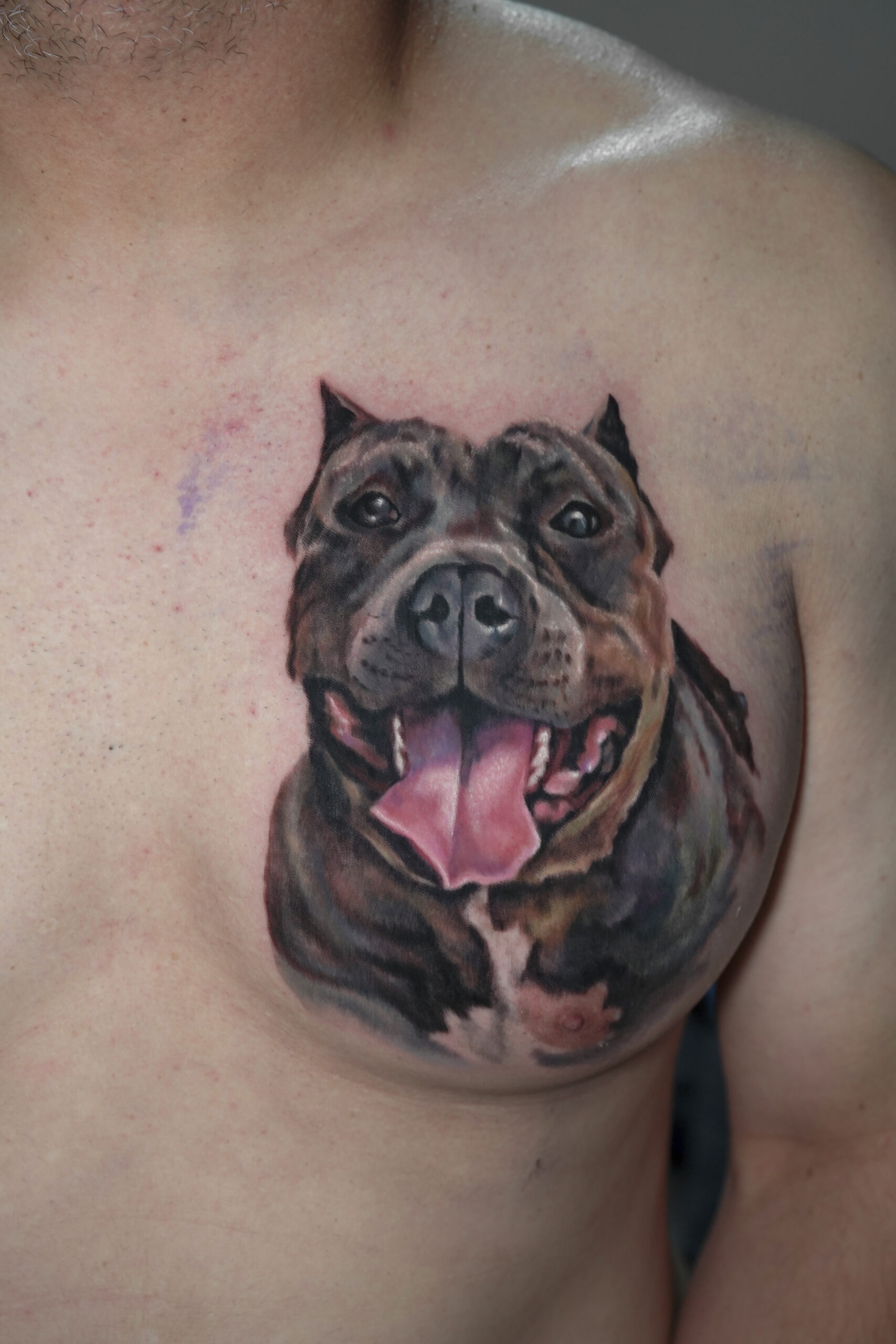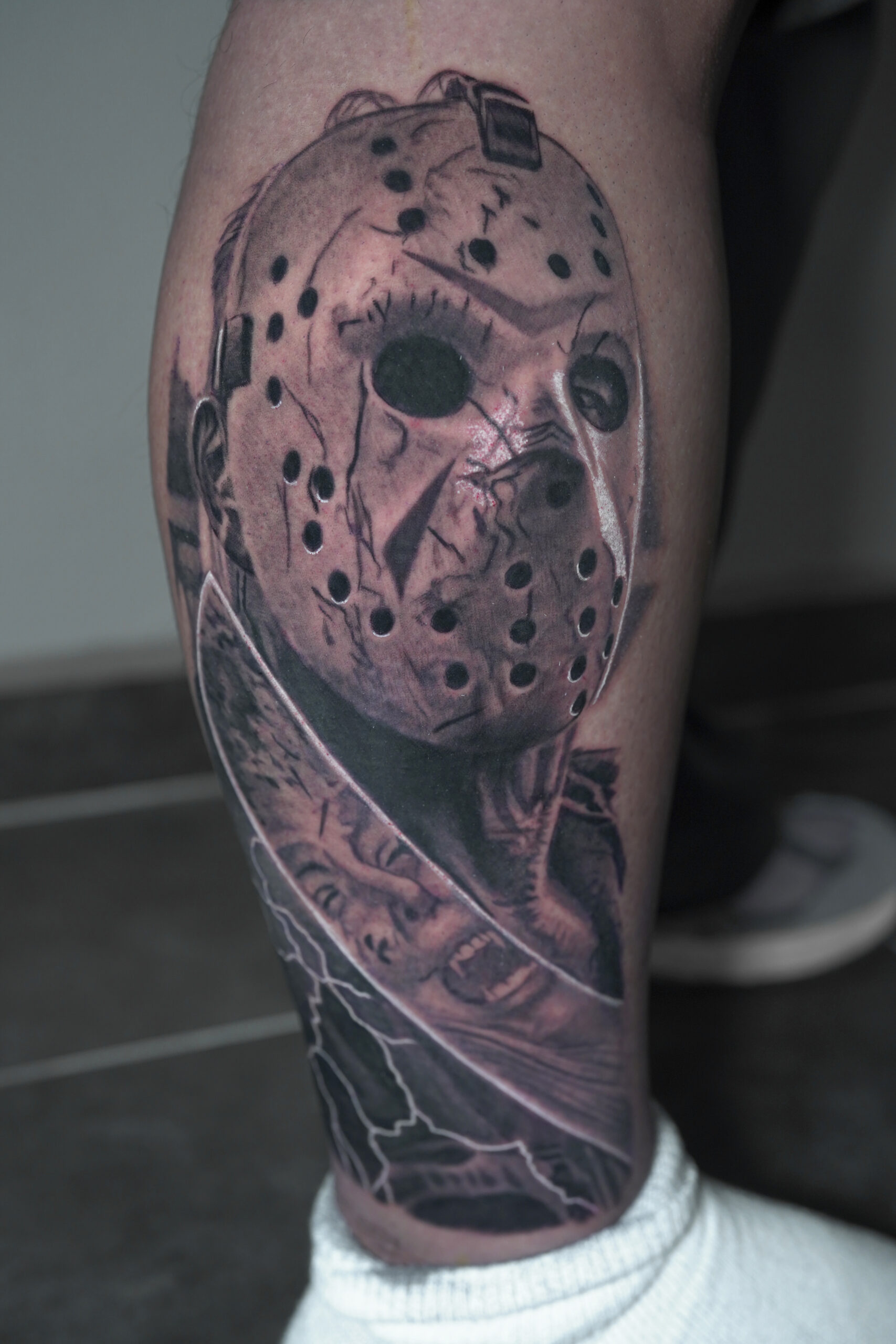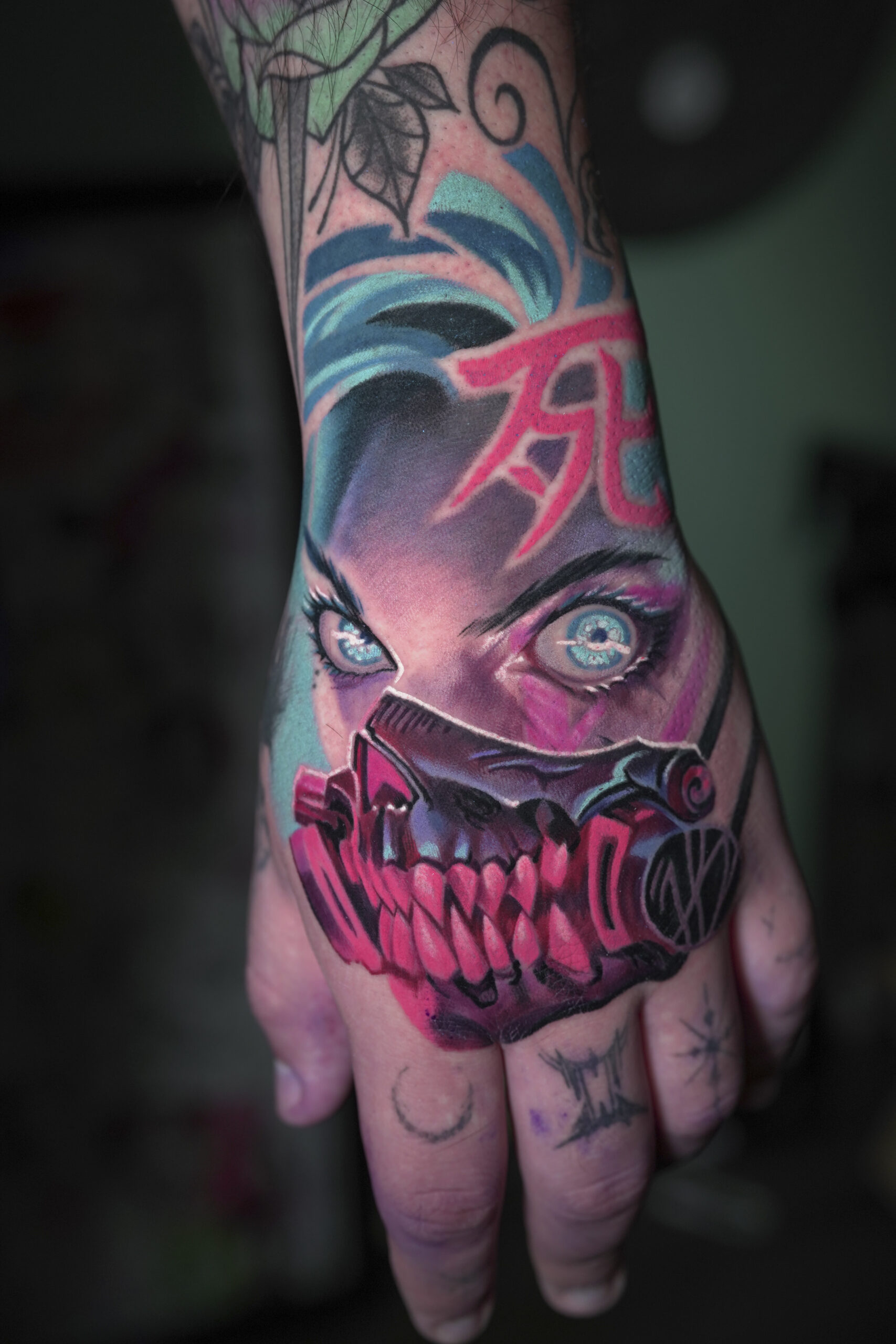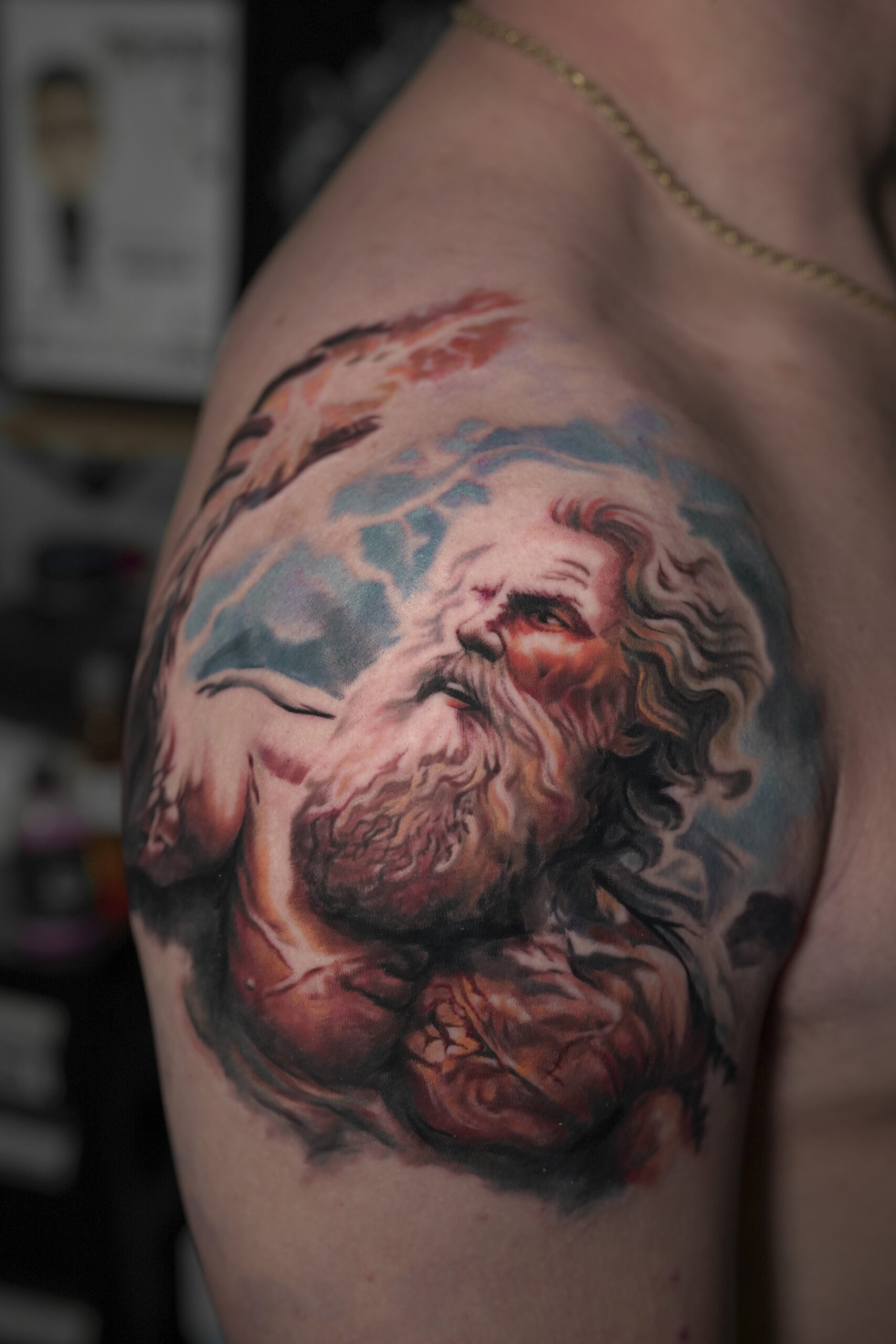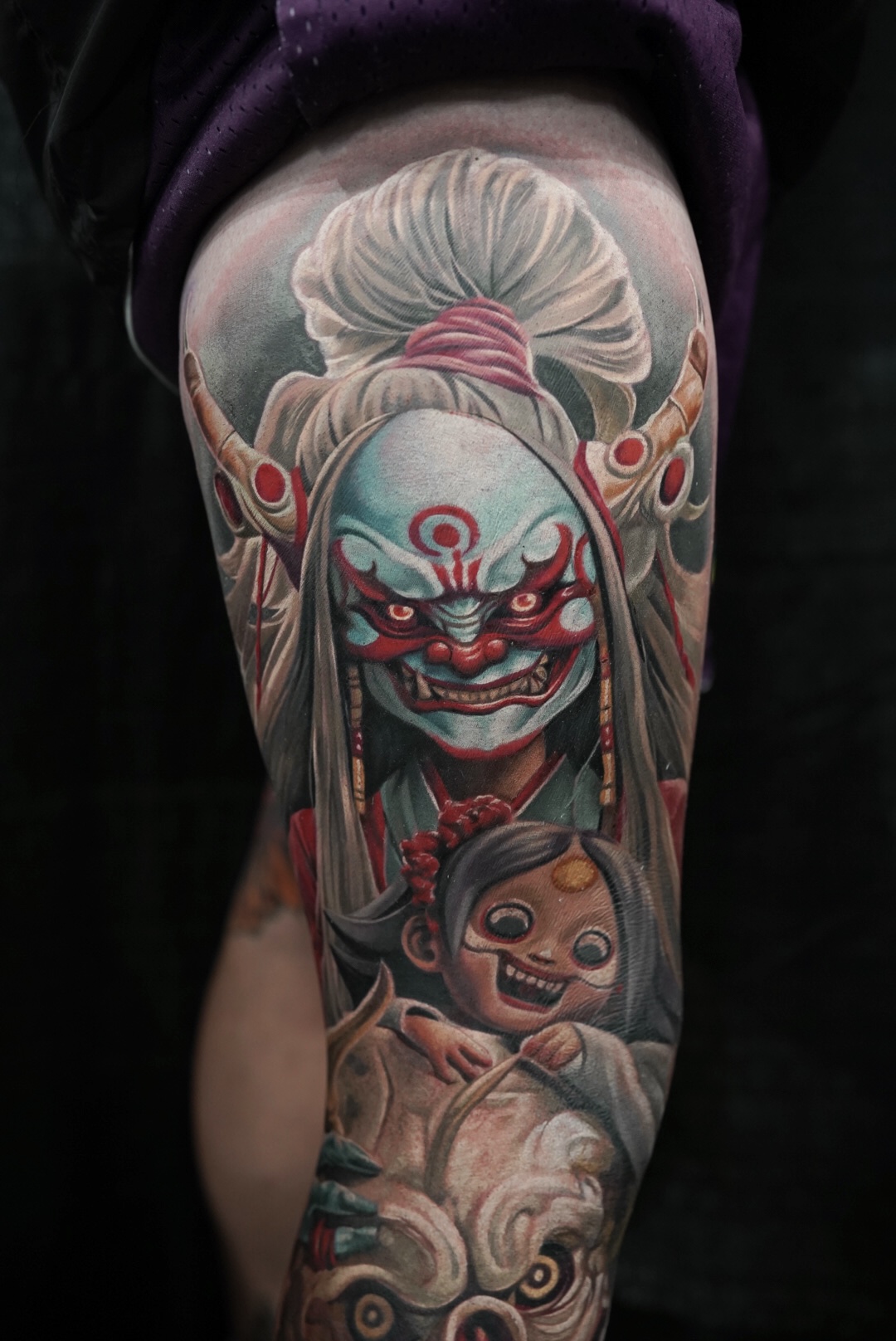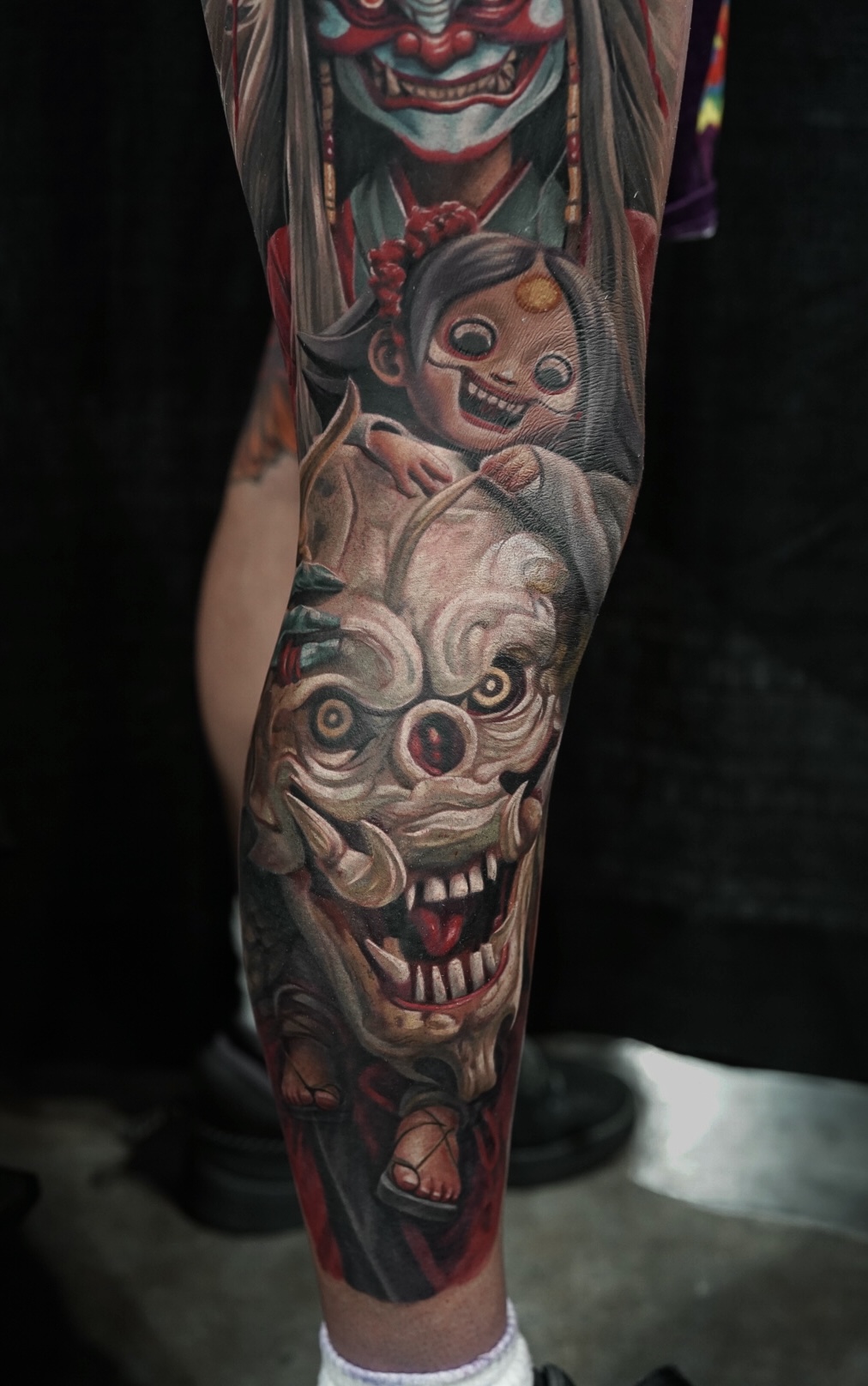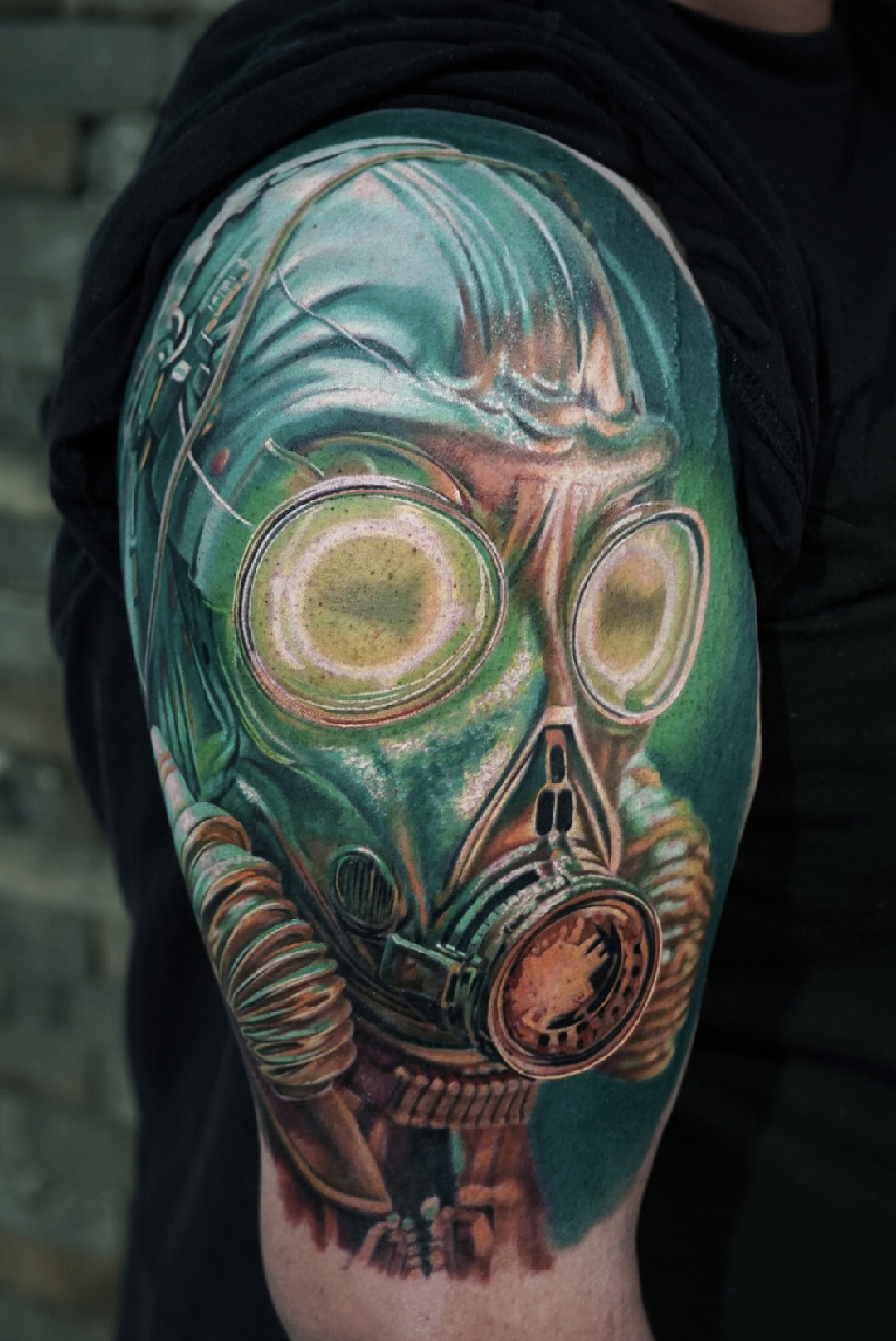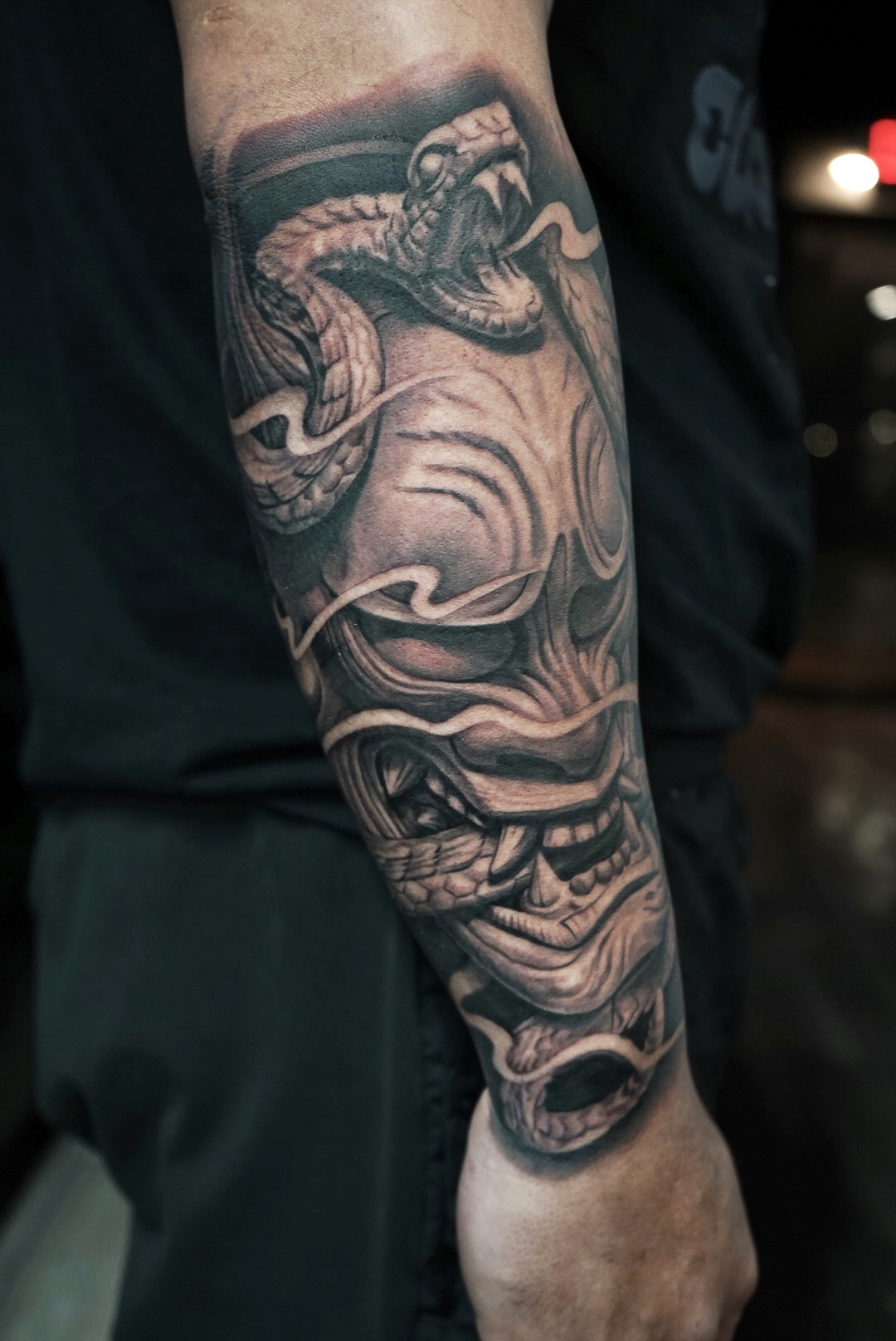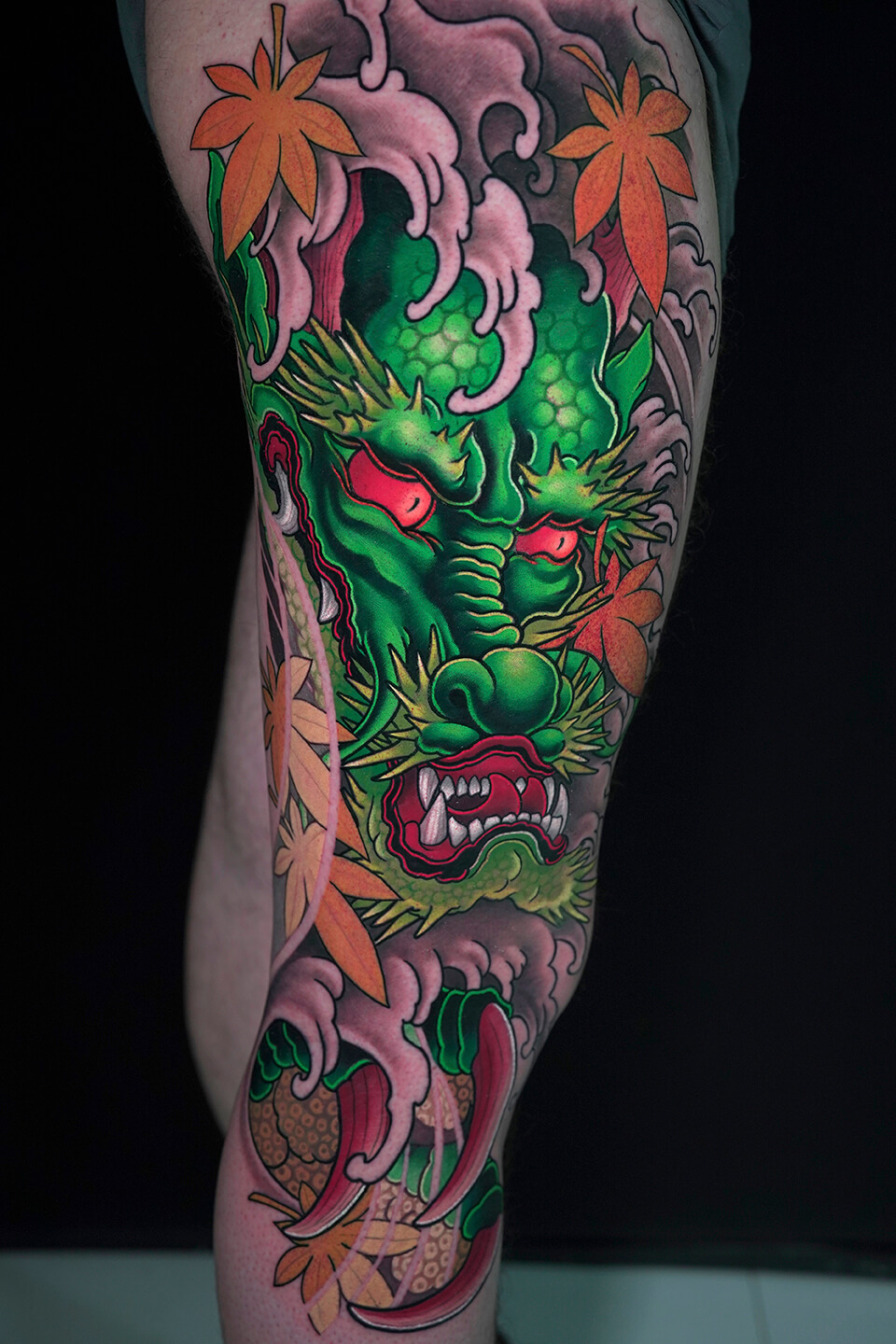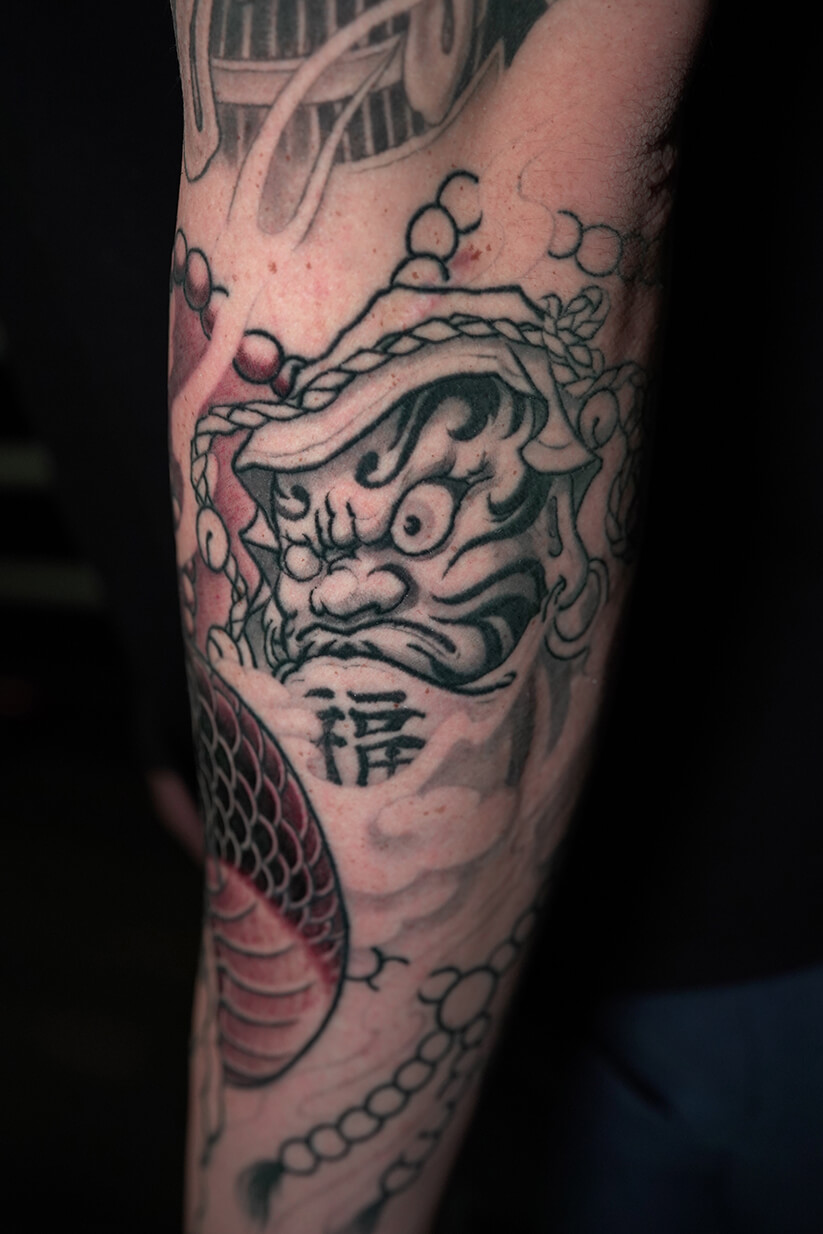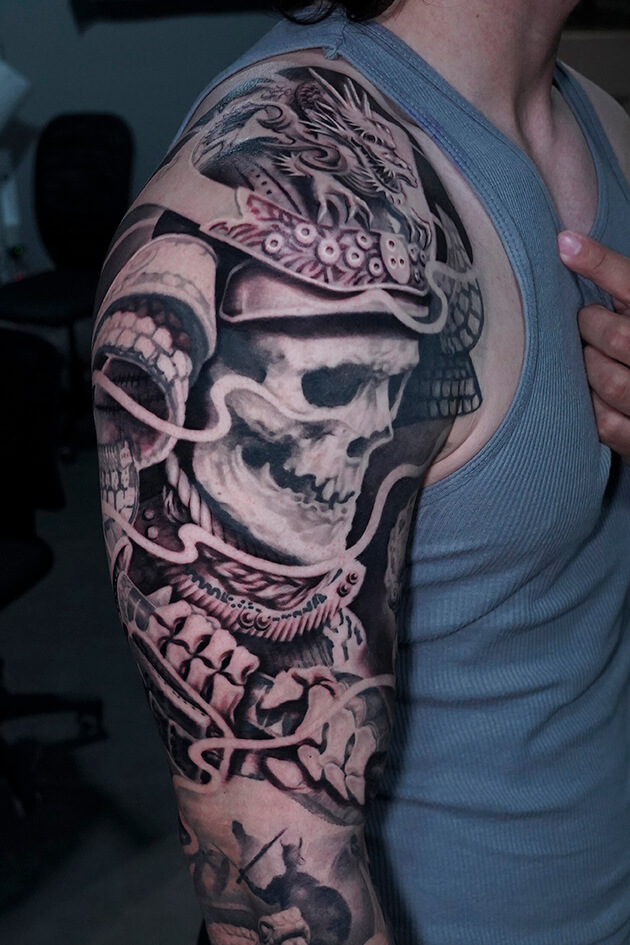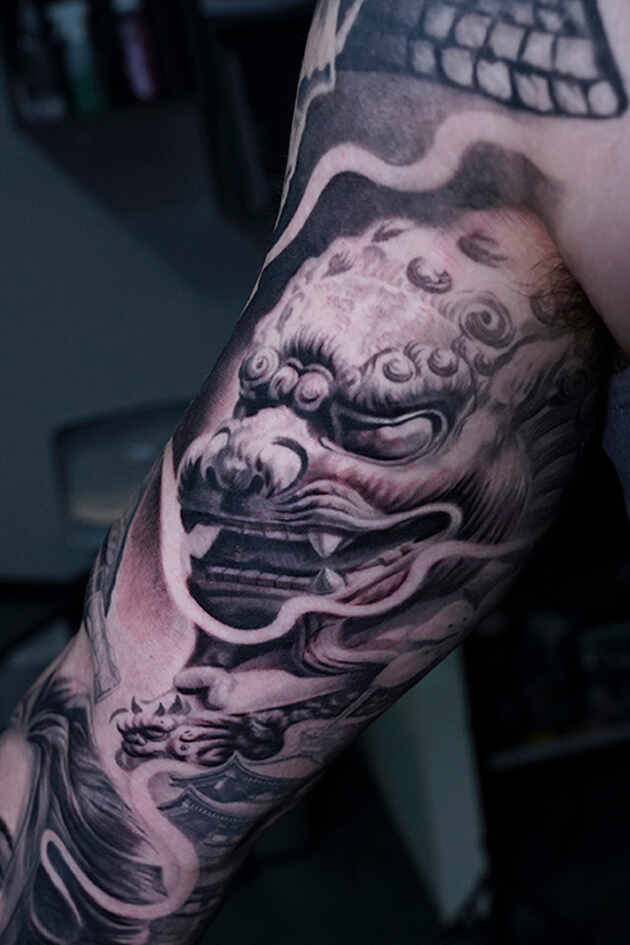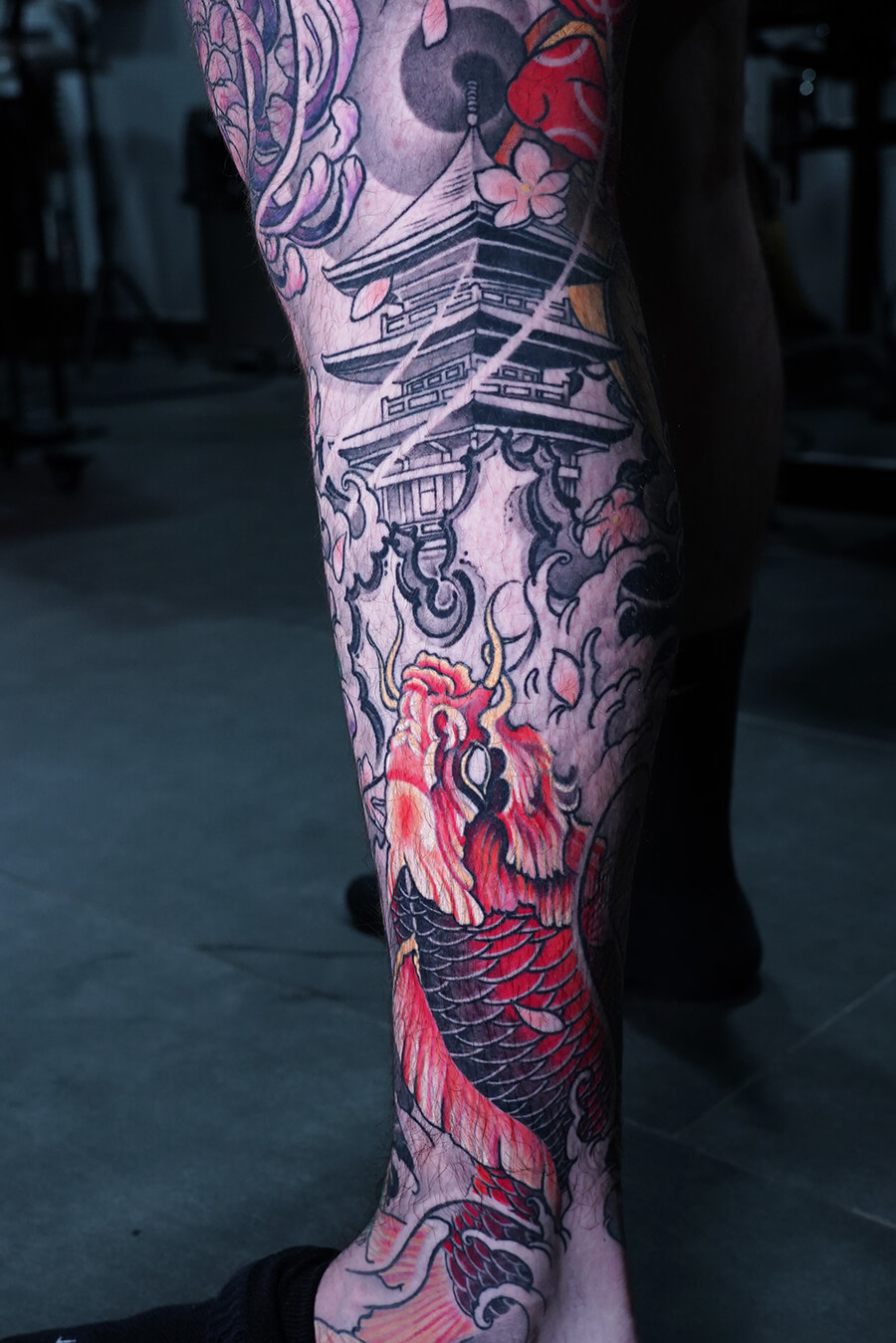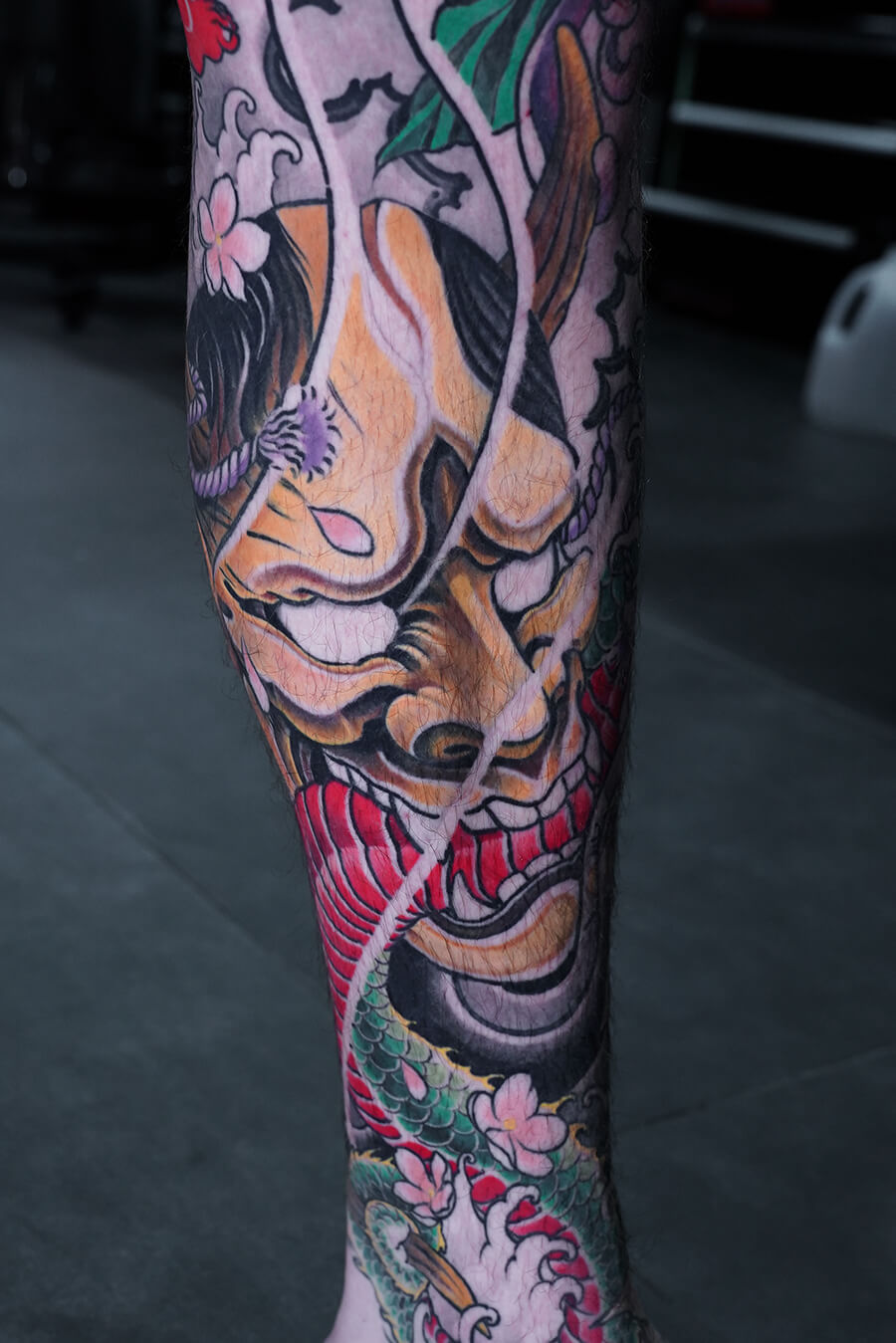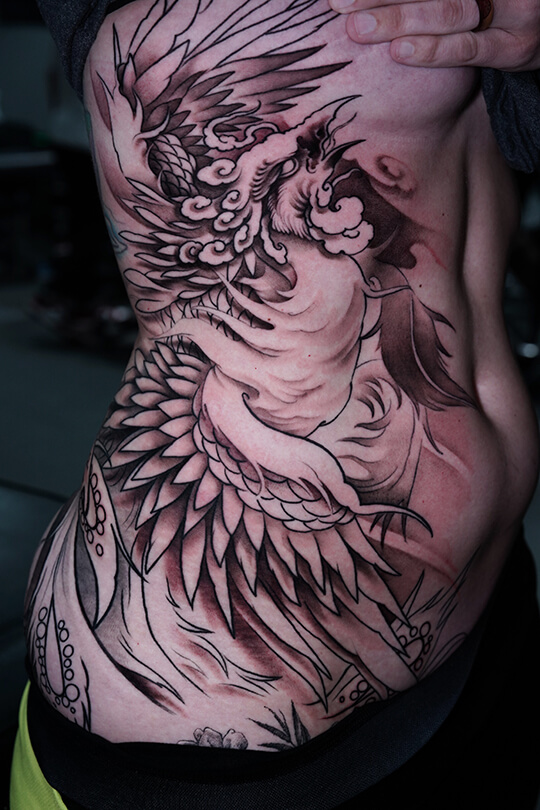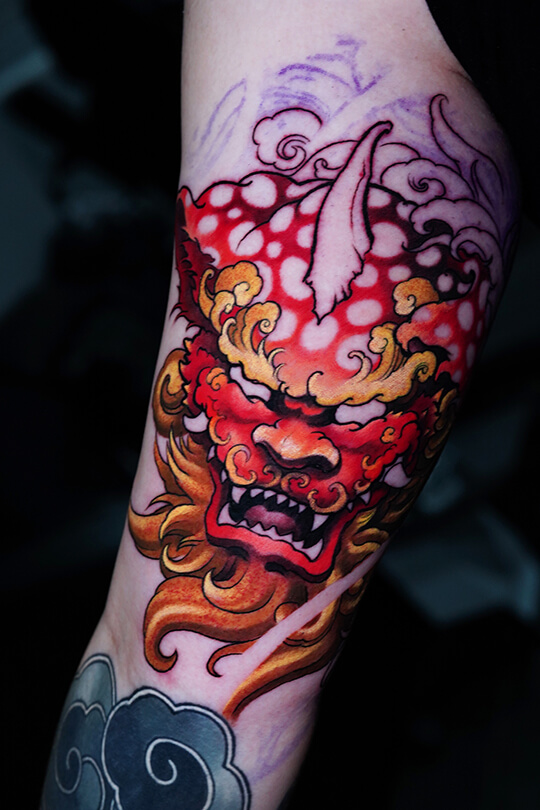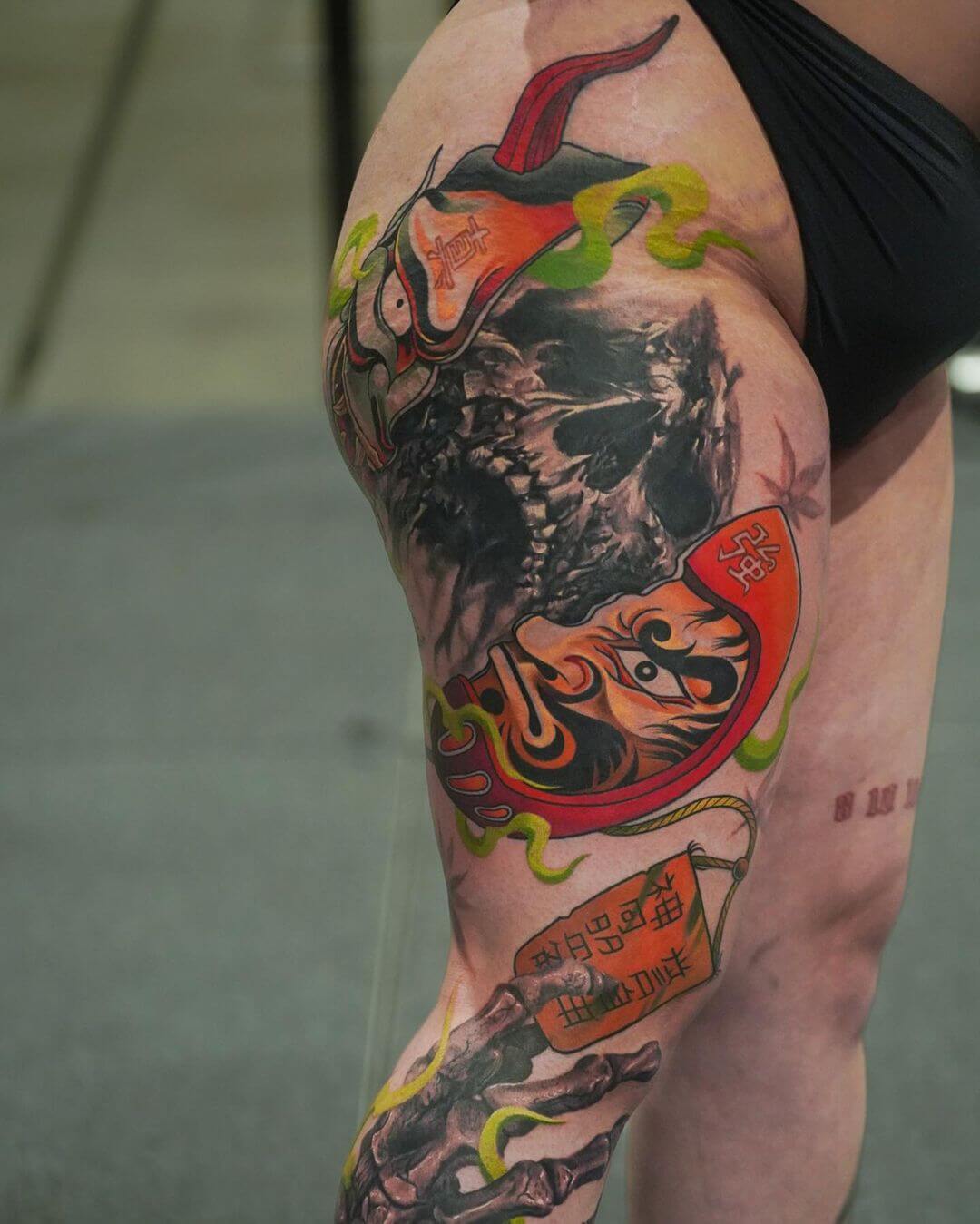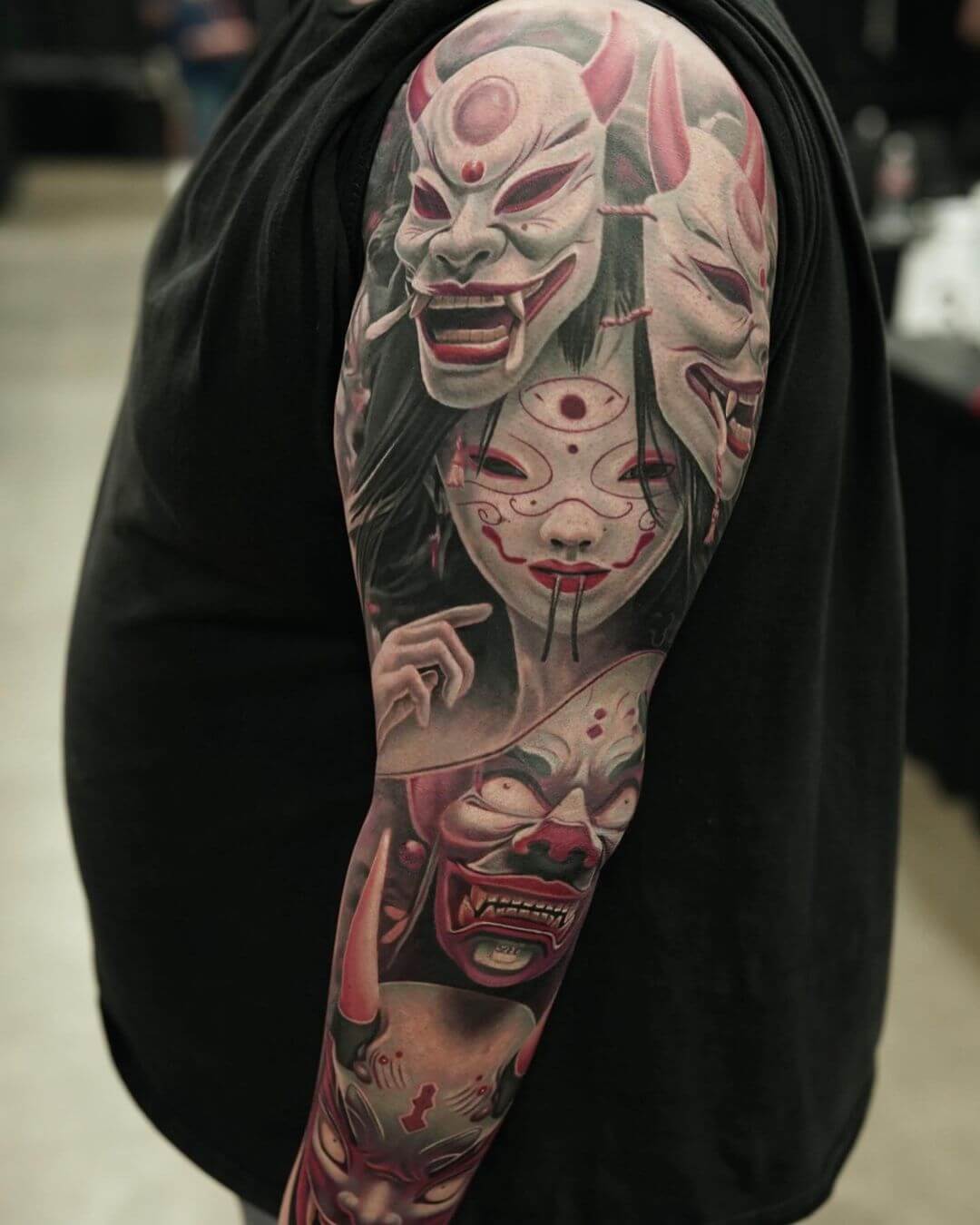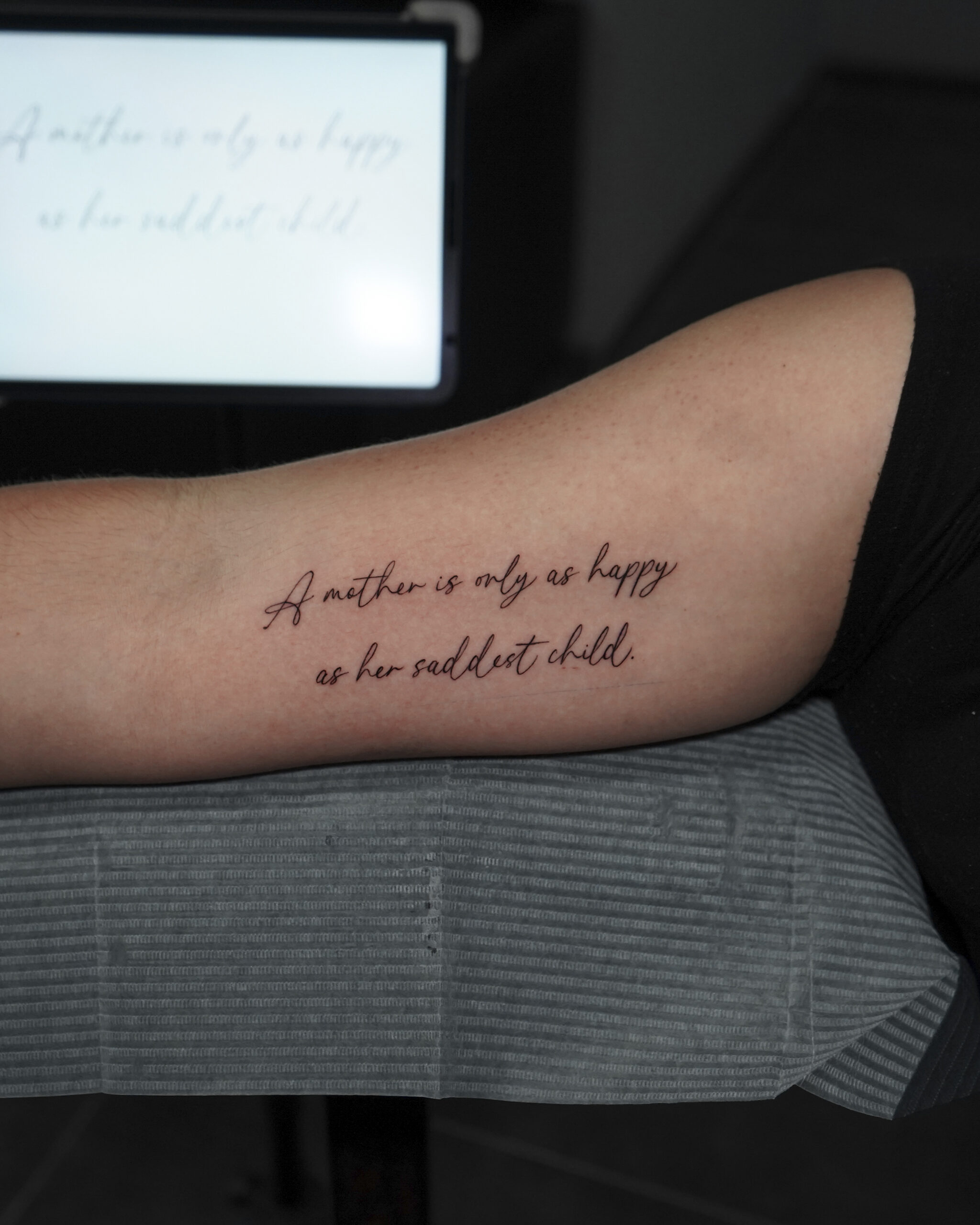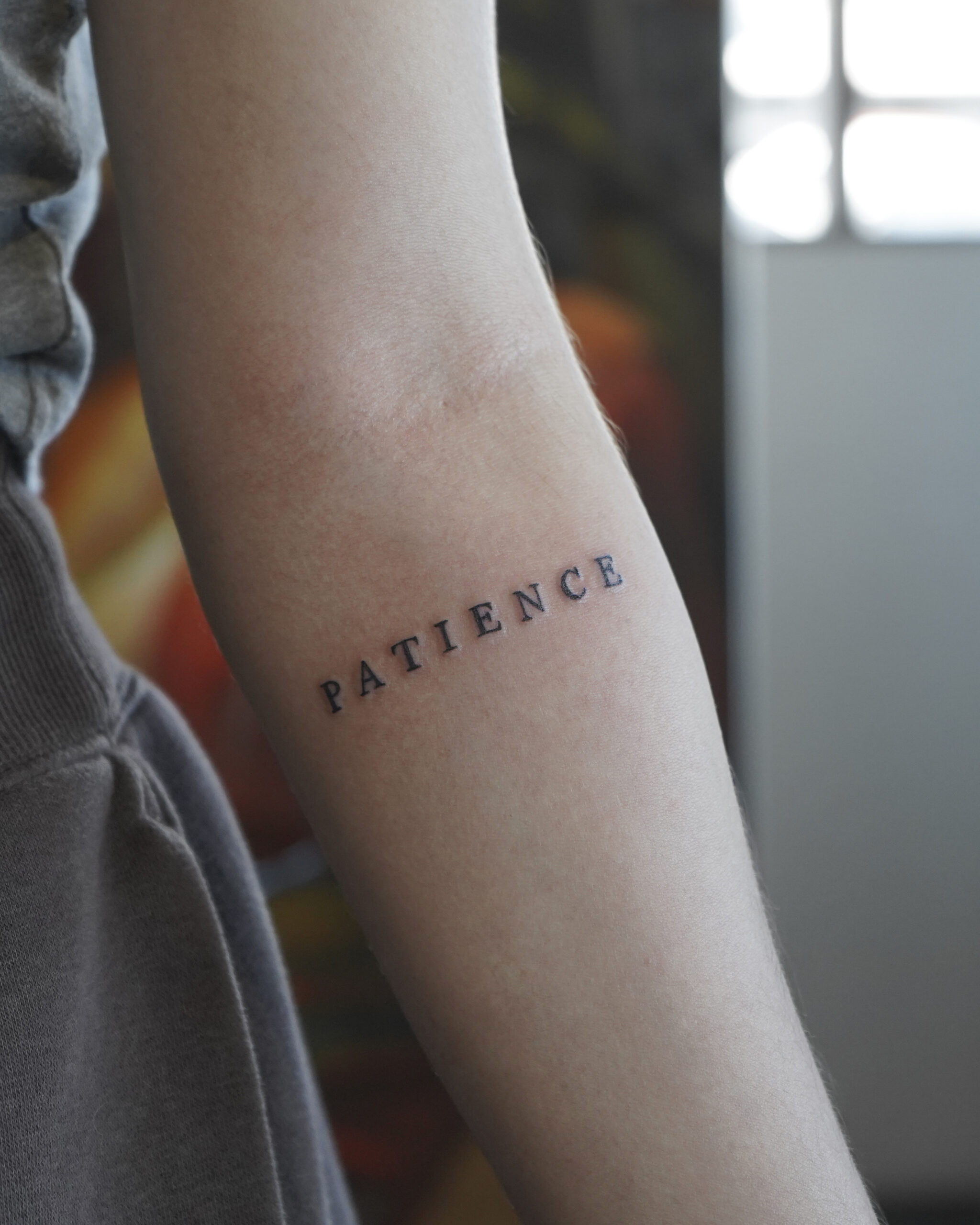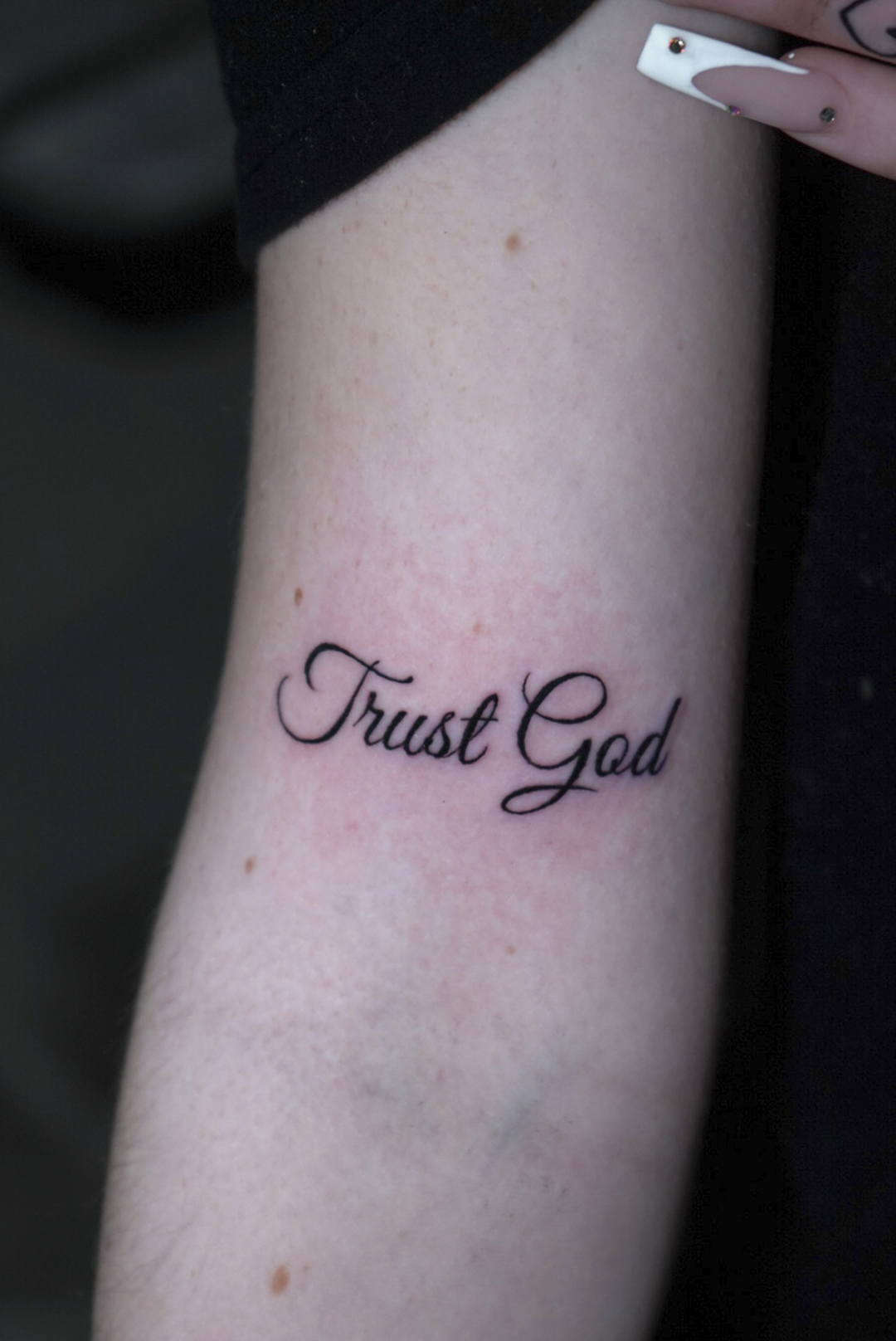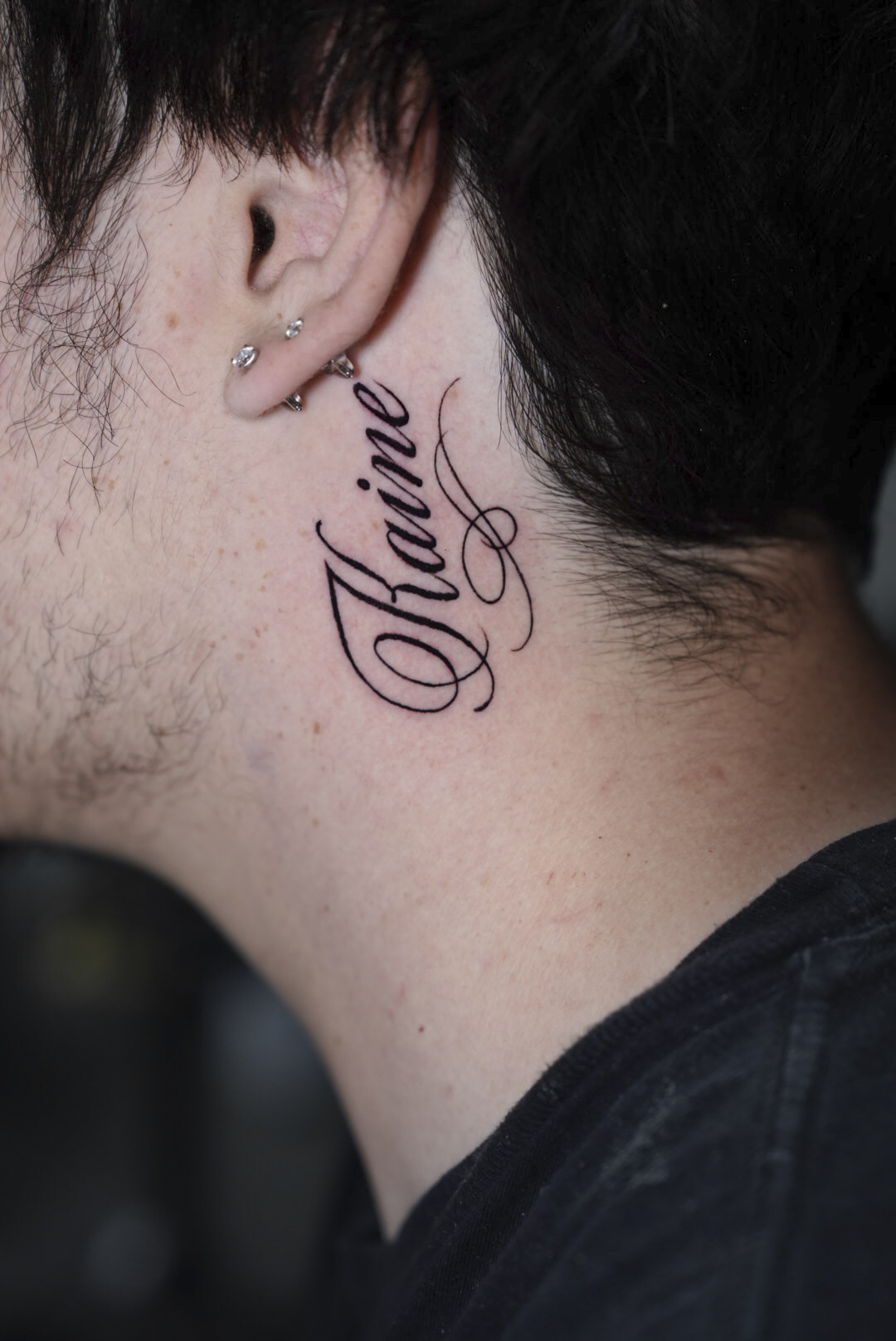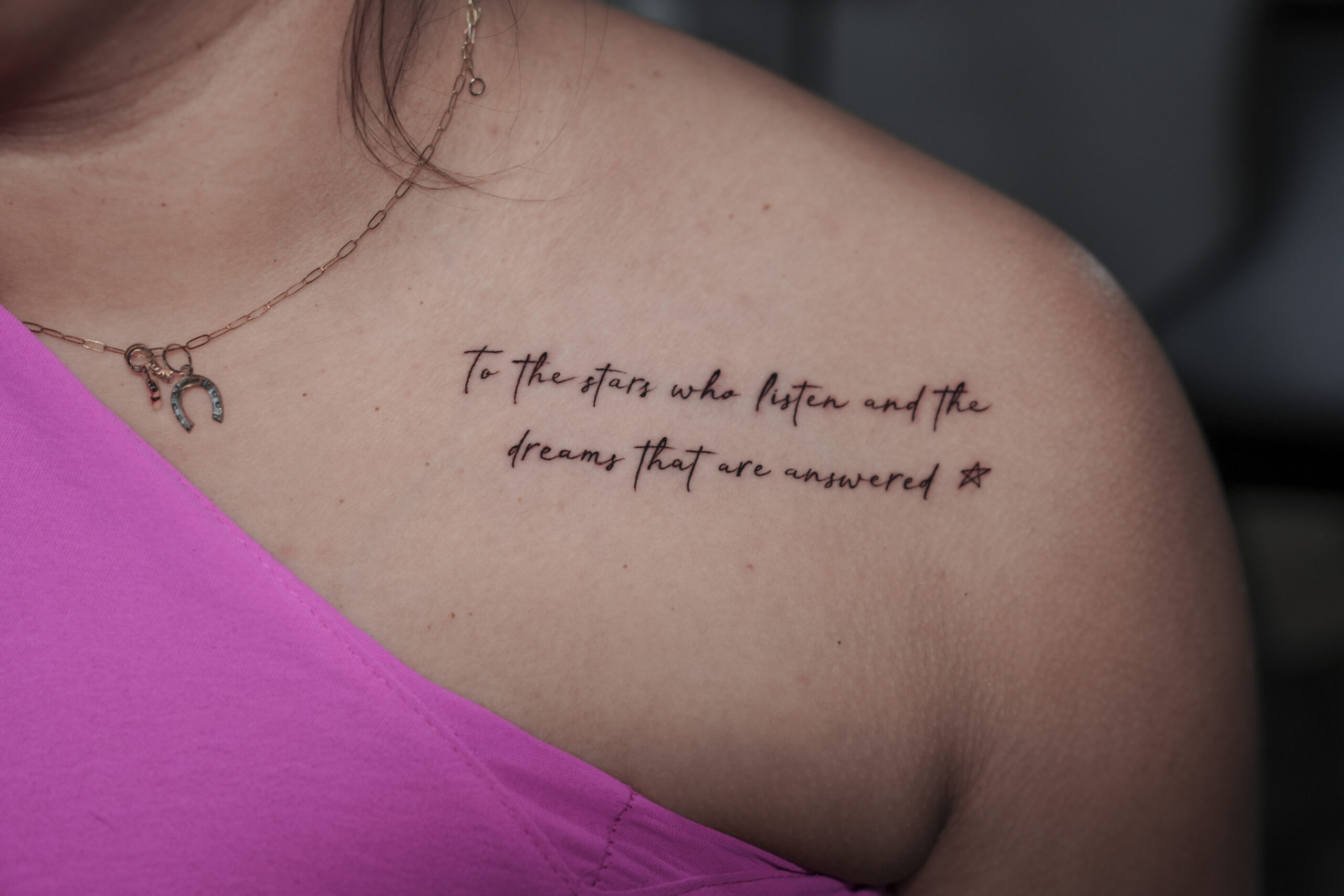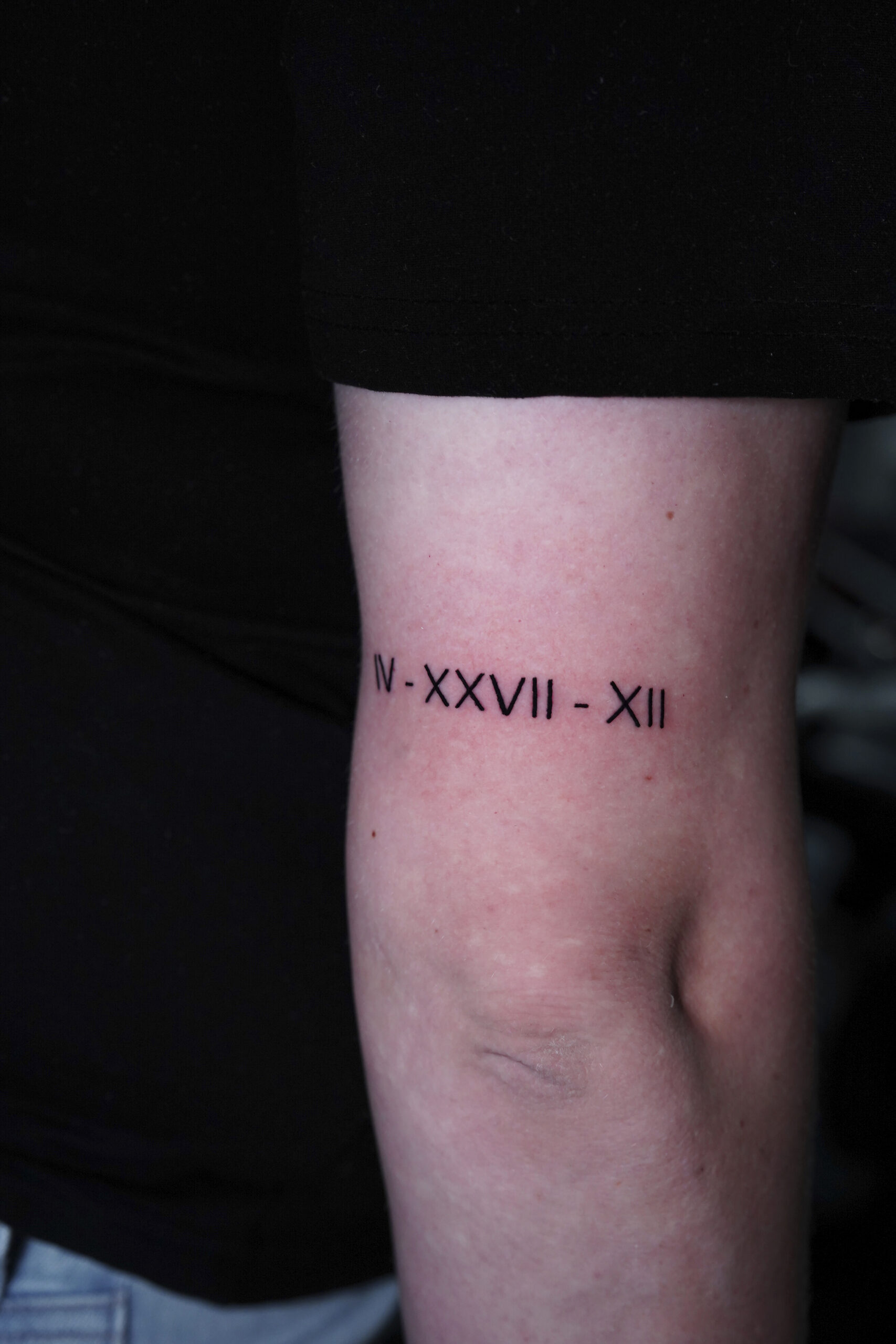Tattoos involve pain, but it doesn’t need to be overwhelming. Smart preparation and proven techniques can make getting inked much more comfortable, whether you’re adding to your collection or starting your body art journey. Pain varies by person and placement, yet good planning, careful site selection, and professional work help manage discomfort. This guide explores tattoo pain factors, pre-appointment preparation, pain management during your session, and key mistakes to avoid. Learn evidence-based ways to minimize discomfort and get the beautiful artwork you want, ensuring a smooth tattoo experience.
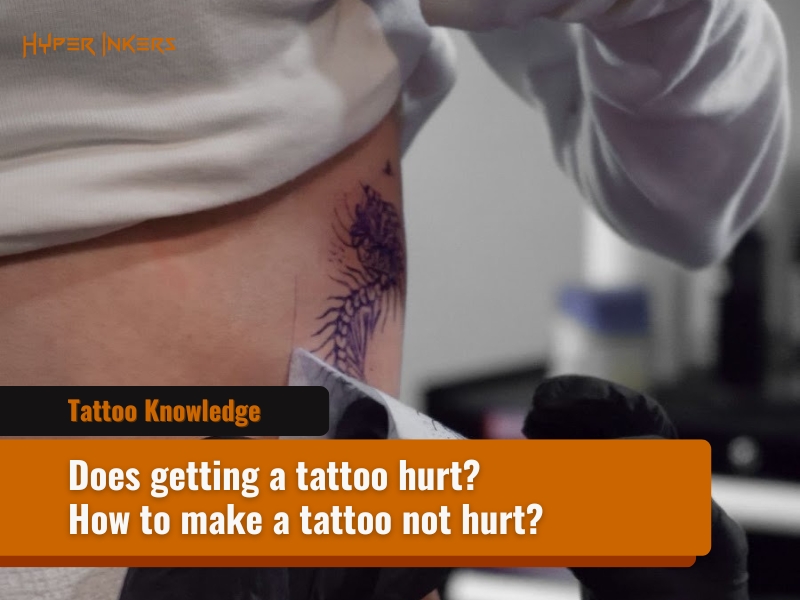
Does a tattoo hurt?
Yes, getting a tattoo involves discomfort and pain, because the tattooing process requires needles to penetrate your skin repeatedly, depositing ink into the dermal layer. Pain levels vary significantly between individuals due to personal sensitivity and other factors such as age. Your individual pain tolerance plays a major role in how you experience the sensation.
The tattoo’s location on your body affects discomfort levels, as areas with thin skin, concentrated nerve networks, and proximity to bones typically generate heightened sensitivity. Well-padded regions with fewer nerves provide more tolerable experiences. The size and complexity of your design influence pain duration and intensity. Your artist’s technique, needle type, and equipment quality also impact the overall experience. Understanding these variables helps you prepare mentally and physically for your tattoo session.
How to reduce pain when getting a tattoo?
Pain management during tattooing involves multiple approaches that work together, including: selecting optimal body placement, proper preparation before sessions, pain management techniques during tattooing, and choosing experienced artists for professional execution. Below are detailed details:
Choosing the right placement
Placement strongly influences pain intensity, and a tattoo pain chart can visually represent how nerve density, skin thickness, and bone proximity vary across body regions. Areas with dense nerve networks like ribs, spine, and joints amplify pain signals, while locations with thicker skin and muscle padding like outer arms and thighs provide natural cushioning. Bone proximity increases discomfort as needles vibrate against hard surfaces underneath thin tissue.
To approach placement strategically, identify your pain tolerance level first, then select locations accordingly. High-tolerance individuals can consider challenging areas like inner arms or ankles. Moderate tolerance suits shoulders, calves, or forearms. Low tolerance benefits from outer thighs, upper arms, or back regions away from the spine.
Strategic placement selection can reduce pain intensity by 40-60% compared to high-sensitivity locations, making your tattoo experience more manageable and enjoyable.
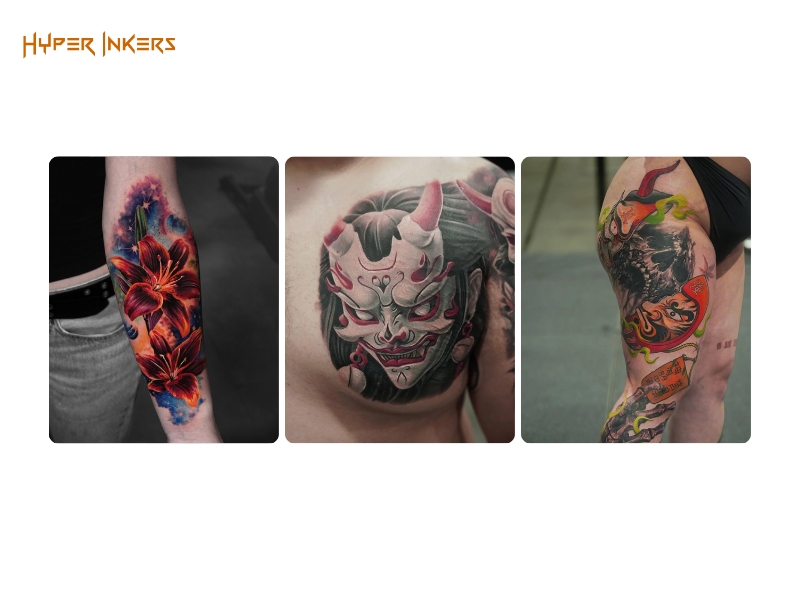
The Process: Before, During, and After Tattooing
Proper preparation and care throughout each phase significantly reduces pain and promotes healing.
Before the tattoo session
Pre-session preparation directly impacts pain tolerance by optimizing your body’s physical and mental state. Proper hydration maintains blood flow, adequate sleep reduces stress hormones that amplify pain sensitivity, and nutrition stabilizes blood sugar preventing weakness or fainting that intensifies discomfort. Here’s what you should do to minimize the pain of getting a tattoo:
- Get adequate sleep (7-8 hours) to boost pain tolerance
- Stay hydrated with water 24 hours before your appointment
- Eat a substantial meal 2-3 hours before the session to prevent blood sugar drops; understanding what to eat before getting a tattoo helps stabilize blood sugar and prevent weakness or fainting that intensifies discomfort.
- Avoid alcohol and blood-thinning medications for 24 hours
- Wear comfortable, loose clothing for easy access to tattoo area
- Avoid caffeine which can increase anxiety and pain sensitivity
- Bring identification and payment methods to reduce pre-session stress
During the tattoo session
Active pain management during tattooing helps your nervous system cope with sustained discomfort by redirecting focus, maintaining relaxation, and preventing tension buildup that amplifies pain signals throughout extended sessions. Things you should do are:
- Practice deep breathing techniques to stay relaxed
- Bring headphones or music to create a mental distraction
- Remember to take scheduled breaks for longer sessions
- Communicate openly with your artist about comfort levels
- Use stress balls or fidget tools for non-tattooed hands
- Stay hydrated and maintain blood sugar with light snacks
- Change positions periodically to prevent muscle stiffness
- Focus on progressive muscle relaxation techniques
- Require a fan or air circulation to stay cool and comfortable
After the tattoo session
Post-tattoo care prevents complications that cause additional pain while supporting natural healing processes. Following the proper new tattoo care instructions reduces inflammation, prevents infection, and minimizes scabbing that can increase discomfort during the recovery period. Here’s what you need to do to reduce pain after a tattoo and speed up natural healing:
- Apply the prescribed aftercare ointment as directed by your artist
- Keep the area clean and dry for the first 24 hours
- Avoid tight clothing that rubs against fresh tattoos
- Take over-the-counter pain relievers if needed for soreness
- Avoid swimming, saunas, and excessive sun exposure
- Monitor for signs of infection and contact the artist with concerns
- Sleep on clean sheets and avoid sleeping on tattooed areas
- Avoid picking or scratching healing skin to prevent scarring
- Use fragrance-free, gentle soap for cleaning during the healing process
Choosing an experienced artist
Artist expertise directly correlates with reduced pain and superior results. Skilled tattooists work more efficiently, minimizing needle time in the skin. They understand proper needle depth, reducing unnecessary trauma to surrounding tissue. Experienced artists maintain steady hands and consistent pressure, preventing excessive skin damage.
Research portfolios, read client reviews, and verify certifications before booking. Professional artists use high-quality equipment, maintain sterile environments, and provide comprehensive aftercare guidance. Investing in experienced talent helps reduce pain and ensures safe, professional results that heal properly.
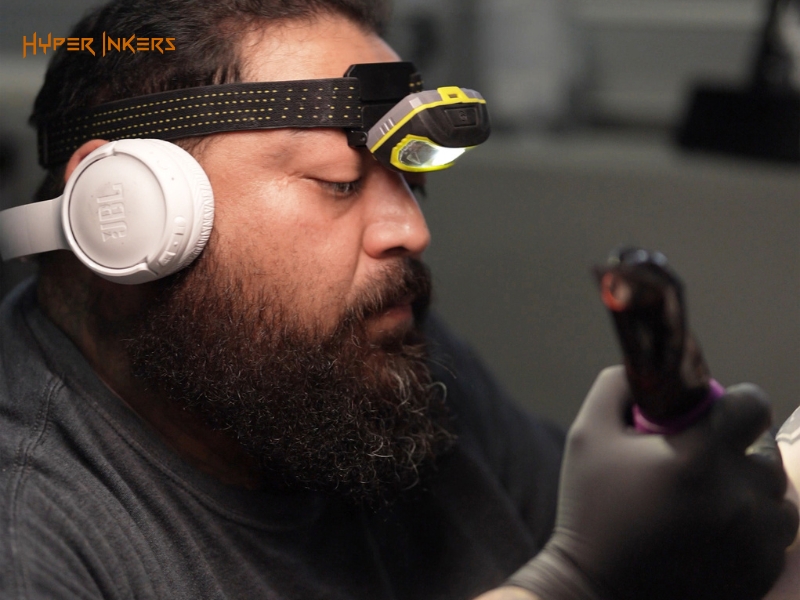
What Makes Hyper Inkers Tattoo Shop Stand Out in San Antonio?
Hyper Inkers distinguishes itself through award-winning artistry, advanced pain management techniques, and uncompromising safety standards, establishing its reputation as one of the tattoo shops in San Antonio. With over 15+ years of combined experience and recognition from 20+ world conventions, the studio’s artists excel at creating custom designs while minimizing client discomfort through expert placement recommendations and professional consultation services.
Outstanding Features That Set Hyper Inkers Apart:
- Professional tattoo consultations – Expert guidance for design selection, placement recommendations, and pain management strategies tailored to individual needs
- 15+ years of combined artist experience – Skilled professionals specializing in custom designs, portraits, traditional, and neo-traditional styles
- 20+ world convention awards and 40+ trophies – Proven track record of artistic excellence and industry recognition
- Comprehensive safety protocols – High-quality sterilization techniques and strict sanitation standards for every client
- Full-service offerings – Walk-in tattoos, custom designs, cosmetic tattooing, and professional body piercing services
- Convenient location – Easy access at 8045 Callaghan Rd with ample parking and airport proximity

FAQ
Can I use ice to relieve pain after getting a tattoo?
Yes, you can use ice to relieve pain after getting a tattoo. Wrap ice in a clean cloth and apply it to the area for 10-15 minutes to reduce swelling and discomfort.
What should to avoid before getting a tattoo?
Avoid alcohol and blood-thinning medications 24 hours before your session. Avoid aspirin, ibuprofen, and fish oil supplements that increase bleeding. Avoid sunburn or tanning the area where you plan to get tattooed. Avoid getting sick – reschedule if you have a fever, cold symptoms, or infections. Do not shave the area yourself; let your artist handle preparation. Skip energy drinks or excessive caffeine that can increase anxiety and pain sensitivity.
What to avoid after getting a tattoo?
Things to avoid after getting a tattoo include: submerging tattoos in water for 2-3 weeks: no swimming pools, hot tubs, baths, or ocean water. Do not pick, scratch, or peel healing skin. Skip sun exposure and tanning beds until fully healed. Avoid tight clothing that rubs against the tattoo. Do not use petroleum-based products, scented lotions, or harsh soaps. Skip intense workouts that cause excessive sweating for 48–72 hours. Avoid sleeping directly on the tattooed area.
Do small tattoos hurt less?
Yes, small tattoos typically hurt less than large ones. Shorter session times mean less sustained pain exposure. Small designs require fewer needle passes over the same area, reducing skin trauma. However, placement still matters more than size – a small tattoo on your ribs will hurt more than a large piece on your outer arm. Everyone has a different pain tolerance, most people find small tattoos more manageable for first-time experiences.
Tattoo pain is manageable through strategic planning and proper preparation. Smart placement selection reduces discomfort in high-sensitivity areas. Pre-session preparation optimizes your body’s pain tolerance through adequate sleep, hydration, and nutrition. Active pain management during sessions helps you stay comfortable through breathing techniques, breaks, and communication with your artist. Post-tattoo care prevents complications that cause additional discomfort.
Key takeaways for pain reduction:
- Choose outer arms, thighs, or shoulders for lower pain levels
- Prepare your body 24 hours before your appointment
- Work with experienced artists who understand proper technique
- Follow proper aftercare protocols to prevent complications
Ready to start your tattoo journey with confidence? Contact Hyper Inkers at (210) 997-9737 or visit us at 8045 Callaghan Rd, San Antonio, TX 78230. Schedule your consultation today to discuss placement options and pain management strategies tailored to your specific needs.


